FAMOUS SINFONIANS
Meet the men of Phi Mu Alpha who have made impacts, forged milestones, and strove for the highest standards in music and beyond.
Throughout its history, Phi Mu Alpha has been an integral part of the broader history of the United States in nearly every aspect.
Each man is united by one Brotherhood, in music, for the betterment of all.
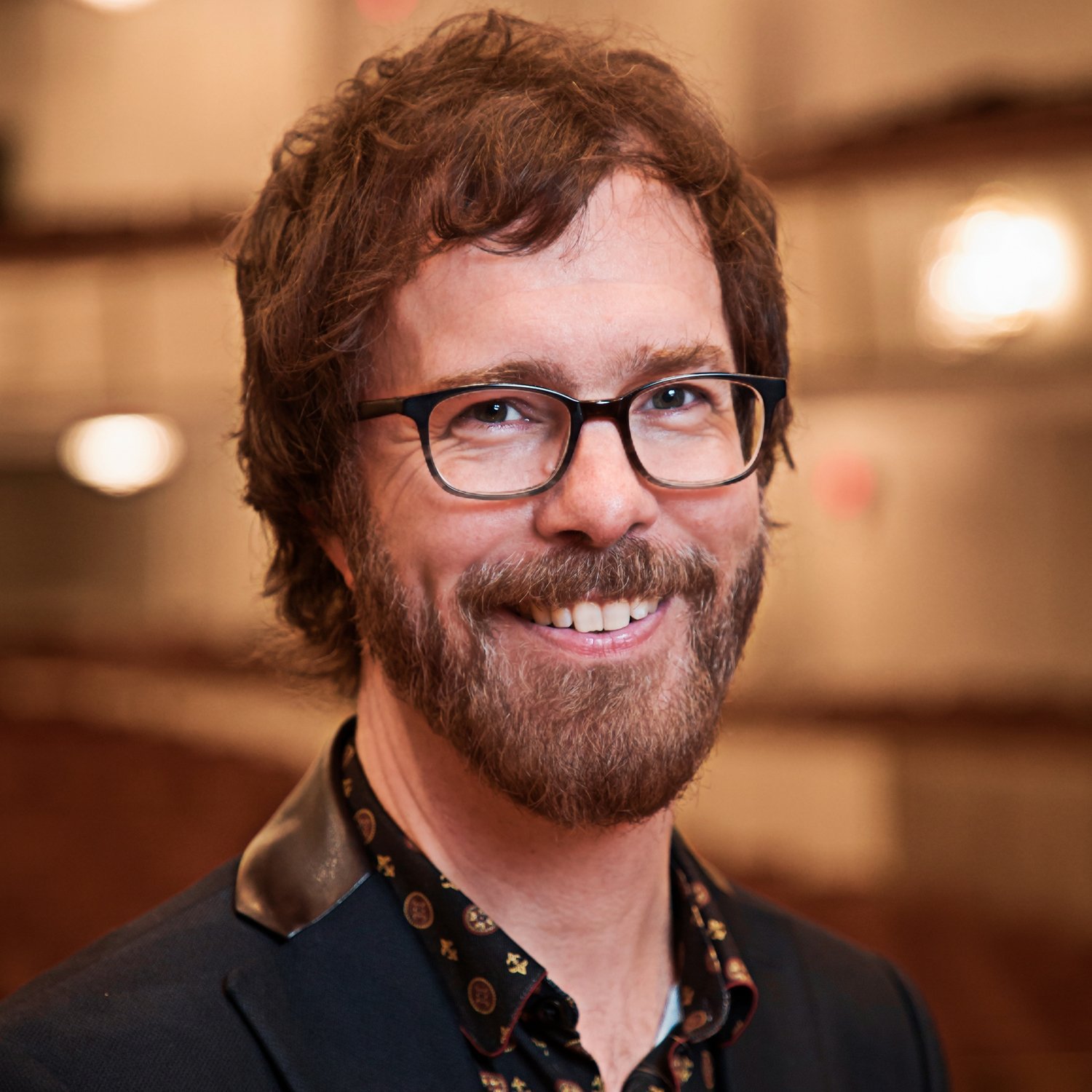
Ben Folds - Beta Tau - 2015
Ben Folds is widely regarded as one of the major music influencers of our generation.He’s created an enormous body of genre-bending music that includes pop albums with Ben Folds Five, multiple solo albums, and numerous collaborative records. His last album was a blend of pop songs and his Concerto for Piano and Orchestra that soared to #1 on both the Billboard classical and classical crossover charts. For over a decade he’s performed with some of the world’s greatest symphony orchestras and currently serves as the first-ever Artistic Advisor to the National Symphony Orchestra at the Kennedy Center.
In addition to solo rock and orchestral touring, Folds recently wrote a critically-acclaimed memoir “A Dream About Lightning Bugs,” which debuted as a New York Times Best Seller, and is described as a collection of interrelated essays, anecdotes and lessons about art, life, and music.
He is also no stranger to television, having been featured for five seasons as a judge on NBC’s critically-acclaimed a capella show “The Sing Off.” He continues to appear in cameo roles on cable and network TV shows, and composes for film and TV.
An avid photographer, Folds is a member of the prestigious Sony Artisans of Imagery, has worked as an assignment photo editor for National Geographic, and was featured in a mini-documentary by the Kennedy Center’s Digital Project on his photographic work.
An outspoken champion for arts education and music therapy funding in our nation’s public schools, in 2016 Ben held the distinction as the only artist to appear at both national political conventions advocating for arts education, has served for over five years as an active member of the distinguished Artist Committee of Americans For The Arts (AFTA), and serves on the Board of AFTA’s Arts Action Fund. He is also Chairman of the Arts Action Fund’s ArtsVote2020 national initiative to advocate for a greater commitment to the nation’s creative economy through improved public policies for the arts and arts education, and hosts a podcast series of interviews on arts policies with 2020 candidates.
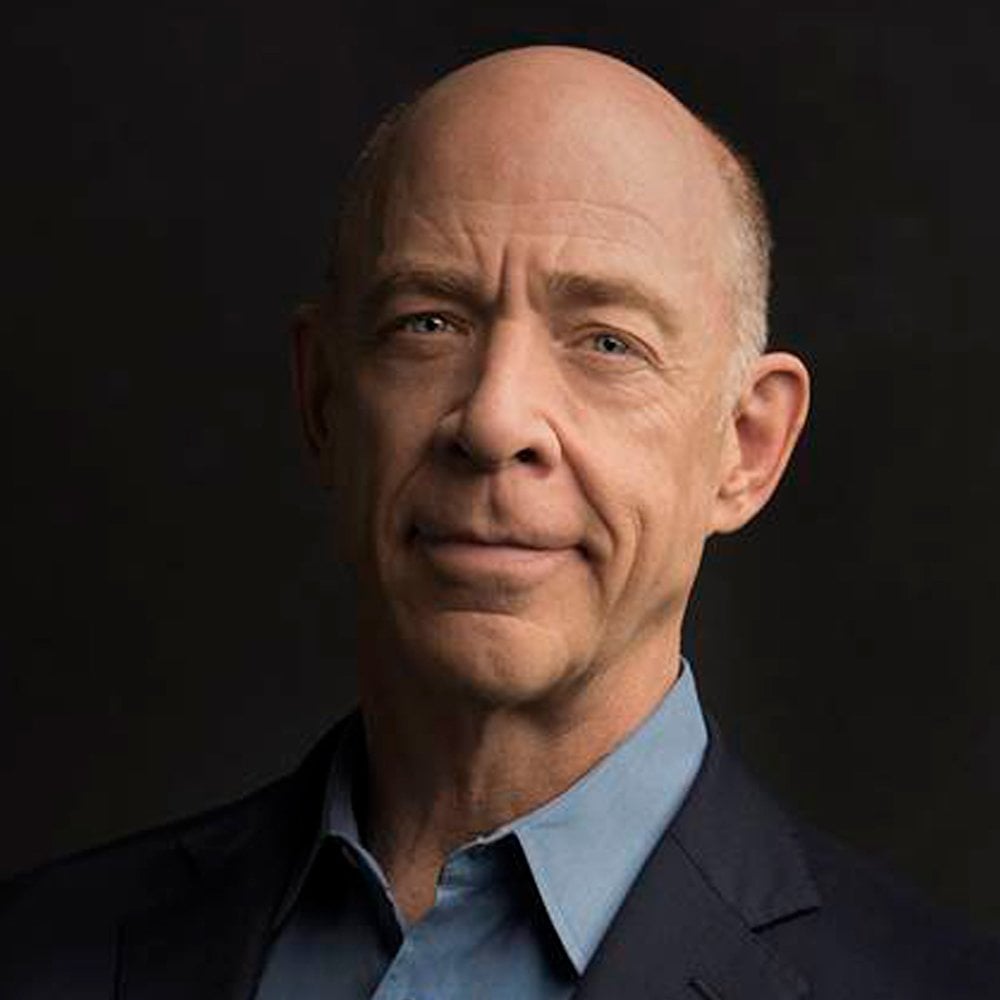
J.K. Simmons - Delta Theta - 1975
Jonathan Kimble Simmons was originally a singer, with a degree in music from the University of Montana. He turned to theater in the late 1970s and appeared in many regional productions in the Pacific Northwest before moving to New York in 1983. He appeared in Broadway and off-Broadway shows and also did some television — his early roles included the portrayal of a white supremacist responsible for multiple murders in an episode of Homicide: Life on the Street. In that same vein, Simmons first gained wide exposure as Vern Schillinger, the leader of an Aryan Brotherhood-type organization in prison in the HBO series Oz.Parlaying his small-screen notoriety into feature film opportunities, Simmons had a small part in the 1997 thriller The Jackal and played a leading role in Frank Todaro’s low-budget comedy Above Freezing, a runner-up for the most popular film at the 1998 Seattle Film Festival. Also in 1997, Simmons increased his television prolificacy by taking on the role of Dr. Emil Skoda, the consulting psychiatrist to the Manhattan district attorney’s office in the series Law and Order.
By 1999, Simmons was showing up in such prominent films as The Cider House Rules and the baseball drama For Love of the Game, directed by Sam Raimi. The director again enlisted Simmons for his next film, 2000’s The Gift. After a supporting turn in the disappointing comedy The Mexican, Simmons teamed with Raimi for the third time, bringing cigar-chomping comic-book newspaperman J. Jonah Jameson screaming to life in the 2002 summer blockbuster Spider-Man. In 2004, he would reprise the role in the highly anticipated sequel, Spider-Man 2. That same year, along with appearing alongside Tom Hanks in the Coen Brothers’ The Ladykillers, Simmons continued to be a presence on the tube, costarring on ABC’s midseason-replacement ensemble drama The D.A.
His career subsequently kicking into overdrive, the popular character actor was in increasingly high demand in the next few years, enjoying a productive run as a voice performer in such animated television series’ as Justice League, Kim Possible, The Legend of Korra, and Ultimate Spider-Man (the latter of which found him reprising his role as J. Jonah Jameson), as well as turning in memorable performances in Jason Reitman’s Juno, Mike Judge’s Extract, and as a hard-nosed captain in the 2012 crime thriller Contraband. Meanwhile, in 2005, he joined the cast of TNT’s popular crime drama The Closer as Assistant Chief Will Pope — a role which no doublt played a part in the cast earning five Screen Actors Guild Award nominations for Best Ensemble Cast.
Simmons continued to work steadily in movies, returning to the Spider-Man franchise in 2007. That same year he co-starred as the father of a pregnant teen in Juno, which led to him being cast regularly by that film’s director Jason Reitman in many of his future projects including Up In the Air and Labor Day. It was Reitman who got Simmons the script for Whiplash, Damien Chazelle’s directorial debut. The actor took the part of an abusive, but respected music teacher and the ensuing performance garnered Simmons multiple year-end awards including a Best Supporting Actor nomination from the Academy.
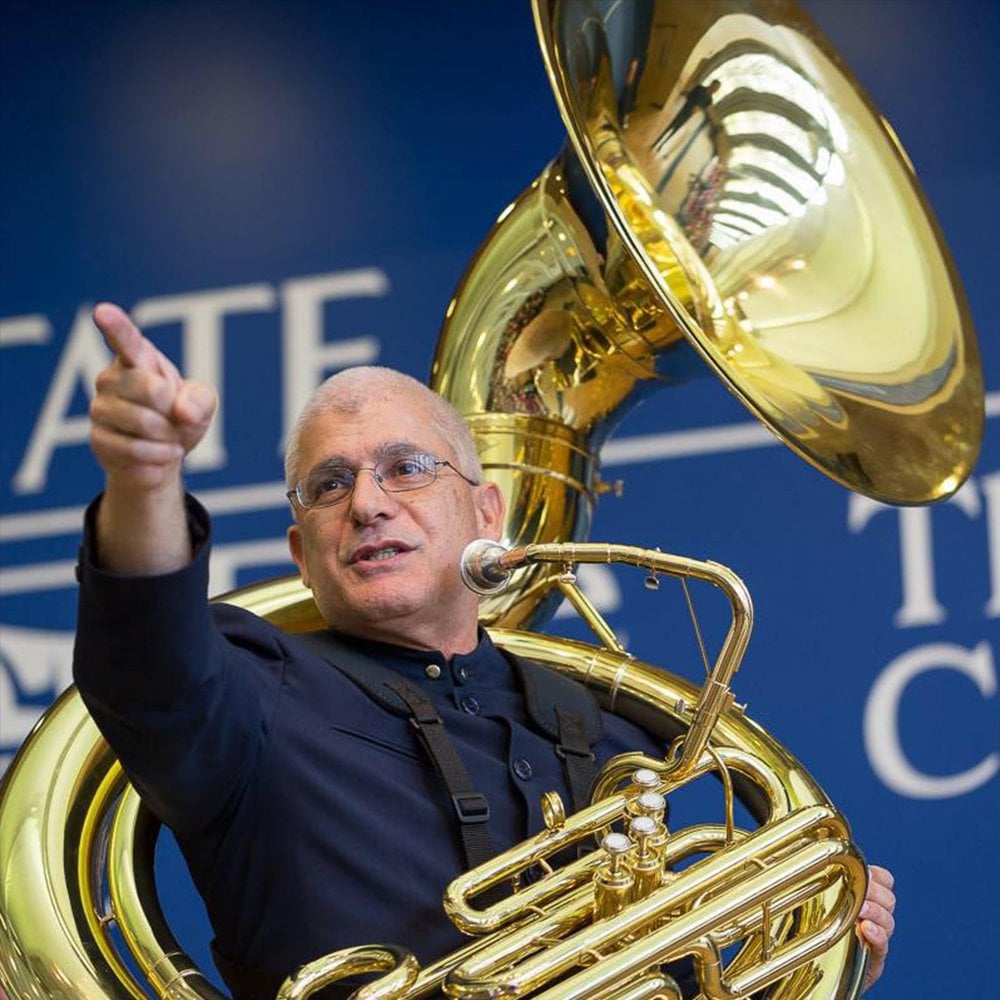
J. Samuel Pilafian - Beta Tau- 1969
Tubist Samuel Pilafian was noted for having achieved a degree of fame on an instrument that usually fills an accompanimental role. Equally noteworthy, however, was the ease with which Pilafian moved between classical music and pop.A native of Miami, Pilafian started early on the tuba. He attended the National Music Camp in Interlochen, Michigan, becoming only the second tuba player in history to win the school’s concerto competition. That propelled Pilafian to scholarships at Dartmouth College and the Tanglewood Music Center in Massachusetts. While he was studying in the latter program, he was selected by Leonard Bernstein to perform in the world premiere of Bernstein’s Mass, which was simultaneously part of the opening ceremonies for Washington, D.C.’s John F. Kennedy Center for the Performing Arts.
With his performance of that thoroughly eclectic composition as a starting point, Pilafian developed dual careers. In the classical sphere, Pilafian was best known as a founding member of the Empire Brass Quintet. He also performed and recorded with the Boston Symphony, the New York Philharmonic, the Orchestra of St. Luke’s, and the Metropolitan Opera Orchestra. Pilafian played recitals and made orchestral appearances in Canada, Spain, Sweden, Switzerland, Japan, Italy, Austria, Germany, and England. He served on the faculties of Boston University and the Boston University Tanglewood Institute, and was a consultant at the Royal Academy of Music in London before joining the faculty at Arizona State University in 1994. Pilafian released 12 solo albums as a jazz performer and recorded with the Duke Ellington Orchestra. With guitarist Frank Vignola, Pilafian formed the jazz duo Travelin’ Light, which released three discs on the Telarc label. While many classical artists have ventured into jazz with notable success, few diverged as far from their original training as Pilafian. He recorded with the rock group Pink Floyd, and under the designation of the Pilafian Project he recorded an experimental mix of tuba sounds that transcends genre categories. An example is the 1998 album Meltdown, which includes music by composers such as Bartók, Sidney Bechet, Ornette Coleman, Ravel, and Captain Beefheart. A past president of T.U.B.A. (the Tubists’ Universal Brotherhood Association), Pilafian served as chairman of that group’s board of directors. Pilafian passed away in April 2019 from colon cancer.

Charles Johnson - Zeta Rho - 1953
Dr. Charles Johnson was initiated as a charter member of the Zeta Rho Chapter at Fisk University in 1953. Regarded by many as “the nation’s foremost scholar in the field of Black Sociology,” Brother Johnson devoted most of his life to the field of sociology and in 1948 was appointed the first black president of Fisk University.As a renowned American sociologist and college administrator, Johnson was an outspoken civil rights activist and advocate for racial equality of not only African Americans but all ethnic minorities. During his early life and education, he earned an undergraduate and graduate degree in the field of Sociology, served in France during World War I, and was appointed Director of Research and Investigation of the National Urban League in New York City. It was in this position that he founded its magazine, Opportunity.
In 1928, Dr. Johnson made the move to Fisk University to continue lifelong research and became the chairman of the Department of Social Sciences. It was through innovative research and his series of seminars known as the Race Relations Institute that he was able to generate proactive discussion on issues of economics, education, government policy, housing, employment, and semantics. These “think-tank” discussions allowed Johnson to draft strategies for change, such as training black veterans returning from the war and bringing an end to segregation in public schools, League of Women Voters, and the armed forces at large.

Thomas Dewey - Epsilon - 1920
Thomas E. Dewey was born on March 24, 1902, at Owosso, Mich. In 1923 he received his bachelor of arts degree from the University of Michigan. After briefly studying music and law in Chicago, he entered Columbia University Law School. After his graduation in 1925, he toured England and France. Returning to New York, he entered the state bar, accepted a clerkship in a law office, and became active in the Young Republican Club. In 1928 Dewey married Frances E. Hutt; they had two children.In 1931 the U.S. attorney for the Southern District of New York appointed Dewey his chief assistant. In addition to fundamental honesty and natural courage, Dewey possessed a capacity for careful and deliberate case preparation and an amazing self-control that enabled him to remain cool under pressure. With the resignation of the U.S. attorney in November 1933, Dewey took that position—at 31 the youngest U.S. attorney ever. When President Franklin D. Roosevelt appointed a Democrat to the position 5 weeks later, Dewey returned to private law practice. In 1935 he was appointed special prosecutor for the Investigation of Organized Crime in New York. His campaign against narcotics and vice racketeers obtained 72 convictions in 73 prosecutions. In 1937 he was elected district attorney for New York County.
In 1942 Dewey was elected governor of New York. He quickly established a reputation for political moderation and administrative efficiency, enjoying cordial relations with the legislature. Success as governor, added to his reputation in fighting New York racketeers, sent Dewey’s political stature soaring. In 1944 he was the Republican party’s presidential nominee. He ran well, despite Roosevelt’s record as a war leader and Dewey’s lack of experience in international affairs. Reelected governor of New York in 1946, he proceeded to ram a series of liberal laws through the legislature.
As the acknowledged front-runner in his second presidential campaign—against Democrat Harry Truman in 1948—Dewey refused to tax himself, made only a few speeches, avoided controversial issues, and scarcely recognized the opposition. He lost to Truman by a narrow margin. In 1950 he was elected to his third successive term as New York’s governor.
At the suggestion of State Department adviser John Foster Dulles, Dewey visited 17 countries in the Pacific in 1951. In 1955 he reentered private practice with the New York firm of Dewey, Ballantine, Bushby, Palmer, and Wood. By 1957 Dewey had been awarded 16 honorary degrees. His books include The Case against the New Deal (1940), Journey to the Far Pacific (1952), and Thomas E. Dewey on the Two Party System (1966). He died on March 16, 1971, at Bal Harbour, Fla.
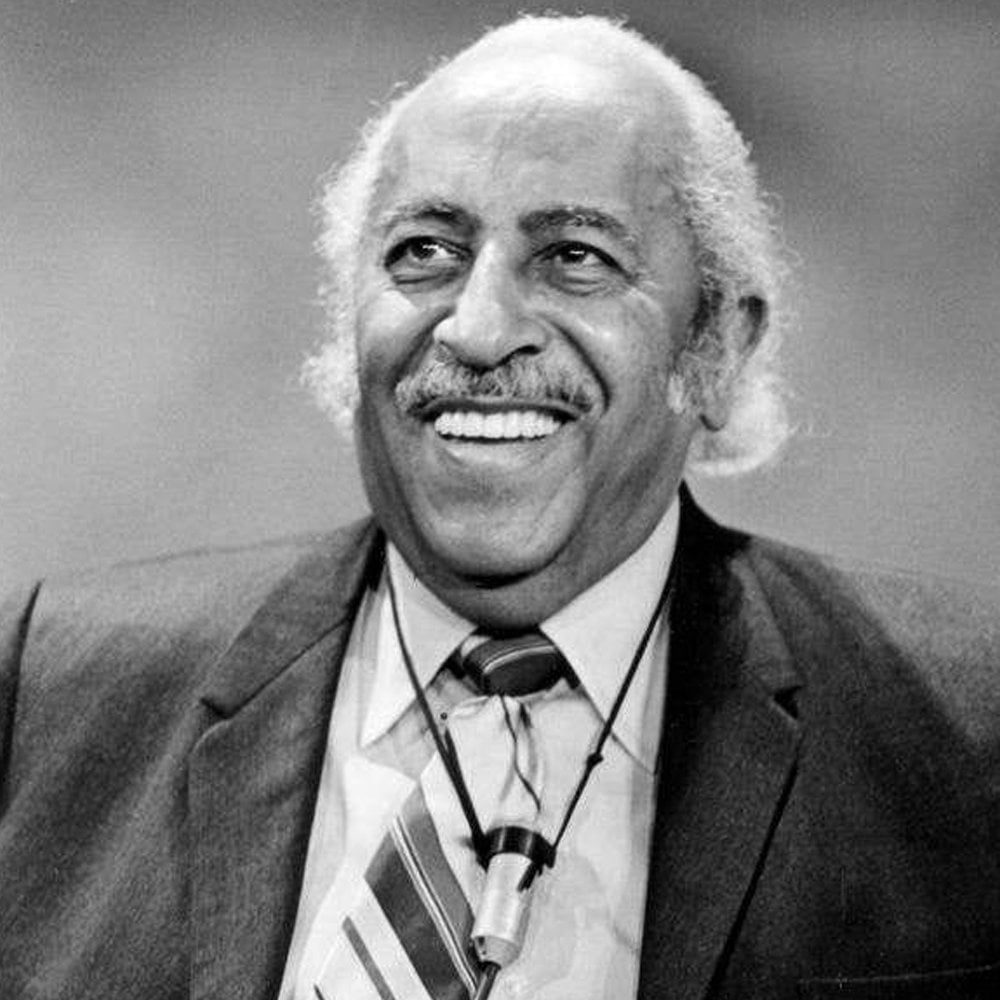
Arna Bontemps - Zeta Rho - 1954
Bontemps grew up in California and was sent to the San Fernando Academy boarding school with his father’s instruction to not “go up there acting colored.” This Bontemps later noted as a formative moment, and he would resent what he saw as an effort to make him forget his heritage. He graduated from Pacific Union College in Angwin in 1923 with an AB.In 1924 he accepted a teaching position in Harlem, New York. He married Alberta Johnson, a former student, in 1926; they would eventually have six children. Though his original plan was to obtain his Ph.D. in English, he accepted teaching positions to support his family. Luckily, it was while teaching in Harlem that he would become closely connected to the Harlem Renaissance and befriend major artists such as Countee Cullen, W. E. B. DuBois, Zora Neale Hurston, James Weldon Johnson, Claude McKay, Jean Toomer, and especially Langston Hughes, with whom he frequently collaborated.
Bontemps first published his poems in “Crisis” in 1924, and also later in “Opportunity,” both literary magazines that supported the work of young African American writers. In 1926 and 1927, Bontemps win three prizes for his poetry from these publications. His first book of fiction was “God Sends Sunday” (1931), the story of a fast-living black jockey named Little Augie. The book received mixed reviews: praise for its significance as a book by a black author but also criticism for its emphasis on the seamier side of black life.
That same year Bontemps moved to Huntsville, Alabama, where he had accepted a position at Oakwood Junior College. In 1932 he received another prize for the short story “A Summer Tragedy” and published his first two children’s book, “Popo, and Fifina: Children of Haiti,” with Langston Hughes, and “You Can’t Pet a Possum” in 1934. He began work on “Black Thunder: Gabriel’s Revolt: Virginia 1800,” the story of an aborted slave rebellion led by Gabriel Prosser. The novel, published in 1936, was finished in his father’s California house. At the end of the 1934 school year, Oakwood dismissed Bontemps, a reaction to the combination of his radical politics, out-of-state visitors, his personal book collection, and the school’s own conservative and religious views.
In 1943 Bontemps received a master’s degree in library science from the University of Chicago. He was appointed a librarian at Fisk University, a position he held until his retirement in 1965, followed by honorary degrees and professorships at the University of Illinois and Yale University, and a return to Fisk as a writer in residence.
He died June 4, 1973, from a heart attack while working on his autobiography. However, Sterling A. Brown and Aaron Douglas noted that his writings had not received the critical attention deserved, his work as a librarian and historian point to him as a great chronicler and a preserver of the documents of black cultural heritage. His family’s old Louisiana home is now the Arna Bontemps African American Museum and Cultural Arts Center.
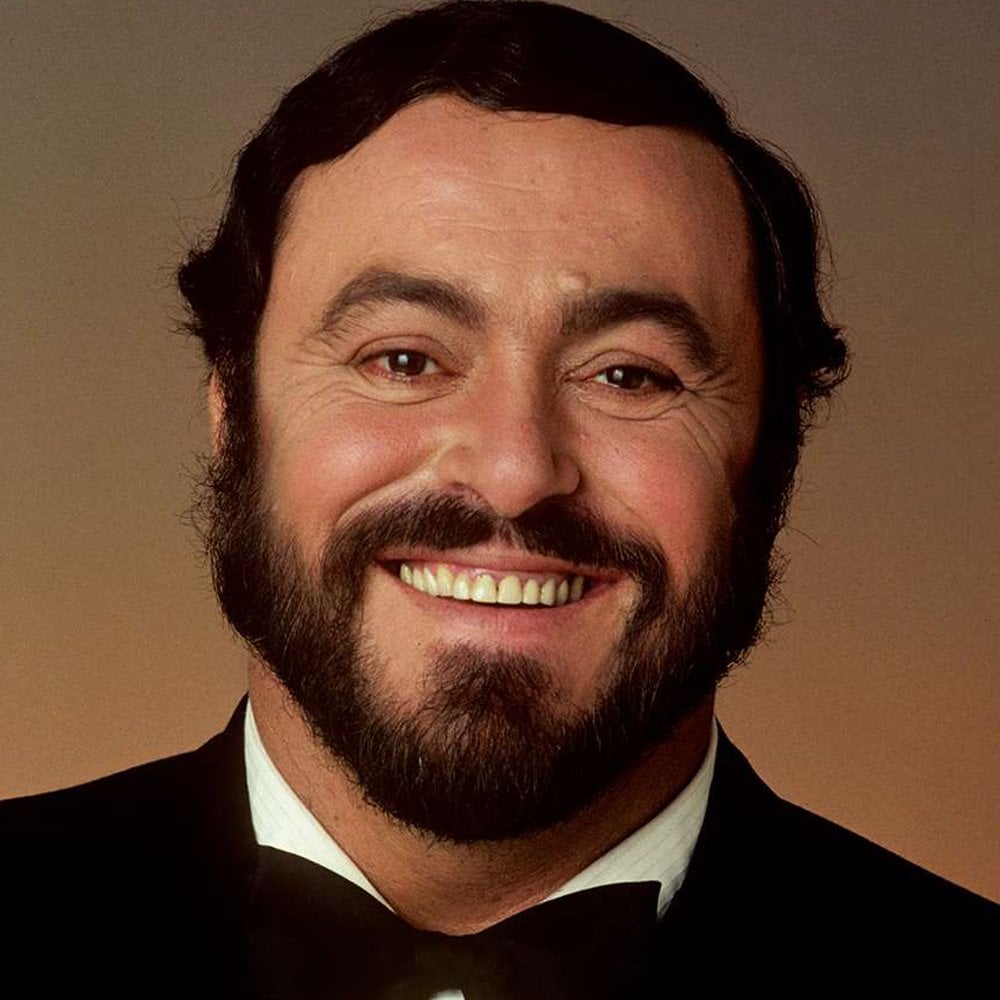
Luciano Pavarotti - Beta Tau - 1978
Luciano Pavarotti was a best-selling classical singer and humanitarian known for his most original and popular performances with the ‘Three Tenors’ and ‘Pavarotti & Friends’.He was born on October 12, 1935, in Modena, Emilia-Romagna, in Northern Italy. He was the first child and only son of two children in the family of a baker. His father, Fernando Pavarotti, was a gifted amateur tenor, who instilled a love for music and singing in young Luciano. His mother, Adele Venturi, worked at the local cigar factory. Young Pavarotti showed many talents. He first sang with his father in the Corale Rossi, a male choir in Modena, and won the first prize in an international choir competition in Wales, UK. He also played soccer as a goalkeeper for his town’s junior team.
In 1954, at the age of 19, Pavarotti decided to make a career as a professional opera singer. He took serious study with professional tenor Arrio Pola, who discovered that Pavarotti had perfect pitch, and offered to teach him for free. After six years of studies, he had only a few performances in small towns without pay. At that time Pavarotti supported himself working as a part-time school teacher and later an insurance salesman. In 1961 he married his girlfriend, singer Adua Veroni, and the couple had three daughters.
Pavarotti made his operatic debut on April 29, 1961, as Rodolfo in La Boheme by Giacomo Puccini, at the opera house in Reggio Emilia. In the following years he relied on the professional advise from tenor Giuseppe Di Stefano, who prevented Pavarotti from appearances when his voice was not ready yet. Eventually Pavarotti stepped in for Di Stefano in 1963, at the Royal Opera House in London as ‘Rodolfo’ in La Boheme by Giacomo Puccini, making his international debut. That same year he met soprano Joan Sutherland and the two began one of the most legendary partnerships in vocal history; Pavarotti made his American debut opposite Sutherland in February of 1965, at the Miami Opera.
Pavarotti was blessed with a voice of rare range, beauty and clarity, which was best during the 60s, 70s and 80s. In 1966 he became the first opera tenor to hit all nine “high C’s” with his full voice in the aria ‘Quel destin’ in ‘La Fille du Regiment’ (aka.. The Daughter of the Regiment) by Gaetano Donizetti. He repeated this feat in his legendary 1972 Met performance and was nicknamed “King of the High C’s” in rave reviews. Pavarotti’s popularity was arguably bigger than that of any other living tenor in the world. His 1993 live performance in New York’s Central Park was attended by 500,000 fans while millions watched it on television. During the 1990s and 2000s Pavarotti was still showing the ability to deliver his clear ringing tone in the higher register, albeit in fewer performances.
Luciano Pavarotti was also known for his humanitarian work. He was the founder and host of the ‘Pavarotti & Friends’ annual charity concerts and related activities in Modena, Italy. There he sang with international stars of all styles to raise funds for several worthy UN causes. Pavarotti sang with Bono and U2 in the 1995 song Miss Sarajevo and raised $1,500,000 in his charity project ‘Concert for Bosnia’. He also established and financed the Pavarotti Music Center in Bosnia, and raised funds in charity concerts for refugees from Afghanistan and Kosovo. Pavarotti made two Guinness World Records: one was for receiving the most curtain calls at 165; and the other was for the best selling classical album of ‘The Three Tenors in Concert’ with Plácido Domingo and José Carreras.

Andrew Carnegie - Alpha - 1917
Andrew Carnegie was born on November 25, 1835, in Dunfermline, Scotland, the son of William Carnegie, a weaver, and Margaret Morrison Carnegie. The invention of weaving machines replaced the work Carnegie’s father did, and eventually the family was forced into poverty. In 1848 the family left Scotland and settled in Allegheny City, Pennsylvania. Carnegie’s father found a job in a cotton factory, but he soon quit to return to his home handloom, making linens and trying to sell them door to door. Carnegie also worked in the cotton factory, but after his father died in 1855, his strong desire to help take care of the family pushed him to educate himself. He became an avid reader, a theatergoer, and a lover of music.Between 1865 and 1870 Carnegie made money through investments in several small iron mills and factories. He also traveled throughout England, selling the bonds of small United States railroads and bridge companies. Carnegie began to see that steel was eventually going to replace iron for the manufacture of rails, structural shapes, pipe, and wire. In 1873 he organized a steel rail company. The first steel furnace at Braddock, Pennsylvania, began to roll rails in 1874. Carnegie continued building by cutting prices, driving out competitors, shaking off weak partners, and putting earnings back into the company. He never went public (sold shares of his company in order to raise money). Instead he obtained capital (money) from profits—and, when necessary, from local banks—and he kept on growing, making heavy steel alone. By 1878 the company was valued at $1.25 million.
Carnegie spent his leisure time traveling. He also wrote several books, including “Triumphant Democracy” (1886), which pointed out the advantages of American life over the unequal societies of Britain and other European countries. To Carnegie access to education was the key to America’s political stability and industrial accomplishments. In 1889 he published an article, “Wealth,” stating his belief that rich men had a duty to use their money to improve the welfare of the community. Carnegie remained a bachelor until his mother died in 1886. A year later he married Louise Whitfield. They had one child together. The couple began to spend six months each year in Scotland, though Carnegie kept an eye on business developments and problems.
In retirement, Carnegie began to set up trust funds “for the improvement of mankind.” He built some three thousand public libraries all over the English-speaking world. In 1895 the Carnegie Institute of Pittsburgh was opened, housing an art gallery, a natural history museum, and a music hall. He also built a group of technical schools that make up the present-day Carnegie Mellon University. The Carnegie Institution of Washington was set up to encourage research in the natural and physical sciences. Carnegie Hall was built in New York City. The Foundation for the Advancement of Teaching was created to provide pensions for university professors. Carnegie also established the Endowment for International Peace to seek an end to war.
In all, Carnegie’s donations totaled $350 million. The continuation of his broad interests was put under the general charge of the Carnegie Corporation, with a donation of $125 million. Carnegie died on August 11, 1919, at his summer home near Lenox, Massachusetts.
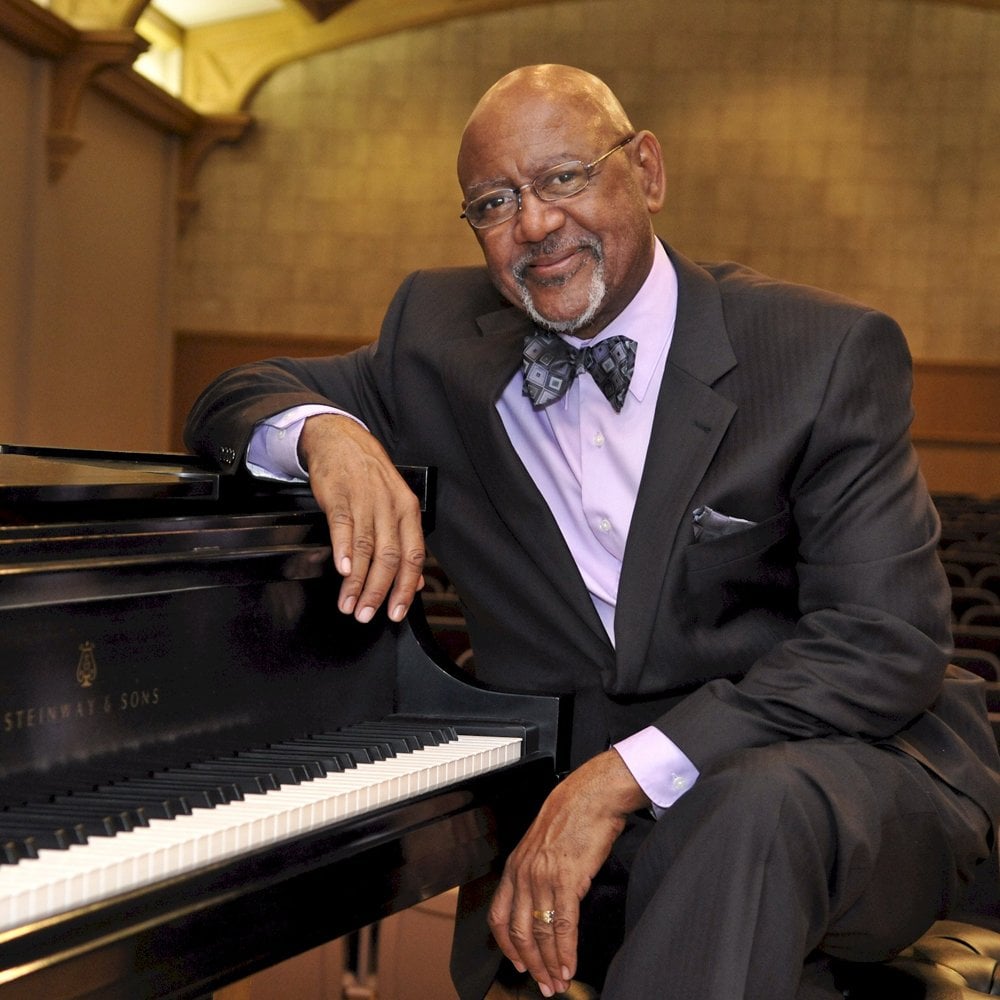
Roland Carter - Beta Epsilon - 1965
Dr. Roland M. Carter has long been a world-acclaimed composer, arranger, conductor, pianist, teacher, and scholar. His outstanding contributions to the performance and preservation of American music, and especially that of African American musicians, have elevated him to the status of a leading figure in the nation’s choral arts. From presidential inaugurations to small-town churches, Brother Carter has brought music to the masses with a keen ear and a bright mind.Music has always been a part of Carter’s life, even from the early years. His aunt, Anne Smith, traveled with a musical group called Wings Over Dixie. “She played the piano, and she could play everything from ragtime to stride piano,” Carter recalls. “There was always an instrument in the house.” After gaining an education from Hampton University in Virginia and New York University, Carter would spend just over twenty years as Director of Choral Music and Assistant Professor of Music at Hampton. In 1989, he would be offered a position at the University of Tennessee-Chattanooga (UTC). The opportunity to teach at the university, where almost thirty years prior, he was not allowed to enter because of his race meant a great deal. “To come back twenty-nine years later as department head was an affirmation of how far we’ve come, but also how far we had to go,” Carter says.
Named the UTC Holmberg Professor of American Music and retired in 2013, Carter accomplished much during his twenty-three-year tenure. He founded The Chattanooga Choral Society for the Preservation of African American Song and led several choirs. In 2003 he was awarded the Tennessee Governor’s Arts Awards as a Distinguished Artist and was elected to honorary membership of the internationally acclaimed Morehouse Glee Club in 2004. He also served as President of the National Association of Negro Musicians from 2002 to 2008.
In recognition of his contributions to his art and humanity, Brother Carter was named to Phi Mu Alpha’s inaugural class of Signature Sinfonians in 2006 and initiated into the Alpha Alpha Chapter of national honorary members. Just last Spring, Carter was recognized with a Master of Spirituals Award for his work preserving the religious music of African Americans.
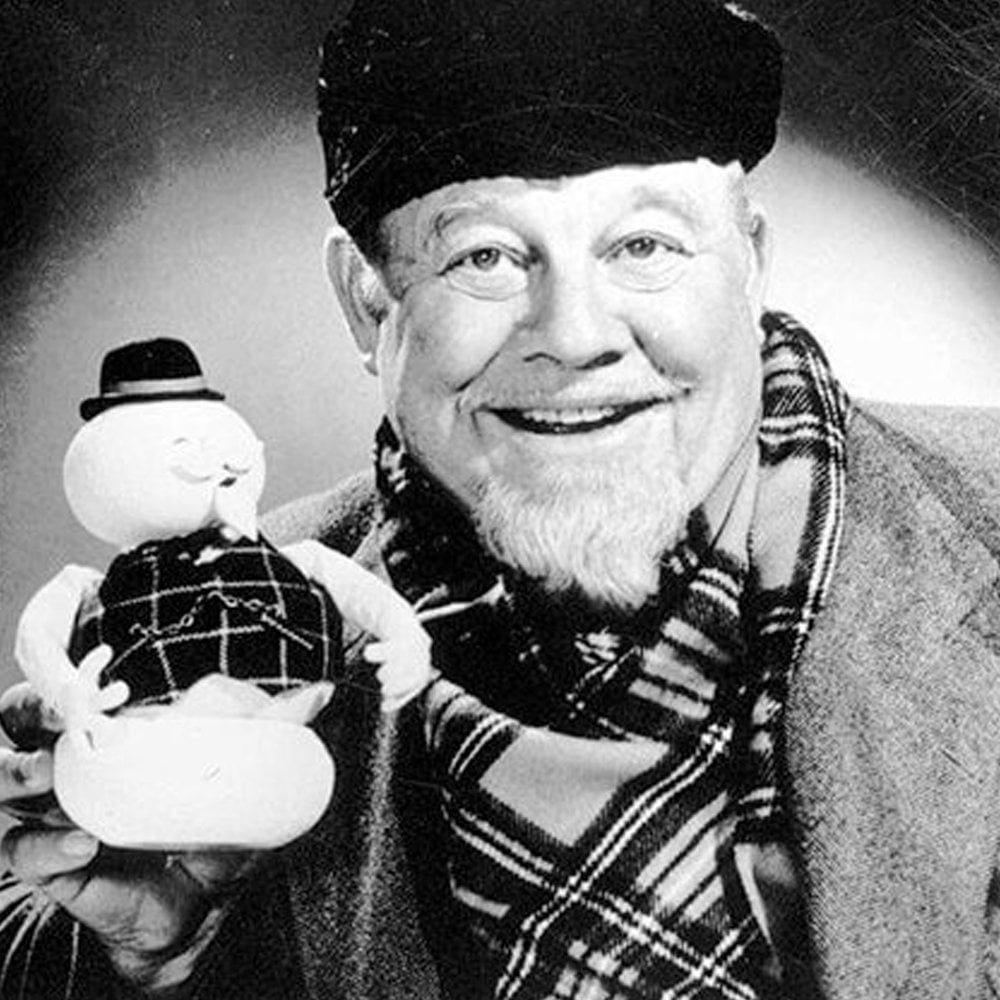
Burl Ives - Alpha Chi - 1953
Burl Ives was an American entertainer, with a career that spanned in over sixty years. He expanded his talent into in many forms of media, with a wide range. He was an itinerant folk singer before becoming a radio personality during the 1940s, appearing on his own radio show The Wayfarin’ Stranger. Also during that decade, Ives also began to appear in movies with Smoky, and acted more frequently from the 1950s-1960s on films such as East Of Eden, Cat On A Hot Tin Roof, Desire Under The Elms, Wind Across The Everglades, Day Of The Outlaw, and The Big Country, the last film where his performance won him an Oscar best supporting actor in 1958. He had also appeared on Broadway since the late 1930s.As a singer and recording artist, Ives released singles that endeared to his folk and country fans such as “Riders in the Sky,” “A Little Bitty Tear,” “Funny Way of Laughin’,” “Call Me Mr. In-Between,” “Mary Ann Regrets” and a lot more, and had issued 40-plus albums in his long career. He also popularized the traditional songs “Foggy, Foggy Dew” in the 1940s, and became somewhat a symbol of Christmas through his popular songs “A Holly Jolly Christmas” and “Silver and Gold” which became standard holiday fares. With his grandfatherly image he was also popular among younger listeners through some of his records such as Animal Fair: Songs for Children, Children’s Favorites, Burl Ives Sings Little White Duck and Other Children’s Favorites and Chim Chim Cheree and other Children’s Favorites, among others.
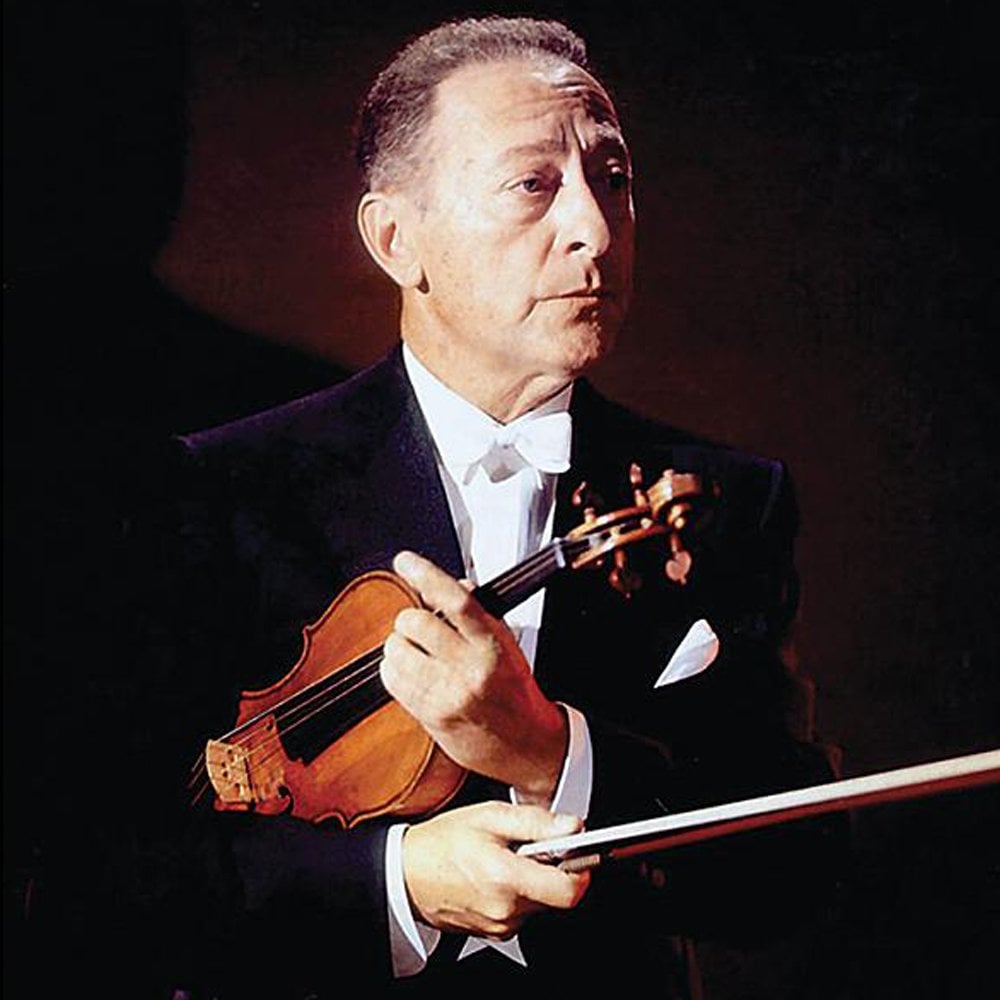
Jascha Heifetz - Alpha - 1917
More than a century after his public debut, the name Jascha Heifetz continues to evoke awe and excitement among fellow musicians. In a performing career that spanned 65 years, he established an unparalleled standard of violin playing to which violinists around the world still aspire.Heifetz is widely considered to be one of the most profoundly influential performing artists of all time. Born in Vilnius, Lithuania — then occupied by Russia — on February 2, 1901, he became a U.S. citizen in 1925. Fiercely patriotic to his adopted country, he gave hundreds of concerts for Allied service men and women during World War II, including tours of Central and South America, North Africa, Italy, France, and Germany, often playing from the back of a flatbed truck in dangerous conditions.
In 1928, he published the first of dozens of acclaimed violin transcriptions. Many, including his arrangements of selections from Gershwin’s “Porgy and Bess,” are now part of the standard repertoire. Using the pseudonym Jim Hoyl, he even wrote a pop song that became a hit in 1946.
In his later years, Heifetz became a dedicated teacher and a champion of causes he believed in. He led efforts to establish “911” as an emergency phone number, and crusaded for clean air. He and his students at the University of Southern California protested smog by wearing gas masks, and in 1967 he converted his Renault passenger car into an electric vehicle.
As a result of his vast recorded legacy, Heifetz’s violin playing is no less influential today than it was in his lifetime. To legions of violinists he remains, quite simply, “The King.”
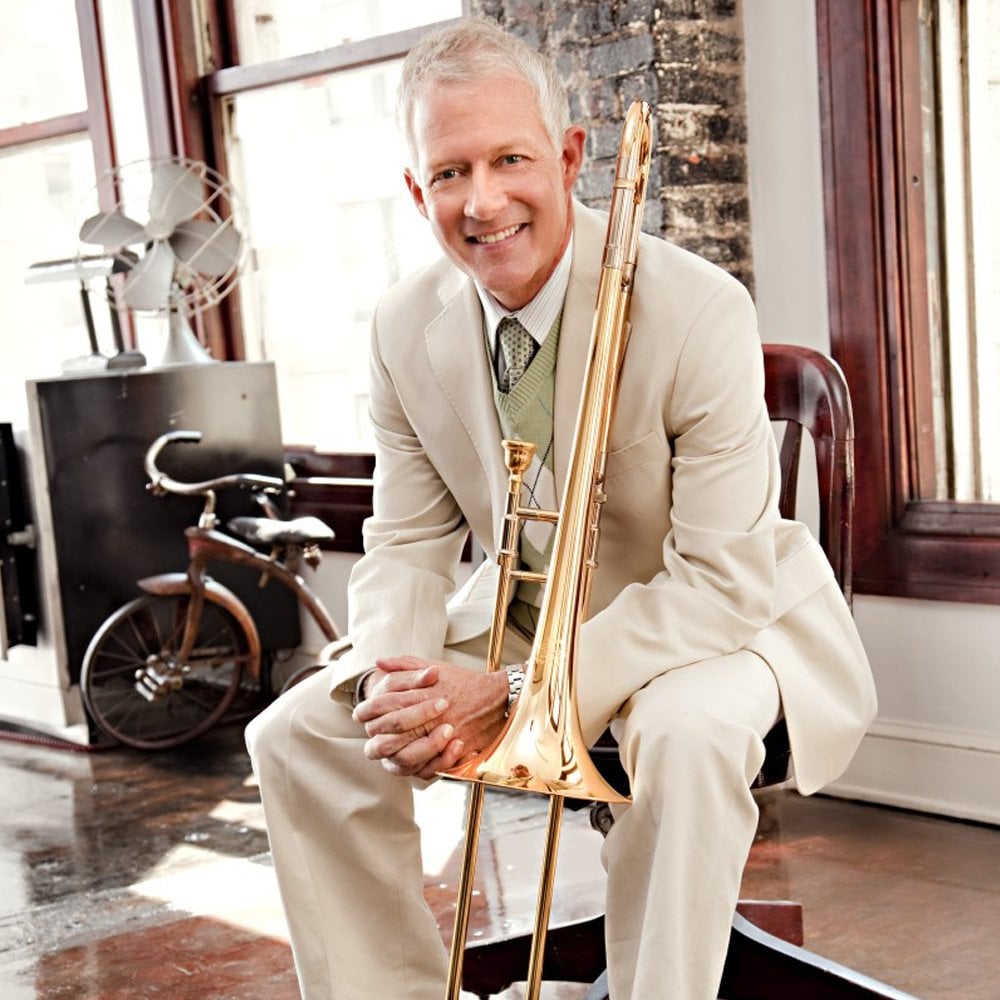
Andy Martin - Alpha Alpha - 2018
Coming from a musical family, trombonist Andy Martin launched his career while still in his teens. His technique and virtuosity quickly established him on the Los Angeles music scene. As an instructor, Martin has influenced countless young players. He has appeared at many colleges and universities throughout the country as a guest artist and clinician.A world-class jazz musician and Yamaha Performing Artist, Martin is featured as leader or co-leader on twelve albums. These albums showcase his collaboration with other top jazz artists such as the late Carl Fontana, Pete Christlieb, Bobby Shew, and Eric Marienthal. He has also collaborated as a sideman with jazz greats such as Stanley Turrentine and Horace Silver. Martin had a long association with British bandleader and jazz promoter Vic Lewis and was the featured soloist on many of Vic’s CDs.
Martin is well known for his work as a lead player and featured soloist with virtually every big band in L.A. Martin is the lead trombonist and featured soloist with Gordon Goodwin’s Big Phat Band, the lead trombonist, and soloist for The Tom Kubis Band, and was a featured soloist for the Bill Holman Big Band for 15 years. He has appeared in bands led by Jack Sheldon, Louis Bellson, Quincy Jones, Matt Cattingub, Bob Curnow, Patrick Williams, and Sammy Nestico, among others.
Martin has long been one of L.A.’s most prominent trombonists for commercial recordings, television and motion picture soundtracks and live theater. He has contributed on albums for many popular artists, including the Pussycat Dolls, Coldplay, and Michael Bublé. His television credits include the Grammys, the Emmys, the Academy Awards, the Golden Globes and the Screen Actors Guild Awards. Martin has been the lead trombonist on television shows Dancing With The Stars and American Idol and has appeared regularly on the soundtracks of major television series such as Family Guy, American Dad, and King of the Hill. His motion picture credits span the soundtracks of over 150 major films.
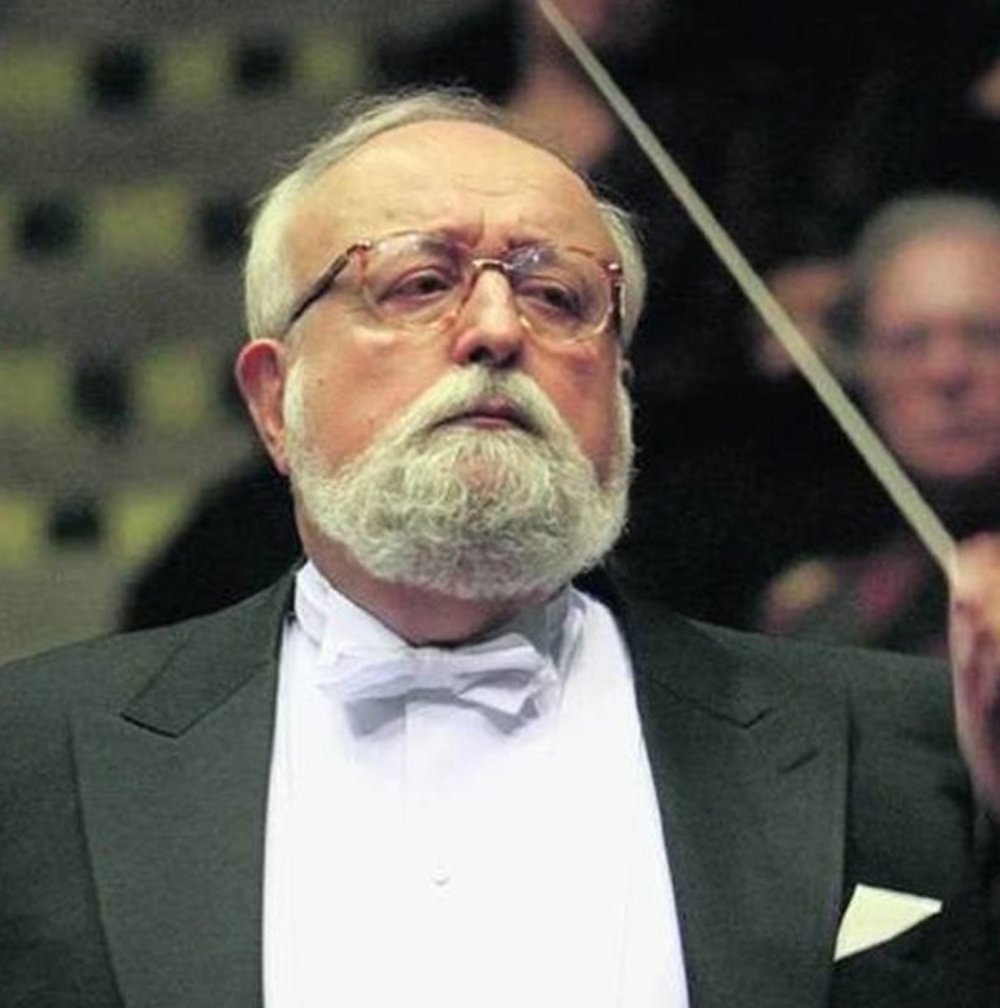
Krzysztof Penderecki - Epsilon Iota - 1975
Krzysztof Penderecki was born in Dębica on 23 November 1933. He studied composition privately with Franciszek Skołyszewski and then (1955-8) with Artur Malawski and Stanisław Wiechowicz at the State Higher School of Music in Kraków, where he also taught, being appointed its rector (i.e., president) in 1972 (in the 1980s the School was renamed “Academy of Music). Penderecki’s career had a very auspicious beginning. In 1959 he came suddenly to prominence when three of his works won first prizes in a national competition organized by the Polish Composers’ Union (he submitted them under different pseudonyms). His reputation quickly spread abroad, notably through perfomances of such works as Anaklasis (written for the 1960 Donaueschigen Festival) and Threnody for the Victims of Hiroshima. The latter piece, as well as the Passion according to St. Luke of 1963-5, found an unusually wide audience for contemporary works, and Penderecki soon received important commissions from diverse organizations in Europe and the USA. He has also appeared widely as a lecturer and in 1972 began to conduct his own compositions.Penderecki has won numerous domestic and foreign prizes including the First Class State Award (1968, 1983), the Polish Composers’ Union Prize (1970), the Herder Prize (1977), the Sibelius Prize (1983), the Premio Lorenzo Magnifico (1985), the Israeli Karl Wolff Foundation Prize (1987), a Grammy Award (1988), a Grawemeyer Award (1992), and a UNESCO International Music Council Award (1993). He has honorary doctorates from universities in Rochester, Bordeaux, Leuven, Belgrade, Washington, Madrit, Poznań, Warsaw and Glasgow. He is an honorary member of the Royal Academy of Music in London, Accademia Nazionale di Santa Cecilia in Rome, Musikaliska Academien in Stockholm, Akademie der Kunste in Berlin, Academia Nacional de Bellas Artes in Buenos Aires, Academie Internationale de Philosophie et de I’ Art in Bern, Academie Internationale des Sciences, Belles-lettres et Arts in Bordeaux, and the Royal Academy of Music in Dublin. In 1990 he received the Great Cross of Merit of the Order of Merit of the Federal Republic of Germany, in 1993 the Order of Cultural Merit (Monaco), and in 1994 an Austrian honorary distinction For Achievements in Science and Arts. In 1993 he was decorated with the Commander’s Cross with the star of the Order of Polonia Restituta.
Penderecki’s teaching career developed in Germany, the U.S. and Poland. He taught composition at the Volkwang Hochschule fur Music, Essen (from 1966 to 1968); in 1973-78 he lectured at Yale University in New Haven. In 1982-87 he was rector of the Academy of Music in Kraków, in 1987-1990 he served as the artistic director of the Cracow Philharmonic. Since his conductor’s debut with the London Symphony Orchestra (1973), he has performed with prominent symphony orchestras in the United States and Europe, and he is chief guest conductor of the Norddeutscher Rundfunk Orchestra in Hamburg. Apart from his own works, his conducting repertoire covers the works of composers from various epochs, with a preference for 19th-century and early 20th-century compositions. In 1997 he published a book entitled “The Labyrinth of Time. Five Lectures at the End of the Century (Warsaw, “Presspublica”). In 1996 the performance of his piece Seven Gates of Jerusalem, commissioned by the city, commemorated the celebrations of “Jerusalem – 3000 Years.” in Israel.

Ellis Marsalis, Jr. - Delta Epsilon - 1965
Brother Marsalis was initiated at the Delta Epsilon Chapter in 1965 and in 2015 he was named the Fraternity’s 24th “Man of Music” at the 55th National Convention.Born on November 14, 1934, his formal music studies began at age eleven at the Xavier University junior school of music. After high school, Marsalis enrolled in Dillard University as a clarinet major. He graduated in 1955 with a Bachelor of Arts degree in Music Education. Marsalis spent the next year working as an assistant manager in his father’s motel business.
The following year, Marsalis joined the U.S. Marine Corps. While stationed in southern California he honed his pianist skills as a member of the Corps Four, a Marines jazz quartet that performed on television.
Returning to New Orleans in 1966, he began freelancing on the local music scene. Between 1966 and 1974 Brother Marsalis would perform at the Playboy Club, Al Hirt nightclub, Lu and Charlie’s nightclub, Storyville nightclub Crazy Shirley’s as well as again enter the teaching profession, in 1967, as an adjunct professor of African American Music at Xavier University.
In 1986, Marsalis accepted a teaching position out of state. He became a Commonwealth Professor at Virginia Commonwealth University, serving as coordinator of Jazz Studies two of his three years there. In 1989, he returned to New Orleans to become the first occupant and Director of the Coca-Cola Endowed Chair of Jazz Studies at the University of New Orleans.
During his tenure at UNO, he helped colleague Charles Blancq develop a campus performance center called the Sand Bar. Marsalis would also develop a Jazz Orchestra, which he took, on the eve of his retirement, on a tour of Brazil. On August 10, 2001, Marsalis officially retired from the University of New Orleans after twelve years of dedicated service. His retirement was celebrated by a very rare performance of his sons Branford, Wynton, Delfeayo and Jason Marsalis at the UNO arena.
In 2011, Brother Marsalis and his family were awarded the highest honor in Jazz, NEA Jazz Masters, the first group award ever distributed by the National Endowment for the Arts.

George Eastman - Alpha Nu - 1927
George Eastman was born in Waterville, New York, on July 12, 1854. His father, George W. Eastman, ran a business college in Rochester, New York; his mother, Maria Kilbourn, took care of young George and his two older sisters. His father died when he was seven, two years after the family moved to Rochester. His mother was forced to take in boarders to add to the family’s small income. George was educated in Rochester public schools but dropped out at age thirteen to work and help his mother. He advanced from messenger to bookkeeper in the Rochester Savings Bank by 1877. He was always careful with money, spending it only on his hobby, amateur photography. When photographic chemicals among his cameras and supplies ruined his packed clothes on a trip to Mackinac Island, he became disgusted with the wet-plate process of producing photographs.In the 1870s American photography was still time-consuming, difficult, and expensive. Equipment included a huge camera, strong tripod (a three-legged stand), large plateholder, dark tent, chemicals, water container, and heavy glass plates. Eastman experimented using dry plates. He was the first American to contribute to the improvement of photographic methods by coating glass plates with gelatin, a gummy substance, and silver bromide, a chemical. In 1879 his coating machine was patented in England, and in 1880 he received an American patent for it. He sold his English patent and opened a shop to manufacture photographic plates in Rochester. To do away with glass plates, Eastman coated paper with gelatin and photographic chemicals. The developed film was stripped from the paper to make a negative. This film was rolled on spools. Eastman and William Walker created a lightweight roll holder that would fit any camera.
In 1888 Eastman designed a simple camera, the Kodak (a word created by Eastman; it has no meaning), which was easy to carry and made focusing and adjusting the light unnecessary. With a hundred-exposure roll of film, it sold for twenty-five dollars. After taking the pictures and sending the camera and ten dollars to the Rochester factory, the photographer received his prints and reloaded camera. Eastman’s slogan, “You press the button, we do the rest,” became well known. Eastman expected that photography would soon become more popular, and in 1892 he established the Eastman Kodak Company.
Eastman’s staff worked on other scientific problems as well as on photographic improvements. During World War I (1914–18) his laboratory helped build up America’s chemical industry to the point where it no longer depended on Germany. Eventually America became the world leader. Eastman cared about his employees; he was the first American businessman to grant workers shares in the profits made by the company. He also gave away large amounts of his huge fortune to the University of Rochester (especially the medical school and Eastman School of Music), Massachusetts Institute of Technology, Hampton Institute, Tuskegee Institute, Rochester Dental Dispensary, and several European dental clinics.

Craig Hella Johnson - Gamma Phi - 2018
Beloved by audiences, lauded by critics and composers, and revered by singers, Johnson is known for crafting musical journeys that create deep connections between performers and listeners. The Wall Street Journal praised his ability to “find the emotional essence other performers often miss,” and Fanfare wrote that “Craig Hella Johnson has assembled and molded a first-rate choir to be respected as highly as the best we have had.” Distinguished composer John Corigliano wrote, “I believe that [Johnson] has understood my music in a way that I have never experienced before. He is a great musician who understands everything about the music he conducts.” Composer and collaborator Robert Kyr observed, “Craig’s attitude toward creating a community of artists who work together to interpret the score … goes beyond technical mastery into that emotional depth and spiritual life of the music.” Of Johnson’s performance of Beethoven’s Missa Solemnis, the San Antonio Express-News wrote: “Through all the amazing ebbs and flows of dynamics, the radiant balances, the seamless connection of episodes, the theatrically astute tempo relations, the unified structural arc, the music shone forth with organic naturalness. Nothing sounded fussed over. Everything just sounded right.”Johnson is also Music Director of the Cincinnati Vocal Arts Ensemble and conductor emeritus of the Victoria Bach Festival. He was Artistic Director of San Francisco-based Chanticleer (1998-1999) and has served as guest conductor with the Austin Symphony, San Antonio Symphony, and many others in Texas, the U.S., and abroad. As the Director of Choral Activities at the University of Texas at Austin from 1990-2001, Johnson led the graduate program in choral conducting. He remains an active educator, teaching nationally and internationally with professionals and students at conferences and universities. He is also a frequent speaker at regional and national conferences of the American Choral Directors Association. Craig Hella Johnson joined the faculty at Texas State as Artist in Residence in fall 2016 and continues to inspire his colleagues and students in innovative teaching and programming as Professor of Practice.
A composer and arranger, Johnson works with G. Schirmer Publishing on the Craig Hella Johnson Choral Series, featuring specially selected composers as well as some of his original compositions and arrangements. His works are also published by Alliance Music Publications. A unique aspect of Johnson’s programming is his signature “collage” style: through-composed programs that marry music and poetry to blend sacred and secular, classical and contemporary, traditional and popular styles. In 2006 he was engaged to create a special peace-themed collage program for the North Central ACDA convention, and in 2007 by the famed St. Olaf Choir to create and conduct a collage program during a five-week residency. Craig’s first concert-length composition, Considering Matthew Shepard, was premiered in 2016 by Conspirare .
A Minnesota native, Johnson studied at St. Olaf College, the Juilliard School, and the University of Illinois and earned his doctorate at Yale University. As the recipient of a National Arts Fellowship, Johnson studied with Helmuth Rilling at the International Bach Academy in Stuttgart, Germany. He has been a Texas resident since 1990.
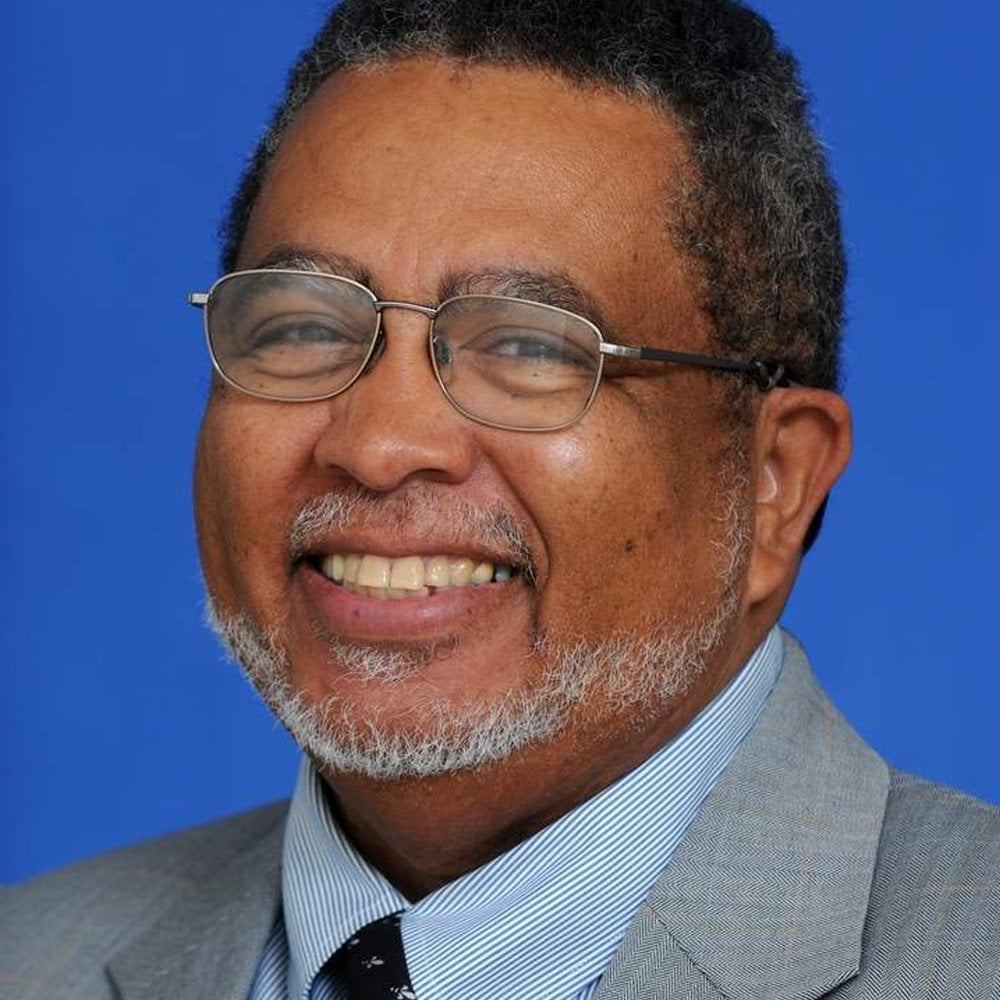
Adolphus Hailstork - Rho Mu - 2010
Dr. Adolphus Hailstork was initiated into the Rho Mu Chapter at Norfolk State University in 2010. He is a composer and educator who has composed numerous works for chorus, solo voice, piano, organ, various chamber ensembles, band, and orchestra.Brother Hailstork was born in Rochester, New York but grew up in Albany where he began to study violin, piano, organ, and voice. He began to compose after much encouragement from his high school band director and eventually obtained a degree in theory from Howard University. The following summer Hailstork traveled to France to study with French composer Nadia Boulanger. Boulanger is renowned for teaching many of the 20th century’s leading composers and musicians.
When Hailstork returned to America he continued his education at the Manhattan School of Music where he earned a master’s degree in composition. After a two-year tour of duty with the U.S. Army in West Germany from 1966 to 1968, Hailstork obtained his doctorate at Michigan State University. By 1971 he had landed his first post-doctorate position at Youngstown State University in Youngstown, Ohio.
Dr. Hailstork currently serves as Professor of Music and Eminent Scholar at Old Dominion University in Norfolk, Virginia. He has received several awards including a Fulbright fellowship and the Brock Commission from the American Choral Directors Association. In 1992, he was named a Cultural Laureate of the Commonwealth of Virginia and continues to be commissioned for his talent as a composer.
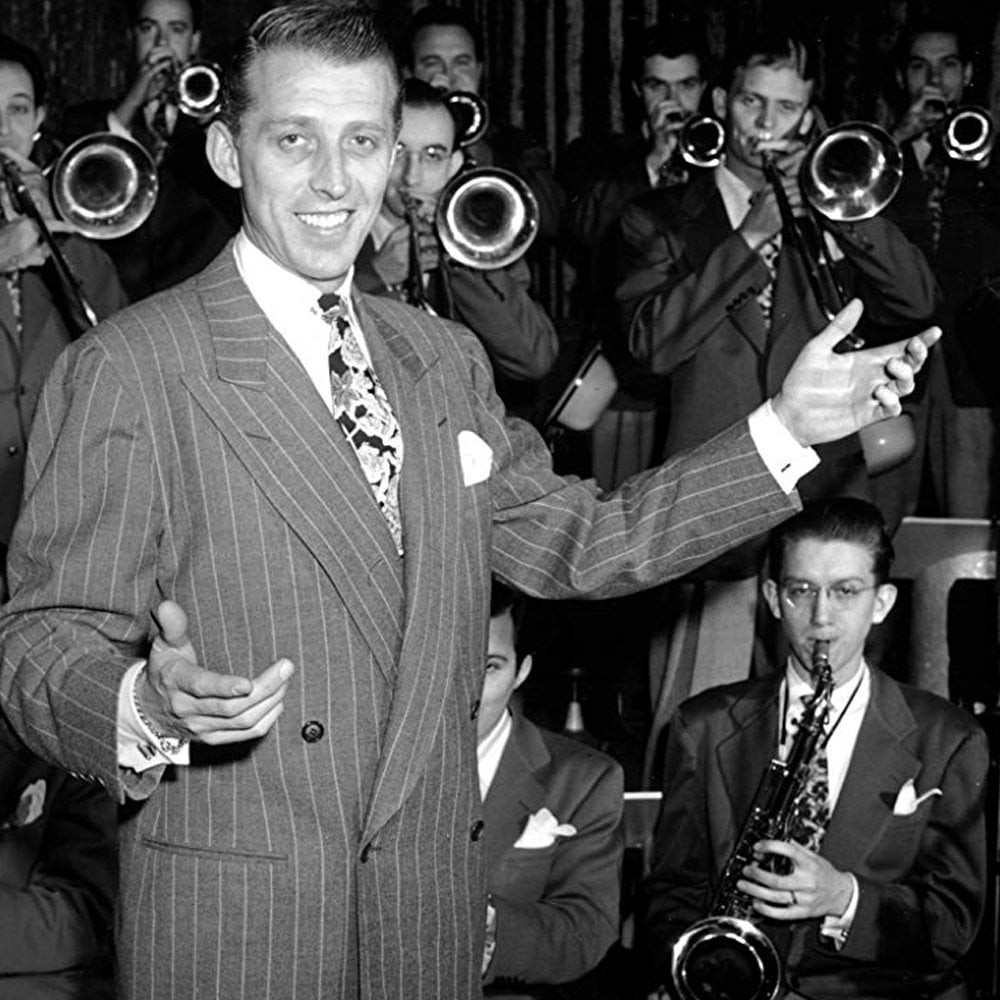
Stan Kenton - Gamma Epsilon- 1961
Born December 15, 1911, in Wichita, Kansas, Kenton left the state with his family when he was six weeks old. Although he spent little time in Kansas, he still considered it his home state and Wichita his hometown. Many times he returned to Wichita to perform and he always received a hometown reception.Kenton was unique in several ways. As an artist he was never satisfied to remain within the defined limits of the type of music he was performing. He was quoted in a newspaper interview as stating, “No art form lasts for an eternity. The moment of creation is the most potent time; then it diminishes until it finally has no meaning for the society around it.” With this as his philosophy of music, Kenton was a constant target of music critics that attacked his compositions because they did not conform to the status quo. He paid little attention to his critics or the rules he was supposed to follow.
Perhaps the most unique part of Kenton’s personality was his innovativeness. In another newspaper interview he commented, “I have a problem with myself. I’m just not much for the past. When guys come around to talk about the good old days, I’m not much interested. I’m more concerned with what’s happening next.” His innovations included pioneering the form of jazz called, “Third Stream,” which is a blending of American jazz with European classical music. In the 1960s he experimented with a band featuring the mellophonium, which was a cross between a trumpet and a trombone. Later in the decade he established the Neophonic Orchestra, which was the first permanently established orchestra in the world devoted to contemporary music. He also made a habit of conducting clinics at universities. The clinics were his way of teaching young people his art and also ensuring that his brand of music would not die. Kenton died in California on August 25, 1979, but his music survives.
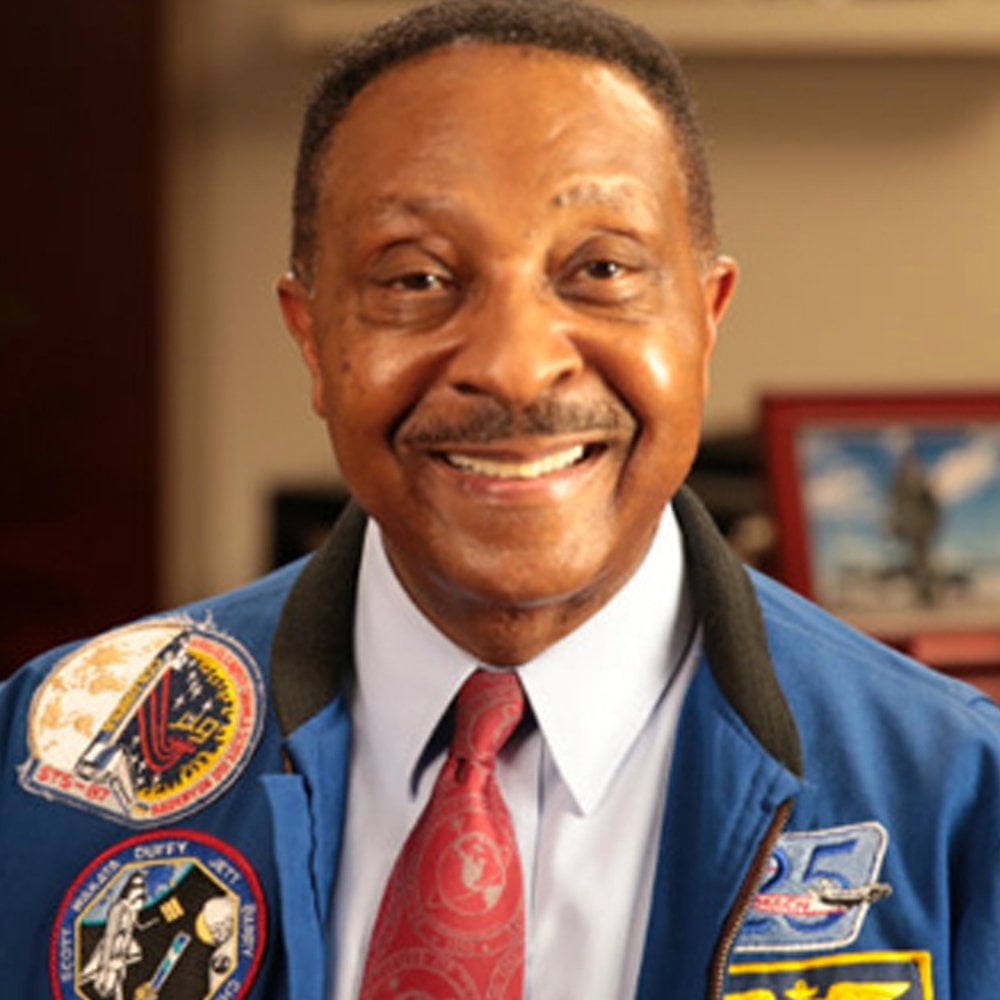
Winston Scott - Epsilon Iota - 1970
Astronaut Winston E. Scott was initiated into the Epsilon Iota Chapter in 1970. Raised in Miami, Brother Scott’s largely segregated education provided little access to resources, but his own determination combined with the dedication of his teachers set him on an inspiring path of achievement. His journey to the stars is a testament to the power of perseverance and vision.Scott was selected by NASA and reported to the Johnson Space Center in August 1992. He served as a mission specialist on STS-72 in 1996 and STS-87 in 1997 and has logged a total of 24 days, 14 hours and 34 minutes in space, including 3 spacewalks totaling 19 hours and 26 minutes. During his time in space, he evaluated techniques utilized in the assembly of the International Space Station and several experiments such as the effects of zero gravity on physical functions of the human body.
Before joining NASA, Brother Scott earned a distinguished record of service as a naval aviator and officer. While on active duty he served as a fighter pilot, production test pilot, and as a research and development project pilot. He has accumulated more than 5,000 hours of flight time in more than 20 different aircraft.
In 2009 Brother Scott was named a Signature Sinfonian by Phi Mu Alpha. He is a published author, currently serving as the Senior Vice President for External Relations and Economic Development at Florida Institute of Technology. Scott also leads the Cosmic Jazz Ensemble as a trumpeter and directs the advanced jazz ensemble at the institute. As a musician, Navy veteran, and astronaut, Scott spends all the time he can inspiring the next generation to take on the mantel of discovering a bright new future for humanity.
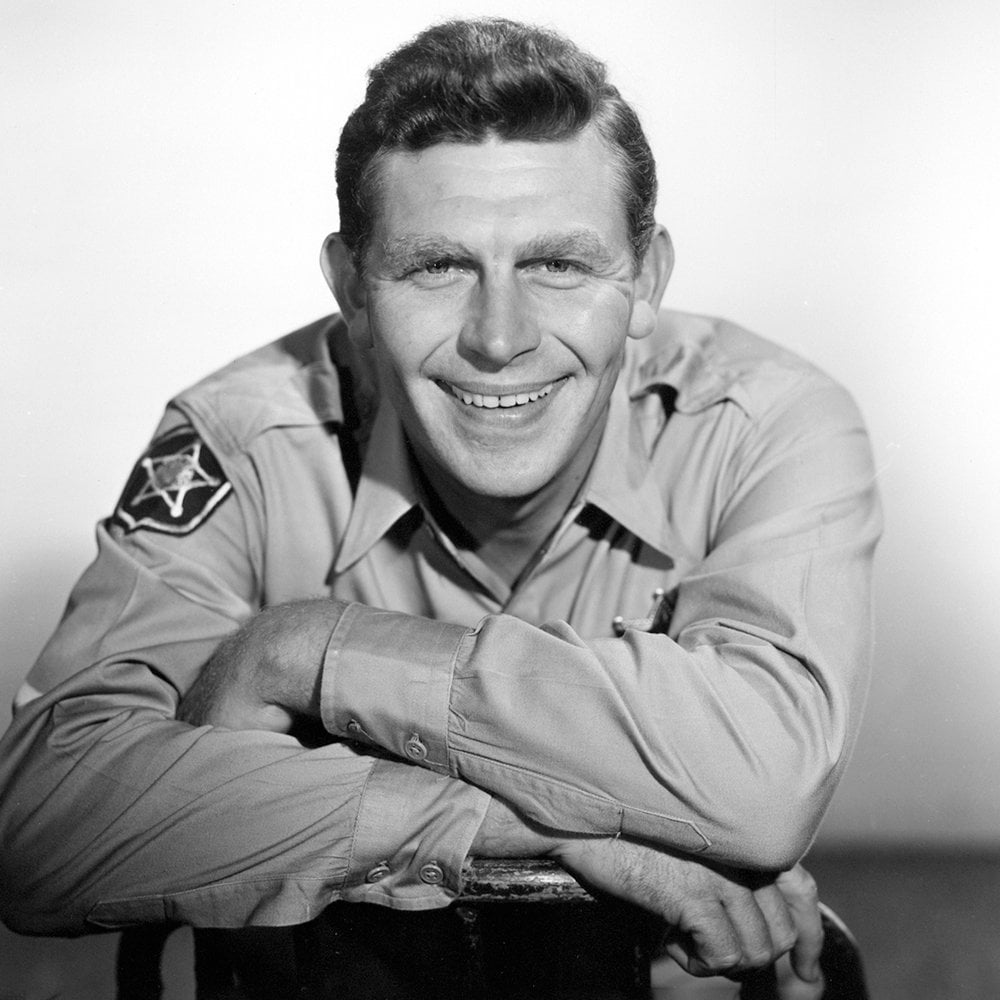
Andy Griffith - Alpha Rho- 1945
Andy Griffith is best known for his starring roles in two very popular television series, The Andy Griffith Show (1960) and Matlock (1986). Griffith earned a degree in music from the University of North Carolina at Chapel Hill. In the 1950s, he became a regular on The Ed Sullivan Show (1948) and The Steve Allen Plymouth Show (1956). He was featured in the Broadway play “No Time for Sergeants” (1955) for which he received a Tony nomination, and he later appeared in the film version. His film debut was in the provocative and prophetic A Face in the Crowd (1957), in which Griffith gave a performance that has been described as stunning.On The Andy Griffith Show (1960), Griffith portrayed a folksy small-town sheriff who shared simple heartfelt wisdom. The series was one of the most popular television series in history. It generated some successful spin-offs, and the original is still seen in reruns to this day. Griffith created his own production company in 1972, which produced several movies and television series. In 1981, he was nominated for an Emmy for his portrayal in Murder in Texas (1981). In 1983, Griffith was stricken with Guillain-Barre syndrome, but he recovered after rehabilitation. In 1986, he produced and starred in the very successful television series Matlock (1986). The series spawned numerous television movies as well. When he accepted the People’s Choice Award for this series, he said this was his favorite role. Andy Griffith died at age 86 of a heart attack in his home in Dare County, North Carolina on July 3, 2012.
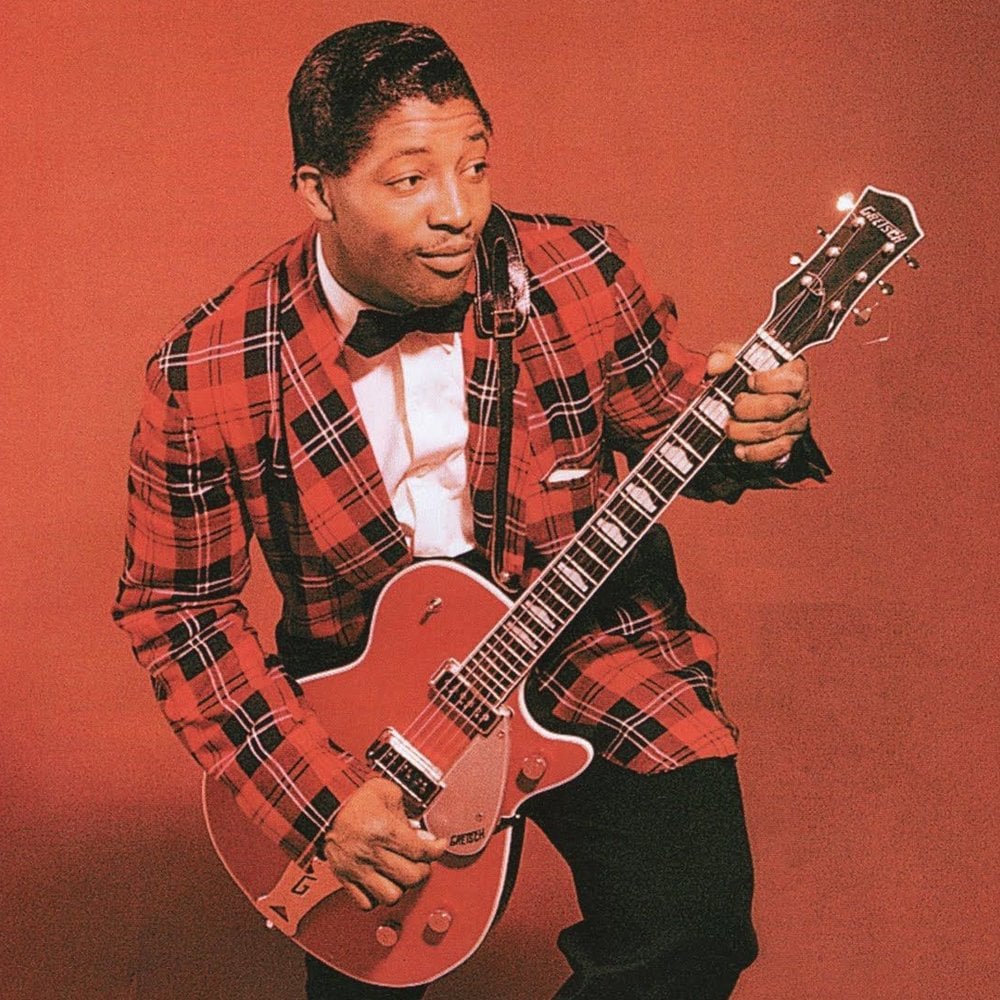
``Bo Diddley`` - Eta Omega - 1999
Ellas McDaniel, who performed under the stage name “Bo Diddley,” was an American singer, guitarist, songwriter who shook the foundations of the blues on its way to what we know as rock ‘n’ roll.Brother McDaniel was a 1999 initiate of the Eta Omega Chapter at the University of Florida. Born as Ellas Otha Bates, he was adopted and raised by his mother’s cousin, Gussie McDaniel, whose last name he took as his own. From a very early age, McDaniel took up a fascination with fast-paced, rhythmic music and started learning how to play guitar. He spent many of his early days as a young artist performing on street corners of Chicago with friends. This led him to join forces with musicians like Earl Hooker, Roosevelt Jackson, and Jody Williams.
By 1951, Brother McDaniel’s unique sound had landed him a regular spot at 708 Club on Chicago’s southside. Just four years later his first hit single would reach No. 2 on the Billboard singles chart. By the start of the 1960s, McDaniel had revolutionized rock ‘n’ roll with his music and his one of a kind persona. Although the market seemed to dwindle for his music in the United States, McDaniel quickly saw an emerging demand in Europe that paved the way for a tour of Britain performing with Little Richard, the Everly Brothers, and the Rolling Stones.
Work in recording for McDaniel had practically dried up by the 1970s and he relocated to New Mexico where he served as a deputy sheriff for the town of Los Lunas for nearly three years. McDaniel continued to appear as a performer and public figure well into the new millennium. He was inducted into the Rock and Roll Hall of Fame in 1987 and the National Academy of Recording Arts and Sciences Hall of Fame in 1998. The final album he recorded, “A Man Amongst Men,” was nominated for a Grammy in 1996.
Brother McDaniel made his mark as a musical pioneer, one of many that changed the course of modern popular music as know it today. He will always be remembered as a musician of lasting historical importance.
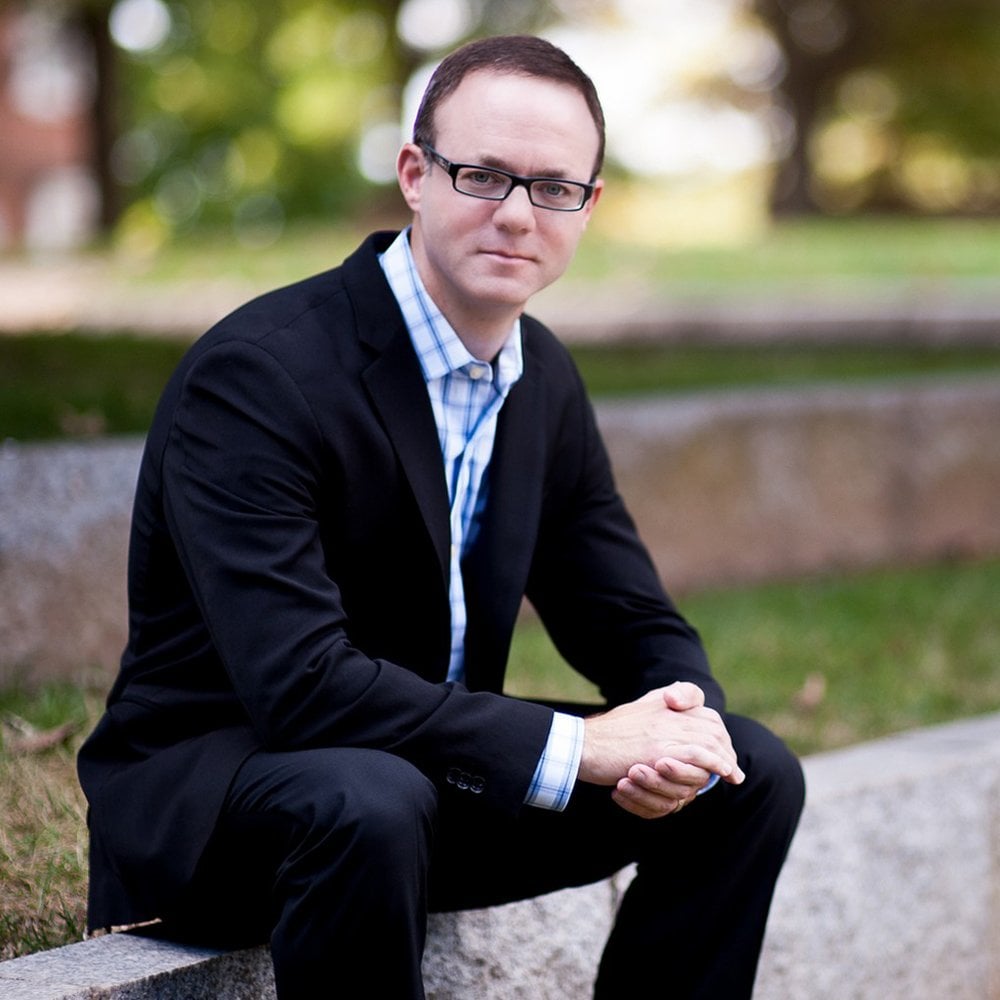
Brian Balmages - Beta Xi - 2016
Brian Balmages is an award-winning composer and conductor whose music has been performed throughout the world with commissions ranging from elementary schools to professional orchestras. World premieres have included prestigious venues such as Carnegie Hall, the Kennedy Center, and Meyerhoff Symphony Hall. His music was also performed as part of the 2013 Presidential Inaugural Prayer Service, which was attended by both President Obama and Vice President Biden. He is a recipient of the prestigious A. Austin Harding Award from the American School Band Directors Association and in 2016 was awarded the James Madison University Distinguished Alumni Award from the School of Visual and Performing Arts (the first year the award was given). In the same year, he was commissioned by his other alma mater, the University of Miami, to compose music for the inauguration of the institution’s 6th president, Dr. Julio Frenk.
As a conductor, Mr. Balmages enjoys regular engagements with all-state and region bands and orchestras, as well as university and professional ensembles throughout the world. Notable guest conducting appearances have included the Midwest Clinic, Western International Band Clinic, College Band Directors Conference, American School Band Directors Association National Conference and others. Additional conducting appearances have included the Kennedy Center and Meyerhoff Symphony Hall as well as engagements in Australia, Canada and Italy. He received his bachelor’s degree in music from James Madison University and his master’s degree from the University of Miami in Florida. Currently, he is Director of Instrumental Publications for The FJH Music Company and Assistant Director of Bands and Orchestras at Towson University.
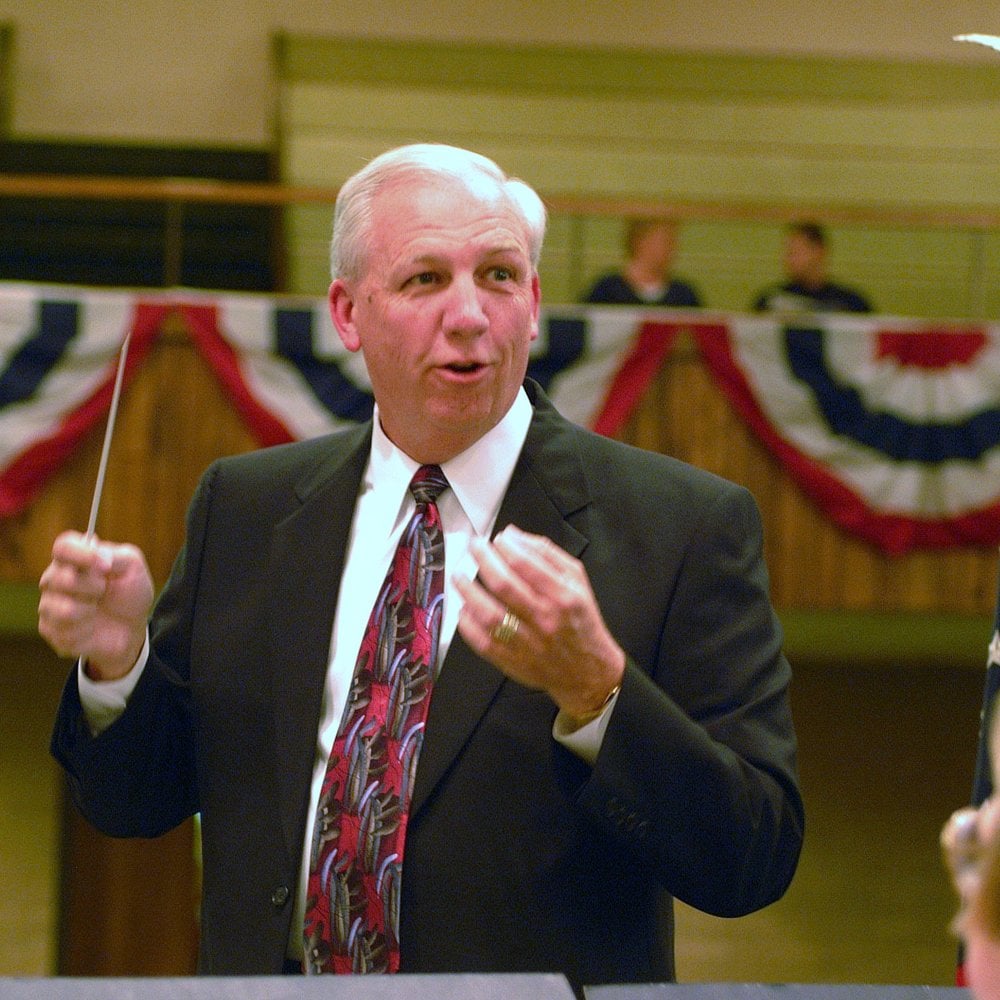
James Swearingen - Iota Omicron - 1968
James Swearingen’s talents as a performer, composer/arranger and educator include a background of extensive training and experience. He has earned degrees from Bowling Green State University and The Ohio State University. In recognition of distinguished contributions, Brother Swearingen was recently named Professor Emeritus at Capital University. Before his appointment at Capital in 1987, he spent eighteen years teaching instrumental music in the public schools of central Ohio.Brother Swearingen currently serves as a staff arranger for the famed Ohio State University Marching Band. In addition to his arranging responsibilities, Mr. Swearingen manages to be very active as a guest conductor, adjudicator, and educational clinician. Appearances have included trips throughout the United States, as well as Australia, Canada, Europe, Japan, Norway, the Republic of China and Singapore. With over 600 published works, he has written band compositions and arrangements that reflect a variety of musical forms and styles.
He is a recipient of several ASCAP awards, named Accomplished Graduate of the Fine Arts by Bowling Green State University, a member of The American Bandmasters Association, a recipient of the Columbus Symphony Orchestra’s Community Music Educator Award in 2002, and has received many other prestigious awards and titles.
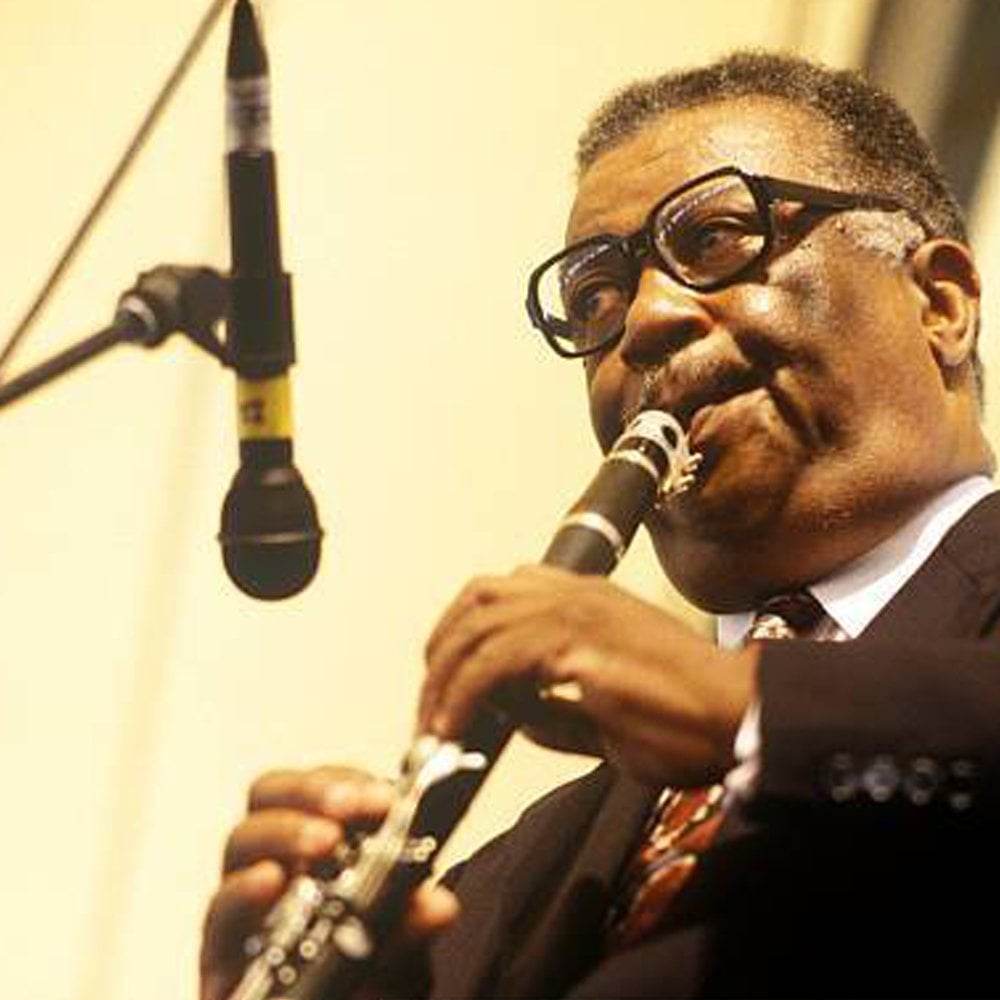
Alvin Batiste - Mu Psi - 1973
Alvin Batiste was initiated at the Mu Psi Chapter at Southern University in 1973. He was a composer, performer, and longtime educator at Southern University.Initially, Batiste had no real interest in playing the clarinet. It wasn’t until he heard Charlie Parker’s recording of “Now’s the Time” that he had any interest. After that moment, he was so inspired and began practicing regularly and applying himself in high school.
For a few years, after graduating from Booker T. Washington High School, Batiste picked up small time gigs backing local musicians and artists. Eventually, he began schooling at Southern University, where he studied classical music almost exclusively.
While at Southern he had affectionately earned the name “Mozot” after being selected to play Wolfgang Mozart’s concerto for clarinet and orchestra with the New Orleans Philharmonic Orchestra. He had been the first African American student to chosen to play such a feature.
Soon after graduating from Southern University, Batiste left for the city of Los Angeles in 1956. Two years later, he had caught a break and began touring with legendary musician Ray Charles. Perhaps one of the most memorable moments of his tour was the moment Batiste reportedly upstaged the “Genius of Soul” by playing a brilliant solo during the set. He was later chastised but took it in good nature. The incident led him to later compose the piece “Ray’s Segue.”
Midway through the 1960s, Batiste was completing a master’s degree at Louisiana State University back in his home state. After joining the faculty at Southern University in 1969, he founded the Jazz Institute, which would later be renamed the Alvin Batiste Jazz Institute. He continued to teach there for seventeen years. Several musicians who studied under Batiste became icons in the world of jazz, including saxophonist Branford Marsalis and pianist Henry Butler, both Brothers in Phi Mu Alpha.
Alvin Batiste’s later career focused towards the studio recording of several albums, continuous practice, and tours with the Batiste Jazz Institute’s band, the “Jazztronauts.” Beyond his talent, hit albums, fame, and countless awards, Batiste was given the title and award of “Signature Sinfonian” in 2007 before passing away at the age of 74. Alvin Batiste was admired by many for his caring nature and personal influence.
Famed American jazz and blues pianist, Henry Butler, is quoted as saying the following about Batiste;
“He was not only a teacher, he was my father away from home. He taught us about music, the history of music and the business of music.”
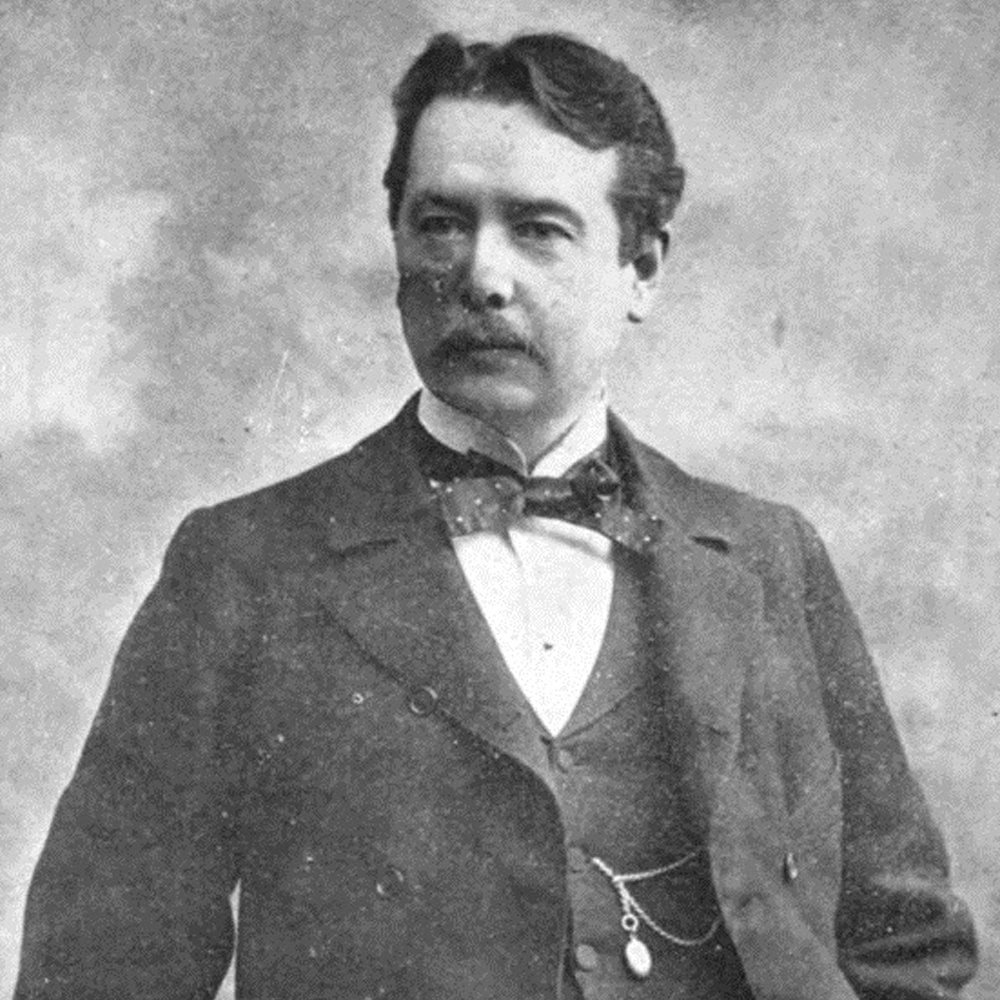
George W. Chadwick - Alpha Alpha - 1909
George Whitefield Chadwick was born in Lowell, Massachusetts on November 13, 1854. His mother died shortly after his birth. His father remarried and George quickly learned to become self-reliant. As a youngster, he received brief musical instruction from his brother. Both his father and brother participated in the great 1869 Peace Jubilee in Boston, as members of the 10,000-member chorus. That massive concert had a strong impact on the 15-year-old Chadwick. In 1871, he dropped out of high school in order to devote more time to the study of music. To pay for music lessons, he became a clerk in his father’s successful insurance business. One year later, he entered the New England Conservatory of Music as a special student and assumed the post of organist at a Congregational church.In 1876, against his father’s wishes, Chadwick accepted a one-year position at Olivet College, Michigan. The same year, Theodore Presser enlisted him as a founding member of the Music Teachers National Association. At the inaugural meeting in Delaware, Ohio, Chadwick delivered a paper titled “Popular Music–Wherein Reform Is Necessary.”
Determined to have a broad music education, he traveled the next year to Europe. After studying for three months in Leipzig with Salomon Jadassohn, he entered the Leipzig Conservatory, where his success as a composer began. Chadwick’s String Quartet No. 2 in C Major and concert overture Rip Van Winkle received critical acclaim, the latter work winning the Conservatory’s award as the best composition of 1879. That autumn, he decided to gain additional training at the Königliche Musikschule in Munich, where he studied organ and composition with Joseph Rheinberger.
Chadwick returned to Boston in 1880, where one of his first private pupils was the young Horatio Parker. That year, the venerable Handel and Haydn Society invited him to conduct his Rip Van Winkle overture. During the next season, The Arlington Club performed his Margarita for men’s chorus, and the Apollo Club presented The Viking’s Last Voyage. In 1882, he accepted positions as organist at the Park Street Church and on the faculty of the New England Conservatory of Music. He assumed the directorship of the Conservatory in 1897, a position he held until 1930. Under his leadership, the conservatory modernized its curriculum and adopted a more European model. Chadwick instituted an opera workshop and a repertory orchestra. Orchestration and harmony courses were based on the study of concrete musical examples rather than abstract principles. His textbook, Harmony: A Course of Study (1897) experienced such success that it was reissued in 74 subsequent editions.
He devoted much time to administrative and teaching duties at the conservatory, composing mostly during the summers on Martha’s Vineyard. He developed and regularly conducted the conservatory’s orchestra and also served as director of the Springfield Festival (1890-99) and the Worcester Festival (1897-1901). He composed Phoenix expirans (1892) for the Springfield Festival and his largest score, the lyric drama Judith, for the Worcester Festival. In his later years, his verismo opera The Padrone was rejected by the Metropolitan Opera, but he experienced success with major choral and orchestral works at the Norfolk Festival. These include his Christmas oratorio Noël (1907-08) and a tribute to his Celtic heritage, the symphonic ballad Tam O’Shanter (1914-15).
Chadwick is often dubbed the dean of American composers because of his position as conservatory director, his textbooks, and his teaching. He directly influenced important turn-of-the-century composers such as Horatio Parker, Daniel Gregory Mason, Frederick Converse, and William Grant Still. He received honorary degrees from Yale (A.M., 1897) and Tufts (LL.D., 1905). He was a member of the National Institute of Arts and Letters (1898) and the American Academy of Arts and Letters (1909). George Whitefield Chadwick died on April 4, 1931.
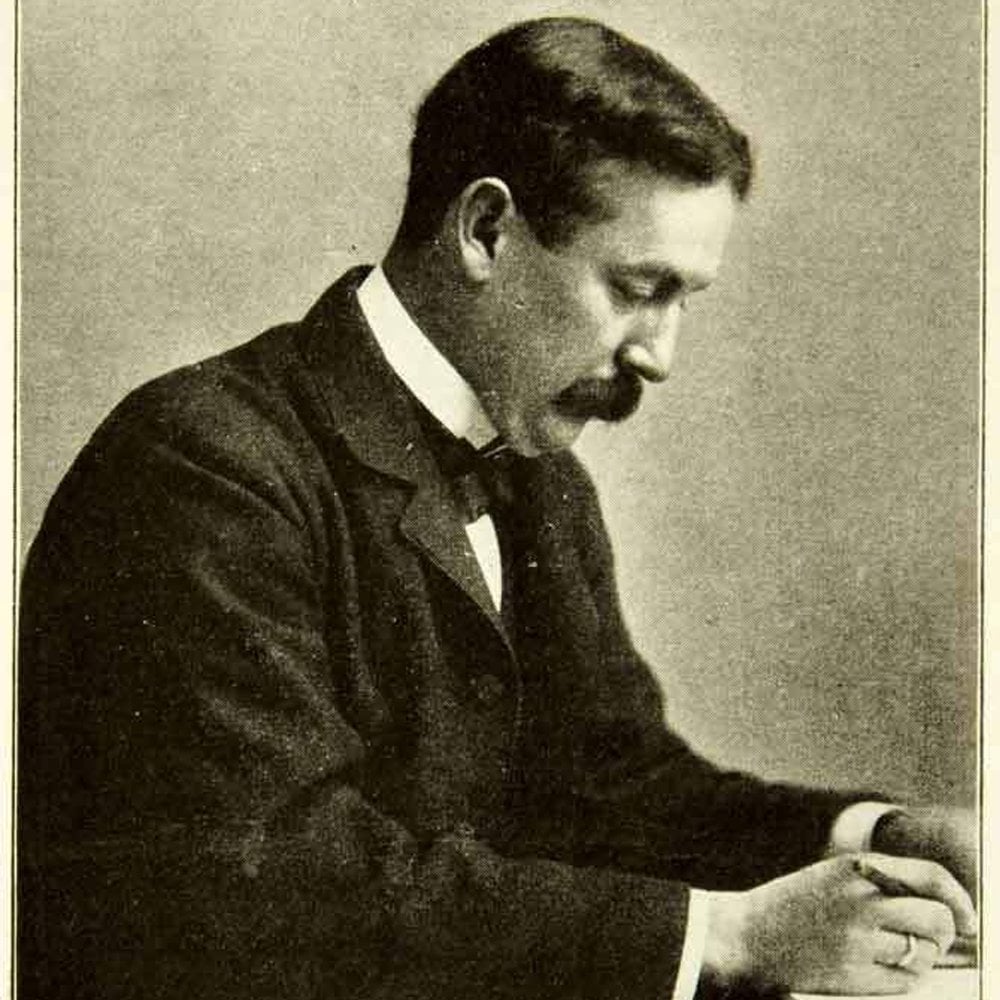
Horatio Parker - Alpha Alpha - 1915
Horatio William Parker was born in Auburndale, Massachusetts, on September 15, 1863. He received his earliest musical training from his mother, Isabella Jennings Parker, who instructed him in piano, organ, and music theory. He went on to study with pianist John Orth, theorist Stephen Emery, and composer George Chadwick, with whom Parker maintained a lifelong friendship. Although he began composing small pieces during this early period, Parker’s first major works were composed under the tutelage of Josef Rheinberger while he was attending the Hochschule für Musik in Munich from 1882 to 1885.From 1885 to 1893, Parker worked as organist and choirmaster at a series of churches in New York: St. Luke ‘s in Brooklyn, St. Andrew’s in Harlem, and the Church of the Holy Trinity in Manhattan. His church music career in New York led to the composition and publication of a significant number of anthems and other sacred works. Parker’s increasing recognition as a prominent young composer culminated in 1893, when he received the National Conservatory prize in composition for his cantata Dream-King and His Love and the Church Choral Society of New York commission and performance of his oratorio, Hora novissima.
Parker left New York in the fall of 1893 to take a position at Boston’s Trinity Church. After only one year in Boston, he relocated to New Haven, Connecticut, to accept the Battell Professorship in music at Yale University. Parker’s new career direction, in a faculty position that he would hold through the end of his life, established him as a leading educator of young American composers. His students at Yale included Charles Ives, Seth Bingham, Quincy Porter, and Roger Sessions. Parker became dean of the School of Music at Yale University in 1904.
The popularity of Parker’s choral compositions extended beyond the United States. In 1899, Parker conducted a performance of Hora novissima at the Three Choirs Festival in Worcester, England, becoming the first American composer to participate in the prestigious event. A major new commission, The Wanderer’s Psalm, and other British festival performances of his works occurred in the years to follow. On June 10, 1902, Parker was awarded an honorary doctor of music degree from Cambridge University.
In addition to teaching and composing, Parker continued to cultivate his career as a choral and orchestral conductor. He was the principal conductor of the New Haven Symphony Orchestra from 1895 to 1918 and the director of the Derby Choral Club from 1904 until his death in 1919. In 1903, Parker founded the New Haven Oratorio Society, and in 1907 he became the director of Philadelphia’s Orpheus Club male chorus and its sister group, the Eurydice Chorus.

Arthur Foote - Alpha Alpha - 1914
Arthur Foote was born in 1853 in Salem, Massachusetts, and grew up in Boston. After beginning his music education at age twelve, he studied harmony at the New England Conservatory before entering Harvard College in 1870. There he studied counterpoint and fugue with John Knowles Paine. He also led the Harvard Glee Club (1872-74), where he gained practical experience in working with voices. One year after graduating, Foote returned to Harvard to earn a Master of Arts degree in music, the first granted by an American university.While working on his master’s degree, Foote studied organ with B. J. Lang, one of the leading musical figures in Boston and the city’s foremost choral conductor. Lang led the Apollo Club and Cecilia Society in Boston premieres of new works by Berlioz, Wagner, and others. He also championed choral works by American composers and was instrumental in convincing Foote to pursue a musical career. In 1876, Foote accepted the post of organist at the Church of the Disciples. Two years later he moved to the First Unitarian Church, where he served as organist for more than thirty years. During his tenure there, he edited two Unitarian hymnals in 1890 and 1896. He was one of the founders of the American Guild of Organists in 1896 and served as national president from 1909 to 1912.
During his lifetime, his compositions in the area of chamber music brought him most acclaim, including performances at the World Exposition of 1893. Several of his orchestral compositions were premiered by the Boston Symphony. The Suite in E Major, op. 63, was championed by Serge Koussevitzky and achieved great popularity. His Four Character Pieces after the Rubáiyát of Omar Khayyám, op. 48, received praise for its colorful orchestration.
Foote’s list of vocal compositions includes one hundred songs, fifty-two part-songs, and thirty-five anthems. He wrote three choral-orchestral works on texts of H. W. Longfellow: The Farewell of Hiawatha (1885), The Wreck of the Hesperus (1888), and The Skeleton in Armor (1891). After the first performance of The Farewell of Hiawatha, led by Foote’s mentor B. J. Lang, the composer sent the score to composer/conductor Dudley Buck in hopes of gaining a performance by Buck’s groups in Brooklyn. Buck answered that he was very interested in programming American works, but he offered one slight criticism: “Don’t write too high continuously for American tenors. It is not the compass per se, — that we have, but the sustaining of reiterated high tones as compared with German voices.”[1] In his anthem writing, on the other hand, Foote intentionally tried to write pieces that were accessible to the congregation and easy for the singers. He was perplexed, therefore, that his most popular anthem, Still, Still with Thee, was one of his most difficult.
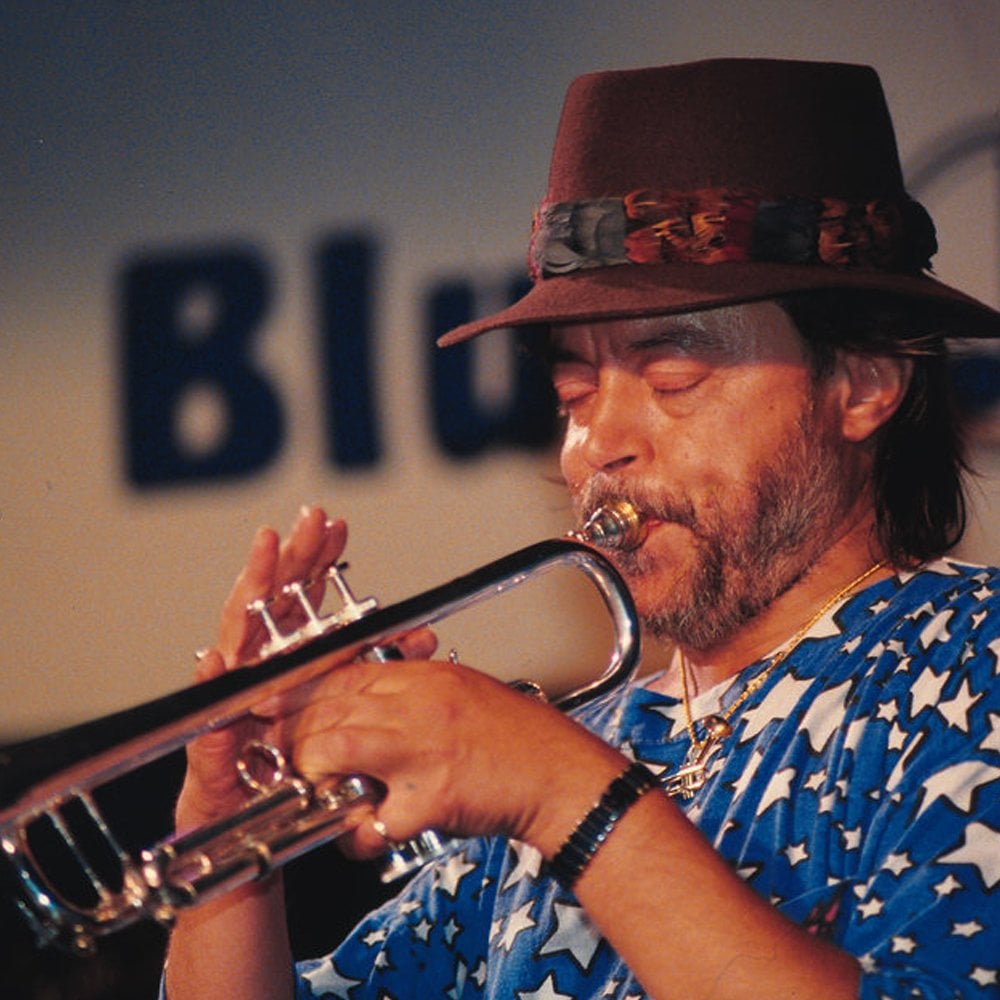
Chuck Mangione - Alpha Nu - 1971
Rochester native Chuck Mangione was born into a large, music-loving family.Chuck has often recalled that his father, a tremendous jazz fan, invited touring musicians who were performing in Rochester home for a good Italian dinner and some wine. While he was still a boy, Chuck had met a Who’s Who of 1950s jazz royalty, including such great artists as Art Blakey, Sarah Vaughan, and the man he claimed as a “musical father,” Dizzy Gillespie.
With so much great music in his childhood, it is no surprise that Chuck attended the Eastman School of Music, playing trumpet and graduating in 1963 with a Bachelor’s degree in music education. BY that time he had recorded several albums with pianist brother Gap, performing as The Jazz Brothers.
In 1968, Chuck Mangione returned to Eastman, directing the Eastman Jazz Ensemble until 1972 and helping to expand the School’s jazz programs. In 1970, he also presented the famous Friends and Love concert with the Rochester Philharmonic Orchestra, which was recorded for Mercury Records and shown numerous times on PBS. When Chuck left Eastman, he was well on his way to “household name” status as a composer, arranger, flugelhorn player, and bandleader.
Within the next ten years, Chuck had won two Grammy awards and an Emmy, and his album Feels So Good became one of the most successful jazz albums ever produced. An estimated 90,000,000 people heard Chuck perform at the closing ceremonies of the 1980 Winter Olympics in Lake Placid. An honorary doctorate from the University of Rochester in 1985 put Chuck in the company of such American musical icons as Aaron Copland, Isaac Stern, and Rudolf Serkin. In May 2007, Chuck received Eastman’s Alumni Achievement Award at a concert recreating Friends and Love.
Newsweek began a profile of him with the words: “Chuck Mangione makes jazz that sounds the way he looks – ingenious, upbeat, and instantly likeable.” For his own part, Chuck has said, “If you’re honest and play with love, people will sit down and listen … My music is the sum of all I have experienced.”

André Thomas - Zeta Phi - 1971
Heralded as a “living legend” by the African Diaspora Sacred Music and Musicians Program, Brother André Thomas has conducted several ensembles worldwide. He continues to inspire countless people to a greater love of the arts through personal philosophy and independent musical growth.Thomas was initiated into the Zeta Phi Chapter at Friends University in 1971. From an early age, he grew up listening to his mother sing in church, and this is where his fascination with music would begin. While he had taken some piano lessons from members of the church, Thomas was predominantly self-taught in his early years. It wasn’t until high school that he would take piano lessons formally. Thomas was attracted by the energy and passion of the choral groups of Friends University in Wichita, Kansas, where he began his collegiate education. After a few years of teaching vocal music in public school systems, Brother Thomas pursued a master’s degree in piano performance at Northwestern. He later earned his doctorate under the guidance and mentorship of Harold A. Decker (Gamma Sigma, Wichita State University, 1947). Decker was responsible for creating the first Doctor of Musical Arts program in choral music in the United States. It was Decker’s guidance, Thomas recalls, that taught him how to run a graduate program where the welfare and development of the student is the highest priority.
Throughout his career, Brother Thomas has been known as a conductor, composer, professor, and author. He was named an Owen F. Sellers Professor of Music by Florida State University and appointed recently as Professor of Choral Conducting and Interim conductor of the Yale Camerata for 2020-2021. Thomas has received several awards for his service, including the Robert Shaw Award in 2017, the American Choral Directors Association’s highest honor. As an author, Thomas is renowned for his book, “Way Over in Beulah Lan’,” a work dedicated to understanding the Negro Spiritual. The first of the book’s two sections includes an exploration of the beginnings of the spiritual, its role in society, and its transition into art music. The second section is a study of performing the spiritual, exploring text, diction, rhythm, and tempo.
Music all together is a fusing of mind, body, and spirit. Music enables people to cope with issues that arise out of the human condition, and Brother Thomas believes that music aids in the exploration of the emotions that make us human. Most importantly, he endorses the idea that music is cathartic, and that it can be used to bring people together from diverse racial, cultural, social, and economic backgrounds. For Thomas, this is the real power of music.
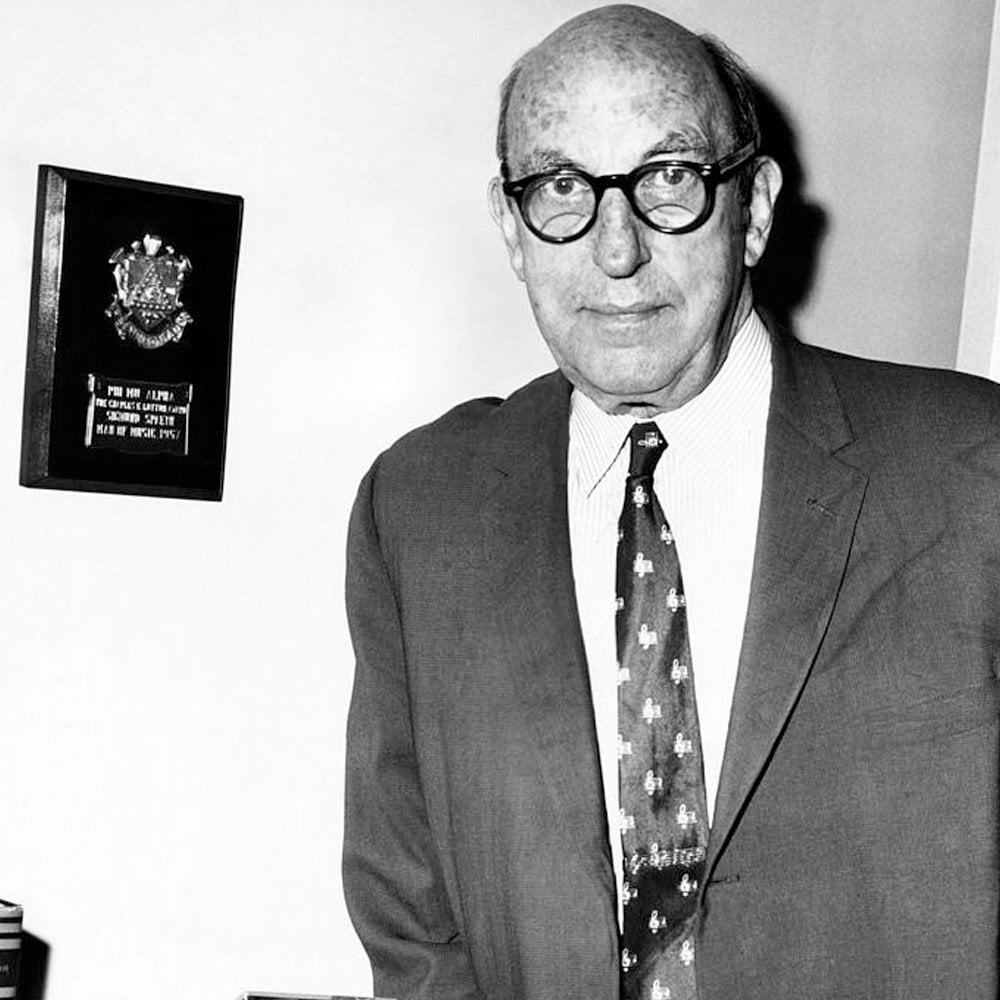
Sigmund Spaeth - Iota - 1910
Dr. Sigmund Spaeth was a man who worked to promote the idea that “music should not be limited to people of talent” but rather that music should be enjoyed by everyone, listeners, and performers alike.Brother Spaeth was a charter member of the Iota Chapter of Phi Mu Alpha at Northwestern University in 1910. His name as a composer and musicologist was interwoven with American music for several decades from the early 1920s through the late 1940s. After attending Haverford College (where he would compose the alma mater) he earned a doctorate degree from Princeton University. Spaeth was a well-known music critic on several newspapers including the “New York Times” and “The Boston Evening Transcript.” He would also compose music for the movies “Show Boat” and “The Trespasser.”
Spaeth was the author of several books such as “A History of Popular Music in America” and “The Common Sense of Music.” These works helped show the ties between popular songs of the time and old American folk songs. His vast knowledge of musical heritages led to the premiere of his NBC programs “Keys to Happiness” and “The Tune Detective.” On many occasions, he was sought out as an expert witness in the courtroom testifying against musical plagiarism. As a passionate supporter of barbershop quartet singing, Spaeth would spend much time outside of his profession organizing musical groups for the blind and arranging to have records sent to servicemen overseas.
In 1958, Brother Spaeth was named Phi Mu Alpha’s 4th “Man of Music” at the 35th National Convention for his contributions to American art and culture as well as his study of the origins of American popular music.

Michael Leckrone - Alpha Sigma - 1956
Michael Leckrone served as the longtime Director of the Marching Band and Director of Bands at the University of Wisconsin. A native of Indiana, Brother Leckrone received his Bachelor and Master of Music degrees from Butler University in Indianapolis and has continued his studies at the doctoral level at Indiana University. Before coming to Wisconsin he taught at his alma mater, where he developed one of the finest marching bands in the Midwest. He is in constant demand as a clinician, guest conductor and adjudicator for concert and marching bands throughout the United States and Canada, and his experience also includes considerable professional work as an arranger, composer, and performer.Leckrone holds memberships in numerous professional organizations, as well as such honorary fraternities as Kappa Kappa Psi, Phi Kappa Lambda, Phi Kappa Phi, and Phi Beta Mu. He is a 30-year member of ASCAP and has been elected to the American Bandmasters Association. In 1970 he was cited as an “Outstanding Educator of America” by the Outstanding Americans Foundation, in 1973 was awarded the “Outstanding Bandmaster Award” by the Wisconsin Chapter of Phi Beta Mu, and in 1986 was presented with a Citation of Excellence by the National Band Association. He is a recipient of the “Pat O’Dea Award,” the “Blue Line Club Distinguished Service Award,” the “Badger Basketball Boosters Distinguished Service Award,” the UW Alumni Club “Distinguished Faculty Award,” the Wisconsin Newspaper Writers “Special Edition Award,” and the Wisconsin Sports Hall of Fame “Good Guy” award. Brother Leckrone was recently inducted into the Wisconsin Hockey Hall of Fame as well as the Wisconsin Football Hall of Fame and has been commissioned a “Kentucky Colonel” by the Governor of Kentucky. He has been honored as “Father of the Year” by the American Diabetes Association; has been cited a “Badger Legend” by the Governor of Wisconsin and was named one of 10 Madison Musical Legends by Madison Magazine as well as designated one of the Wisconsin State Journal’s “Sesquicentennial People of Note,” and was recently selected to be an honorary member of the National “W” Club. The University of Wisconsin has also honored him with an appointment to a prestigious “John Bascom Professorship.” In 2007 he was presented with a “Lifetime Achievement Award” by the Wisconsin Foundation for School Music, (this was only the second time this preeminent award had been conferred), and in 2010 the Wisconsin State Historical Society presented him with the “Spencer Tracy Award for Distinction in the Performing Arts”, and in 2013 the Madison Area Music Association named him the recipient of the Michael St. John Lifetime Achievement Award.
Micheal has composed or arranged music for numerous high school and university bands, and over 200 of his arrangements and compositions for marching band and concert band have been published. He is also the author of two texts for use by marching band directors, a handbook for band arranging and a text dealing with popular music in the United States. Mr. Leckrone is now entering his 50th year as director of the Wisconsin Band.
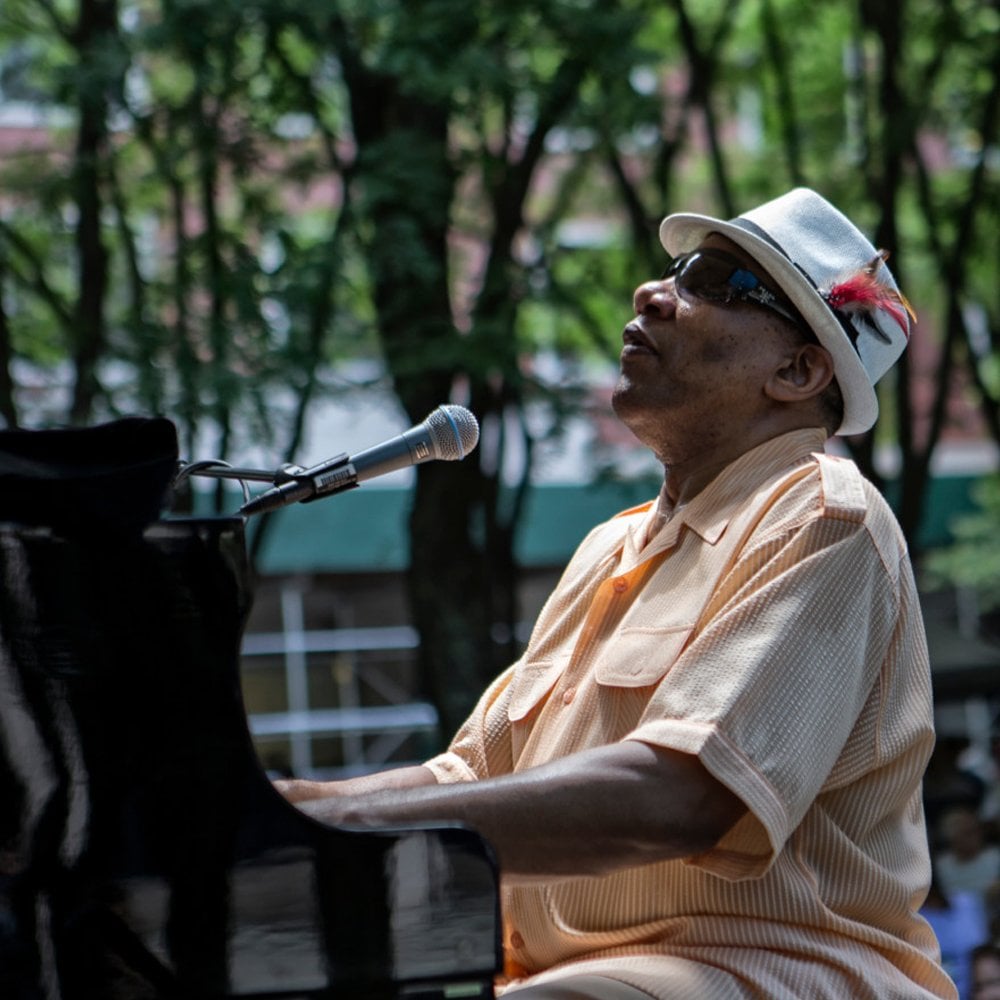
Henry Butler - Mu Psi - 1969
Henry Butler was initiated into the Mu Psi Chapter at Southern University in 1969. Butler’s music is a cornerstone of the New Orleans sound and was described by Jon Pareles of the New York Times as “encyclopedic, precise, and wild.” Although Butler would eventually resettle in Brooklyn during the aftermath of Hurricane Katrina in 2005, the city of New Orleans always stayed close to his heart.Brother Butler was blinded by glaucoma at a very early age and began schooling at the Louisiana State School for the Blind (now the Louisiana School for the Visually Impaired) studying classical music. However, Butler always held great interest in the “New Orleans Guys” whom he would hear on the radio. He would later attend Southern University where he was mentored by clarinet legend Alvin Batiste (Mu Psi) and earned a bachelor’s degree in voice with a minor in piano.
After earning a master’s degree in music from Michigan State University Brother Butler returned to Louisiana and quickly began making a name for himself. He became known for his technique and his ability to play in many styles of music. Butler was often seen playing with up to four different groups at the same time featured as a soloist and a sideman. He would also record several albums from 1986 to 2014.
Butler viewed himself as a teacher and he served as an associate professor at Eastern Illinois University from 1990 to 1996. Three years into teaching at the university he organized his first workshop for blind/visually impaired teens. He would continue to hold the workshop at different locations across the country annually until 2003. Brother Butler saw himself as always teaching but also, always learning – musically and personally as he said, “It is what we are constantly doing on this journey here, becoming more of who we can be.”
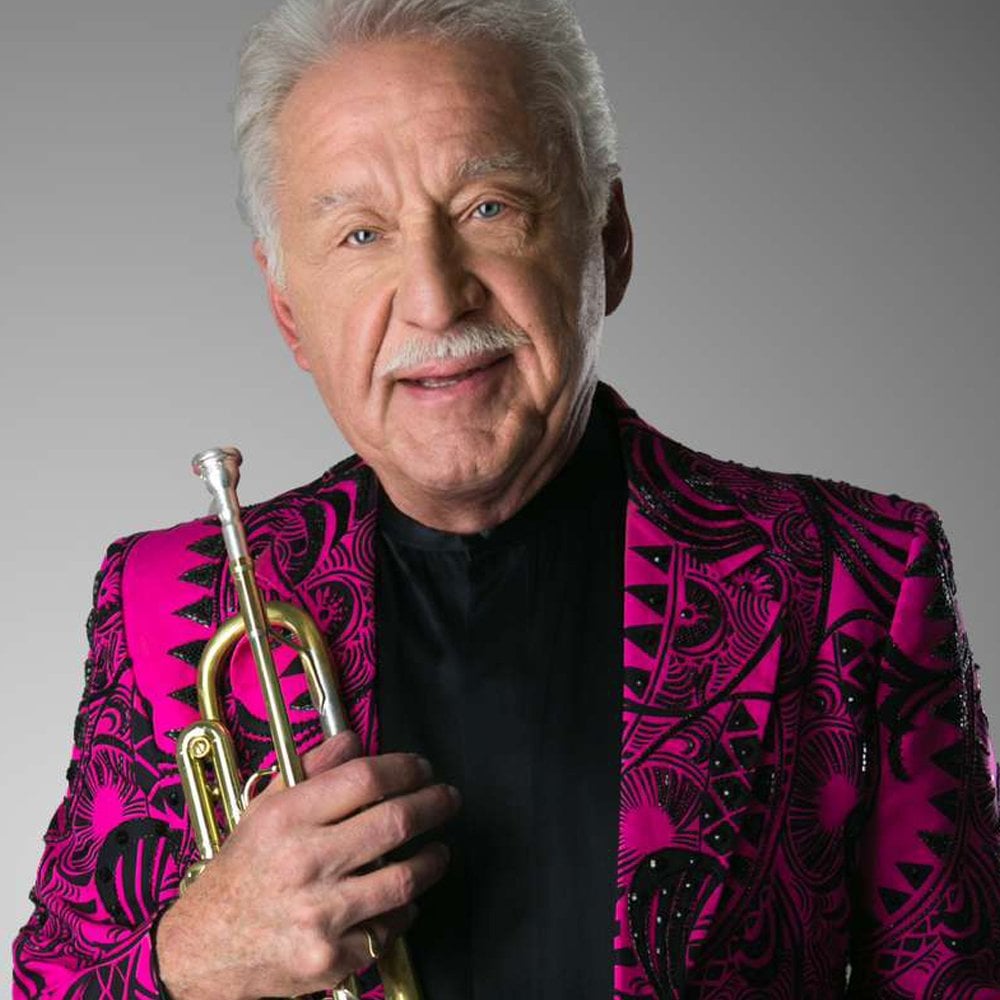
“Doc” Severinsen - Eta Lambda - 1965
Heeeeere’s Johnny!” That lead-in, followed by a big band trumpet blast, was the landmark of late night television for three decades. The ‘Johnny’ was Johnny Carson, the announcer was Ed McMahon and the bandleader was Doc Severinsen. Beginning in October 1962, The Tonight Show with Johnny Carson ruled the night air for thirty years. On May 22, 1992, it came to an end…Within a week of the final telecast, Doc Severinsen and His Big Band were on the road, and to this day, audiences across America love and respect Doc and his big band, not just because he shared their living room with them for so many years, but because of Doc’s love of the Big Band repertoire. His musicianship keeps this iconic American music fresh to this day. Their repertoire includes Ellington and Basie standards, pop, jazz, ballads, big band classics and, of course, The Tonight Show theme. Severinsen can still blow hard with his horn, and hit the high notes, a result of his continued commitment to the practice studio and the refinement of his craft. But as a band leader, Doc continues to surround himself with the best in the business, and he’s only too happy to give them a turn in the spotlight.
A Grammy award winner, Doc has made more than 30 albums–from big band to jazz-fusion to classical. Two critically acclaimed Telarc CDs with the Cincinnati Pops Orchestra showcase his multifaceted talents from Bach to ballads. The Very Best of Doc Severinsen reprises fifteen of Doc’s signature pieces. His other recordings include Unforgettably Doc with the Cincinnati Pops on Telarc, and the Grammy nominated Once More With Feeling on Amherst. He received a Grammy Award for “Best Jazz instrumental Performance – Big Band” for his recording of Doc Severinsen and The Tonight Show Band-Volume I.
Severinsen’s accomplishments began in his hometown of Arlington, Oregon, population: 600. Carl H Severinsen was born on July 7th, 1927, and was nicknamed “Little Doc” after his father, Dr. Carl Severinsen a dentist. Little Doc had originally wanted to play the trombone. But Doc Sr., a gifted amateur violinist, urged him to follow in his father’s footsteps. The Doc Jr. insisted on the trombone, which turned out to be unavailable in tiny Arlington’s music store. And so, a trumpet it would be. A week later, with the help of his father and a manual of instructions, the seven-year-old was so good that he was invited to join the high school band. At the age of twelve, Little Doc won the Music Educator’s National Contest and, while still in high school, was hired to go on the road with the famous Ted Fio Rito Orchestra. However, his stay with the group was cut short by the draft. He served in the Army during World War II and following his discharge, landed a spot with the Charlie Barnett Band. When this band broke up, Severinsen toured with the Tommy Dorsey, then, the Benny Goodman bands in the late 40’s.
After his days with Barnett and Dorsey, Doc arrived in New York City in 1949 to become a staff musician for NBC. After years of playing with NBC’s many studio bands, Doc was invited to play a gig in the highly respected Tonight Show Band. The band leader at the time, Skitch Henderson, asked him to join that band in 1962 in the first trumpet chair. Five years later, Doc became the Music Director for The Tonight Show and the rest is history. His loyalty to Johnny Carson and Ed McMahon never faltered, and the warm camaraderie between the three was an enormous part of the show’s success. When Johnny decided to retire from The Tonight Show, Doc and Ed said their goodbyes as well. Of course, free from the nightly grind of the TV studio, Doc Severinsen had far more time to expand his musical horizons and continues to keep an extensive touring schedule.
Today, Doc has not lost his flair for the outrageous fashion statement or his trademark wit. But his gregarious nature has never interfered with the fact that he has been one of the greatest trumpeters and musicians of the last 60 years, respected in the worlds of classical music, jazz, big band, and now even world music. In the end, Doc Severinsen has transcended his celebrity, and rejoiced in his remarkable ability to simply play his trumpet as well as he can. Which has proven to be good enough for the millions of people who count themselves his fans.
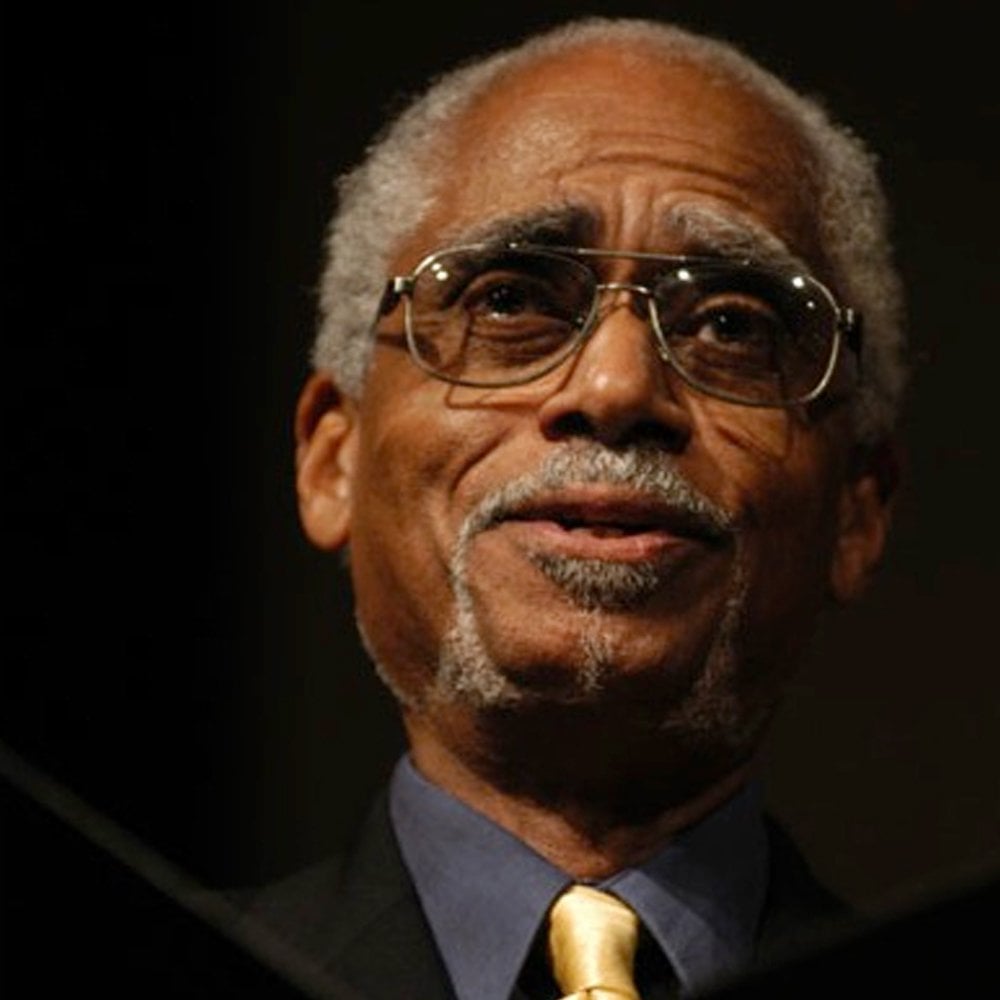
George Shirley - Gamma Omicron - 1953
George Shirley was initiated at the Gamma Omicron Chapter at the Wayne State University in 1953. Brother Shirley is a Grammy Award-winning, internationally acclaimed singer and lecturer.Born in Indianapolis, Indiana and raised in Detroit, Shirley was active as a church vocalist and baritone horn player. After attending college at Wayne State University, he was drafted into the Army where he served until 1959 and became the first African-American member of the United State Army Chorus.
Brother Shirley was also the first African-American to be appointed to a high school teaching post in music in Detroit, and after much encouragement from fellow Army Chorus members, he became the first African-American tenor to sing leading roles with the Metropolitan Opera.
Shirley remained at the Met for eleven years and appeared in opera productions worldwide. His performance and recording career have spanned the globe and includes his 1968 Grammy award for his role (Ferrando) in the RCA recording of Mozart’s Cosi fan tutte.
Brother Shirley currently holds the title of Joseph Edgar Maddy Distinguished University Emeritus Professor at the University of Michigan, in Ann Arbor. In 2013, Shirley was named a Signature Sinfonian by Phi Mu Alpha Sinfonia. Two years later he was the recipient of the National Medal of Arts, bestowed upon him by former US President, Barack Obama, and in 2016 he received the Lifetime Achievement Award from the National Opera Association.
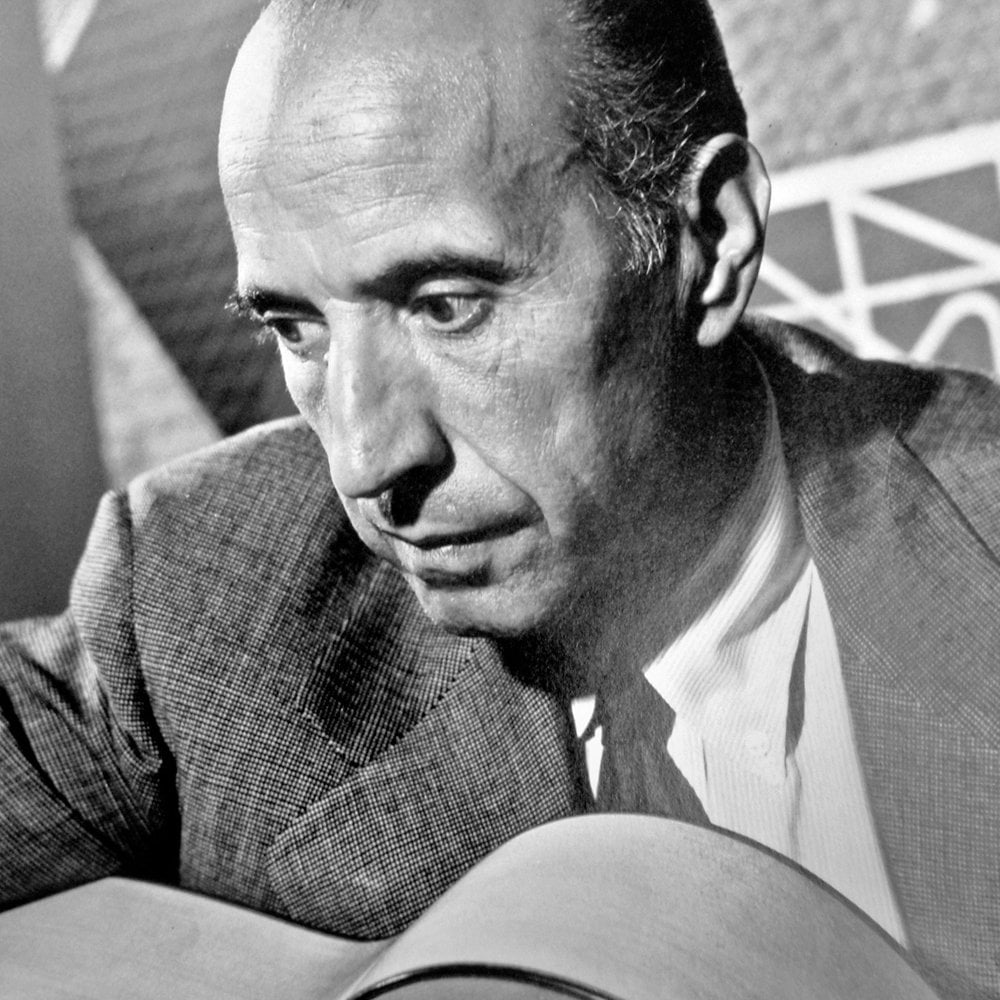
Carlos Montoya - Alpha Alpha - 1975
A Spanish guitarist and composer, Carlos Montoya made a lasting contribution to music between the 20s and 50s. He introduced the flamenco style of music as a serious form of guitar music. Traditionally flamenco music was used to accompany gypsy folk dancers and singers but Carlos Montoya changed it into a main genre of music.Carlos Montoya was born into a gypsy family in Spain. His interest in music and the guitar began at an early age. He began studying the guitar with his mother and a neighboring barber, eventually learning from Pepe el Barbero, a guitarist and teacher. Not only was he interested in playing the guitar, Carlos Montoya wanted to learn the history of flamenco music. Flamenco music came out of the Moorish invasion of Spain. His uncle, Ramon Montoya, was a successful flamenco guitarist also. Carlos Montoya started playing professionally at the age of 14, playing for singers and dancers at the cafes in Madrid. Two of the dancers he most often played for were La Teresina and La Argentina.
Wanting to broaden his musical career, Carlos Montoya began touring in the 20s and 30s. His tours included performances in Europe, Asia and North America. He accompanied several performers including La Argentina again. He had finally made a name for himself as a flamenco guitarist.
When World War II broke out in the 1940s, Carlos Montoya was on tour in the United States with dancer La Argentinita. During the war he decided to settle in New York City and eventually became a United States citizen. In 1945 La Argentinita died but Carlos Montoya toured on his own, opening his repertoire to include not only flamenco but also blues, jazz and folk music.
His career took a different turn in 1948 when he began touring with symphonies and orchestras and performing his own guitar recitals. Carlos Montoya became the first flamenco guitarist to tour the world with symphonies and orchestras. His appearances did not stop there, he performed on television and gave several solo recitals. During his touring he recorded more than 40 albums, some with symphonies and orchestras. His albums include Flamenco Guitar and The Art of Flamenco. One of the most notable is Suite flamenco, a concerto he performed with the St. Louis Symphony Orchestra in 1966.Carlos Montoya made a very important contribution to flamenco music, transforming it from a dance accompaniment to a style of its own. With his own style, he adapted it to other genres of music, all along making himself an international star.
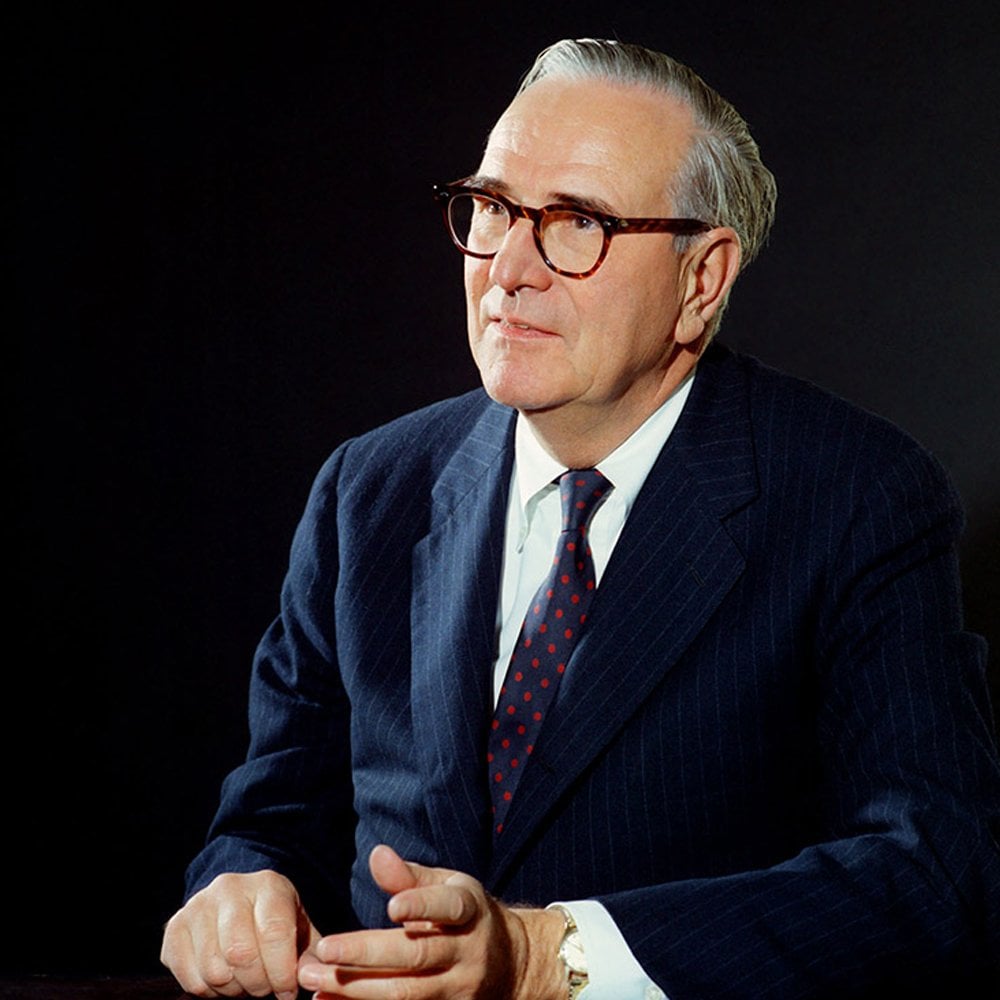
Henry Z. Steinway - Alpha Alpha - 1962
Henry Ziegler Steinway is the great-grandson of Henry Engelhard Steinway who founded Steinway & Sons, which handcrafts, what many consider to be, the world’s finest pianos.Born on August 23, 1915 in a New York City apartment that replaced the original Steinway factory, Steinway grew up surrounded by pianos and the famous artists who performed on them. Such artists included Alexander Brailowsky, Sergei Rachmaninoff, and Arthur Rubenstein, among many others.
Steinway’s father, Theodore, never pressured his six children to enter the family business. That may explain why the younger Steinway graduated from Harvard University with a degree in history, not music or business administration. Of course, even a business degree from Harvard probably would not have spared him from his apprenticeship as a laborer in the Steinway factory yard, when he ultimately joined the company in 1937. To this day, Steinway says working with skilled workers taught him more about the piano business and why company craftsmen take more than a year to create Steinway pianos, than years of extra study would have accomplished.
Following three years of military service during World War II, Steinway returned to the family business as factory manager. He became the director of the company in 1947 and was named vice president that same year. By 1955, he was appointed company president.
Like his predecessors, Steinway made many contributions to Steinway & Sons during his years at the helm of the company. Manufacturing operations at Steinway’s Long Island City facility were renovated during his watch, and a number of improvements to the piano manufacturing process also were credited to him.
Henry remained at the head of Steinway & Sons until 1977, after the company was purchased by CBS. He then served with the company as its chairman until his retirement in 1980. Since then, he has remained active as a consultant for the firm.
A strong advocate of music education, Steinway is the founding president of the Museum of Making Music, an organization that curates public exhibits relating to the history of American popular music. He is the past director of the American Music Conference and recipient of the Prix de Martell for Lifetime Contributions to the World of Classical Music. Other positions and honors include benefactor to the International Piano Archives at the University of Maryland and recipient of the James Smithson Bicentennial Medal from the Smithsonian Institution.
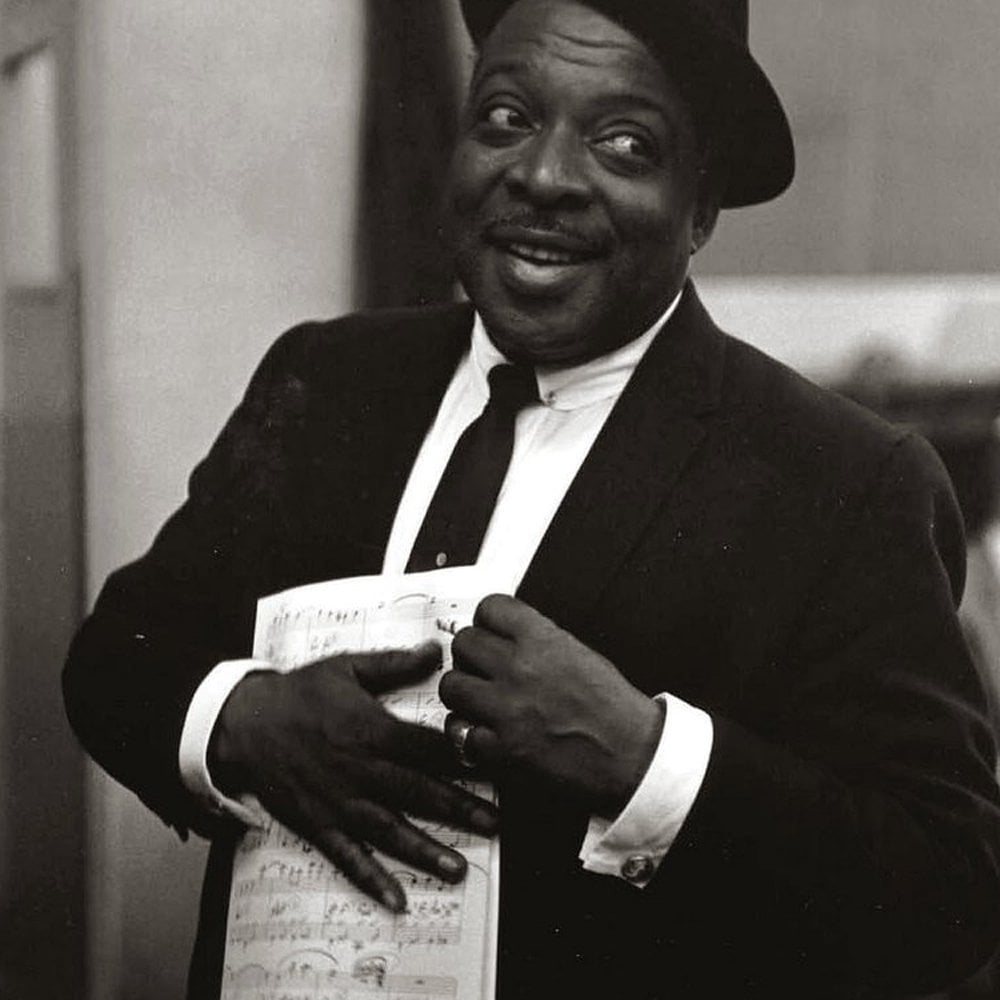
``Count`` Basie - Mu Nu - 1970
William James “Count” Basie was a 1970 initiate of the Mu Nu Chapter at Louisiana Tech University. Basie established swing as a predominant music style and is regarded as one of the greatest bandleaders of all time alongside Duke Ellington (Rho Upsilon). His big-band sound and unique style changed the jazz landscape and shaped mid-20th-century popular music.Brother Basie grew up in Red Bank, New Jersey and was fascinated with music from an early age. He was noted for an “incredible ear” as he was able to pluck out any melody he heard on the piano. Basie spent his early years accompanying the vaudeville touring circuit until his group was disbanded leaving him stranded in Kansas City, Missouri. Making the best of a bad situation, Basie stayed in Kansas City and joined up with Walter Page’s “Blue Devils” in 1928.
The Blue Devils were Basie’s first time experiencing the big-band sound and he wanted more. When Basie formed his own band called the “Barons of Rhythm” they became regulars at the Reno Club. It was while playing a live broadcast at the Reno Club that Basie was dubbed “Count” Basie by a radio announcer. From here on out the Count would skyrocket to fame, eventually releasing their first album under a new name, “The Count Basie Orchestra.”
Through several hit recordings like One O’Clock Jump and April in Paris, Basie and his orchestra redefined big-band sound through the 1930s and in the 1940s. As the 50s emerged, the orchestra featured several great artists in recordings and concerts that brought the group newfound popularity. This trend continued well into the 1970s and many of Basie’s albums became Grammy Award winners or nominees.
Count Basie continued to front his legendary big band up until his death in 1984. The following year his autobiography, Good Morning Blues, was published as recounted by Basie to historian Albert Murray.
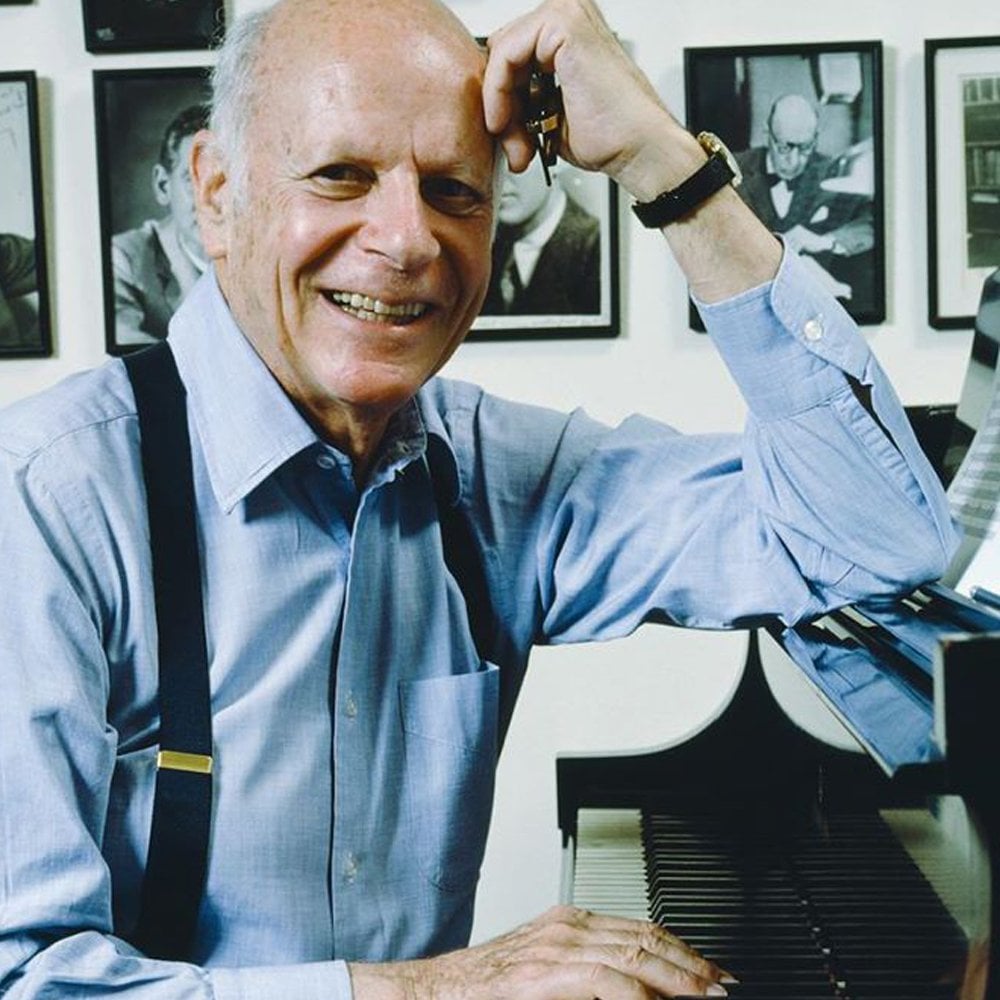
William Schuman - Beta Gamma - 1930
Brother Schuman was initiated into the Beta Gamma Chapter at Columbia University in 1930. Known as a prolific American composer, educator, and administrator, Schuman is often noted for his adaptation of European models to American themes. He began composing in high school, forming a jazz ensemble in which he played violin and banjo. He would later earn a bachelor’s and master’s degrees from Columbia University Teachers College and study at Juilliard under the composer, Roy Harris.After holding a teaching position at Sarah Lawrence College in Bronxville, New York, Schuman was named the president of the Julliard School of Music. While there, he brought about academic reform and added several prominent American composers to the faculty. Schuman wrote works in virtually every musical genre, each mirroring his strong personality in their sharply defined sense of structure, line, and dynamism. The secular cantata A Free Song received the first Pulitzer Prize in music in 1943.
“In the great stream that is the history of music, some composers add drops of water, others add buckets. When the final catalog is finished, I just hope to have put some drops in the stream. That’s enough, that’s enough to be optimistic about.”
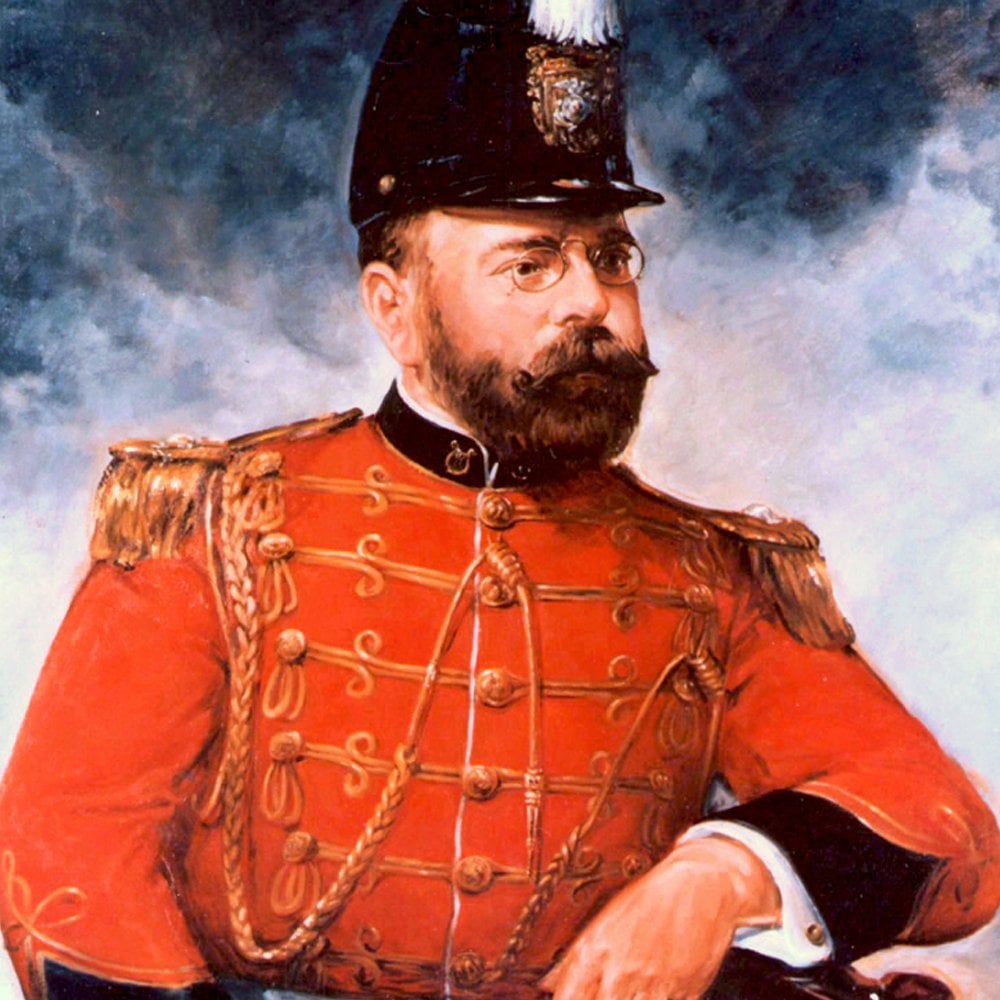
John Philip Sousa - Alpha Xi - 1925
John Philip Sousa was initiated into the Alpha Xi Chapter at the University of Illinois in 1925. Known as the “March King,” Sousa is famous for composing countless marches and for his career with the United States Marine Band. In 1868, Sousa enlisted in the U.S. Marine Corps as an apprentice, where he remained for the next seven years. After a five year stint with a theatrical pit orchestra, he would return to the band as its conductor in 1880.Sousa quickly gained a reputation for being a bandmaster of great precision. After leaving the Marine Band in 1892, he organized The Sousa Band, performing concerts around the world. The band would notably perform at the World Exposition in Paris and the Royal Albert Hall in London. Shortly after America’s entry into World War I, Sousa was commissioned as a lieutenant in the Naval Reserve. During the war, he would lead the Navy Band at Great Lakes Naval Station, donating his naval salary, save a dollar per month, to the Sailors’ and Marines’ Relief Fund.
Throughout his life, Sousa composed 136 marches, including “Semper Fidelis,” which became the official march of the U.S. Marine Corps, “The Washington Post,” “The Liberty Bell,” and “The Stars and Stripes Forever.” Other well-known works include the operetta “El Capitan” and “The Bride-Elect” among several others.
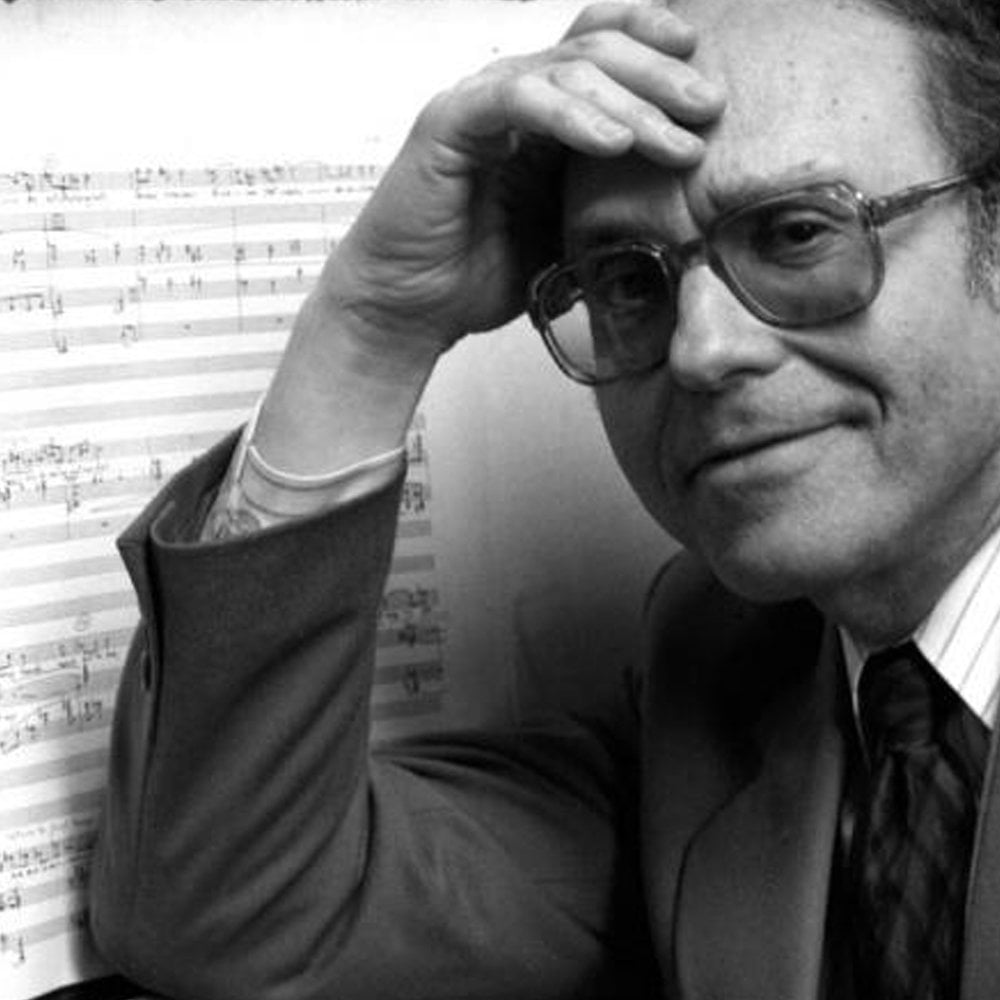
Samuel Adler - Gamma Theta - 1960
Samuel Adler was born March 4, 1928, in Mannheim, Germany and came to the United States in 1939. He was inducted into the American Academy of Arts and Letters in May 2001, and then inducted into the American Classical Music Hall of Fame in October 2008. In 2018he was award the Bundesverdienstkreuz (first class), the highest civilian award given by the German government .He is the composer of over 400 published works, including 5 operas, 6 symphonies, 17 concerti, 8 string quartets, 5 oratorios and many other orchestral, band, chamber and choral works and songs, which have been performed all over the world. He is the author of four books, Choral Conducting (Holt Reinhart and Winston 1971, second edition Schirmer Books 1985), Sight Singing (W.W. Norton 1979, 1997), and The Study of Orchestration (W.W. Norton 1982, 1989, 2001), and the autobiographical Building Bridges With Music (Pendragon Press 2017). He has also contributed numerous articles to major magazines and books published in the U.S. and abroad.
Adler was educated at Boston University and Harvard University, and holds honorary doctorates from Southern Methodist University, Wake Forest University, St. Mary’s Notre-Dame and the St. Louis Conservatory. His major teachers were: in composition, Herbert Fromm, Walter Piston, Randall Thompson, Paul Hindemith and Aaron Copland; in conducting, Serge Koussevitzky.
He is Professor-emeritus at the Eastman School of Music where he taught from 1966 to 1995 and served as chair of the composition department from 1974 until his retirement. Before going to Eastman, Adler served as professor of composition at the University of North Texas (1957-1977), Music Director at Temple Emanu-El in Dallas, Texas (1953-1966), and instructor of Fine Arts at the Hockaday School in Dallas, Texas (1955-1966). From 1954 to 1958 he was music director of the Dallas Lyric Theater and the Dallas Chorale. From 1997 to 2017 he was a member of the composition faculty at the Juilliard School of Music in New York City where he was awarded the 2009-10 William Schuman Scholars Chair. Adler has given master classes and workshops at over 300 universities worldwide, and in the summers has taught at major music festivals such as Tanglewood, Aspen, Brevard, Bowdoin, as well as others in France, Germany, Israel, Spain, Austria, Poland, South America and Korea.
His works have been performed lately by the Berlin Philharmonic, Cleveland Orchestra, Pittsburgh Symphony Orchestra, New York Philharmonic, Chicago Symphony, St. Louis Symphony, the Los Angeles Philharmonic, the Berlin Radio Symphony Orchestra, the Mannheim National Theater Orchestra; the orchestras of Beijing, Chendu, Frankfurt (Oder), among others.
Adler has received commissions from the National Endowment for the Arts, the Ford and Rockefeller Foundations, the Koussevitzky Foundation, the Barlow Foundation, the City of Jerusalem, the Welsh Arts Council and many others.
Adler has appeared as conductor with many major symphony orchestras, both in the U.S. and abroad. His compositions are published by Theodore Presser Company, Oxford University Press, G. Schirmer, Carl Fischer, E.C. Schirmer, Peters Edition, Ludwig-Kalmus Music Masters, Southern Music Publishers, Transcontinental Music Publishers, and Leupold Music. Recordings of his works have been done on Linn, Naxos, RCA, Gasparo, Albany, CRI, Crystal, Parma and Vanguard.
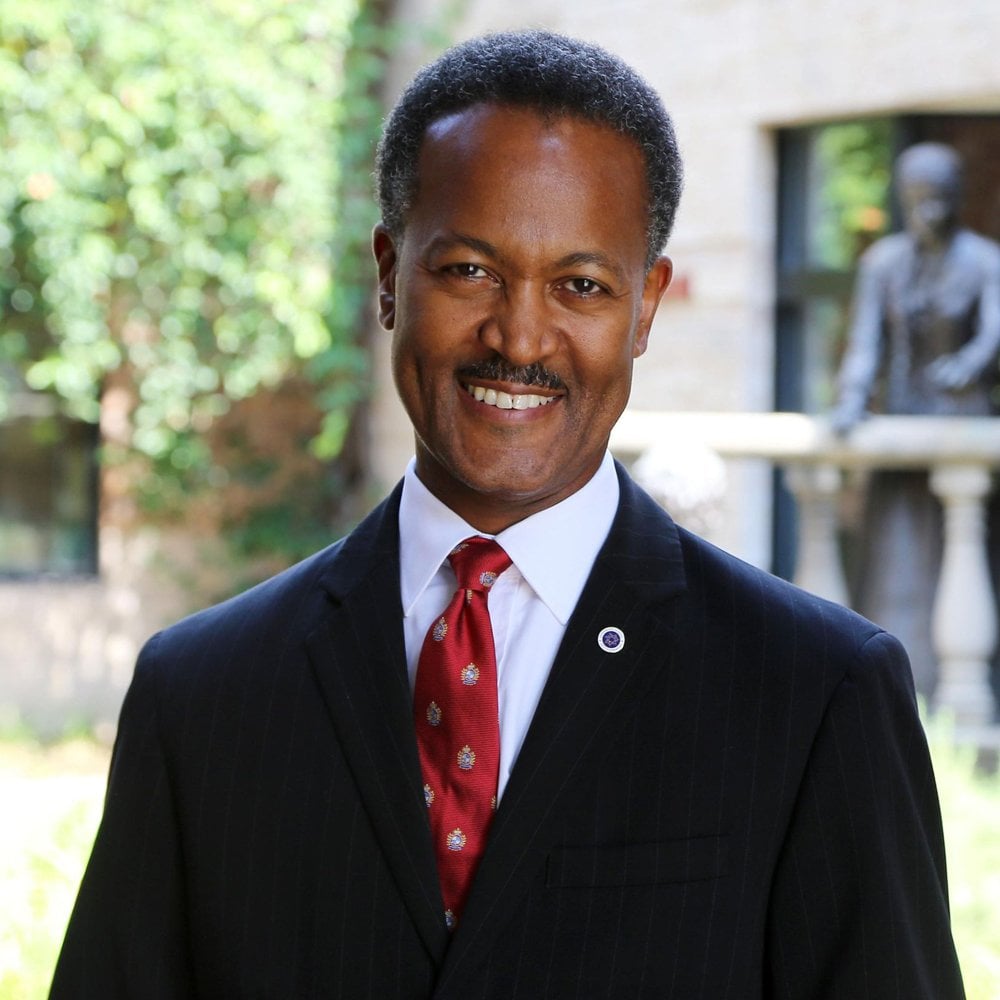
Cedric Adderley - Iota Beta - 1994
Dr. Cedric Adderley was initiated into the Iota Beta Chapter at North Carolina A & T State University in 1994 while holding the position of Assistant Director of Bands. In the years since then, he has seen success and personal fulfillment both on and off the stage as a composer, conductor, and educator. He currently serves as the fourth president of the South Carolina Governor’s School for the Arts and Humanities where he has been since 2015.A native of South Carolina, Brother Adderley began a career in education in the South Carolina Public Schools, teaching both instrumental and choral music. In his nearly thirty years of teaching, both in public schools and at the university level, Dr. Adderley has helped restructure music programs and academic units to increase enrollment, improved the performance of students, and brought stability back to music programs.
On top of this success as an educator and educational reformer, Adderley has composed several pieces for band and orchestra. Two compositions of note, Symphony no.1 and Suite for Young Voices, earned him the Detroit Symphony Orchestra’s Annual Composer Award and the Composer of the Year Award by the South Carolina Music Teachers Association respectively. As a trumpeter and vocalist, Adderley has played with names like Ray Charles, Olivia Newton-John, and Louie Bellson as well as other touring variety bands.
In his most recent years, Brother Adderley has become a community leader and has taken a firm front-line stand in his role at South Carolina Governor’s School. He has committed himself to make a real change in his home state and to realize the true potential of the school he leads. From establishing a strong mission whose purpose is to serve all students and teachers of South Carolina, continually sending messages of hope and outreach, and keeping an eye toward the future; Brother Adderley continues to prove that with a strong foundation and a dash of hope, we can truly make a difference together.

Fred Rogers - Xi Psi - 1987
Fred Rogers was the creator of Mister Rogers’ Neighborhood as well as the host of all 895 episodes, the composer of its more than 200 songs, and the puppeteer who imagined 14 characters into being. More importantly, he changed the face of children’s television and transformed the way we think about the inner lives of young children.Throughout his career, Fred Rogers was a champion of children in general and PBS in particular. In 1969, he famously testified before a Senate subcommittee that was considering cutting funding for public television. Senator John Pastore was in charge of the proceedings, and after two days of hearings, he remained distinctly unimpressed. Then Fred spoke.
While a college senior studying music composition at Rollins College, Fred arrived home to see this wonderful new technology in his family’s living room. He instinctively understood the power of the new medium and especially how it could be used to serve children, rather than the slapstick and nonsense that was on the air. From that moment, he knew what he was called to do.
Rather than pursue studies in theology as he had planned, he began a television career as an assistant and floor manager of the music programs for NBC in New York City. But he soon discovered commercial television was not for him.
In 1953, he moved back to the area where he grew up to help found WQED in Pittsburgh, the first community-supported educational television station in the country.
Fred didn’t set out to be a star of a TV show. He was a private person, comfortable in the background as co-producer, puppeteer and organist on The Children’s Corner, which aired on WQED from 1954-1962. While serving as both the program manager for the station as well as working on The Children’s Corner, he returned to his interest in theology and attended Seminary during his lunch hours. He was ordained with a special charge to serve children and families through television.
In 1963 he moved to Canada, and there at the CBC, he was given the courage to come from behind the set to talk directly with his young viewers as Mister Rogers. He returned to Pittsburgh and launched the present-day version of Mister Rogers’ Neighborhood in 1966. The program aired for the first time nationally in 1968. With graduate studies in child development as well as his divinity degree, Fred was well-prepared to speak directly to his pre-school audience.
“I’ll never forget the sense of wholeness I felt when I finally realized, after a lot of help from a lot of people, what, in fact, I really wasn’t. I was not just a songwriter or a language buff or a student of human development or a telecommunicator, but someone who could use every talent that had ever been given to me in the service of children and their families.”
Fred Rogers committed his life to making television programs for the very young because he saw its potential as an instrument for good as a gift. He cared deeply about those on the other side of the screen – their needs, concerns, struggles and joys. He often said that he trusted that if he was giving his honest self, the viewer would hear it in a way that could be helpful. “The space between the television screen and whoever happens to be receiving it… I consider that holy ground.”
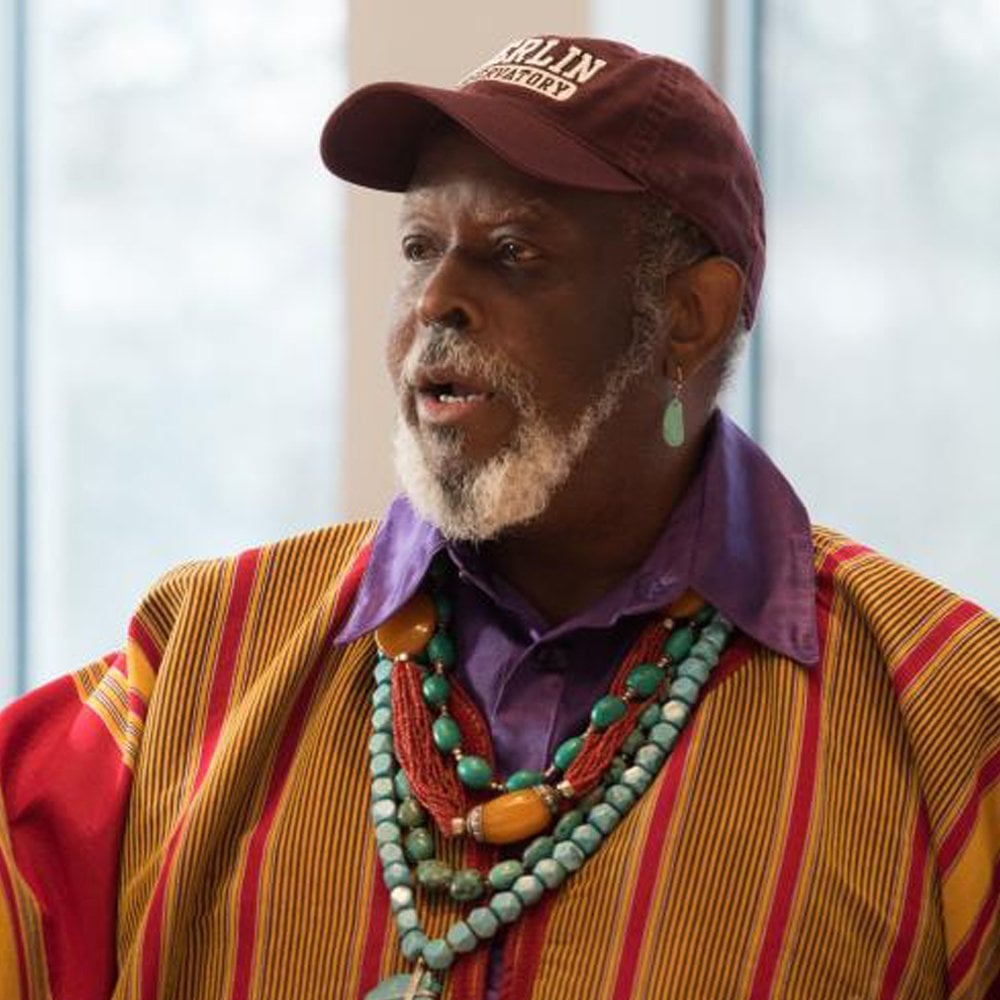
François Clemmons - Alpha Omega - 1968
Francois Clemmons was a 1968 initiate of the Alpha Omega Chapter at Carnegie Mellon University.Brother Clemmons has sung professionally in the Metropolitan Opera Studio and was awarded a GRAMMY for his 1973 recording as Sportin’ Life in George Gershwin’s Porgy & Bess. However, Clemmons is perhaps best known for his appearances as Officer Clemmons on the PBS television series Mister Rogers’ Neighborhood during the 1970s and 1980s.
Francois Clemmons was born in Birmingham, Alabama and grew up in Youngstown, Ohio. Most of his early singing experience he owes to his mother who passed down traditional spirituals to him as a child in her kitchen. As a young adult, Clemmons attended Oberlin College where he earned his Bachelor of Music degree. He would eventually attend Carnegie Mellon University to obtain a Master of Fine Arts and receive an honorary doctorate degree from Middlebury College.
In 1968, while performing with a church choir in the Pittsburgh-area, Clemmons was approached by a man who was impressed by his singing. The man wanted to offer Clemmons a spot on his television show. That man was Fred McFeely Rogers (Xi Psi). After an initial uneasy feeling about joining the cast, Brother Clemmons accepted, not knowing the experience would profoundly impact his life. For the next 25 years, Clemmons appeared on Mister Rogers’ Neighborhood as policeman Officer Clemmons, forever grateful for Rogers’ fatherly guidance.
Brother Clemmons spent many years singing opera professionally but in the late 1980s, he found a renewed passion for the spirituals his mother sang to him in his childhood. This renewed passion led him to create “The Harlem Spiritual Ensemble,” an ensemble dedicated to preserving the American Negro Spiritual. In 1995 Clemmons published a volume of choral arrangements of spirituals titled Songs for Today as part of his growing commitment to the art form’s preservation. In 2013, Francois Clemmons retired from Middlebury College after 16 years of teaching.
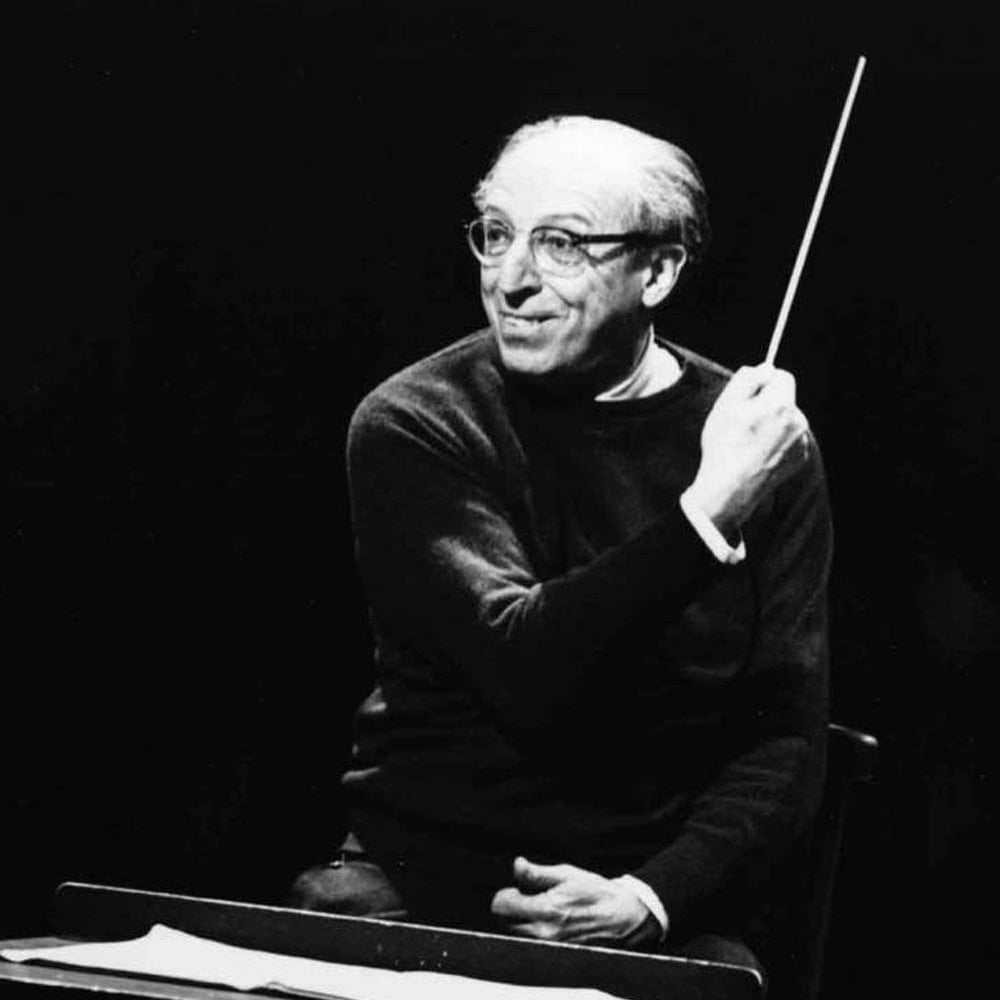
Aaron Copland - Alpha Upsilon - 1961
An Initiate of the Alpha Upsilon Chapter of Phi Mu Alpha at the University of Arizona, Aaron Copland created a vast portfolio of music that many consider being standards in American music. His career and talent as a composer won him the title “Dean of American Composers,” bestowed upon him by his peers. Pieces such as “Fanfare for the Common Man”, “Lincoln Portrait”, “Rodeo” and “Appalachian Spring” are all standards in describing the American attitude and are just a few that earned him a spot among some of America’s greatest composers. It was because of his influence over American music that President Lyndon B. Johnson awarded Copland with the Presidential Medal of Freedom in 1964.Alongside a prolific career in composition, Copland served as Berkshire Music Center’s Head of Composition from 1940 to 1965 and was named the head of the faculty in 1957. During the years that followed, he began to turn his attention more toward conducting, making appearances as a guest conductor all over the United States and the United Kingdom. Despite his fame, Copland didn’t stray from promoting other American composers and their music. He was instrumental in bringing performances of new American works and their composers by supporting the Copland-Sessions Concerts in New York, the American Festival of Contemporary Music, and the American Composers Alliance.
For his contributions to American music and his lifetime dedication to promoting the arts, Aaron Copland was named Phi Mu Alpha’s 9th “Man of Music” at the National Convention in 1970.
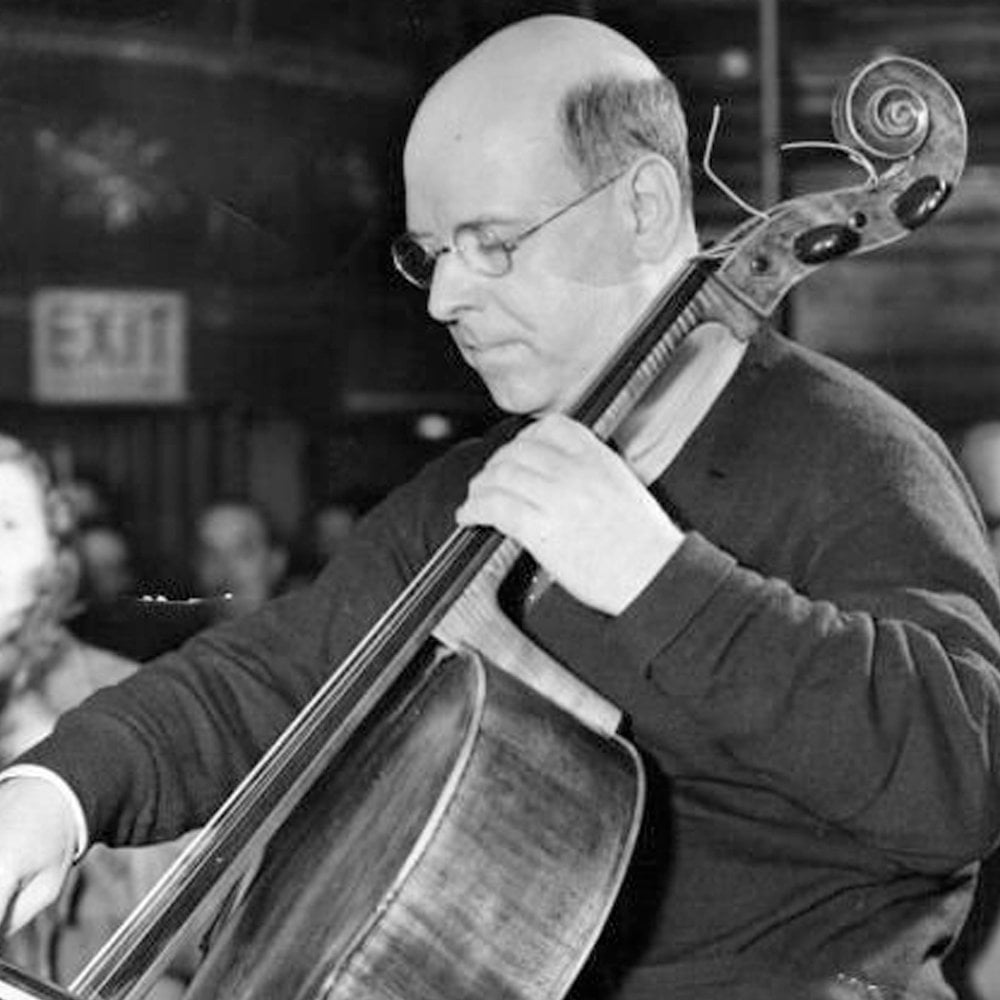
Pablo Casals - Epsilon Iota - 1963
Pablo Casals was initiated into the Epsilon Iota Chapter at Florida State University in 1963.A world-renowned cellist, composer, and conductor, Casals was named Phi Mu Alpha’s Man of Music in 1973. He founded the Prades Festival and served as its first music director. Casals wrote many oratorios, symphonies, masses, choral works and string quartets but is perhaps most well known for his recordings of the Bach Cello Suites.
Also an internationally renowned political figure, Casals was a voice for human rights. In 1963, he was awarded the Presidential Medal of Freedom by John F. Kennedy and was quoted as saying,
“This is the greatest honor I have ever received in my life. Peace has always been my greatest concern.”
In 2000, the Pablo Casals International Cello Competition was created in his name to help discover and further the careers of future elite cellists. His legacy still lives on today through competitions and venues in his namesake, and his passion to sew harmony amongst all through his music.

Gordon Goodwin - Alpha Alpha - 2015
Even for a successful composer and arranger in Hollywood, Gordon Goodwin’s numbers are impressive: A 2006 GRAMMY Award for his Instrumental Arrangement of “Incredits” from the Pixar film The Incredibles, three Emmy Awards, and thirteen GRAMMY nominations.
Here’s another impressive number to add to the list: eighteen. As in the number of musicians in Gordon Goodwin’s Big Phat Band, one of the most exciting large jazz ensembles on the planet. Populated by L.A.’s finest players, the Big Phat Band takes the big band tradition into the new millennium with a contemporary, highly original sound featuring Goodwin’s witty, intricate, and hard-swinging compositions in a veritable grab bag of styles: swing, Latin, blues, classical, rock and more.
Goodwin’s ability to combine jazz excellence with any musical style makes his writing appealing to fans across the spectrum. That’s why both beboppers and headbangers dig Gordon Goodwin’s Big Phat Band.
A keyboardist and woodwind player, Goodwin has built a larger-than-life reputation throughout the music industry for his composing, arranging and playing skills. Ray Charles, Christina Aguilera, Johnny Mathis, Toni Braxton, John Williams, Natalie Cole, David Foster, Sarah Vaughan, Mel Torme, Brian McKnight and Quincy Jones are just a few of the artists with whom he has worked. Goodwin has also conducted world-renowned symphony orchestras in Atlanta, Dallas, Utah, Seattle, Toronto, and London.
Goodwin’s cinematic scoring and orchestration craft can be heard in films such as The Sorcerer’s Apprentice, Escape to Witch Mountain, Get Smart, Glory Road, National Treasure, The Incredibles, Remember The Titans, Armageddon, The Majestic, Con Air, Gone In 60 Seconds, Enemy of the State, Star Trek Nemesis and even the classic cult film Attack Of The Killer Tomatoes. Goodwin’s soundtrack to Looney Tunes’ Bah HumDuck! – a wacky Bugs Bunny and Daffy Duck riff on the classic A Christmas Carol – also features the Big Phat Band’s patented sound.
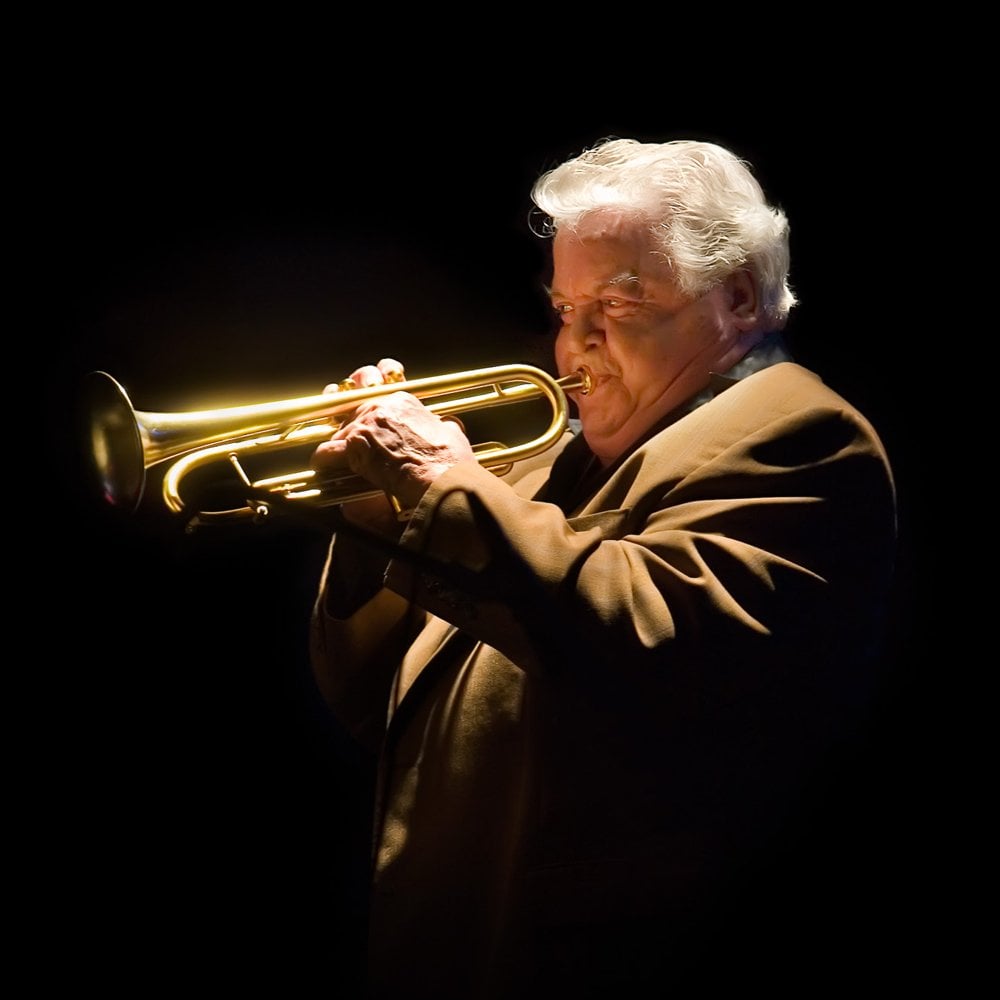
Maynard Ferguson - Xi Chi - 1976
An initiate of the Xi Chi Chapter at Tennessee Tech University, Brother Maynard Ferguson rose to national fame while a member of Stan Kenton’s orchestra. In 1956, just six years after a feature performance with Kenton’s band on “The Ed Sullivan Show,” Ferguson formed his own band, which he would lead for a decade. Perhaps most widely known hits like “Birdland” and “Gonna Fly Now” (the theme from the movie “Rocky,” nominated for a Grammy in 1977), Ferguson was a master of soaring above his band into the upper register with a tone and timbre uniquely his own.Ferguson and his band would tour ceaselessly throughout the country and all over the world. He would even make an appearance during the closing ceremony of the 1976 Olympic Games in Montreal, Canada. When it came to his music, Maynard Ferguson had done it all, switching up his musical style throughout his career from big band swing to cool jazz, to Latin, to jazz/rock and fusion, and more.
Brother Ferguson became the 21st recipient of the Fraternity’s “Man of Music” Award at the 52nd National Convention in Cleveland, Ohio, in 2006.
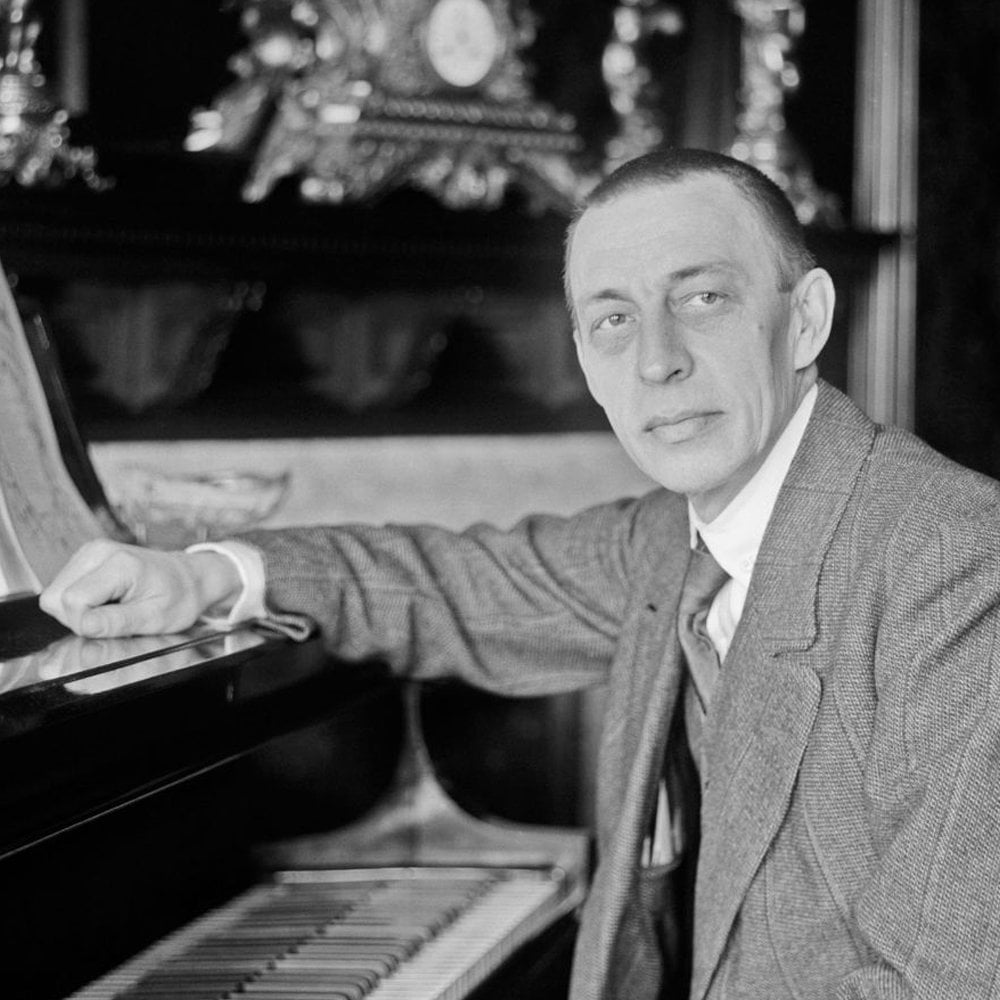
Sergei Rachmaninoff - Alpha - 1919
Sergei Rachmaninoff was born near Lake Ilmen in the Novgorod district of Russia in 1873. He began learning the piano at the age of four, and at nineteen, he graduated from Moscow Conservatory, winning a gold medal for his one-act opera “Aleko.” His fame and popularity, both as composer and concert pianist, were launched by two compositions. The “Prelude in C-sharp Minor,” played for the first time in public on September 26, 1892, and his “Piano Concerto No. 2 in C Minor,” which had its first performance in Moscow on October 27, 1901.In his youth, Rachmaninoff was subject to emotional crises over the success or failure of his works and his personal relationships. Self-doubt and uncertainty carried him into deep depressions, one of the most severe of which followed the failure of the first performance of his “Symphony No. 1 in D Minor” in March 1897. The symphony was poorly performed, and critics condemned it.
In 1901, his “Piano Concerto No. 2,” paved the way for future success. The piece was dedicated to the hypnotherapist Nikolay Dahl who helped him recover from his depression. The piece had been enthusiastically received and earned him a Glinka Award, the first of five awarded to him throughout his life.
Sergei Rachmaninoff began working his way into the west in the face of political turmoil within Russia. He first toured America in 1909-1910, and eventually emigrated after the Russian Revolution of 1917. Two years later, on April 22, 1919, the Alpha Chapter of Phi Mu Alpha Sinfonia invited Rachmaninoff to membership, and he accepted the same day.
A towering virtuoso with a near-photographic memory, Rachmaninoff was, in effect, the final expression of Romantic tradition – a melodist, still writing in an era of ever-evolving change and experimentation. A 1936 review in “The New York Times” praised the performance of Rachmaninoff’s new “Rhapsody on a Theme of Paganini” at Carnegie Hall with Stokowski and the Philly Orchestra: “To hear Mr. Rachmaninoff interpret the piano part is to listen to an amazing exhibition of imagination and commanding musicianship.”
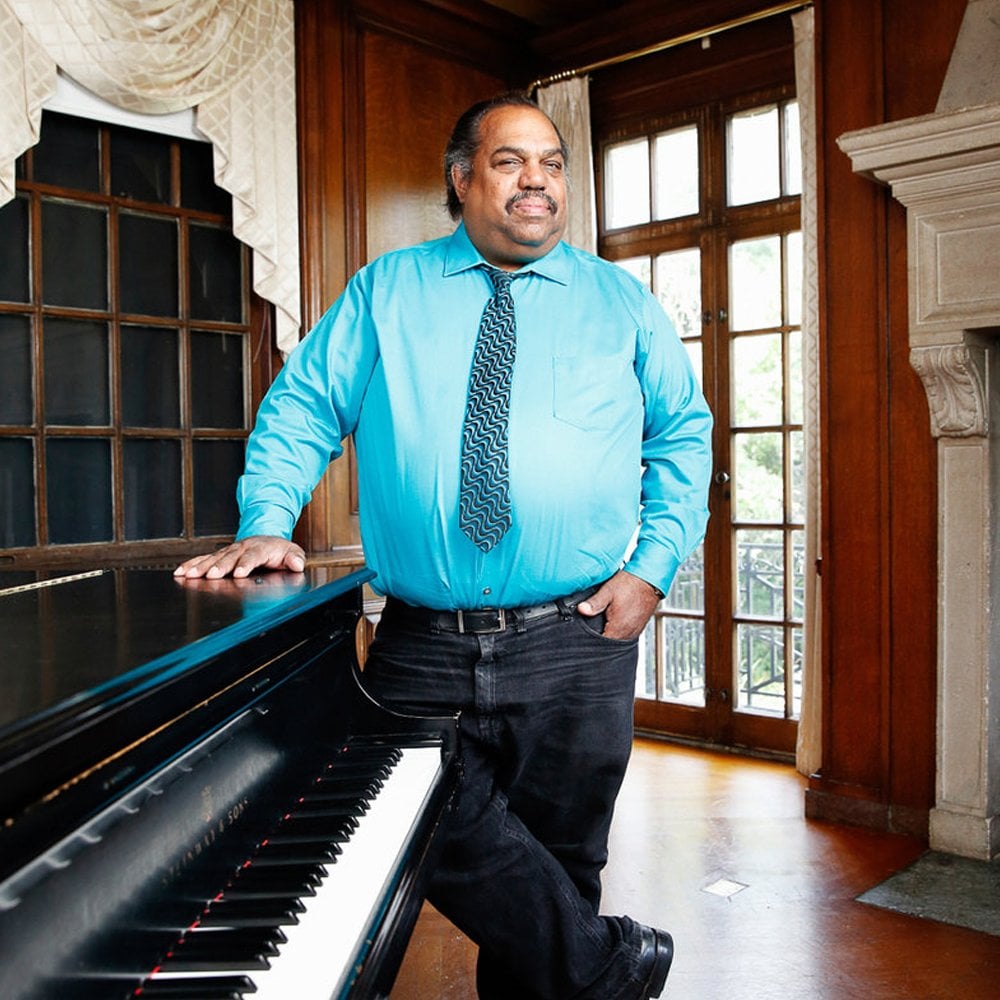
Daryl Davis - Zeta Iota - 1978
Daryl Davis was a 1978 initiate of the Zeta Iota Chapter at Howard University and is a renowned blues musician. Since the early 1980s, he has been an author, actor, and race relations activist. Brother Davis has based his engagement on a sincere belief in the statement “When two enemies are talking, they’re not fighting.”Brother Davis was born in Chicago, Illinois and absorbed the music and talents of blues musicians in the area during his early years. He attended Howard University and earned a bachelor’s degree in music by 1980. While at Howard, Davis was mentored by pianists Pinetop Perkins and Johnnie Johnson, who would both claim him as their godson, praising his mastery of the piano. Davis released several recording albums and has been featured on many others, including Cephas & Wiggins’ Grammy-nominated album Flip, Flop & Fly.
In 1983, Davis was approached by a man who was very impressed with his performance during a gig in Frederick, Maryland. Throughout their conversation, the man admitted that he was a member of the Ku Klux Klan. The two men continued their conversation and would eventually become friends. The friendship would lead Davis down a path that would provide him with opportunities never imagined before. He began interviewing Klan members in hopes of writing a book, asking them one simple question, ‘Why do you hate me when you know nothing about me?’ Davis’ approach was to tear down racial barriers and show that by finding commonalities with your fellow man you can form true bonds of friendship. Through his book, lecturers, and ideals, Davis began to spread a message that ultimately led hundreds of Klansmen to denounce the group. Davis remains friends with many of these members today.
Brother Davis has received numerous awards and overwhelming recognition for his work as an artist and activist. He has received the Elliott-Black Award, the MLK Award, and the Bridge Builder Award among many others. In 2016, he was the subject of the documentary film Accidental Courtesy: Daryl Davis, Race & America. The film debuted on PBS and has received great acclaim worldwide. Today, Davis continues to deliver impassioned lectures, leaving an audience “feeling empowered to confront their own prejudices and overcome their fears.”
Through the power of his music and a chance encounter, Brother Davis continued a movement that was begun by the work of Dr. Martin Luther King, Jr. Through goodwill and nonviolence, he transformed hate into mutual helpfulness and friendship.
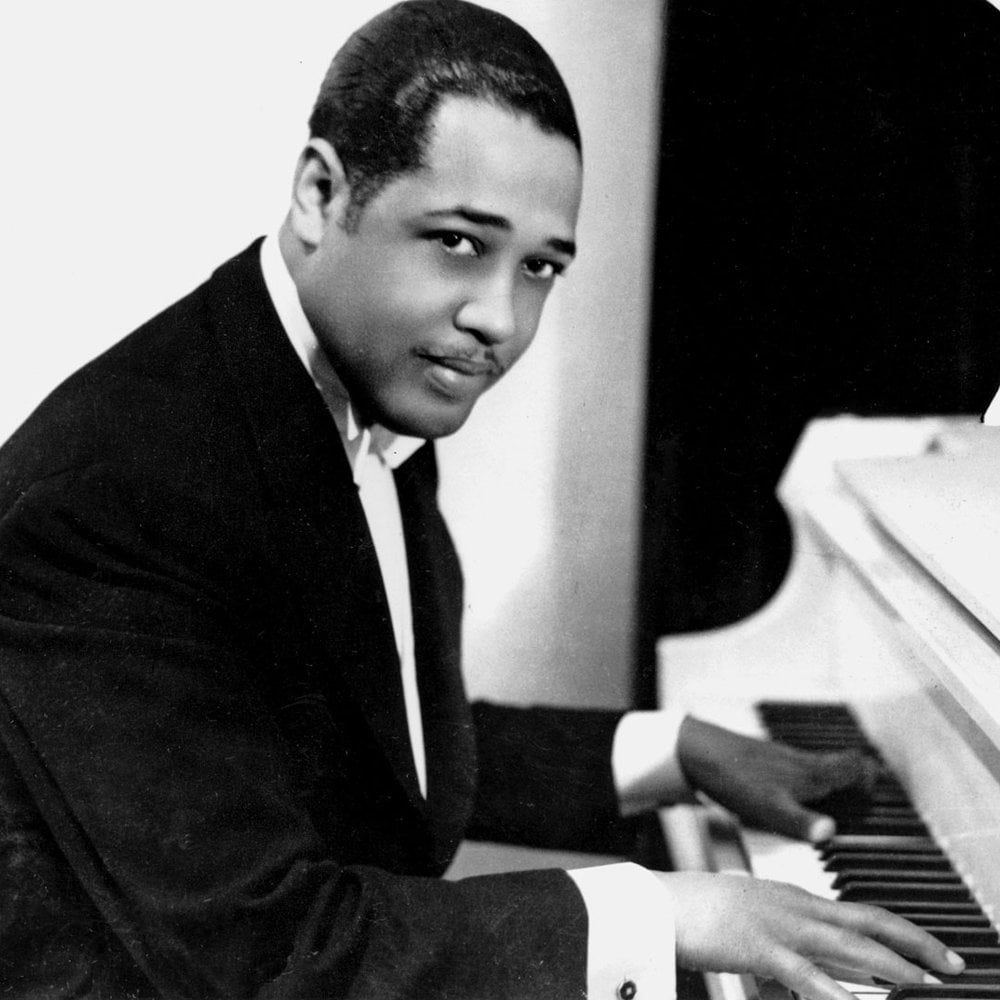
``Duke`` Ellington - Rho Upsilon - 1969
Edward Kennedy Ellington, known to all as “Duke” Ellington, was and still is one of the most influential figures in jazz. His music created a distinct sound that transcends boundaries, joins generations, and creates the unique theme that is, as Ellington put it, “American Music.”Duke Ellington was initiated as an honorary member of the Rho Upsilon Chapter at Temple University in 1969. He had grown up in Washington, D.C., beginning piano lessons at the age of seven. However, it wasn’t until high school that he truly began studying the arts in earnest and in 1923 he moved to New York City to pursue them professionally. His first group, “The Duke’s Serenaders” took him all over Washington, D.C., and Virginia. He would soon become a regular performer at the storied “Cotton Club” in Harlem.
In 1927, Ellington auditioned for a spot as the premier entertainer at the club. He continued to play and lead his orchestra in regular appearances until 1931. The praise he received on European tours during the Depression Era began to influence him greatly as he composed longer, more artistically rich works. These extended pieces were in line with Ellington’s long-term aim to extend the typical jazz form. Although these innovations were not well received originally, audiences grew to appreciate them throughout the 1940s until Brother Ellington became universally regarded as “the king of the three-minute masterpiece.”
The 1950s were particularly hard on Ellington’s career, as his music was received by many as “old-fashioned.” His appearance at the Newport Jazz Festival of 1956, however, propelled Ellington once more into international headlines and onto the cover of Time Magazine. The festival performance presented Ellington and his band to a whole new generation of fans that could not get enough of The Duke.
Ellington was awarded both the President’s Gold Medal and the Presidential Medal of Freedom for his contributions to American culture and art. France also bestowed him with the Legion of Honor, the country’s highest civilian honor. When asked what inspired him to write, Ellington replied, “My men and my race are the inspiration of my work. I try to catch the character and mood and feeling of my people.”
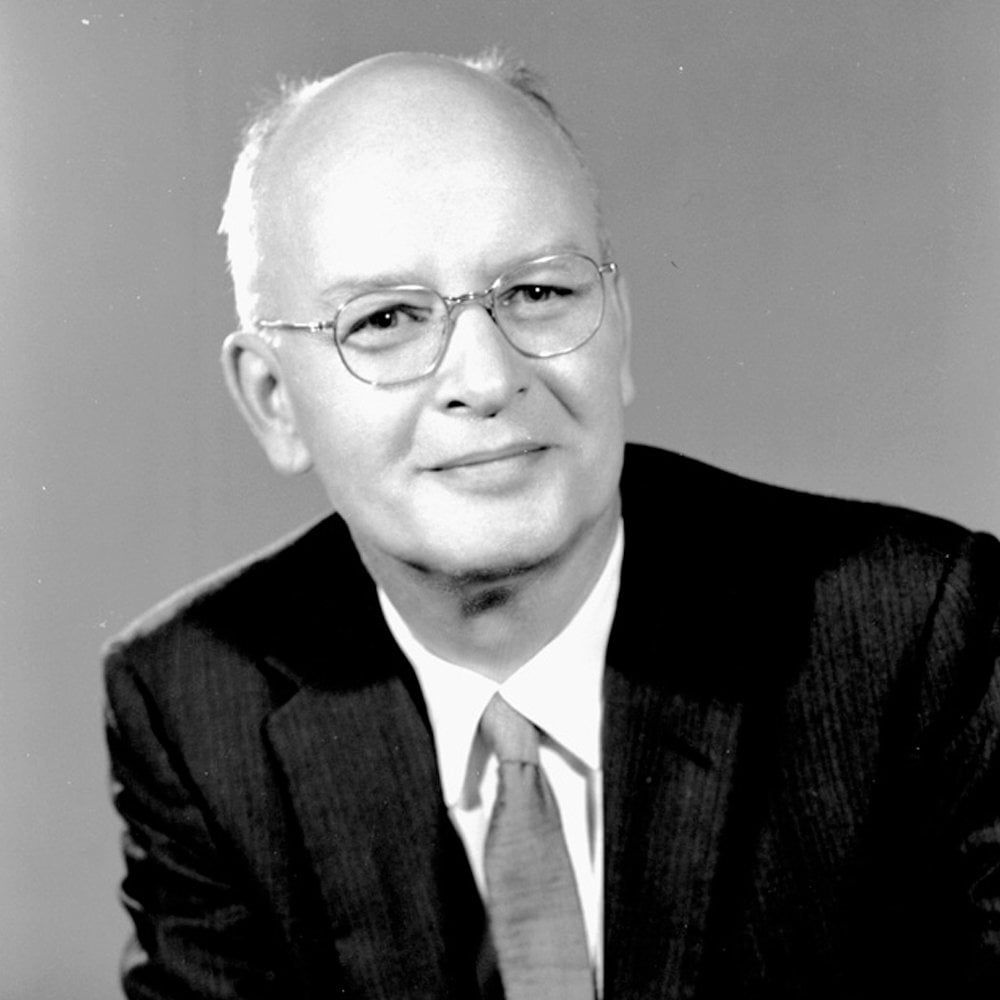
Turpin Bannister - Nu - 1923
Turpin Bannister was a 1923 initiate of the Nu Chapter at Denison University. During his early twenties, in 1926, he served on the National Ritual Revision Committee alongside Peter W. Dykema, Charles E. Lutton, and Rollin Pease. These men sought to re-center the organization on the ideals set forth by its Founder, Ossian E. Mills.Alongside his significant contributions to the 1926 ritual revision, Brother Bannister was renowned in the world of architectural historians. During his tenure as an instructor and historian at Rensselaer Polytechnic Institute, he was instrumental in the formation of a professional organization of architectural historians. At the 1938 Harvard Summer Session, a group of scholars, including Bannister, would launch the conversation that would lead to the organization of The American Society of Architectural Historians in 1940. Bannister served as its first president and editor of the society’s professional journal.
In 1944, Bannister would earn his doctorate from Harvard’s School of Architecture. He produced several books and publications over his lifetime, many focusing on the concept, evolution, and significance of architecture throughout human history. Bannister contributed much to the world’s knowledge of architecture and was awarded the American Institute of Architect’s Kemper Award in 1955. He also held several advisory posts on scholarly boards across the nation. These included The Medieval Academy, The National Park Service, The Historic American Buildings Survey, and The New York Historical Association.
With his early and careful guidance, Turpin Bannister shaped a brand-new profession that is carried on by generations of historians today. His legacy is one of “a kinetic yet gentle individual, a seeker of new knowledge in uncharted fields, an inspired and witty conversationalist and lecturer, and a perfectionist tolerant of the many imperfections of others.”

Robert Shaw - Alpha Chi - 1945
In his long career, which spanned six decades and four cities, Robert Shaw transformed choral conducting into an art and nearly single-handedly raised its standards to a new level. For more than half a century he set the standard of excellence for choral music, enjoying a status of patriarch of vocal musical interpretation in the USA.Robert (Lawson) Shaw came from a clerical family. His father and grandfather were ministers. More importantly, perhaps, his mother sang in church choirs. In school, his serious interests were in philosophy, literature, and religion, but at Pomona College he did join the glee club. Then, in a chain of events right out of a Warner Brothers backstage musical, Shaw was asked to take over the choir for an ailing faculty leader the same year that Fred Waring happened to be making a film on the campus. Waring was impressed, asked him to go to New York to develop a glee club for him, and a star conductor was born.
Robert Shaw’s first major honor came as early as 1943 from the National Association of Composers and Conductors which cited him as “America’s greatest choral conductor.”
Four decades ago, the great – and not easily pleased – Italian conductor Arturo Toscanini was conducting L.v. Beethoven’s Ninth Symphony with his NBC Symphony Orchestra. After hearing the chorus, which had been prepared by Robert Shaw, perform the glorious choral movement that ends the symphony, Arturo Toscanini turned to his players and said, “In Robert Shaw I have at last found the maestro I have been looking for.”
With the founding of the Robert Shaw Chorale in New York in 1948, which Robert Shaw was to conduct for another 20 years, his fame and influence in the field became second to none in the world, leading the group on extensive tours throughout Europe, the Soviet Union, Latin America, and the Middle East under the auspices of the State Department. For this esteemed Robert Shaw Chorale, he commissioned pieces from the leading composers of the day: Béla Bartók, Darius Milhaud, Benjamin Britten, and Aaron Copland.
Robert Shaw also served as music director of the San Diego Symphony Orchestra until he was recruited by George Szell to conduct the choral section of the Cleveland Symphony Orchestra. He served under Szell for 11 years, during which time he shaped the Cleveland chorus.
In 1967 Robert Shaw accepted the directorship of the Atlanta Symphony Orchestra and saw it grow from a local band of a part-time amateur symphony of 60 musicians to a fine major-league orchestra (when he retired in 1988, the orchestra comprised 93 professional players), establishing a magnificent choral adjunct and leading the combined forces in many definitive recordings of the symphonic-choral music literature. During his 21 years in Atlanta, he conducted both the regular orchestra and the chorus. The recordings he made with the Atlanta Symphony Orchestra and the chorus — eleven of which won Grammy awards — are still “benchmarks” in the field, according to Smith. Shaw won four other Grammy awards and was nominated this year for two more. He recorded the first classical album on the RCA label to sell over a million copies.
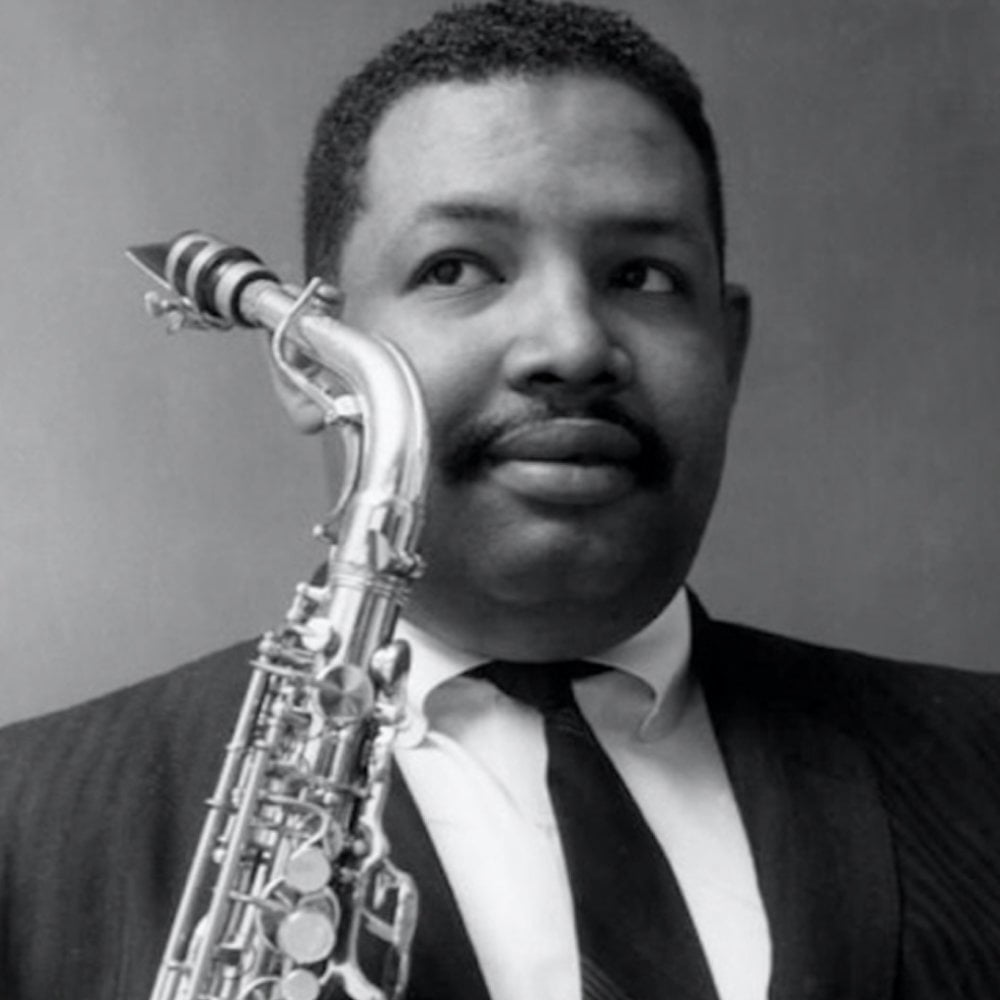
``Cannonball`` Adderley - Gamma Theta - 1960
Julian “Cannonball” Adderley was a jazz saxophonist who helped define the hard-bop sound of the 1950s and 60s. Adderley was fearless in exploring fresh musical styles, using his own combination of styles to create a sound that was uniquely his own.Brother Adderley was initiated into the Gamma Theta Chapter in 1960. He had been introduced to music at an early age by his father and took a particular interest in performing. After several years of side gigs with his own jazz group, Adderley enlisted in the U.S. Army where he led the 36th Army Dance Band.
In 1955, Adderley made a move to New York and kicked off a career in Jazz with his brother Nat. The two formed a quintet that would ultimately not be successful the first time around, but it did catch the attention of trumpeter Miles Davis. Davis invited Adderley to play with his band, which he did for several years, playing on a number of Davis’ seminal albums. Eventually, Adderley would reunite with his brother, forming the “Cannonball Adderley Quintet.”
For the next fifteen years, Adderley molded the quintet’s sound using the experience he gained from playing with Miles Davis. His later albums and styles were influenced by electric jazz as the quintet made appearances at festivals, concerts, and even a few movies. Adderley spent the last five years of his life teaching and lecturing on his lifelong passion for the art of jazz until his death in 1975.
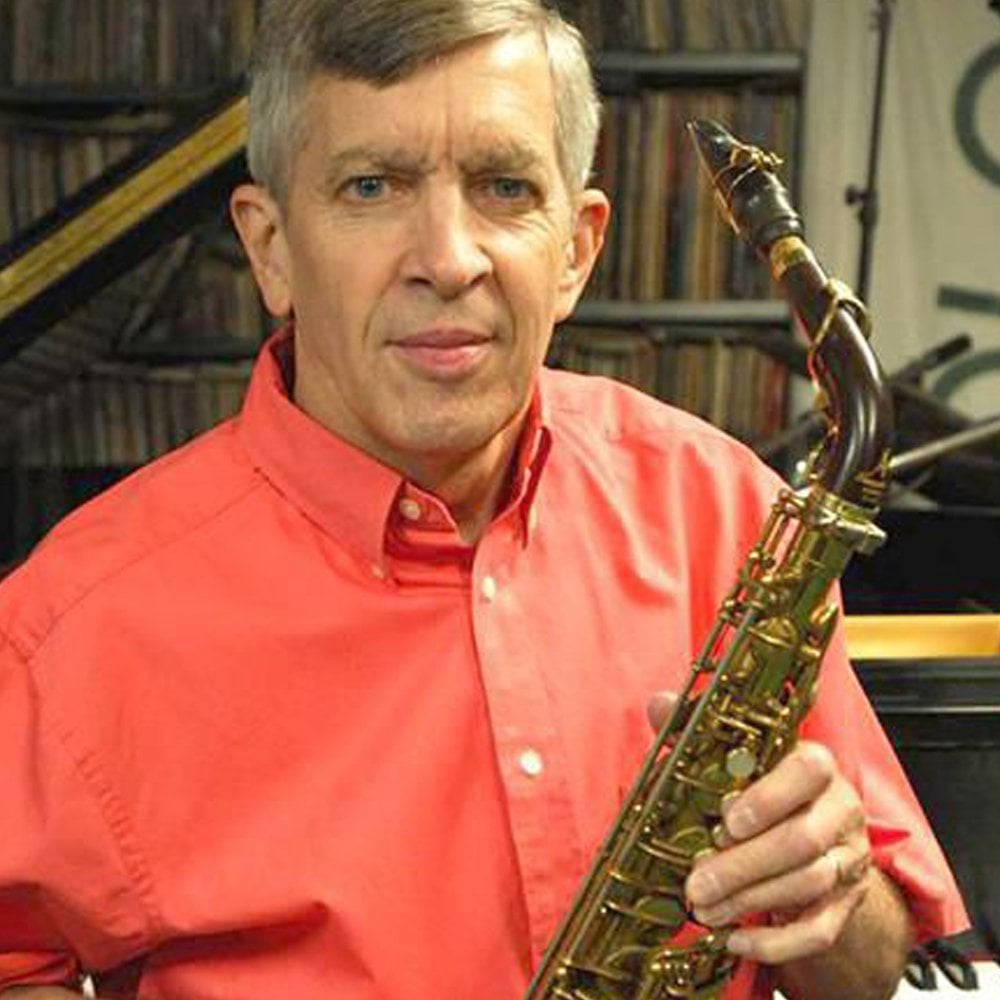
Jamey Aebersold - Gamma Omega - 1976
Jamey Aebersold was initiated into the Gamma Omega Chapter at Indiana State University in 1976, Aebersold is a renowned American jazz saxophonist, educator, and publisher.In 1967, Aebersold released the first book in his “Play-A-Long” series, a world-renowned series of jazz instructional books that are considered standard for most jazz educators. In his books, he touches on techniques that are regarded as essential building blocks for most jazz musicians. In addition to his series of instructional books, Brother Aebersold has taught musical improvisation at the University of Louisville, where he also hosts a summer jazz workshop that he has led for over fifty years now. At his camp, young jazz students are exposed to master classes, ear-training sessions, jazz theory, and concerts put on by the faculty and the nation’s leading artists. With his years of experience in leading workshops and teaching all levels – from novice to pro, it is clear to see why Aebersold is the world leader in jazz education.
For his dedication to the art form and tireless promotion of American music, Jamey Aebersold was awarded Phi Mu Alpha’s “Man of Music” award at the 54th National Convention in Orlando, Florida in 2009.
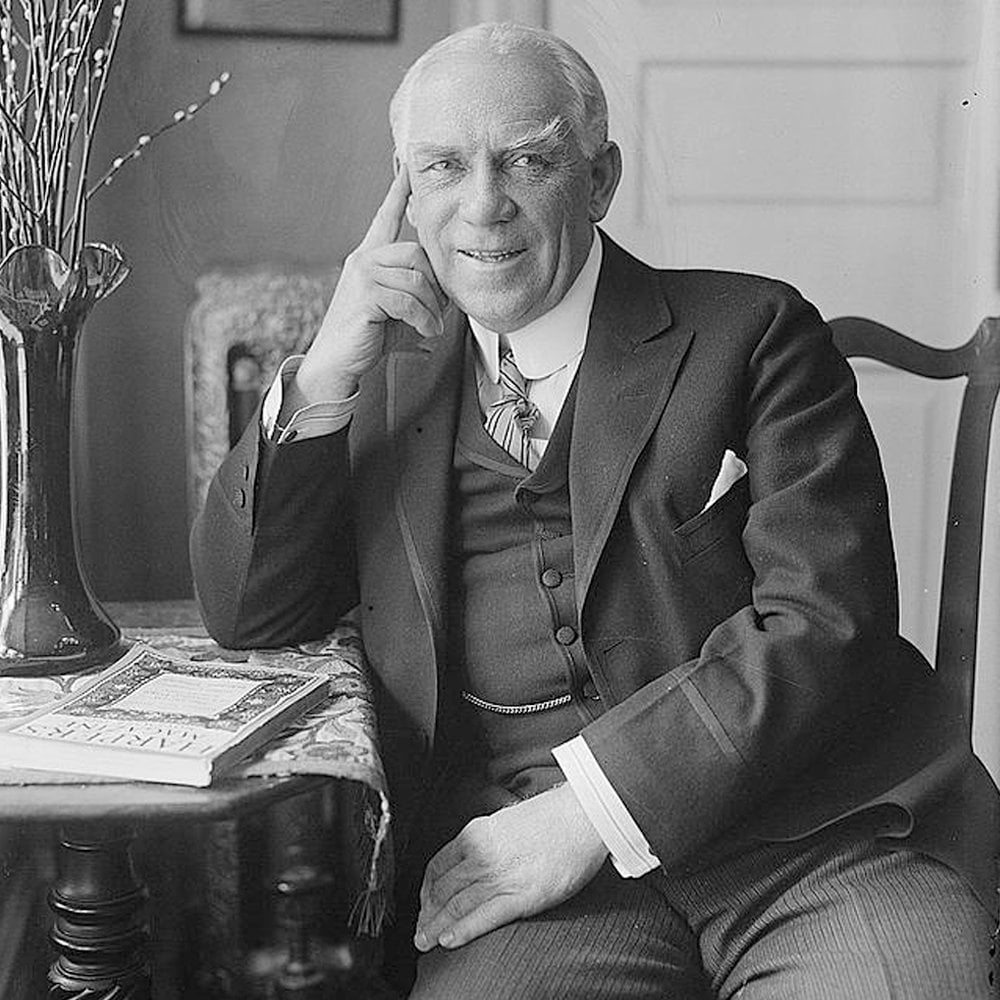
David Bispham - Epsilon - 1905
David Scull Bispham was an American operatic baritone. Bispham was born on January 5, 1857 in Philadelphia, the only child of William Danforth Bispham and Jane Lippincott Scull. Both of Bispham’s parents were members of the Society of Friends. In 1867, the family relocated to New Jersey. In 1872, Bispham entered Haverford College, from which he was graduated in 1876. After graduation, Bispham entered the wool business with his mother’s brothers, all the while continuing to develop his musical talents as an amateur. Bispham appeared in numerous musical performances in his childhood despite having no formal musical training. In 1885, Bispham married the daughter of General Charles Sawyer Russell, they would go on to have four children: Jeanette, Vida and David. The Bisphams honeymooned in Europe, when they returned to Philadelphia, Bispham found work with the Lehigh Valley Railroad. While employed with the railroad, Bispham spent his spare time singing with local clubs and an Episcopal church choir in Philadelphia.At twenty-eight he went to Europe, studying singing in Florence with Luigi Vannuccini and in Milan with Francesco Lamperti. He studied in Bayreuth. In 1891 he was selected from among fifty applicants to perform the role of the Duc de Longueville in a London performance of André Messager’s La Basoche, he was engaged by the Royal Opera at Covent Garden to sing the part of Beckmesser in Wagner’s Die Meistersinger von Nürnberg in June 1892. This production was to feature Jean de Reszke, Emma Albani, Jean Lassalle in the other leading roles. De Reszke fell ill during rehearsals, the production had to be cancelled. On the day of the cancellation, Bispham was asked to substitute on the following day as Kurwenal in Richard Wagner’s Tristan und Isolde, under Gustav Mahler; this was Bispham’s first Wagner role. According to his memoir, referred to below, Bispham had learned that role and several others following the advice of a medium at a seance, his success there brought him a contract for Covent Garden, where he appeared in Wagnerian roles, for all but two of the next ten seasons.
Bispham made his American debut, once again in Wagner, at the Metropolitan Opera in New York City on November 18, 1896. He remained with the company until 1903, singing Wagnerian roles. Bispham was influential in establishing the career of Carrie Jacobs-Bond as in 1901 he gave a recital featuring her songs in Chicago’s Studebaker Theatre. After 1903 Bispham’s operatic appearances were few, he devoted most of his time to recitals, with which he had much success, he made a point of singing English versions of songs by such composers as Ludwig van Beethoven, Franz Schubert, Robert Schumann. In 1916 he appeared in an English-language version of Wolfgang Amadeus Mozart’s Der Schauspieldirektor in New York; the performance was such a success. Bispham’s commitment to opera in English led, after his death, to the creation of the Bispham Memorial Medal Award, to be awarded to operas in English by American composers, he was a’strong’ advocate for performing vocal music in the audience’s language. He was a close personal friend of American soprano Lillian Nordica, with whom he traveled to Australia on her last tour before her death.
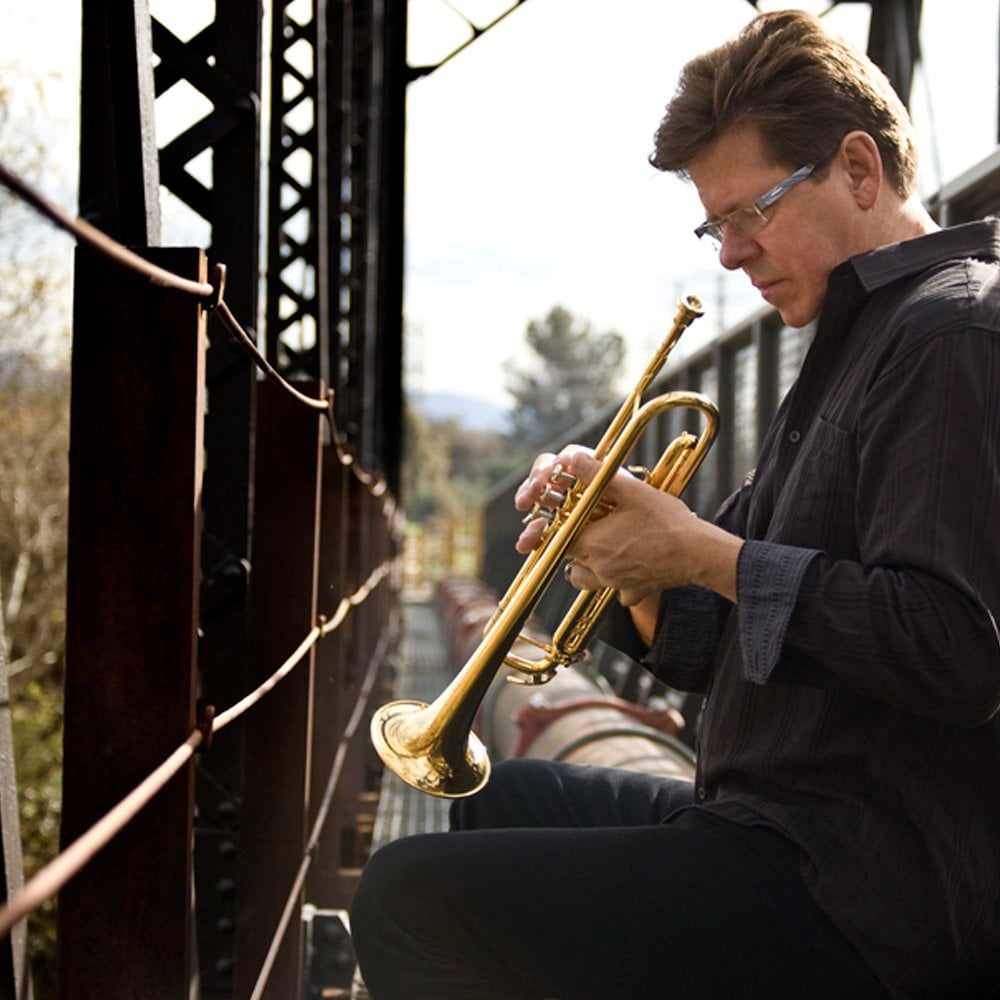
Wayne Bergeron - Alpha Alpha - 2015
Wayne Bergeron is enjoying a career as one of the most sought-after musicians in the world. Studio sessions, film dates, international touring, jazz concerts, guest appearances, and clinics keep him busy not only in his hometown of Los Angeles but worldwide. Brother Bergeron first caught the ear of many when he landed the lead trumpet chair with Maynard Ferguson’s band in 1986. He can be heard on Maynard’s recordings of “Body and Soul,” “Big Bop Nouveau,” “Brass Attitude,” and “The One and Only Maynard Ferguson.” Bergeron demonstrates daily why Maynard remarked, “Wayne is the most musical lead trumpet player I’ve had on my band.”As a sideman, Bergeron’s list of recording credits reads like a who’s who in contemporary jazz and pop, running the stylistic gamut from Ray Charles to Green Day. Other names include Beyoncé, Barbra Streisand, Michael Buble, The Dirty Loops, Seth MacFarlane, Natalie Cole, Celine Dion, Seal, Diana Krall, Tito Puente, Christina Aguilera, Dianne Reeves, Michael Bolton, Earth Wind & Fire, The Pussy Cat Dolls, My Chemical Romance, The Mars Volta, INXS, Chicago, Rosemary Cloony, Diane Schuur, Barry Manilow, Lee Ann Womack, Lou Rawls, Eric Marienthal, Kenny G., and David Benoit.
Bergeron has worked on over 400 TV & motion picture soundtracks. A partial list of film credits include Moana, Frozen, Bridge of Spies, Get On Up, Toy Story 3, Monsters University, Planes, Despicable Me 1 & 2, Cars 2, Charlie St. Cloud, High School Musical 3, Pink Panther 2, Marley & Me, Get Smart, Superman Returns, The Simpson’s Movie, Dreamgirls, Hairspray, Mission Impossible 3, Ice Age 2, Spiderman 1 & 2, Team America, Catch Me if You Can, and South Park.
Bergeron’s featured trumpet solos can be heard on the motion pictures La La Land, Rough Night, Ted 2, Minions, Jersey Boys, The Incredibles, Rocky Balboa, The Green Hornet, The Interview, Smurfs 2, Despicable Me 2, Duplicity, Leather Heads, Princess & the Frog, The Perfect Game, High Crimes, Rounders, Fled, Hey Arnold (the movie), The Life Aquatic, The Rat Pack, Child Star, Illegal Tender, Aladdin King of Thieves, Foolproof, and Two Days in the Valley.
His passion for big bands has led to his inclusion in some of Los Angeles’ most well-respected bands. He has recorded and played with Quincy Jones, Gordon Goodwin, Arturo Sandoval, Pat Williams, Sammy Nestico, Jack Sheldon, Chris Walden, Tom Kubis, John La Barbara, Bob Florence, Ray Anthony, Bill Watrous, Bob Curnow, and more recently Vince Mendoza’s re-creation of the Gil Evans/Miles Davis recordings featuring Terance Blanchard and Sean Jones.
Bergeron is also a National Artist for the Yamaha Corporation of America.
Grammy-winning composer and bandleader, Gordon Goodwin said it best, “Wayne is a once in a lifetime lead trumpet player.”
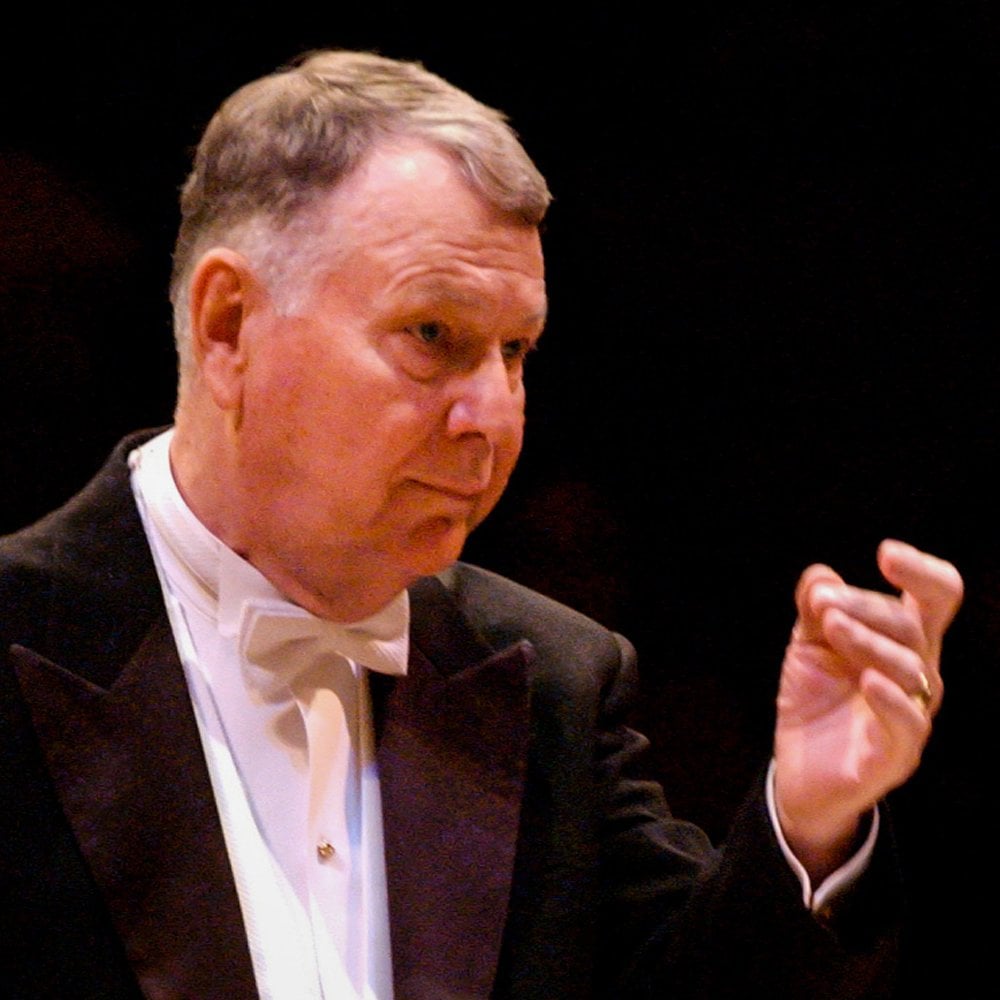
Col. John Bourgeois - Zeta Pi - 1956
Colonel John R. Bourgeois was initiated at Loyola University New Orleans’ Zeta Pi chapter in 1956. He is well known for his career with the United States Marine Band that spanned nine presidential administrations and serving as the ensemble’s director from 1979 to 1996.It all began with “The President’s Own” in 1958 when he joined as a French Hornist and arranger shortly after joining the Marine Corps. Later, as the ensemble’s director, Col. Bourgeois was the Music Advisor at the White House. He selected all the musical programs there and directed the band for four Presidential Inaugurations. He regularly conducted the Marine Band and Marine Chamber Orchestra at the White House appearing there more frequently than any other musician in the U.S.
Since retiring from the Marine Band, Bourgeois has been actively involved in music as a guest conductor, has published new editions of classic band compositions, and was named Phi Mu Alpha Sinfonia’s “Man of Music” at the 50th National Convention in 2000.
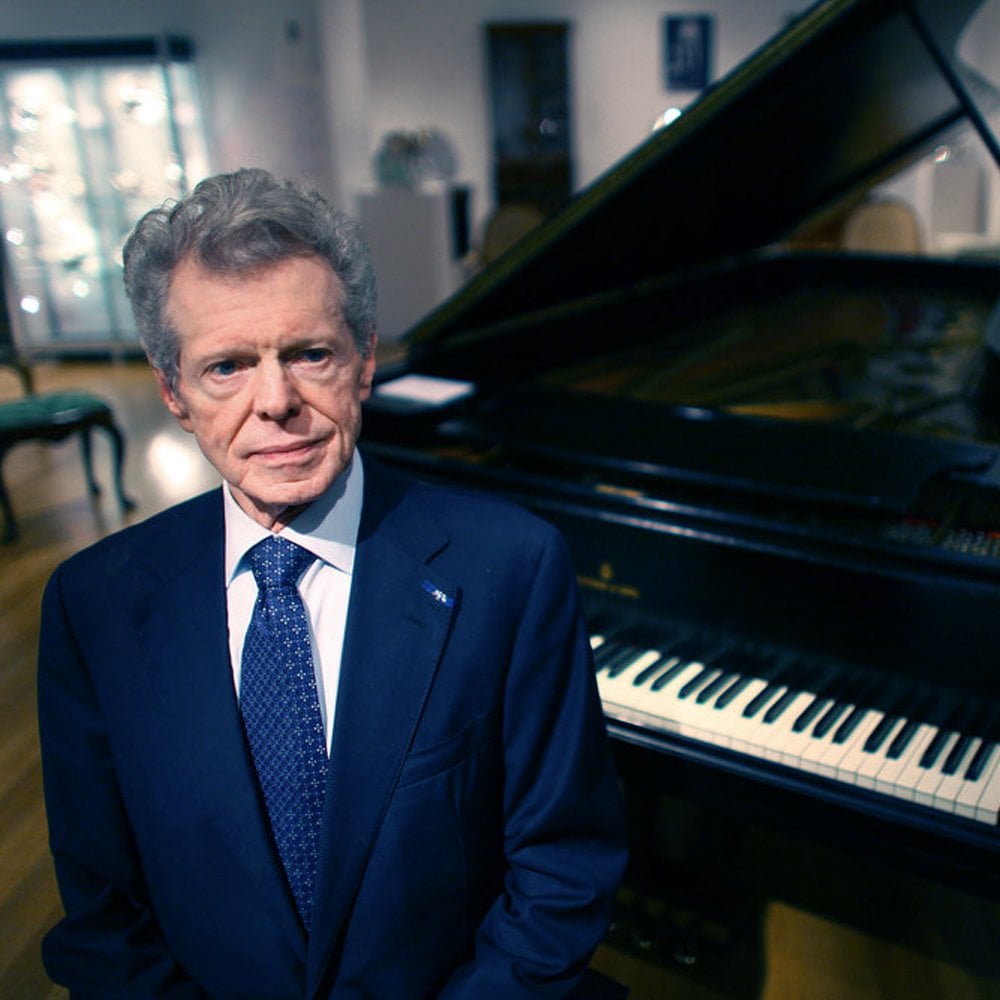
Van Cliburn - Alpha Chi - 1958
Van Cliburn was initiated into the Alpha Chi Chapter at the University of Tulsa in 1958. During the same year, he participated in the International Tchaikovsky Competition in Moscow, Russia. In an event designed to demonstrate the technological superiority of the USSR during the Cold War, Cliburn would win first prize. The win propelled him to international fame, earning him the nickname “The Texan Who Conquered Russia” on the cover of the New York Times Magazine. For the power of his musical diplomacy and his influence on the world through the arts, Brother Cliburn was awarded the Presidential Medal of Freedom by President Bush in 2003 and the National Medal of the Arts by President Obama in 2010. Today, his legacy lives on through the Van Cliburn International Piano Competition held once every four years at venues around the globe.For his contributions to American music and his endeavors in the arts and humanity, Cliburn was awarded Phi Mu Alpha’s “Man of Music” award at the 1962 National Convention in Cincinnati, Ohio. Cliburn would follow his acceptance of the award with a speech and exceptional performance for the Sinfonian Brothers in attendance, displaying his gratitude through song.
When speaking on the joy of sharing music, Brother Cliburn said, “Its always there, it will be there after you and I and everyone we know today are dead. That music will still be alive.”
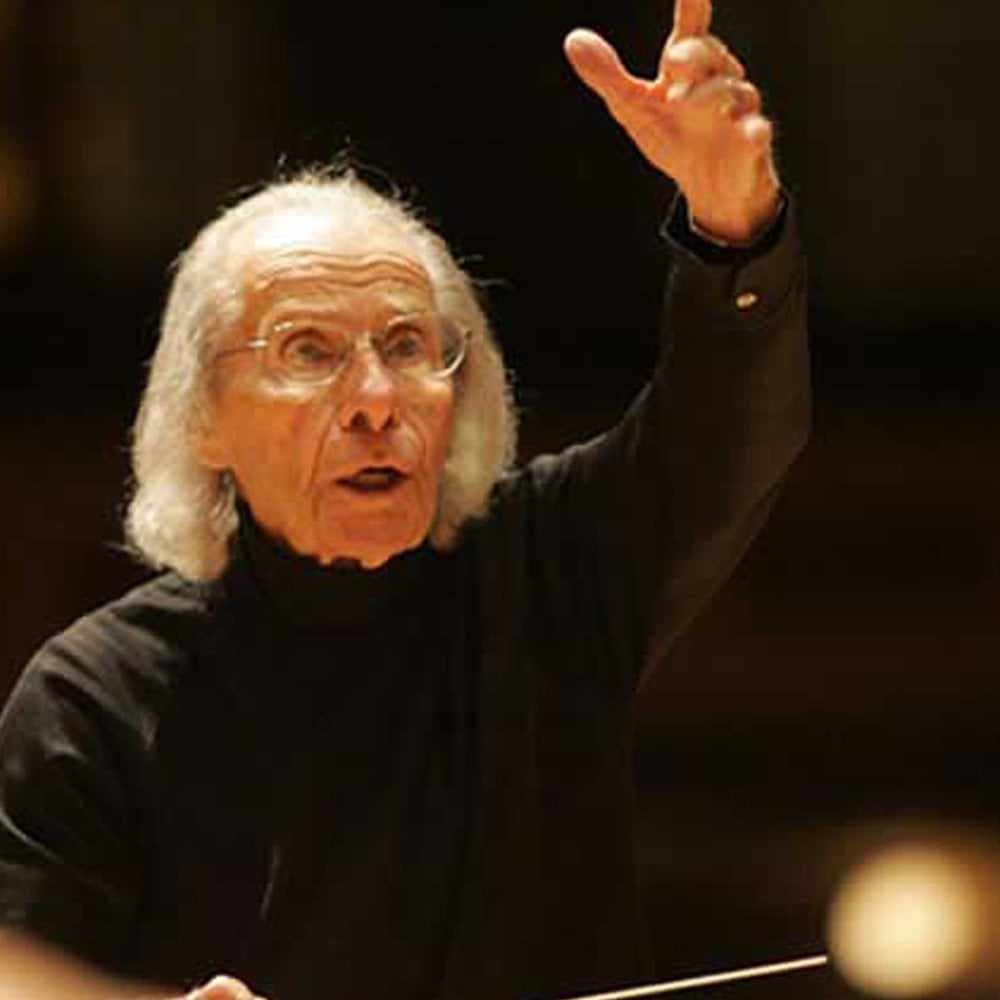
Frederick Fennell - Alpha Nu - 1934
Frederick Fennell was initiated into the Alpha Nu Chapter at the Eastman School of Music in 1934. As an internationally recognized conductor, Fennell was one of the prominent figures who promoted the legitimacy of the wind ensemble as a major performing group. During World War II, Fennell would serve as the National Musical Advisor for the United Service Organizations (USO).Throughout his career, Fennel had been the director of several notable orchestras including the Tokyo Kosei Wind Orchestra. Noted as one of America’s most-recorded conductors, he made several recordings with prominent wind ensembles such as the Cleveland Symphonic Winds and Dallas Wind Symphony.
For his immeasurable contributions to American music and tireless promotion of musical programs, Brother Fennell was awarded the Charles E. Lutton Man of Music Award at the 51st National Convention in Washington D.C., in 2003.
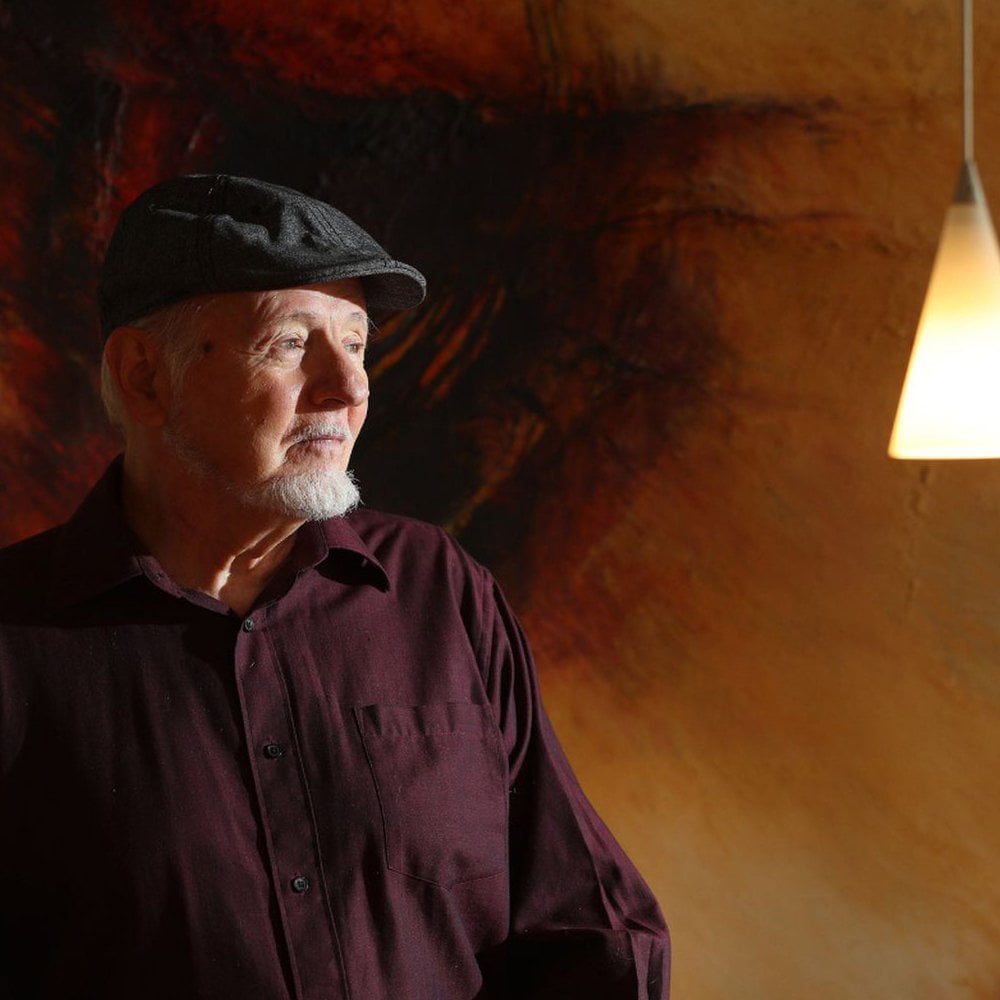
Michael Colgrass - Alpha Alpha - 2013
Michael Colgrass won the 1978 Pulitzer Prize for Music for Déjà vu, which was commissioned and premiered by the New York Philharmonic. In addition, he received an Emmy Award in 1982 for a PBS documentary “Soundings: The Music of Michael Colgrass.” He has been awarded two Guggenheim Fellowships, A Rockefeller Grant, First Prize in the Barlow and Sudler International Wind Ensemble Competitions, and the 1988 Jules Leger Prize for Chamber Music.Among many other popular works, his Winds of Nagual has become a standard in the repertoire and won the National Band Association’s William D. Ravelli Memorial Composition Contest and the Sudler International Composition Competition. He has also created a method of teaching children – and teachers – how to write music, which was adopted by the Nova Scotia education system for inclusion in the junior high curriculum. These accomplishments highlight a career that has spanned decades and has included extensive performances with many of the world’s greatest musicians and ensembles. A 2013 National Honorary member and a recipient of the Fraternity’s Orpheus Award (presented to him in 1990 by the Iota Tau Chapter at Old Dominion University), Colgrass is in demand as a speaker and presenter, both on his music teaching methods and as an inspiring instructor on creativity and performance.
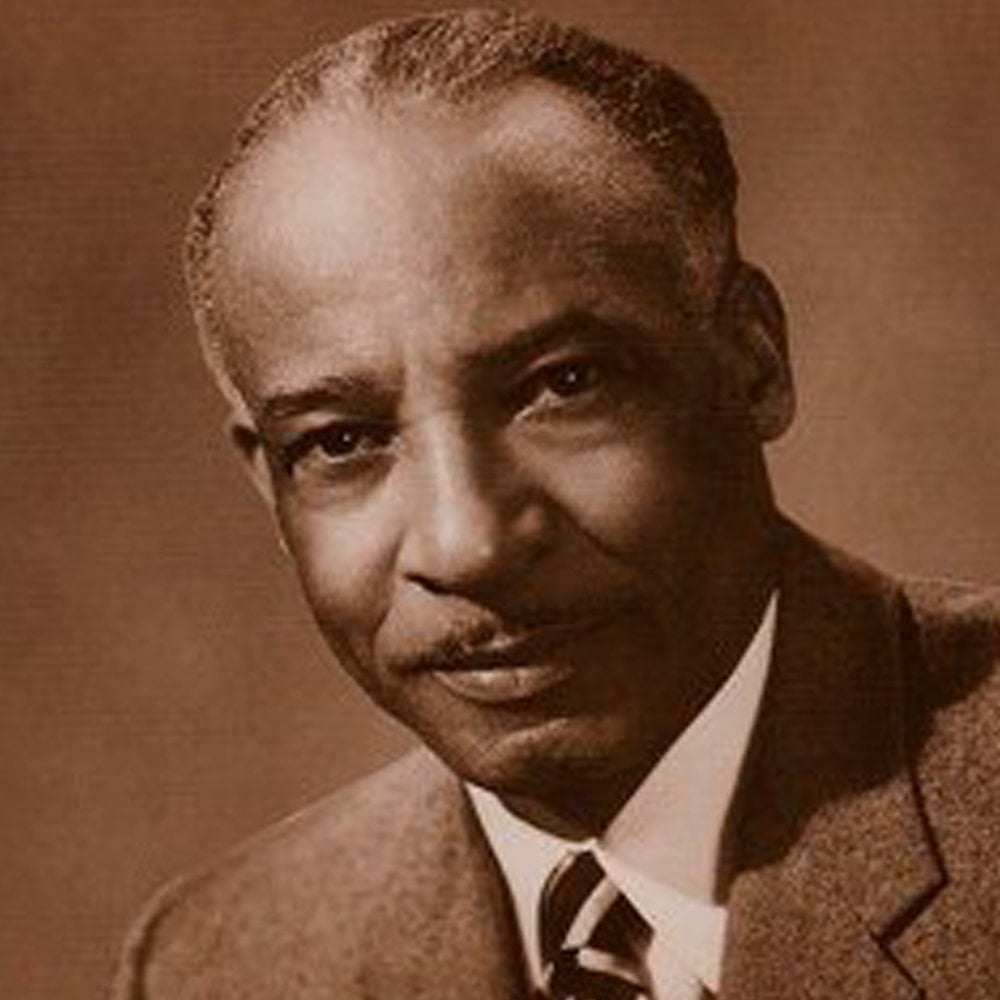
William Levi Dawson - Alpha Alpha - 1977
William Levi Dawson was a 1977 initiate of the Alpha Alpha Chapter. Dawson is renowned as a composer, choir director, scholar of black religious folk music, and “one of the greatest contributors to the art of American choral music.”Brother Dawson fled from his Alabama home at the age of thirteen to pursue a life that was beyond the ordinary. He found refuge and gained an education at the Tuskegee Institute and financed it himself by working on the school’s farm. Dawson continued to work until he completed his Tuskegee education in 1921. He was hired by Lincoln High School in Kansas City, Missouri as the Director of Music after graduation where he supervised elementary music and directed the school’s choirs.
As recognition for Brother Dawson’s talent in composition, he was awarded a scholarship to the American Conservatory of Music in Chicago, Illinois. The conservatory is where he would earn a master’s degree in music; six years later he would become the Bandmaster Designate for 1933 World’s Fair.
Dawson would later return to the Tuskegee Institute to head the Music Department, meanwhile developing the institute’s choir to over one hundred members. His leadership of the choir influenced his composition extensively and he began to write choral and vocal arrangements almost exclusively. It is during this time that Dawson composed his world-famous arrangements of Ev’ry Time I Feel the Spirit, Ezekiel Saw De Wheel, Mary Had a Baby, and There is a Balm in Gilead.
Over his lifetime Brother Dawson received countless awards and recognition for his dedication and devotion to American Music. His awards include an American Choral Directors Association award for “pioneering leadership, inspiration, and service to the choral arts,” being named to Alabama Arts Hall of Fame, and an honorary doctorate degree from Ithaca College of Music.
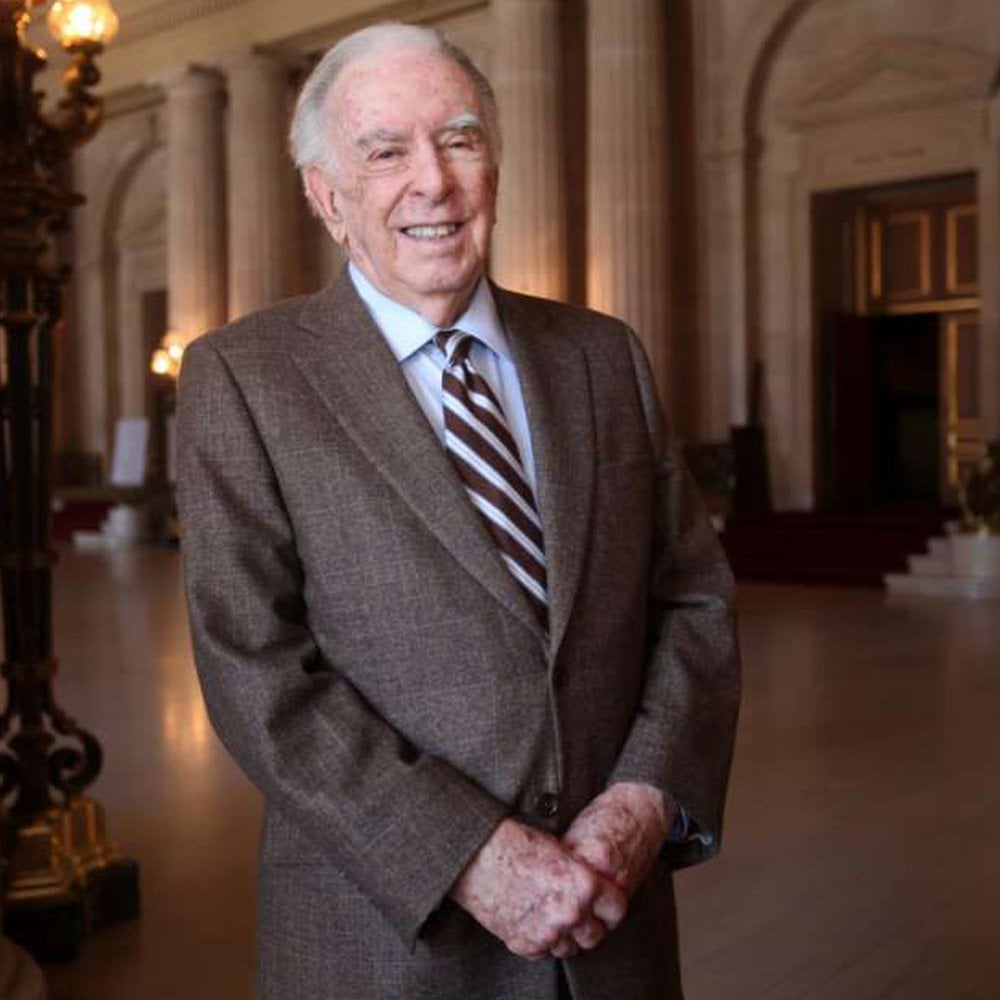
Carlisle Floyd - Epsilon Iota - 1957
Brother Carlisle Floyd was initiated into the Epsilon Iota Chapter at Florida State University in 1957. Today, he is one of the most admired and widely performed opera composers and librettists of the last century.Known as the “Father of American Opera,” Floyd is credited with helping to create an American idiom in opera. His most famous work, Susannah, has become one of the most performed American operas in history. The opera, having debuted in 1956, in 1957, won the New York Music Critic’s Circle Award and subsequently was chosen to be America’s official operatic entry at the 1958 Brussels World’s Fair. Susannah has gone to achieve fame both in the United States and internationally. Other well-known works by Floyd include Of Mice and Men and Cold Sassy Tree.
In 2012, Brother Floyd became Phi Mu Alpha’s 23rd “Man of Music” at the 54th National Convention in Orlando, Florida.
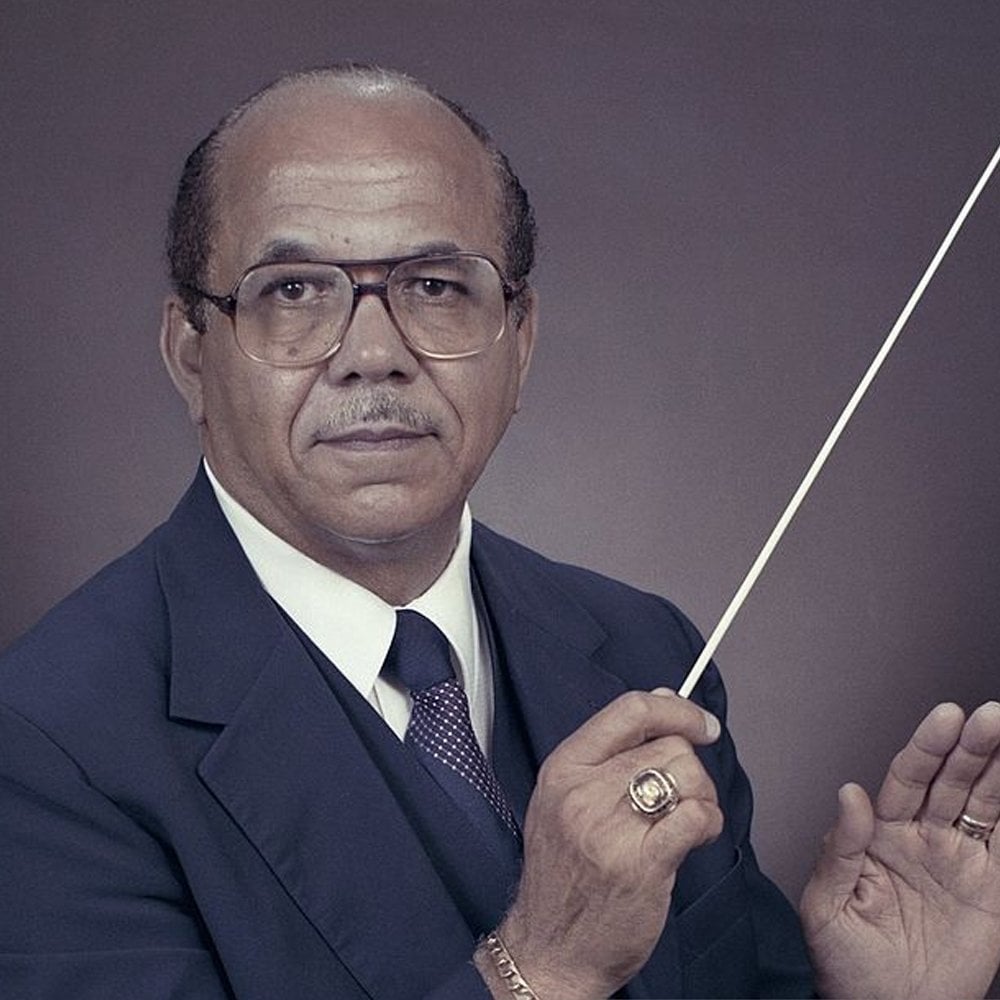
William Foster - Beta Gamma - 1953
The Maestro; the Law; the Legend Dr. William P. Foster.Brother Foster was initiated into the Beta Gamma Chapter at Columbia University in 1953. At an early age, he began studying music on the clarinet and while in high school he was appointed the student director of the Summer High School Orchestra in his hometown of Kansas City, Kansas. Foster would go on to obtain degrees from Columbia University, Wayne State, the University of Kansas.
When Foster arrived on the scene of Florida A&M in 1946, the marching band was a group with no more than 16 students. Under his leadership, the band’s reputation soared and began to incorporate showmanship, rapid tempos, high-stepping, and dancing. By the 1960s, the newly named “Marching 100” became the most popular marching band in the country, constantly being imitated and praised for its “flashy, crowd-pleasing style.”
Over a 55-year career, Brother Foster brought over 30 new techniques to the band, many of which are taught as standards for marching bands on every level from high school to college. By continuing to mentor his students and colleagues, it was his belief that it would influence the growth of the Florida A&M music department. A few such protégés included jazz musicians Cannonball Adderley (Gamma Theta) and his brother, Nat Adderley.
Foster’s leadership brought him the highest accolades in his profession. He was inducted into several halls of fame, elected American Bandmasters Association, and was appointed by President Bill Clinton to serve on the National Council on the Arts in 1996. Following his retirement in 2001, Brother Foster devoted much of his time to the William P. (now Dr. William P. and Mary Ann) Foster Foundation. The Foundation promotes the ideals, values, commitment to music education and historical legacy of Dr. Foster, financially supports marching band participants and promotes educational outreach programs nationwide.
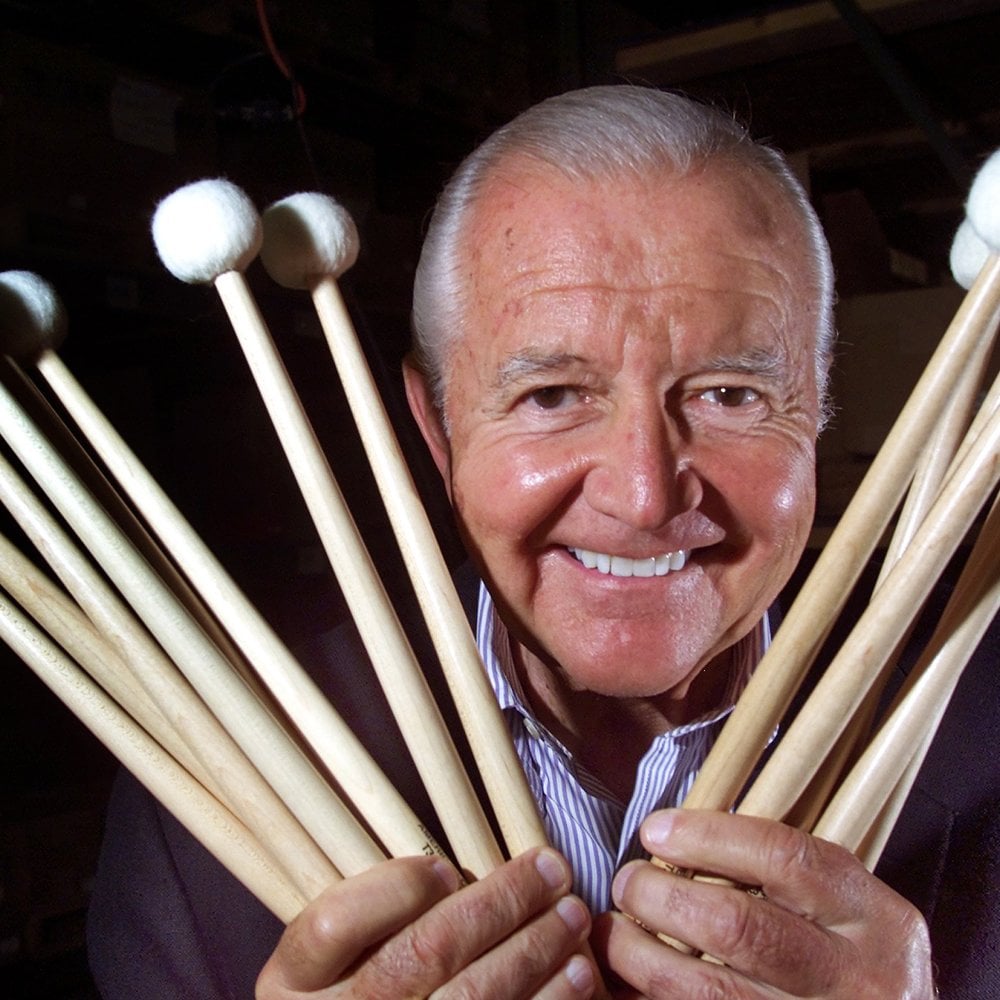
Vic Firth - Alpha - 1950
Vic Firth is the founder of Vic Firth, Inc., a percussion stick and mallet manufacturing company that manufactures over 12 million sticks per year. As an accomplished percussionist, he has performed with the Boston Symphony Orchestra for over 50 years and has written two etude books, The Solo Timpanist and The Solo Snare Drummer. In 1995, he was inducted into the Percussive Arts Society’s Hall of Fame.
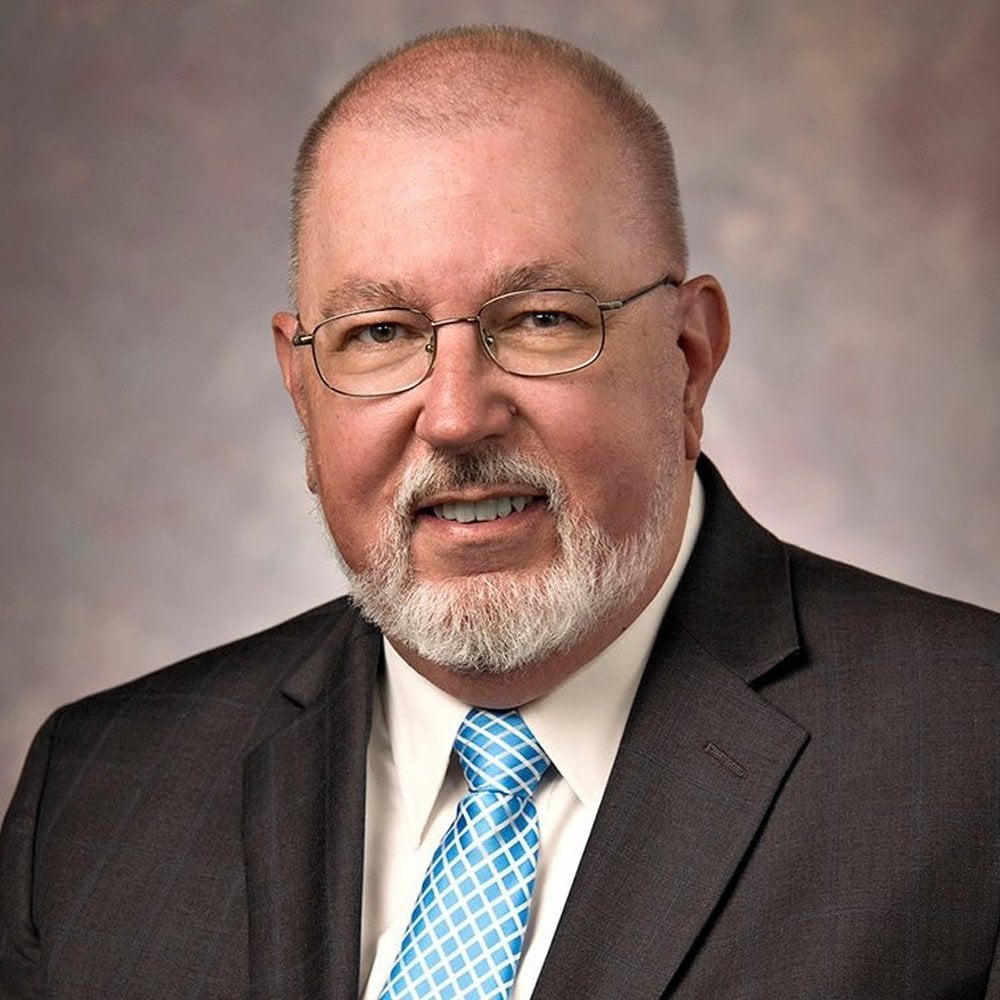
Daniel E. Gawthrop - Xi Mu - 1997
Composer Daniel E. Gawthrop was born in 1949 in Fort Wayne, Indiana. He has been the recipient of over one hundred commissions to write original music. His published choral and organ works are in the catalogs of Dunstan House, Alfred Publishing, Alliance Music and others. His a cappella motet Sing Me to Heaven is among the most frequently performed choral pieces of modern times and has sold more than a half million copies.Gawthrop’s music has premiered in the Concert Hall of the John F. Kennedy Center for the Performing Arts, the Salt Lake City Mormon Tabernacle, and Washington National Cathedral among dozens of other prestigious venues. His choral pieces have been performed and recorded by such eminent ensembles as The United States Air Force Singing Sergeants, the Gregg Smith Singers, the Turtle Creek Chorale, the Paul Hill Chorale, the American Boychoir, the Mormon Tabernacle Choir, the Cathedral Choral Society (of Washington National Cathedral) and literally hundreds of other groups in the U.S. and abroad.
In addition to his work as a composer, Gawthrop has been active as a broadcaster, clinician and adjudicator, organist, conductor, teacher and writer, including a period as music critic for The Washington Post. Gawthrop is a Life Member of the American Choral Directors Association and a member of The American Guild of Organists.
Gawthrop resides with his wife in southern Idaho a few hours from Yellowstone National Park and approximately halfway between Yosemite and Glacier National Parks.
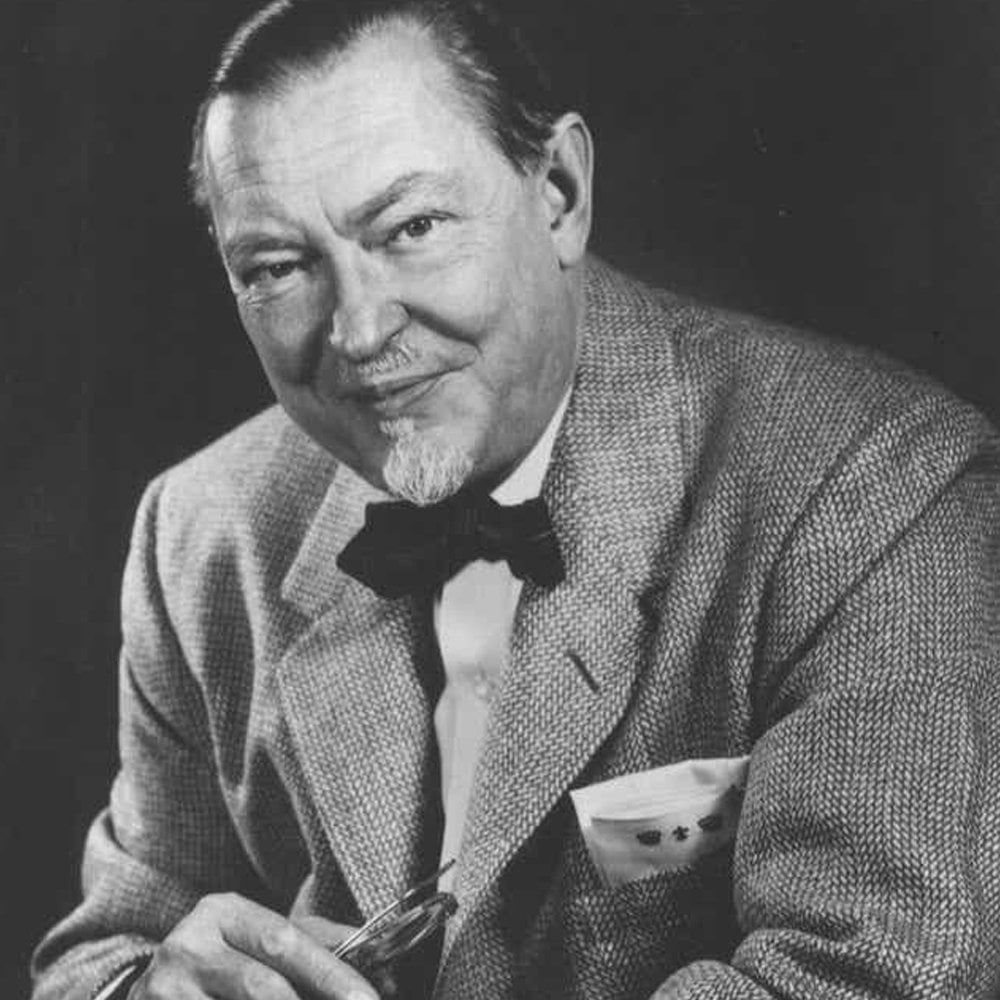
Howard Hanson - Iota - 1916
Dr. Howard Hanson was initiated into the Iota chapter at Northwestern University in Illinois in 1916, Hanson became a charter member of the Alpha Nu chapter at Eastman School of Music of Rochester, New York in 1925, just one year after being named the director of the school.As director of Eastman School of Music, Howard Hanson transformed the school into one of the most prestigious music schools in the country. He brought in better teachers, improved the curriculum and refined the school’s ensembles. As a champion of American composition, Hanson premiered over 2000 works by nearly 500 American composers while at Eastman an appeared frequently as a guest conductor for several major American and Germanic symphonies.
At the 1954 National Convention, Hanson became the Fraternity’s second “Man of Music” for his enormous contributions to Eastman and his legacy as a conductor.
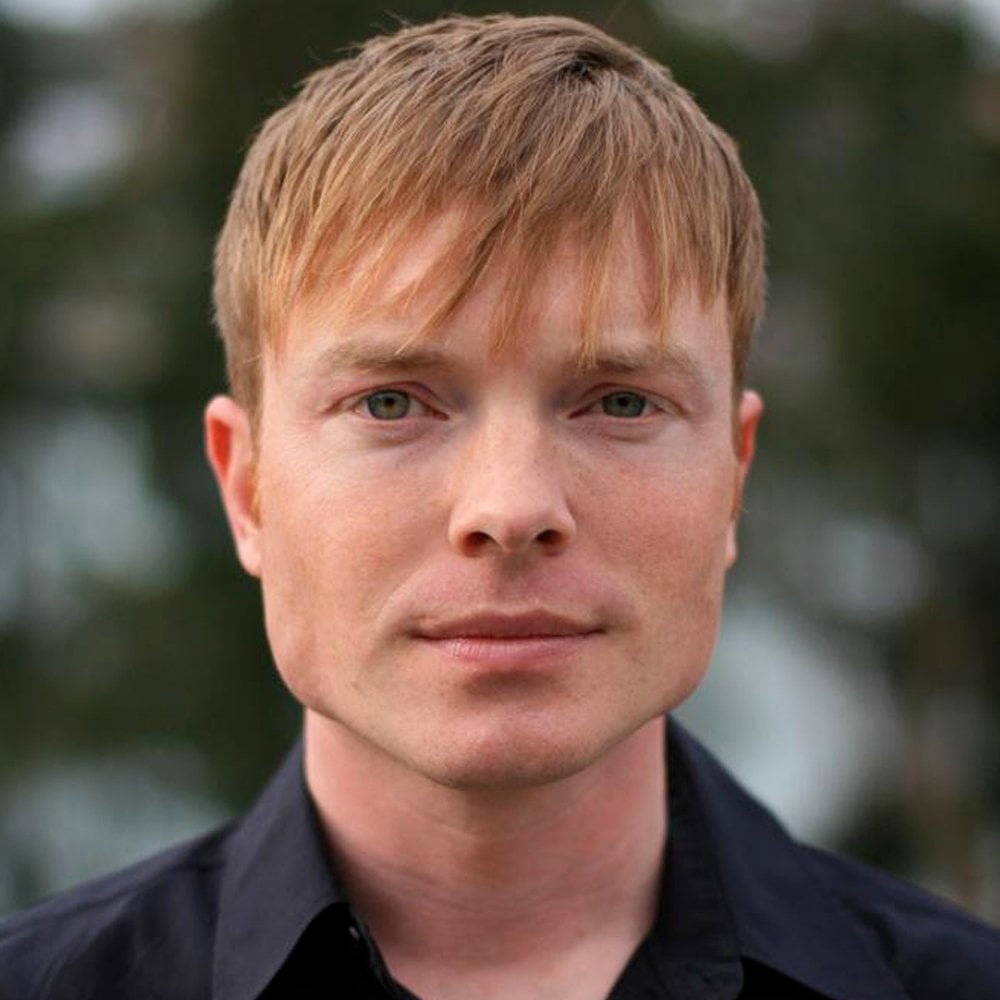
John Mackey - Theta Pi - 2017
John Mackey was born in New Philadelphia, Ohio, and grew up in Westerville, Ohio, where he attended Westerville South High School. Though musicians themselves, Mackey’s parents did not provide him with music lessons, and he never formally studied an instrument. His grandfather, however, taught him to read music and introduced him to digital music notation. Through experimentation with programs intended for entertainment rather than education, Mackey began to compose his own music. He wrote his first piece, Lacrimosa, at age 11, after being inspired by the film Amadeus. As a young composer, he took some lessons from one of his mother’s friends, who had a Ph.D. in music.Mackey received a Bachelor of Fine Arts degree in 1995 from the Cleveland Institute of Music, where he studied with Donald Erb. Mackey received a Master of Music degree from Juilliard in 1997, having studied with John Corigliano. Mackey has stated his support for these institutions’ policies of not requiring composers to perform an audition as many composers, like himself, do not play instruments. On this subject, Mackey has said, “There are obviously ways to compose music without playing a formal instrument.”
Mackey lived in New York City from 1995–2005, where he collaborated frequently with choreographers such as David Parsons, Robert Battle, and Igal Perry. Mackey moved to Los Angeles in 2005. In April 2008, he announced on his blog his intention to move to Austin, Texas, citing that much of his income is a result of commissions and other appearances in the Texas area. Then in March 2011, Mackey posted a blog to announce his move to Cambridge, Massachusetts in order for his wife to attend graduate school. In 2019, he moved with his wife to San Francisco, California, where he currently resides.
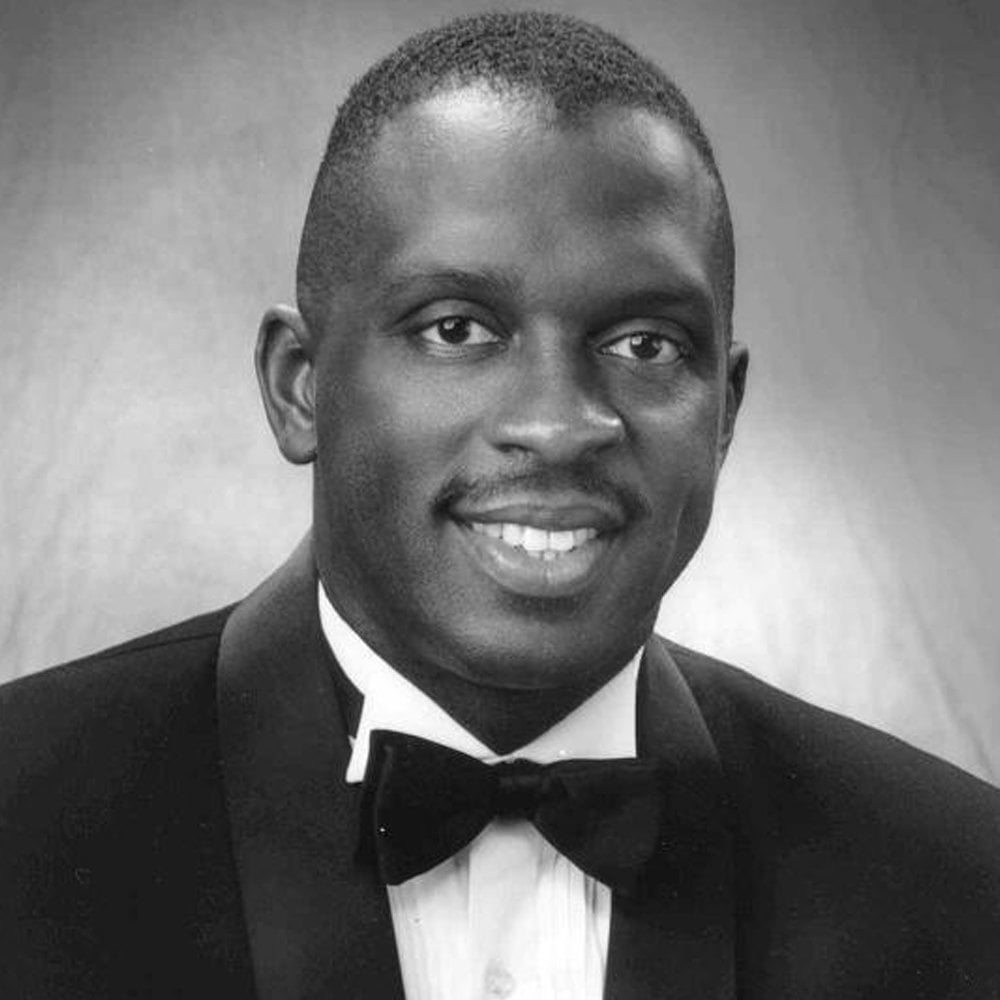
Moses Hogan - Epsilon Upsilon - 1998
“All good music has soul. There’s soul in Mozart, soul in Bach. The only difference here is the color of the horse — the color of the voices.”Brother Moses Hogan was an internationally renowned conductor, pianist, and arranger whose works are a staple of choral repertoire across the globe. As with “all good music,” the soul of the American story lives on through the internationally renowned Moses Hogan Chorale and Singers. Hogan remains an ambassador of the brotherhood of mankind as his music continues to bridge historical and relational gaps with a universal message of goodwill.
Brother Hogan was initiated into the Epsilon Upsilon Chapter in 1998. As a native of New Orleans, Louisiana Hogan graduated from the New Orleans Center for Creative Arts in 1975. He would later receive a full scholarship to the Oberlin Conservatory of Music in Ohio and pursue graduate studies at the Julliard School of Music. Following the completion of his education, Hogan would begin exploring choral music and focus heavily on spirituals, American folk music, and songs of faith.
For the better part of nearly two decades, the famed Moses Hogan Chorale toured and brought Hogan’s music to the world until its final season in 1999. The continuation of his work lives on in the performances and recordings of the Moses Hogan Singers who debuted just a year prior in 1998. The Singers made great strides and were successful in preserving and celebrating the heritage of the African-American choral tradition that is embedded in so many of Brother Hogan’s works.
Over his lifetime, Hogan served as editor of the Oxford Book of Spirituals and he published several songbooks showcasing his dedication to the preservation of the American spirit. Brother Hogan is still one of the most celebrated contemporary directors and arrangers today. His talent, temperament, grace, and genius have remained encoded in the music he left for us.
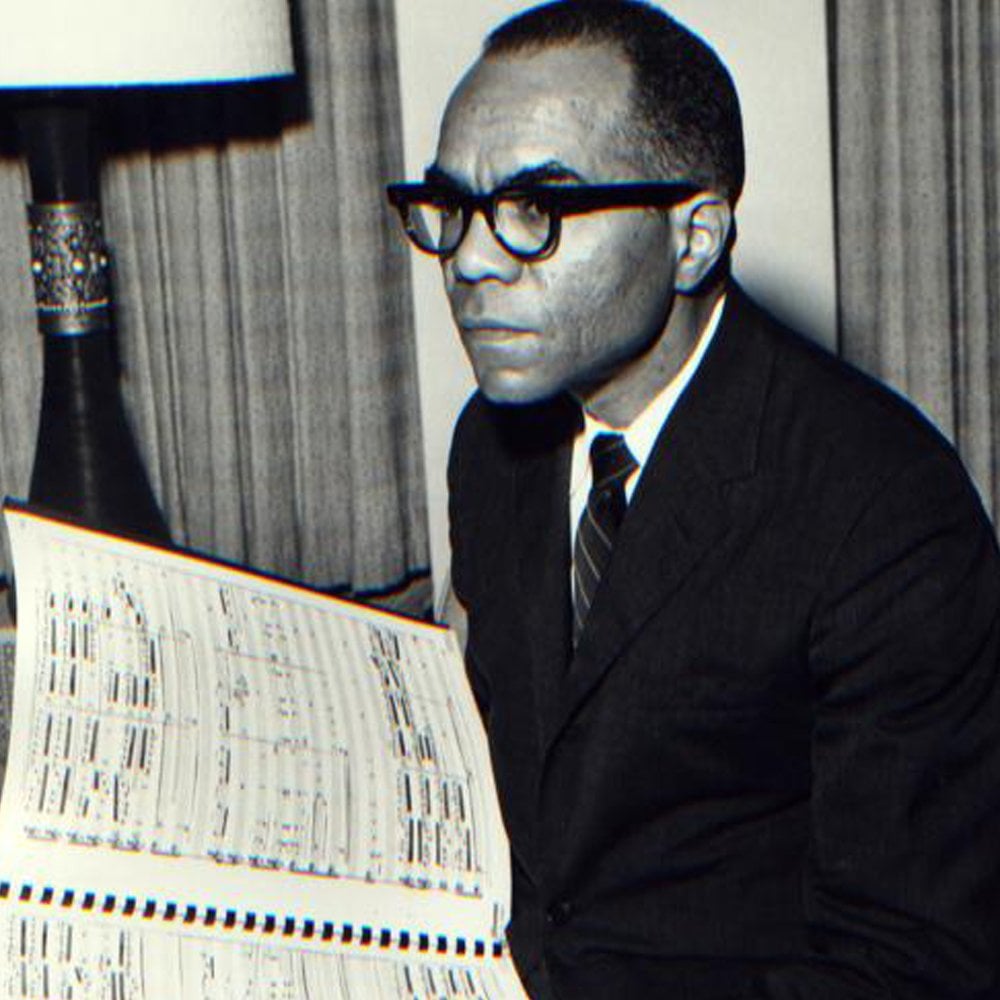
Ulysses Kay - Alpha Upsilon - 1937
Brother Ulysses Kay was initiated at the Alpha Upsilon Chapter at the University of Arizona in 1937, where he was a music education major and earned his B.M. in 1938. He then went off to the Eastman School of Music, where he studied under Howard Hanson, a Brother who was initiated at the Iota Chapter at Northwestern University in 1916 and a recipient of the Fraternity’s Man of Music Award in 1954. Kay earned his master’s degree from Eastman in 1940.A year later, in the summer of 1941, Kay entered the Berkshire Music Festival, where he caught the attention of neoclassical composer Paul Hindemith. Kay then followed Hindemith to Yale University for a year of post-graduate study.
The following year, in 1942, Kay enlisted in the Navy and was stationed with the Navy Band at Quonset Point in Rhode Island before being honorably discharged in 1946. In 1947 Kay continued his studies at Columbia University, where he studied under composer and Brother Otto Luening, who was initiated in 1922 at the Rho Chapter at the American Conservatory of Music.
In 1958, Kay spent a month in the Soviet Union as a participant in the first cultural exchange between the Soviet Union and the United States. Reports show that the Moscow State Radio Orchestra performed Kay’s composition “Of New Horizons.” In 1968 he began teaching at the Herbert H. Lehman College of the City University of New York. In 1972 he was appointed a distinguished professor and continued to teach until his retirement in 1988. In 1979, Kay was elected to the American Academy of Arts and Letters.
During his lifetime Kay composed approximately 140 musical compositions including 5 operas, 20 orchestral works, 30 choral pieces, and 15 works for chamber groups. His most noted composition, “Of New Horizons: Overture” (1944), was completed while he was still in the Navy and was premiered by the New York Philharmonic Orchestra. His last opera, “Frederick Douglass,” was completed in 1985. He passed away on May 20, 1995, at the age of 78.
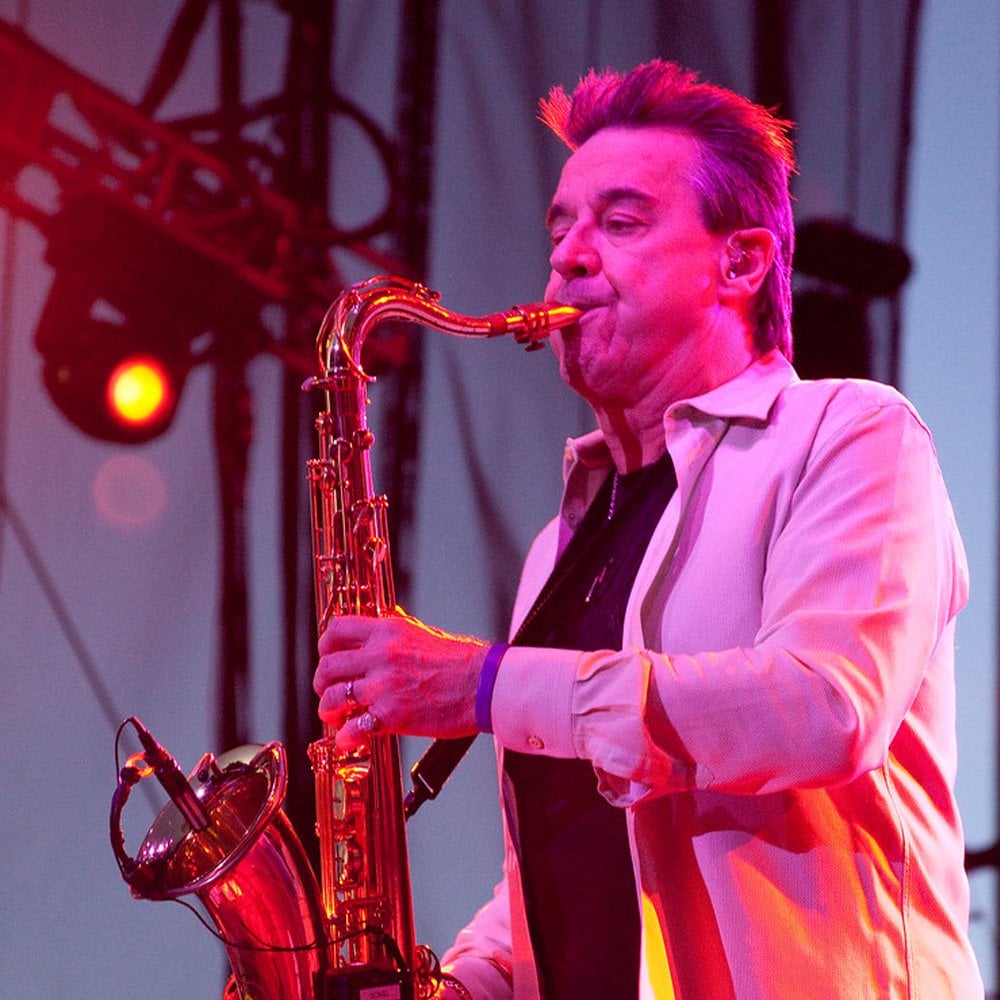
Walter Parazaider - Kappa Phi - 1964
A founding member of the jazz-rock group Chicago, Walter Parazaider was born in the Windy City on March 14, 1945. Coming from a musical family, it was only natural that Walt would follow suit, and he began his career on the clarinet. Eventually, he became the protégé of the E-flat clarinetist in the Chicago symphony.Parazaider switched over to sax (“It was a cool way to meet girls”), enrolled at De Paul University, and – inspired by The Beatles’ hit “Got To Get You Into My Life” – became enamored with the idea of creating a rock ‘n roll band with horns. Early sessions at Parazaider’s house included Terry Kath and Danny Seraphine, friends from Walt’s teen years. Another friend was Jim Guercio.
The band, first known as The Big Thing, eventually became Chicago. Aside from being a founder, Parazaider’s role consisted of playing woodwinds on trombonist Jimmy Pankow’s charts. Never a prolific writer, Parazaider’s compositional contributions have been slight (“Prelude to Aire”, “Window Dreamin'”), so his rep rests largely with his playing, though there can be no doubt that he has suggested a horn line or two over the years.
Solid in the section, Parazaider is capable of playing both a gorgeous melody (“Colour My World”) and eclectic, intricate improvisations (“Just You ‘N Me”). But he has a penchant for the odd and, often enough, his dissonant solos leave fans scratching their heads (“Movin’ In” on “Chicago II”, for example). To those who are musically literate, Parazaider’s style borders on Coltrane-like experimentation (such as when he plays his solo on “Free” a step down live). To fans who just like a good tune, this can be confusing.
As such, most of Parazaider’s best work is recorded. His solo on “Now That You’ve Gone” (“Chicago V”) is perfect, and a nice display of his talent can be heard on “Long Time, No See” (“Chicago VIII”), which features a rare all-sax horn mix. Parazaider is all over the unreleased “Stone of Sisyphus” album, and it’s a shame that his great playing on songs like “Plaid” can only be heard by fans who want to risk getting a bootleg of the set.
Tall, very thin, and long-haired when the group first started, Parazaider has trimmed his locks and put on weight in recent years. He’s the only one of the Chicago regulars to have stayed married to his first wife (as of this writing), and he has at least one daughter (who gets a songwriting credit for “Get On This” on “Sisyphus” with Jimmy Pankow and then-boyfriend/guitarist, Dawayne Bailey). On the rare occasions he’s interviewed, Parazaider comes across as pretty quiet and shy, though there is a sense of humor there. According to Pankow, Parazaider was one of the most bitter about the 1985 departure of bassist Peter Cetera, though Parazaider himself has never publicly said so. What he thought of the firing of old pal Danny Seraphine in the early 90s is also unrecorded. By most reports, Parazaider is a nice fellow. Now 60, Parazaider tours extensively with the band (occasionally spotted by Larry Klimas), and his extended flute solo is often a highlight of the performance. He is no doubt happy that his dream of a rock ‘n roll band with horns has truly come to light.
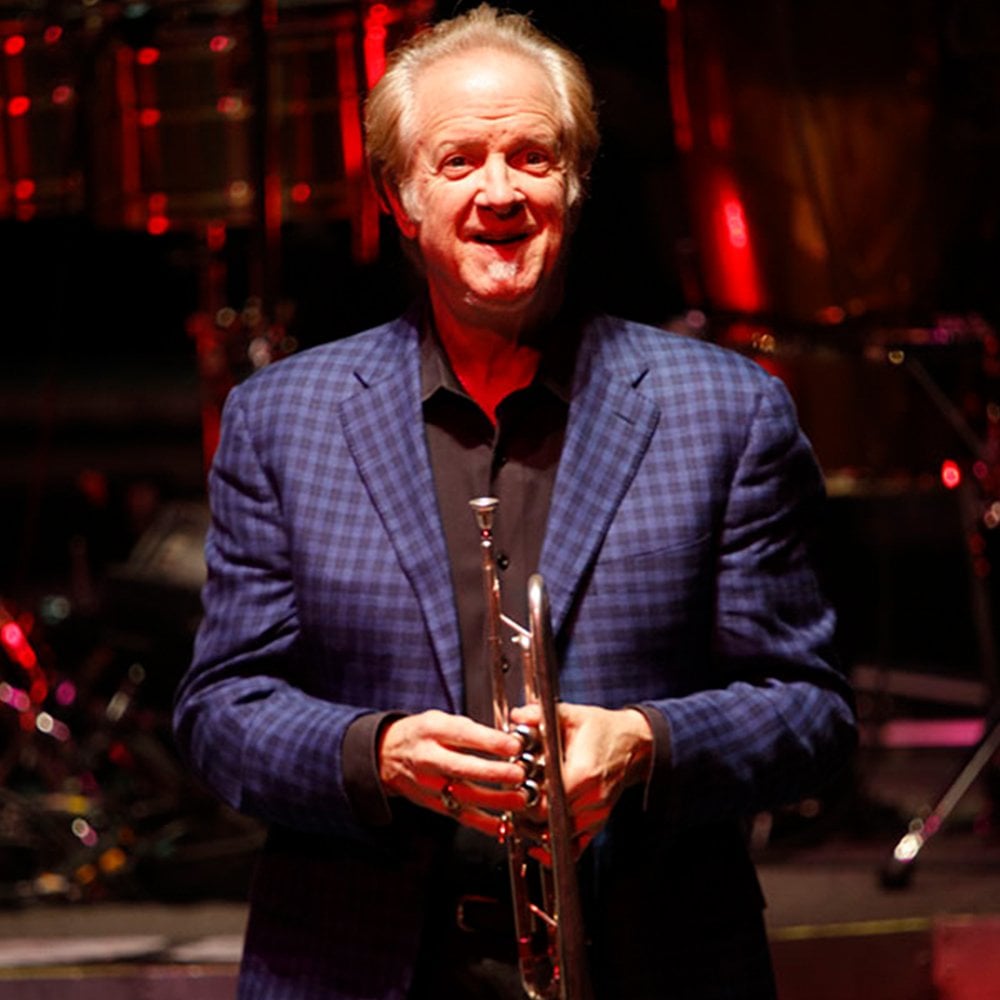
Lee Loughnane - Kappa Phi - 1965
Lee Loughnane, a founding member and trumpet player with the rock group Chicago, was born into a musical family in Chicago, Illinois. Influenced by his father (also a trumpet player), Lee excelled at the instrument almost from the beginning, even landing a spot in the All Star Catholic High School band. He continued his education at De Paul University.Through his friendship with guitarist Terry Kath (“We were thick as thieves”), Loughnane met drummer Danny Seraphine and woodwind player Walt Parazaider. Parazaider, trying to form a rock ‘n roll band with horns, encouraged Loughnane to sit in on rehearsals. At first, the group was known as The Big Thing. Eventually, it became The Chicago Transit Authority.
Lee’s role (to begin with) consisted of playing trombonist Jimmy Pankow’s brass arrangements and singing background vocals. His husky voice was an asset backing the lead singers on such songs as “Does Anybody Really Know What Time It Is?” In time, he also managed to sing some lead–and well (e.g., “Song of the Evergreens”). His voice would have to qualify as an underutilized Chicago asset (live these days, he often sings “Wishing You Were Here” and “Happy Man,” and does a great job).
As a trumpet player, he’s evolved from a good one early in his career to a great one today. Initially a Getzen man, Loughnane’s solos on early Chicago albums show him exhibiting a quirky, offbeat style, accented by some fancy lip slurs and an occasional foray into upper registers (some notable early work can be heard on “Beginnings,” “The Approaching Storm,” “Movin’ In,” “State of the Union,” and the out-take “Sixth Sense”). Given his prowess, it must have irked Loughnane that Chicago sometimes used guest trumpet players on their albums and sessions (notably, Maynard Fergusen on “Chicago 13” and former Tower of Power players on “Chicago 17”). In mid-career, Loughnane quit smoking, took on a new teacher, and traded in his Getzen for a Claude Gordon with a big bore (“like blowing down the Holland tunnel”). With a new set of breathing exercises and a new way of tonguing, Loughnane has become a monster.
He’s developed as a writer, too. Famous is the story of how Peter Cetera had to rescue Lee’s composition “Call On Me” for “Chicago VII.” Later Loughnane compositions include “Together Again,” “This Time,” and the hit “No Tell Lover.” By “Hot Streets” (1978), Loughnane was entering Pankow territory by doing some brass arrangements. His skill in this regard has grown, and “Chicago: What’s It Gonna Be, Santa?” (the Christmas album) features his matured skills on such great tunes as “Let It Snow,” “Sleigh Ride,” and “Child’s Prayer” (live, Loughnane often solos on these selections, and blows the crowd away).
One of the more approachable members of the band, Loughnane has been married four times and has several children. Tall, thin, and occasionally bearded early on, Loughnane has grayed and put on some pounds recently, looking a great deal like Maynard Fergusen. He suffered a minor heart attack in the 1990s, and says he’s been taking better care of himself since. In interviews, he’s articulate and can be funny. By all accounts, he’s a nice guy. Certainly, Kath, Robert Lamm, and Pankow received more attention in the early years–and Cetera later–but Loughnane’s evolution has recently been more of a public discussion among Chicago’s fans, and this certainly must please him.
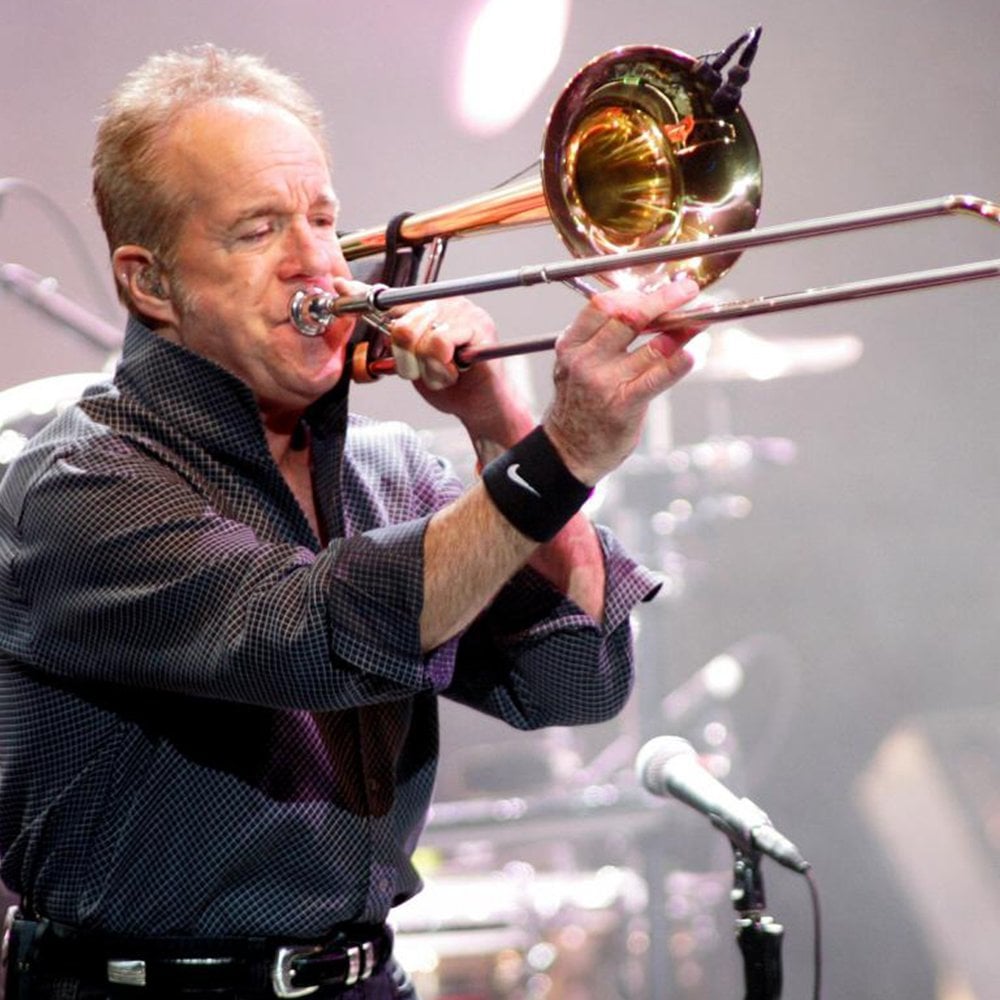
James Pankow - Kappa Phi - 1966
Trombone player James Pankow is a founding member of Rock and Roll Hall of Fame band Chicago. He also wrote many of the band’s hits including the signature songs “Make Me Smile” and “Colour My World”–both part of his 13-minute, seven-song song cycle/suite “Ballet for a Girl in Buchannon,” which took up three-quarters of the second side of the group’s 1970 album Chicago (also known as Chicago II), and was the its first long-format multi-part work. Other Chicago songs penned by Pankow include “Just You ‘N’ Me,” “(I’ve Been) Searchin’ So Long,” “Old Days,” “Alive Again,” and (co-written with Peter Cetera) “Feelin’ Stronger Every Day.”Born in St. Louis in 1947, Pankow started paying the trombone at age 10, when he went to sign up for his grammar school band and there was a long line for the instruments he really wanted to learn. He earned a full college music scholarship to Quincy College in Quincy, Ill., but didn’t take it seriously and was in danger of failing unless he wrote a long essay about Renaissance music or composed an original piece of music. Choosing the latter, he wrote a three-movement sonata for brass quintet, and the experience was pivotal: Not only did he get a great grade, but the composition was performed as part of the commencement ceremony.
In 1966, Pankow transferred to DePaul University in Chicago, where saxophonist/flautist Walter Parazaider and trumpeter Lee Loughnane were already attending. Meanwhile, keyboardist Robert Lamm was a student at Roosevelt University in Chicago, while guitarist Terry Kath was in a band called the Missing Links with Parazaider and drummer Daniel Seraphine. But Parazaider wanted to form a rock ‘n’ roll band with a horn section, and in 1967, the original six members of a Chicago verbally committed to devoting all their free time to making it happen. They later enlisted bassist Peter Cetera from the Chicago band the Exceptions, and he provided a tenor voice to balance Kath’s and Lamm’s bass and baritone lead voices.
Calling themselves the Big Thing, the band moved to Los Angeles in 1968, and then changed the name to Chicago Transit Authority. After receiving a cease-and-desist order from the real Chicago Transit Authority, the name was shortened to Chicago shortly after release of the band’s debut album in 1969.
As for Pankow’s most asked-about “Ballet for a Girl in Buchannon,” it was inspired by his love of long classical music song cycles—and the love of his life, who was attending West Virginia Wesleyan in Buckhannon, W.Va. It was written when he was 22 and listening to Bach, whose voicing, counterpoint and melody influenced his effort. And he wrote it while the band was on the road touring, and according to Pankow—it has remained unique and challenging for the touring band ever since.
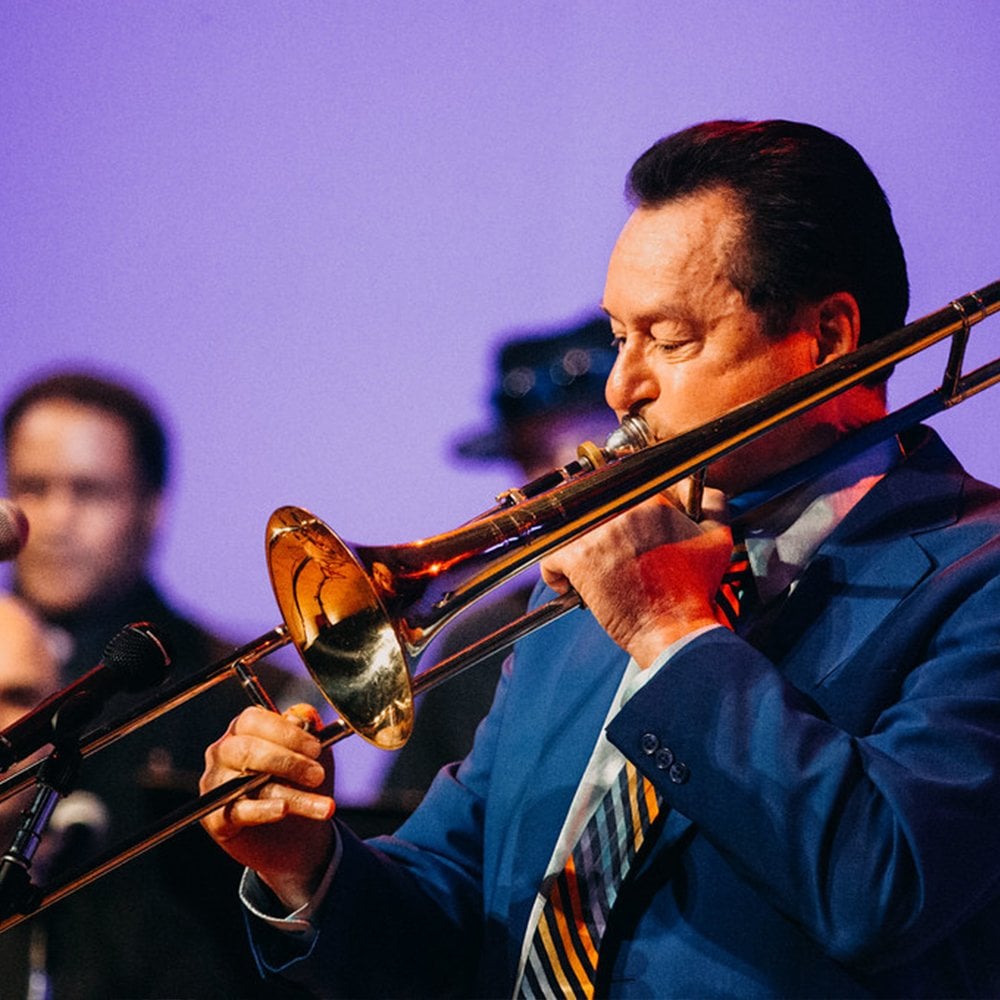
Tom ``Bones`` Malone - Gamma Theta - 2001
Tom “Bones” Malone began his professional career on a job playing lead trumpet with Brenda Lee at a club in Jackson, MS, while enrolled at the University of Southern Mississippi. In response to a call from Warren Covington, leader of The Tommy Dorsey Orchestra, he expanded into contracting musicians. After transferring to North Texas State University, Malone continued working as both a player and a contractor for a variety of groups. Upon graduation, Malone worked in bands of Woody Herman (1969), Duke Pearson (1970), Louie Bellson (1971), Doc Severinsen and Blood, Sweat & Tears (1973). In 1973, Malone began a close, 15-year association with Gil Evans, who exerted considerable musical influence on him. With Evans, Malone recorded seven albums and toured Europe and Asia.A call in the early 1970s from Saturday Night Live (SNL), a new, revolutionary, late-night comedy show on NBC, proved highly fruitful for Malone, who arranged for the show from 1975 to 1985. A single SNL comedy skit featuring John Belushi and Dan Aykroyd mushroomed into The Blues Brothers; Malone wrote the chart for that first skit, then continued as an integral member of the Blues Brothers musical organization. His writing and performance may be found on all Blues Brothers recordings and in The Blues Brothers (Universal) film score. In 1993, Malone reunited with SNL veterans Paul Schaffer, keyboards, and Will Lee, bass, in the CBS Orchestra, now in its eighth year as house band for The Late Show with David Letterman. In 1997, Blues Brothers 2000 was released on Universal; the film score includes considerable contribution by Malone.
As a leader, Malone is featured on Standards of Living (Big World) and Soul Bones (Malaco). An extremely active writer and performer in New York, Malone may be heard on a list of jazz, R&B, rock and classical recordings far too extensive to ennumerate. A versatile musician, Malone plays piccolo, flute, alto flute, soprano sax, alto sax, tenor sax, baritone sax, piccolo trumpet, trumpet, flügelhorn, bass trumpet, euphonium, trombone, bass trombone, tuba, electric bass, and synthesizer programmer. In addition to performing, arranging, producing and composing, Malone is an active clinician in educational settings. Malone plays Bach trumpets and trombones and Selmer saxophones.
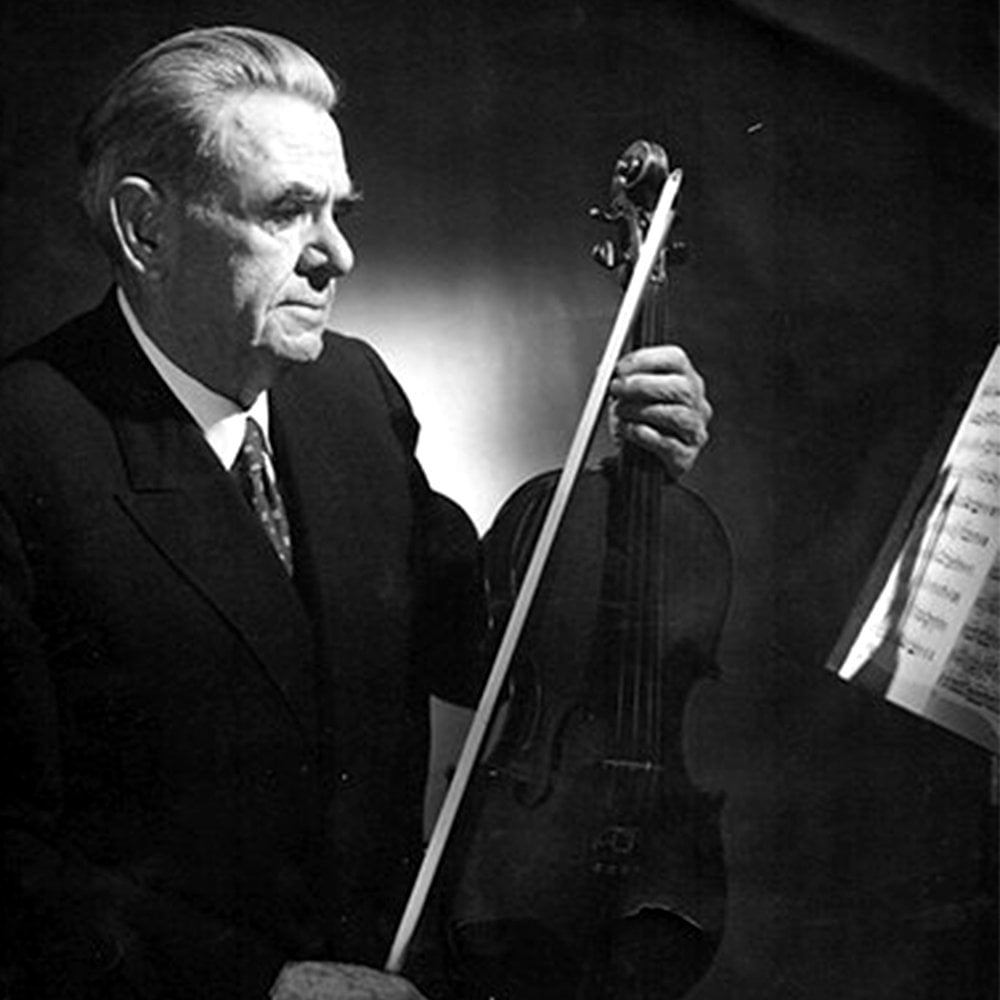
Joseph Maddy - Epsilon - 1927
Joseph Maddy was a pioneer in early American music education and renowned orchestra conductor.Initiated into the Epsilon Chapter at the University of Michigan, Joseph Edgar Maddy was famous for being a champion of music advocacy for the youth of America. It was this passion that led him to establish the National High School Orchestra Camp, which would later take shape as Interlochen Center for the Arts. Today, Interlochen’s Summer Arts Camp is internationally known for being a summer learning center for students of all ages. Attendees receive instruction in music and the arts from some of the most exceptional teachers in the world.
For his selfless contributions and undying dedication to music advocacy, Joseph Maddy was awarded the “Man of Music” Award at the 1960 National Convention.
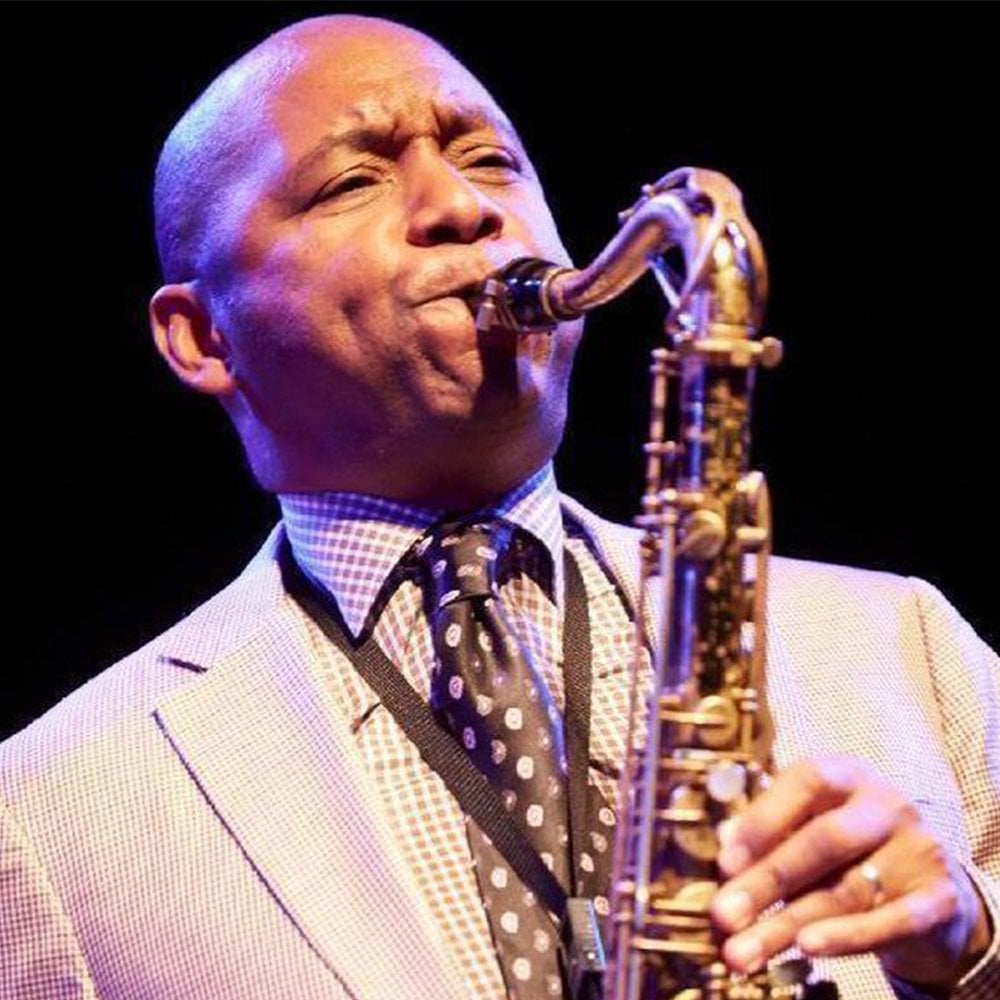
Branford Marsalis - Mu Psi - 1979
Brother Branford Marsalis grew up in New Orleans and is the oldest son of pianist and jazz educator Ellis Marsalis, Jr. (Delta Epsilon) whom we featured yesterday. Primarily known for his work in jazz as the leader of the Branford Marsalis Quartet, Branford has constantly refined and expanded his horizons as a musician, composer, bandleader, and educator.Marsalis’ early career comprised of musical tours of Europe with Art Blakey’s big band. He also saw performances alongside legends like Lionel Hampton and Clark Terry (Beta Zeta), and a spot with his brother Wynton Marsalis in Art Blakey’s jazz combo the “Jazz Messengers.” The performances with Blakey’s combo led to Marsalis’ first recording, Scenes in the City, an original perspective on the development of modern jazz.
Through the late 80s and early 90s, Marsalis became heavily involved on tour and in the studio with Sting, the singer, and bassist of the band “The Police.” From 1992 to 1995, Brother Marsalis was also the leader of “The Tonight Show Band” on The Tonight Show with Jay Leno. It was only a few years prior to 1992 that Marsalis had come into his own with the formation of “The Branford Marsalis Quartet.”
With the start of the new millennium, the quartet had received a 2001 Grammy for their album Contemporary Jazz. In 2002, Marsalis launched the record label Marsalis Music. The label includes several members of the Marsalis family and artists such as Claudia Acuña, Harry Connick Jr., and Doug Wamble. A successful solo artist in his own right, Marsalis has released several well-received albums in addition to his Grammy-winning work with the quartet.
In the wake of Hurricane Katrina in 2005, Brother Marsalis spent much time alongside Harry Connick, Jr. and the New Orleans Area Habitat for Humanity to create Musicians’ Village, a place of refuge for musicians who lost their homes due to the hurricane. The opening of the Ellis Marsalis Center for Music in Musicians’ Village was also spearheaded by Marsalis and Connick, both of whom remain members of the board of the ground-breaking institution.
Because of their humanitarian work, both Marsalis and Connick were presented with the Jefferson Award for Public service in 2012.
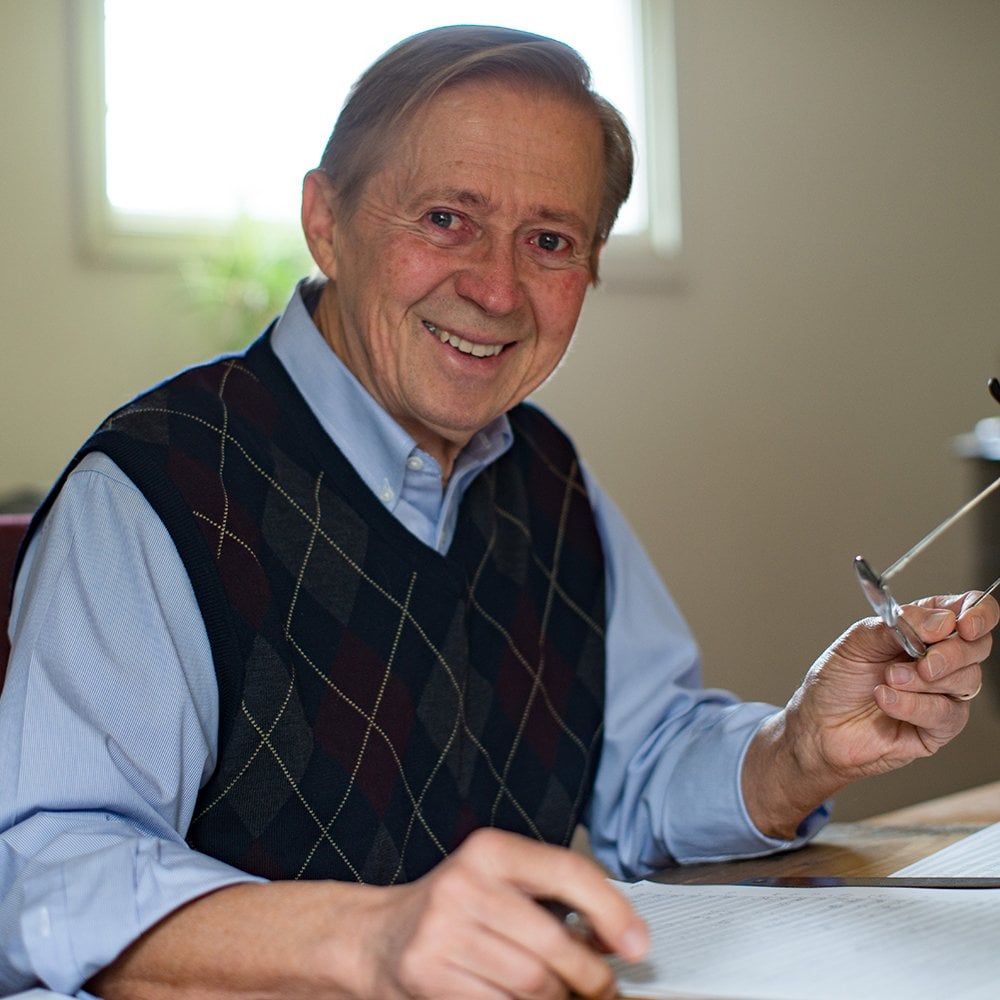
David Maslanka - Rho Tau - 2008
David Maslanka was born in New Bedford, Massachusetts in 1943. He attended the Oberlin College Conservatory where he studied composition with Joseph Wood. He spent a year at the Mozarteum in Salzburg, Austria, and did masters and doctoral study in composition at Michigan State University where his principal teacher was H. Owen Reed.Maslanka’s music for winds has become especially well known. Among his more than 150 works are over 50 pieces for wind ensemble, including eight symphonies, seventeen concertos, a Mass, and many concert pieces. His chamber music includes four wind quintets, five saxophone quartets, and many works for solo instrument and piano. In addition, he has written a variety of orchestral and choral pieces.
David Maslanka’s compositions are published by Maslanka Press, Carl Fischer, Kjos Music, Marimba Productions, and OU Percussion Press. They have been recorded on Albany, Reference Recordings, BIS (Sweden), Naxos, Cambria, CRI, Mark, Novisse, AUR, Cafua (Japan), Brain Music (Japan), Barking Dog, and Klavier labels. He served on the faculties of the State University of New York at Geneseo, Sarah Lawrence College, New York University, and Kingsborough Community College of the City University of New York, and was a freelance composer in Missoula, Montana from 1990 until his death in 2017.
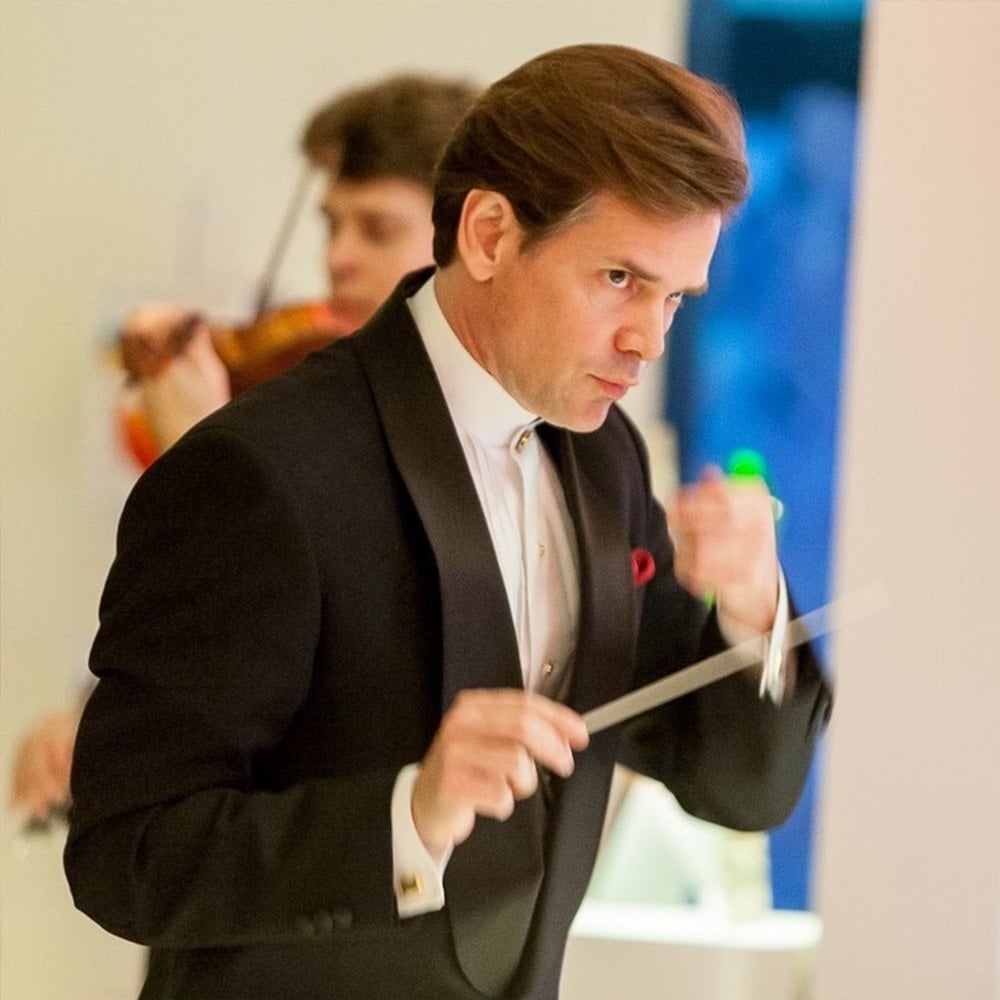
Paul Mauffray - Alpha Alpha - 2018
Paul Mauffray made his New Orleans Opera Association debut in 2018 conducting the Louisiana Philharmonic Orchestra in George W. Chadwick’s opera Tabasco which he reconstructed from the original 1894 manuscript. He has recently conducted return engagements in Hradec Králové, Zlin, and Hainburg in programs featuring the music of Janáček, Smetana, and Bruckner in his fifth concert with a soloist from the Vienna Philharmonic. During recent seasons he conducted The Devil & Daniel Webster at Mobile Opera and made his Russian debut conducting performances of Dvořák’sRusalka at the Mariinsky Theatre in St. Petersburg. He has recently conducted a studio recording of the opera The Scarlet Letter by Fredric Kroll in a return engagement with the Brno Philharmonic, where he previously conducted the Mozart Requiem and Stravinsky’s Rite of Spring on 24 hours notice. Other recent conducting appearances of his have been in Bear Valley, Bratislava, Brno, Chattanooga, Hradec Králové, Hukvaldy, Ostrava, Pardubice, Zlin, and with the Schloss Schönbrunn Orchester in Vienna.He is a four-time finalist for The American Prize for Professional Orchestral Conductors winning 2nd prize in 2018, 3rd prize in both 2016 & 2015 and awarded Honorary Mention in 2014. As 2nd Prize Winner in the 2007 Bartók International Opera Conducting Competition, Mauffray has conducted performances of Bluebeard’s Castle and La Traviata, as well as scenes from La bohème, Carmen, Cavalleria Rusticana, Pagliacci, Rigoletto, Samson et Dalila, & Tosca in Romania. He then appeared as a guest conductor at the Bucharest National Opera in 2010, and he was invited by Valery Gergiev in 2011 to coach singers and conduct orchestra rehearsals at the Mariinsky Theatre in Saint Petersburg.
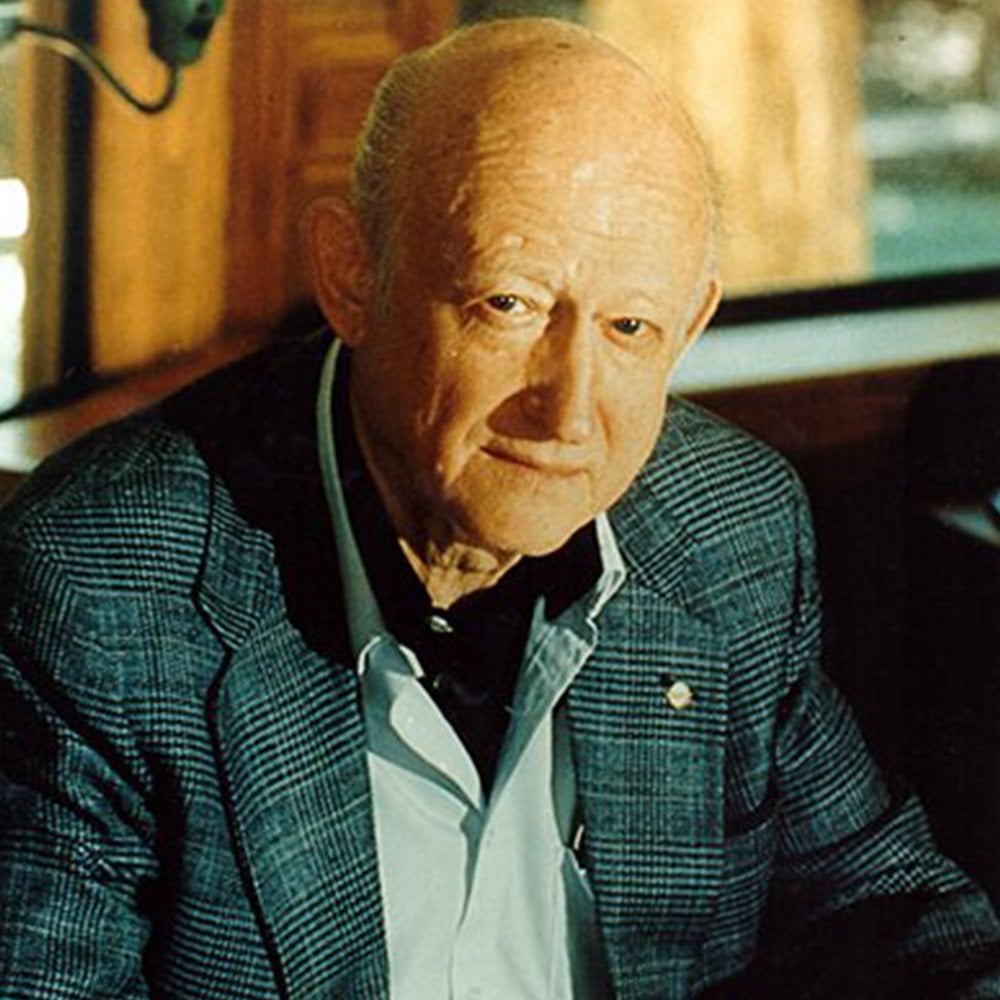
W. Francis McBeth - Alpha Iota - 1957
William Francis McBeth was an initiate of the Alpha Iota Chapter at the University of Texas, he remains one of the most performed American symphonic wind composers. McBeth’s works, including such pieces as “Kaddish,” “Joyant Narrative,” and “Masque,” are considered to be standard repertoire for most wind ensembles.McBeth was Professor of Music and Resident Composer at Ouachita Baptist University in Arkadelphia, Arkansas, from 1957 until his retirement in 1996. As a conductor, he appeared in forty-eight states, three Canadian provinces, Japan, and Australia. He even conducted the Arkansas All-State Band, with future president Bill Clinton playing in the tenor saxophone section.
Up until his death in 2012, Brother McBeth was a prime musical influence on several American composers, and his influences continue to shape American music in the current era. In his lifetime, he was honored with several awards, including the Howard Hanson Prize at the Eastman School of Music, the ASCAP Special Award, Kappa Kappa Psi’s Distinguished Service to Music Medal, the John Philip Sousa Foundation’s Sudler Medal of Honor, and many others.
Brother McBeth became the Fraternity’s 15th “Man of Music” in 1988.
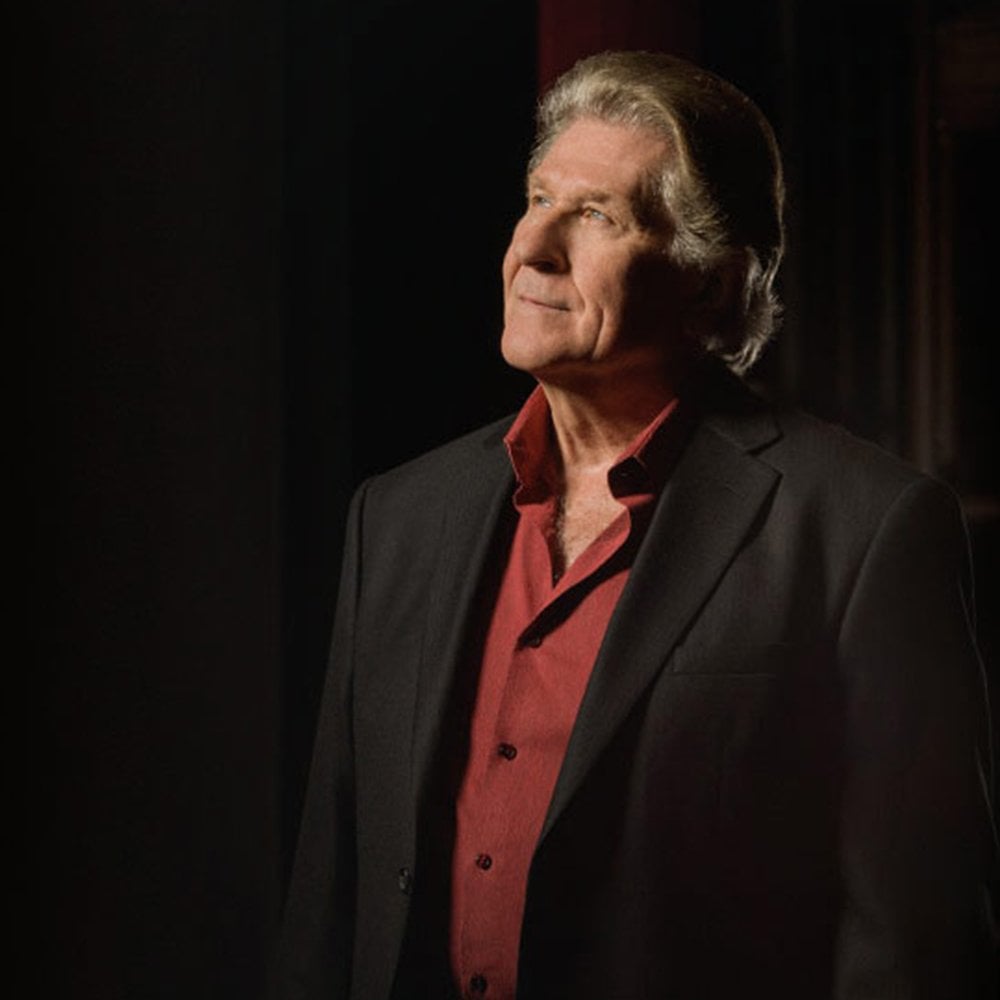
Sherrill Milnes - Alpha Beta - 1954
Sherrill Milnes was initiated at the Alpha Beta Chapter at Drake University in 1954. He went on to become an internationally acclaimed operatic baritone and was bestowed the title of Man of Music at our 1982 National Convention.Milnes is renowned for his performances in every major opera house with virtually every leading orchestra in every music capital of the world. He was a leading baritone of the Metropolitan Opera, La Scala, the Royal Opera House at Covent Garden, the Vienna Staatsoper, the Chicago Lyric Opera as well as opera companies located in Paris, San Francisco, Berlin, Hamburg, Salzburg, London, Milan, and Buenos Aires.
In 2000, Milnes helped found VOICExperience, a non-profit foundation designed to help young operatic singers train themselves and experience the real world obstacles in the opera world.
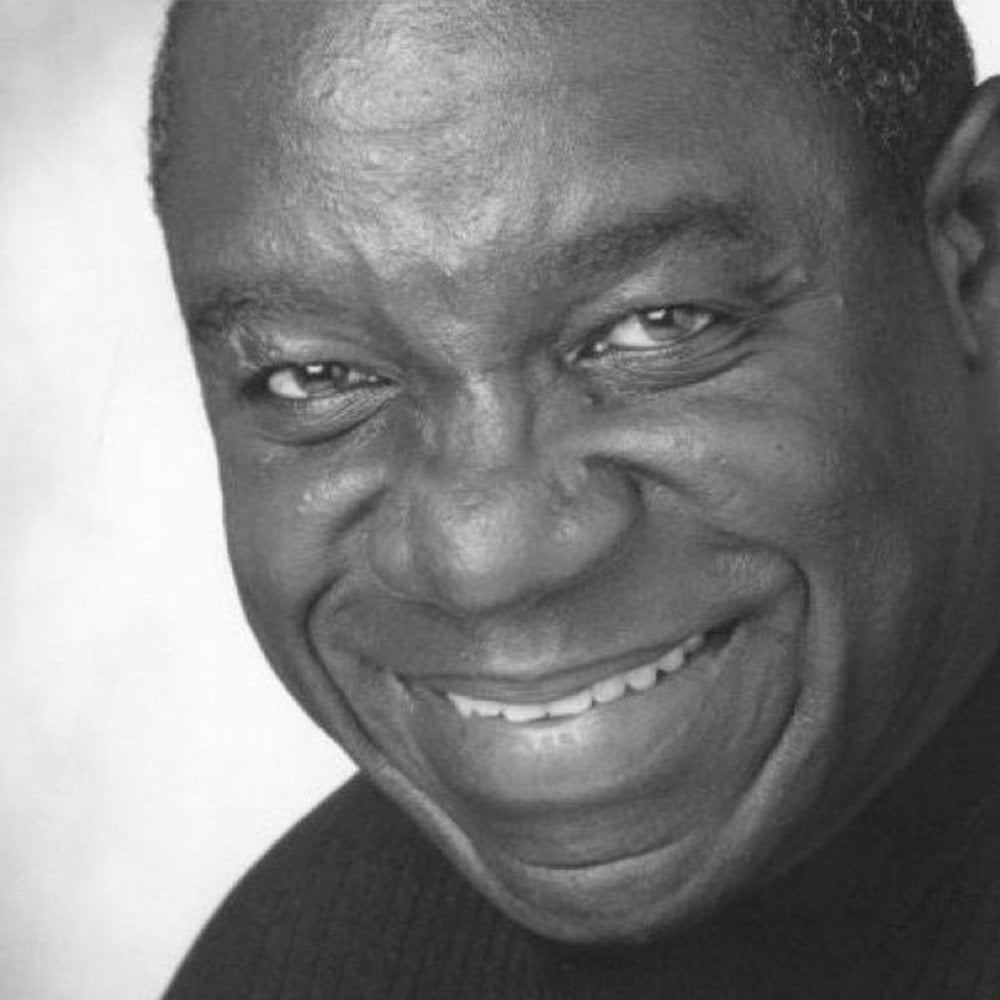
Oral Moses - Zeta Rho - 1973
Dr. Oral Moses was initiated into the Zeta Rho Chapter at Fisk University in 1973. He is a vocal performer, university professor, and scholar that performs regularly throughout the United States and Europe singing Oratorio and recitals with special emphasis on a wide variety of Negro Spirituals and Art Song repertoire by African-American composers.Brother Moses was born in South Carolina and began his singing career as a member of the United States Seventh Army Soldiers Chorus in Heidelberg, Germany. Moses attended Fisk University after his military service to pursue an undergraduate degree where he was awarded a Thomas J. Watson Fellowship following graduation for further study in vocal performance and opera in Europe. Moses later returned to the United States to study at the University of Michigan where he earned both his master’s and doctoral degrees in vocal performance and opera.
In 1984 Moses took a teaching position at Kennesaw State University as Professor of Voice and Music Literature. This was a very exciting time as the music program at KSU was rapidly expanding, as Moses said in an interview before his retirement, “There were always plans for improvement and growth; there was never a moment of rest or settling. It has been really fun to be a part of that growth.”
Although he has recently retired from Kennesaw State after twenty-eight years, Brother Moses continues to perform and appear as a guest lecturer for Gospel and Spiritual music workshops and conferences. Throughout his career, he has co-authored a book entitled Feel the Spirit and released several award-winning CD recordings. All this hard work and dedication have contributed to his lifelong goal of keeping the spirit of the Negro Spiritual, a national treasure of American music, alive and prospering for generations to come.
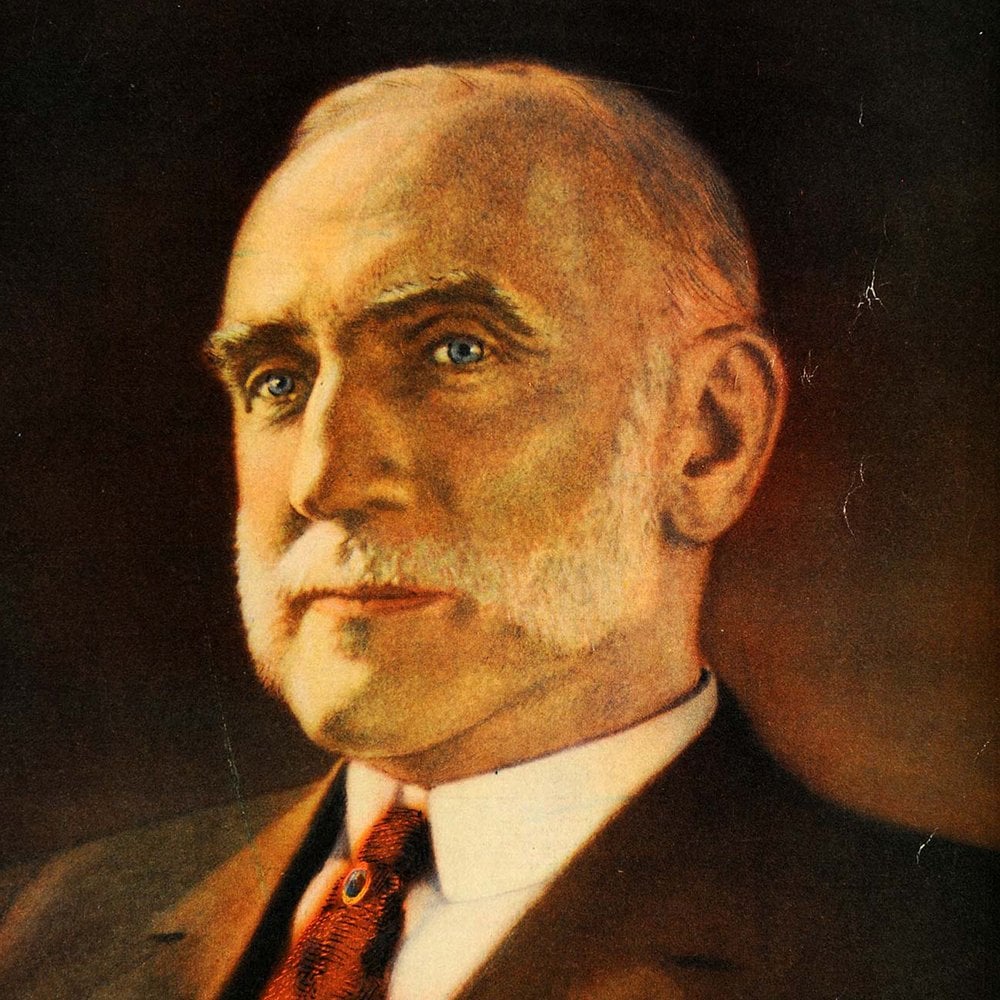
Theodore Presser - Alpha - 1917
In October 1883, with $250 in cash, Theodore Presser began publishing The Etude music magazine in Lynchburg, Virginia. The immediate success of this magazine for piano teachers prompted him to seek larger publishing facilities in Philadelphia the next year, and to invent mail-order subscriptions for national sales.His need for repertoire for The Etude led him to publish new music, at first only in the magazine and then separately as Theodore Presser Company. Presser purchased The John Church Company (Sousa’s primary publisher) in 1930 and acquired Oliver Ditson Company in 1931. Through Ditson, Presser traces its origins to 1783, making it the oldest continuing music publisher in the United States. In 1972 Presser acquired Elkan-Vogel and its US distribution rights for European publishers including Durand, Leduc, Lemoine, and many others.
Theodore Presser formed the Presser Foundation in 1916, nine years before his death. The Presser Foundation created a retirement home for piano teachers, and 100 years later still awards scholarships and endows schools to further the cause of music education. The Theodore Presser Company remains dedicated to carrying out the aims and goals Mr. Presser established more than a century ago: service with integrity, to music and musicians, commitment to quality, and a vision for the future.
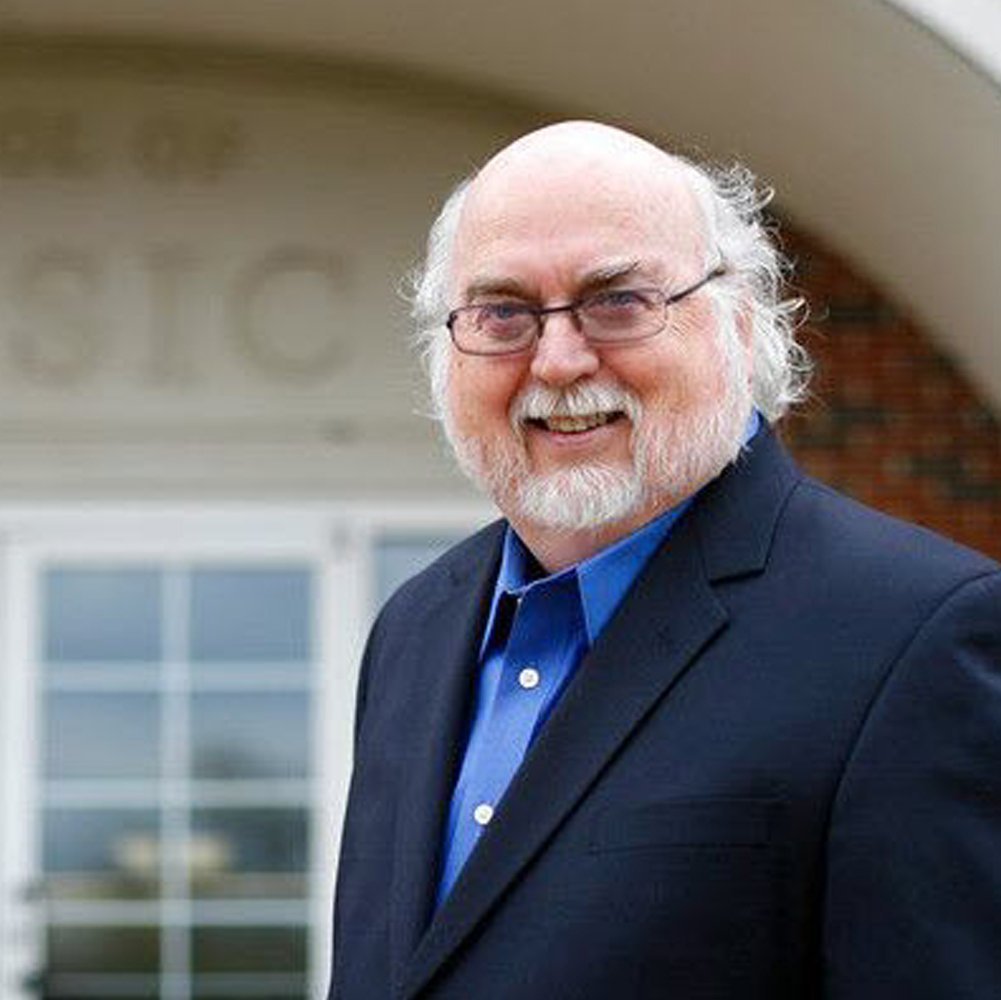
David Holsinger - Beta Mu - 1964
David R. Holsinger, twice the recipient of the prestigious Ostwald Composition Prize of the American Bandmasters Association, was educated at Central Methodist College [Now Central Methodist University], Fayette, Missouri; Central Missouri State University [Now University of Central Missouri], Warrensburg; and the University of Kansas, Lawrence. His primary composition study has been with Donald Bohlen at Central Missouri State and Charles Hoag at the University of Kansas.In 1999, having served 15 years as Composer in Residence to Shady Grove Church of Grand Prairie, Texas, award-winning composer and conductor David R. Holsinger (b 1945) relocated to Cleveland, Tenn., where he teaches conducting and composition, as well as serves as conductor of the Wind Ensemble at Lee University.
Holsinger’s compositions have won four national competitions, including a two-time American Band Association Ostwald Award. His works have also been finalists in the National Band Association and Sudler competitions. Educated at Central Methodist University, Fayette, Missouri, University of Central Missouri, Warrensburg, and the University of Kansas, Lawrence, Holsinger was also honored with an honorary Doctorate and the Gustavus Fine Arts Medallion from Gustavus Adolphus College in St. Peter, Minnesota. In the summer of 1998, during the Texas Bandmasters’ Association convention in San Antonio, the United States Air Force Band of the West featured Holsinger as the HERITAGE VI composer. This prestigious series celebrating American wind composers was founded in 1992, and had previously honored Morton Gould, Ron Nelson, Robert Jager, W. Francis McBeth, and Roger Nixon. An elected member of the American Bandmasters Association, Holsinger’s recent honors include Women Band Directors International’s Al G. Wright Award, the Christian Instrumental Directors Association Director of the Year Citation, the 2011 Phi Beta Mu Outstanding Bandmaster of the Year Award, and biographical inclusion in both The Heritage Encyclopedia of Band Music, Vol. I and III, and Norman Smith’s Program Notes for Band.
In July of 2012, Phi Mu Alpha inducted Holsinger into the distinguished Alpha Alpha Chapter at its national convention in Orlando. Holsinger, who originally was inducted into Beta Mu Chapter of Phi Mu Alpha in the spring of 1964, was also honored as a Signature Sinfonian Medal.
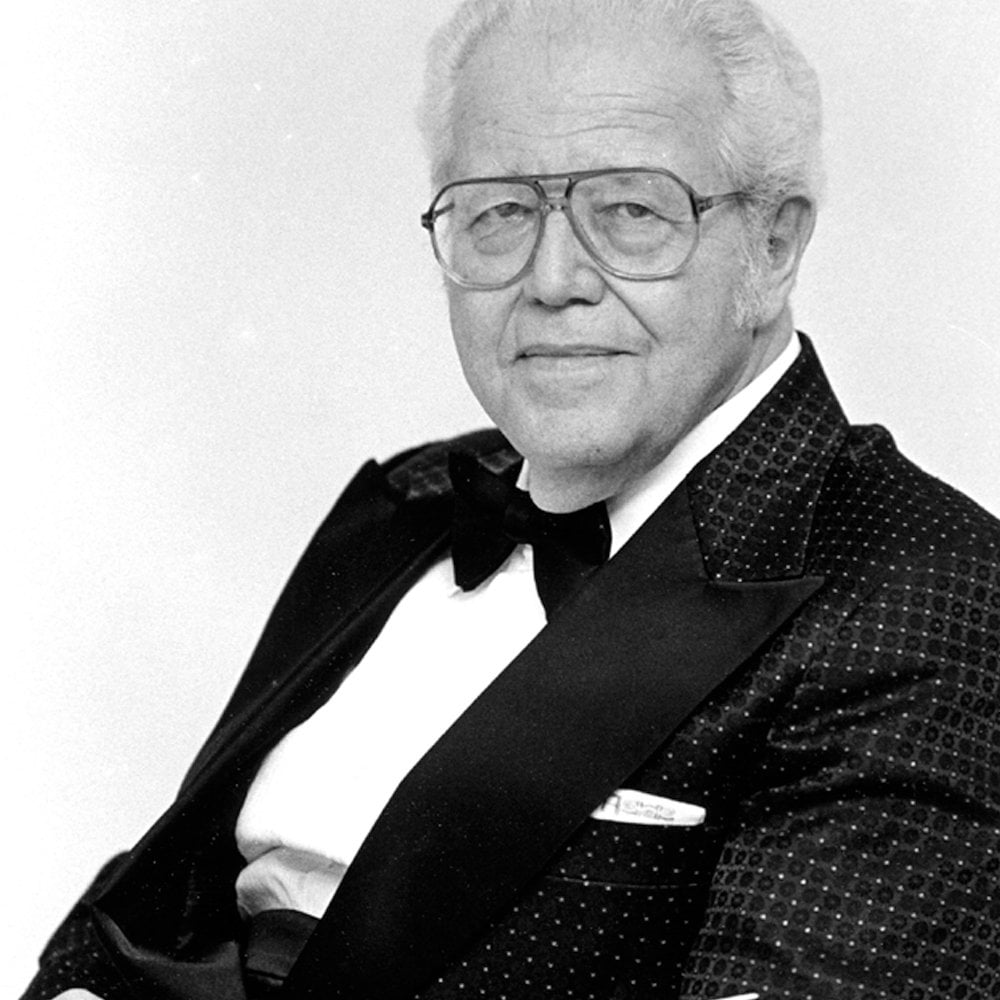
Alfred Reed - Gamma Iota - 1954
Composer, arranger, conductor and editor, Alfred Reed’s life was intertwined with music almost from birth in New York City on January 25th, 1921. His parents loved good music and made it part of their daily lives; as a result he was well acquainted with most of the standard symphonic and operatic repertoire while Mr. Reed was still in elementary school.Beginning formal music training at the age of ten as a trumpet player, he was already playing professionally while still in high school, and shortly thereafter began the serious study of harmony and counterpoint as a prelude to composition, which had come to exercise a stronger hold on his interest and ambition than playing. After three years at the Radio Workshop in New York, he spent the next three in service during World War II, where, as a member of an Air Force Band, he became deeply interested in the concert band and its music. Following his release, he enrolled at the Juilliard School of Music to study under Vittorio Giannini, and from there, in 1948, became a staff composer and arranger with NBC and subsequently, with ABC, where he wrote and arranged music for radio, television, record albums and films.
In 1953, Alfred Reed resumed his academic work (which had been interrupted by his leaving Juilliard for NBC) and became conductor of the Baylor Symphony Orchestra while at Baylor University in Texas. His Masters thesis was the RHAPSODY FOR VIOLA AND ORCHESTRA, which was to win the Luria Prize. Two years later, in 1955, he accepted the post of editor in a major music publishing firm, and for the next 11 years became deeply concerned with the problems of educational music at all levels of performance. In 1966 he left this position to join the faculty of the School of Music at the University of Miami, where he developed the first four-year Music Industry program, and in 1980, following the retirement of his old friend and colleague, Dr. Frederick Fennell, was appointed music director and conductor of the University of Miami Symphonic Wind Ensemble.
With over 200 published works in all media, many of which have been on required performance lists for over 25 years, Dr. Reed is one of the nation’s most prolific and frequently performed composers. In addition to winning the Luria Prize in 1959, he has been awarded over 60 commissions. . . with more on the way! His work as a guest conductor has taken him to 49 states, Canada, Mexico, Europe, Japan, Australia and South America. He was the first “foreign” conductor to be invited to conduct and record with the world famous Tokyo Kosei Wind Orchestra, and is today the most frequently performed foreign composer in Japan.
Dr. Reed left New York for Miami, Florida, in 1960, where he made his home until his death on September 16, 2005.
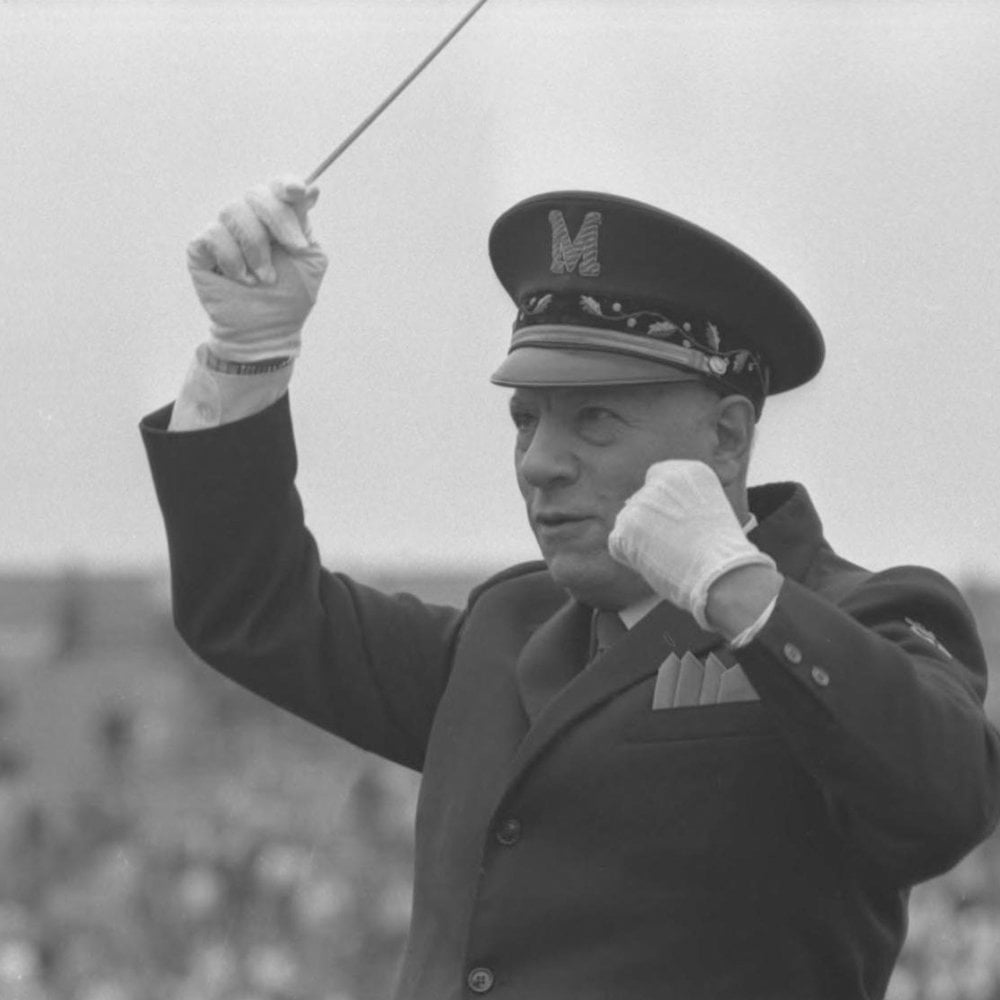
William Revelli - Alpha Lambda - 1935
William D. Revelli, an alumnus of the Alpha Lambda Chapter of Phi Mu Alpha at Illinois Wesleyan University, was awarded the Charles E. Lutton “Man of Music” Award in 1994.Brother Revelli served as the director of the University of Michigan Marching Band from 1935 to 1971. During his term he reinvented the way the university band played and performed, elevating the standard for collegiate marching bands.
He was a dedicated, albeit strict director who believed the best way to coach a band was like coaching a football team. He moved college marching bands away from rigid military formations and was the first to make college marching bands synchronize music and movement. Revelli’s method gained him international acclaim for this new style of precision.
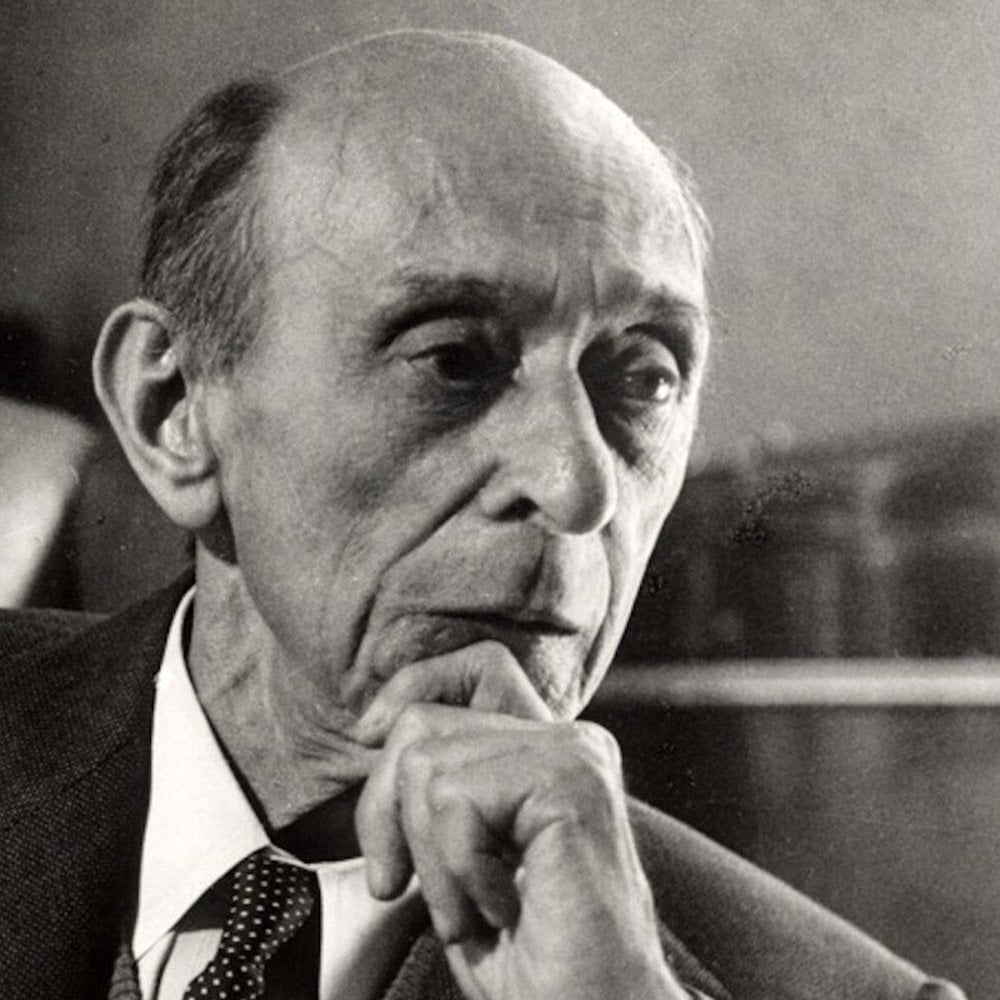
Arnold Schoenberg - Alpha Epsilon - 1935
Arnold Schoenberg or Schönberg (September 13, 1874 – July 13, 1951) was an Austrian, and later American, composer, music theorist, teacher, writer, and painter. He was associated with the expressionist movement in German poetry and art, and leader of the Second Viennese School. With the rise of the Nazi Party, Schoenberg’s works were labeled degenerate music, because they were modernist and atonal. He immigrated to the United States in 1934.Schoenberg’s approach, both in terms of harmony and development, has been one of the most influential of 20th-century musical thought. Many European and American composers from at least three generations have consciously extended his thinking, whereas others have passionately reacted against it.
Schoenberg was known early in his career for simultaneously extending the traditionally opposed German Romantic styles of Brahms and Wagner. Later, his name would come to personify innovations in atonality (although Schoenberg himself detested that term) that would become the most polemical feature of 20th-century art music. In the 1920s, Schoenberg developed the twelve-tone technique, an influential compositional method of manipulating an ordered series of all twelve notes in the chromatic scale. He also coined the term developing variation and was the first modern composer to embrace ways of developing motifs without resorting to the dominance of a centralized melodic idea.
Schoenberg was also an influential teacher of composition; his students included Alban Berg, Anton Webern, Hanns Eisler, Egon Wellesz, Nikos Skalkottas, and later John Cage, Lou Harrison, Earl Kim, Roberto Gerhard, Leon Kirchner, Dika Newlin, and other prominent musicians. Many of Schoenberg’s practices, including the formalization of compositional method and his habit of openly inviting audiences to think analytically, are echoed in avant-garde musical thought throughout the 20th century. His often polemical views of music history and aesthetics were crucial to many significant 20th-century musicologists and critics, including Theodor W. Adorno, Charles Rosen, and Carl Dahlhaus, as well as the pianists Artur Schnabel, Rudolf Serkin, Eduard Steuermann, and Glenn Gould.
Schoenberg’s archival legacy is collected at the Arnold Schönberg Center in Vienna.
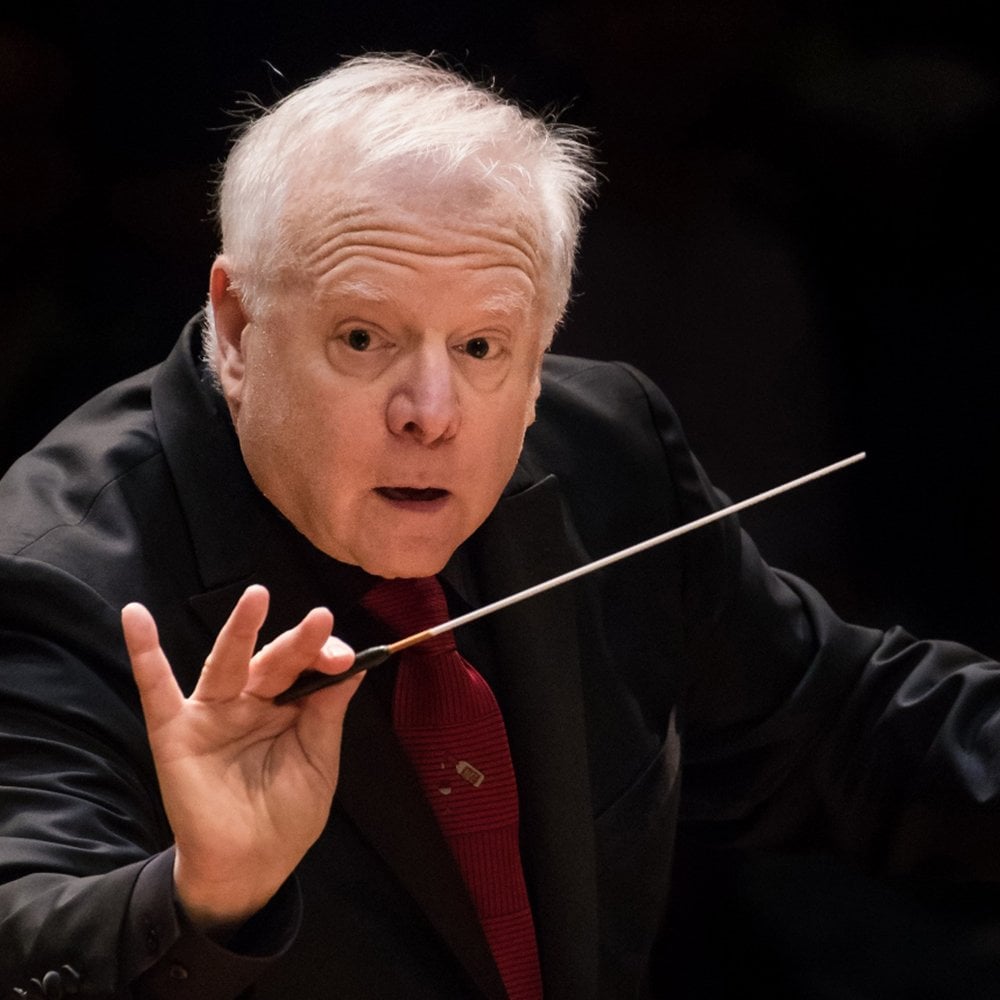
Leonard Slatkin - Alpha Alpha - 1987
Leonard Slatkin was a 1987 initiate of the Alpha Alpha Chapter and has conducted virtually all the leading orchestras in the world. Born to a gifted musical family, Slatkin began studying conducting with his father, followed by Walter Susskind at Aspen and Jean Morel at Juilliard. An early conducting debut as artistic director and conductor of the New York Youth Symphony launched an extraordinary 50-year career that has earned him six Grammys and thirty-three nominations, rank in the French Legion of Honor, and a U.S. National Medal of the Arts.Over the years, Slatkin has led several orchestras; highlights include the San Francisco Symphony, the St. Louis Symphony, the Cleveland Orchestra, the National Symphony Orchestra in Washington D.C., and the BBC Symphony Orchestra. He currently serves as Music Director Laureate of the Detroit Symphony Orchestra (DSO) and Directeur Musical Honoraire of the Orchestre National de Lyon (ONL) in France.
At the 49th National Convention in 1997, Brother Slatkin was awarded the Fraternity’s Charles E. Lutton Man of Music Award for his outstanding dedication to the arts as a composer and conductor.
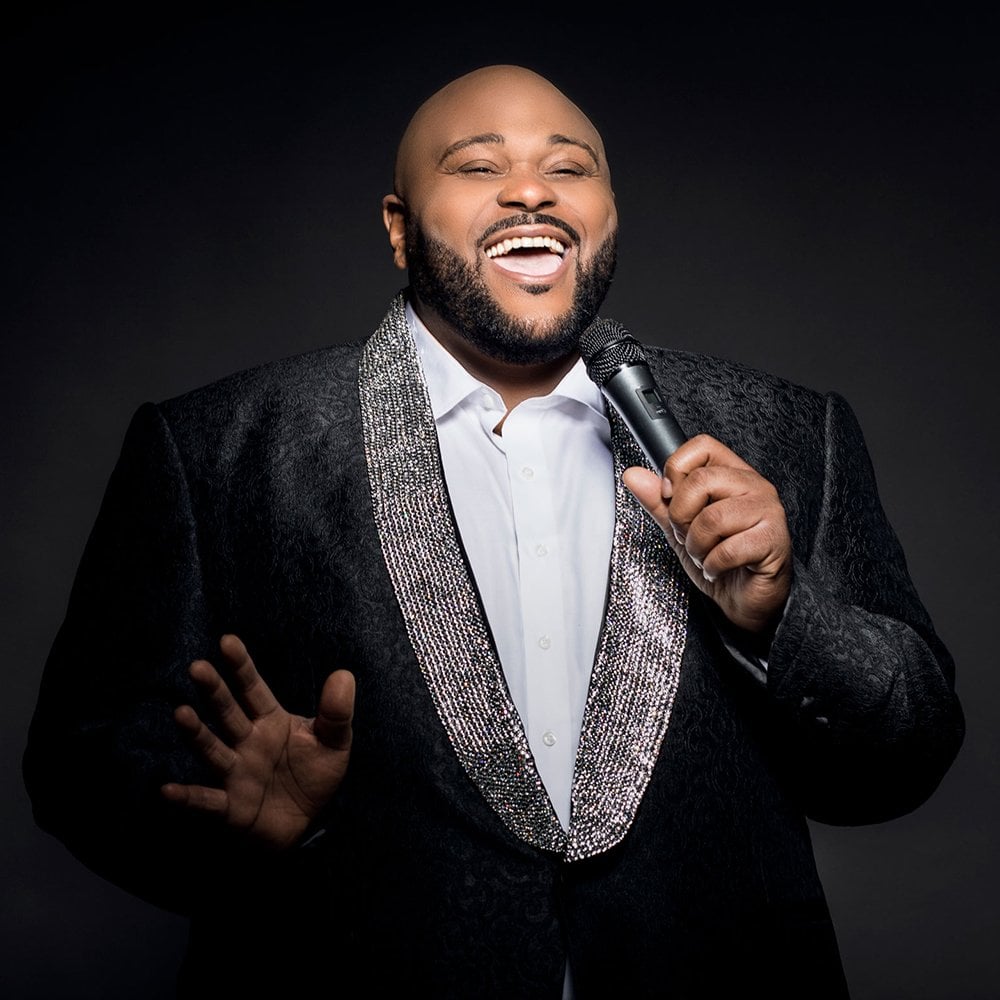
Ruben Studdard - Omicron Delta - 1997
Christopher Ruben Studdard (born September 12, 1978) is an American R&B, pop and gospel singer and actor. He rose to fame as winner of the second season of American Idol and received a Grammy Award nomination in 2003 for Best Male R&B Vocal Performance for his recording of “Superstar.” In the years following Idol, Studdard has released seven studio albums, including his platinum-selling debut, Soulful, and the top-selling gospel follow-up, I Need an Angel. He is most well known for his recording career, which has produced hits including “Flying Without Wings,” “Sorry 2004,” and “Change Me,” but he has also segued into television and stage work. Most notably, he starred as Fats Waller in a national tour revival of Ain’t Misbehavin’, which spawned a Grammy-nominated soundtrack.In 2013, Studdard appeared as a contestant on the fifteenth season of weight-loss competition show The Biggest Loser. He later signed to Verve Records and collaborated with the label’s chairman, David Foster, on Studdard’s sixth studio album, Unconditional Love, in 2014. That album received strong reviews as a return-to-form and included a tour with Lalah Hathaway. In 2018, Studdard, who has long been compared to R&B singer Luther Vandross, released a cover album called Ruben Sings Luther and launched his Always & Forever national tour.
He made his Broadway theatre debut in December 2018 in Ruben & Clay’s First Annual Christmas Carol Family Fun Pageant Spectacular Reunion Show (aka Ruben & Clay’s Christmas Show) at the Imperial Theatre.
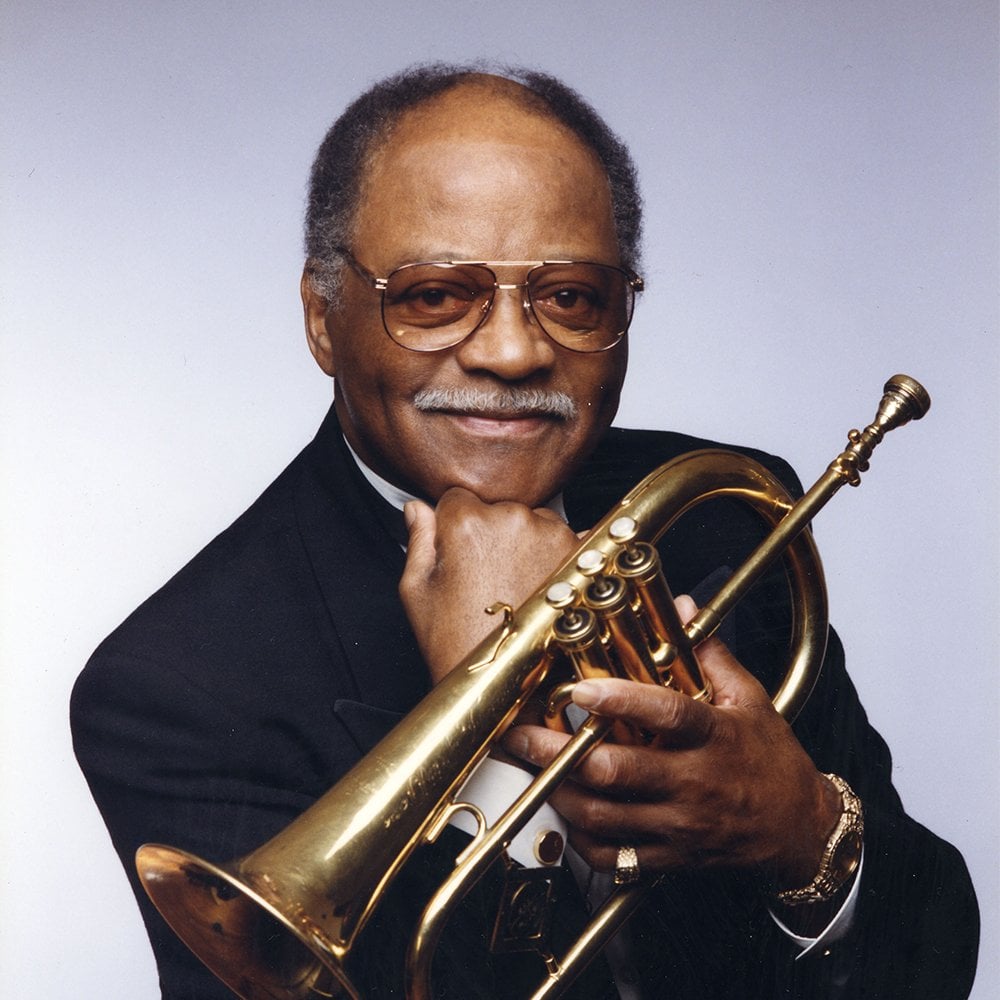
Clark Terry - Beta Zeta - 1968
Clark Terry’s career in jazz spans more than seventy years and in 1985 he became the 14th recipient of the Fraternity’s “Man of Music” award.Brother Terry was a world-class trumpeter, flugelhornist, educator, composer, writer, trumpet/flugelhorn designer, teacher, and NEA Jazz Master. He performed for eight U.S. Presidents and was a Jazz Ambassador for State Department tours in the Middle East and Africa. More than fifty jazz festivals have featured him at sea and on land in all seven continents.
He is one of the most recorded musicians in the history of jazz, with more than nine-hundred recordings. His recordings include some of the greats such as Quincy Jones, Ella Fitzgerald, Oscar Peterson, Dizzy Gillespie, Dinah Washington, Ben Webster, Aretha Franklin, Charlie Barnet, Doc Severinsen, Ray Charles, Billy Strayhorn, Dexter Gordon, Thelonious Monk, and Billie Holiday to name a few.
After serving in the navy from 1942-1945 during the historic “Great Lakes Experience,” Clark’s musical star rose rapidly exerting a positive influence on musicians throughout the country. In 1951 Clark was asked to join Maestro Duke Ellington’s renowned orchestra where he stayed for eight years as a featured soloist.
Clark’s international recognition soared when he broke the color barrier by accepting an offer in 1960 from the National Broadcasting Company to become its first African American staff musician. He was with NBC for twelve years as one of the spotlighted musicians in the Tonight Show band. During that time, he scored a smash hit as a singer with “Mumbles.”
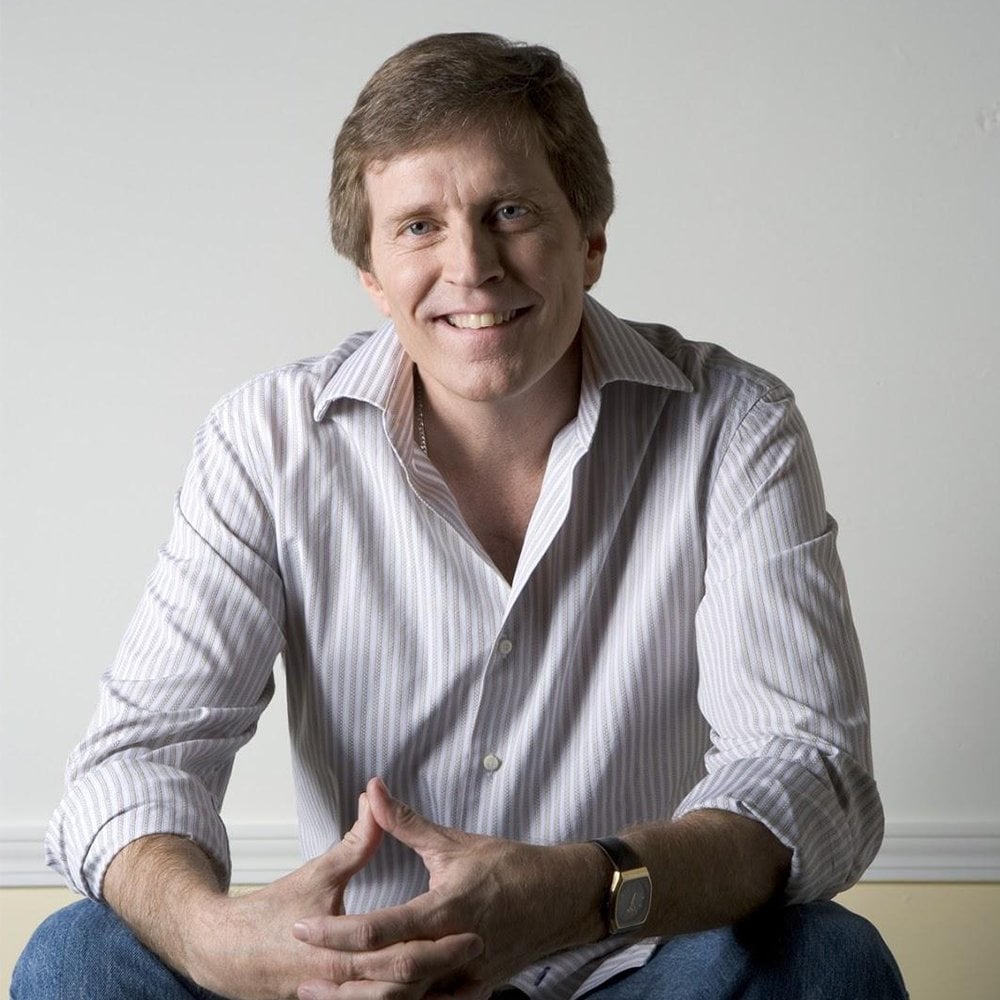
Frank Ticheli - Alpha Alpha - 2009
Frank Ticheli is an award-winning and well-regarded composer, known largely for his prolific repertoire for wind ensemble. He has also composed critically acclaimed works for both orchestra and chorus. In 2006, Ticheli received the National Band Association/William D. Revelli Memorial Band Composition Contest for his Symphony No. 2. Ticheli is an active clinician nationally, and he teaches composition at the University of Southern California’s Thornton School of Music. He was initiated as a National Honorary at the 2009 National Convention in Orlando.
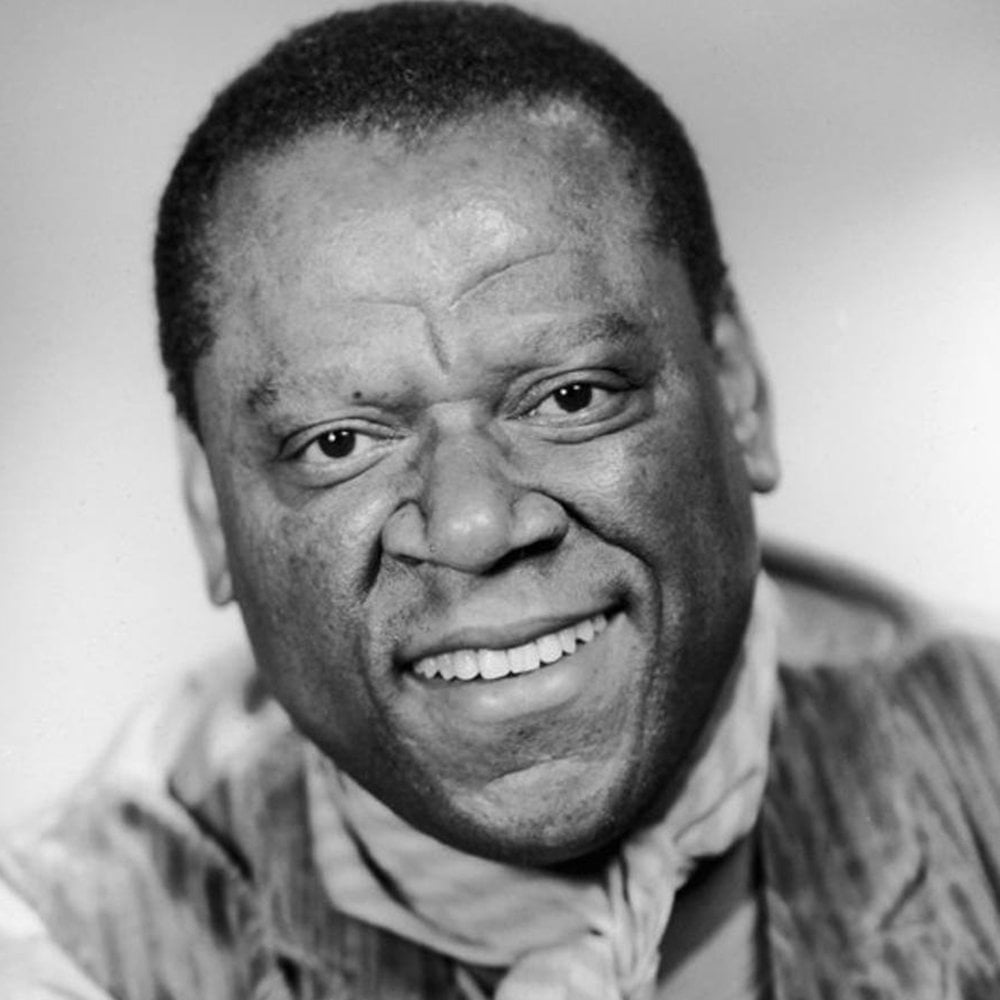
William Warfield - Delta Lambda - 1961
Brother William Warfield was an initiate of the Delta Lambda Chapter at Ball State University in 1961. Warfield was a bass-baritone whose repertory included everything from theater works to Handel oratorios but who was best known for his portrayals of Porgy in Gershwin’s ”Porgy and Bess.” He is regarded as one of the world’s experts on Negro spirituals and German Lieder and held the title of “America’s Musical Ambassador.”In the late 1930’s he won first prize in the National Music Educators League Competition in St. Louis, which brought him a scholarship to the Eastman School of Music, in Rochester. His studies were interrupted by service as an Army intelligence officer during World War II, but he received his bachelor’s degree at Eastman in the late 1940s.
His breakthrough came on March 19, 1950, with a performance that received enthusiastic reviews, creating several immediate opportunities for him, including a tour of Australia and a contract with MGM to play Joe in ”Showboat,” reprising a role that one of his heroes, Paul Robeson, had sung in the 1936 filmed version of the work.
Warfield began to teach after the prime years of his stage career where he went on to become a professor of music at the University of Illinois at Urbana-Champaign in 1975, and he joined the faculty of Northwestern University in 1994. In 1989 he began touring with the Jim Cullum Jazz Band, narrating the ensemble’s concert version of ”Porgy and Bess,” and in the mid-1990’s he performed in a staging of ”Showboat.’
A celebrated concert artist and actor, Brother Warfield was named Phi Mu Alpha’s 11th “Man of Music” in 1976.
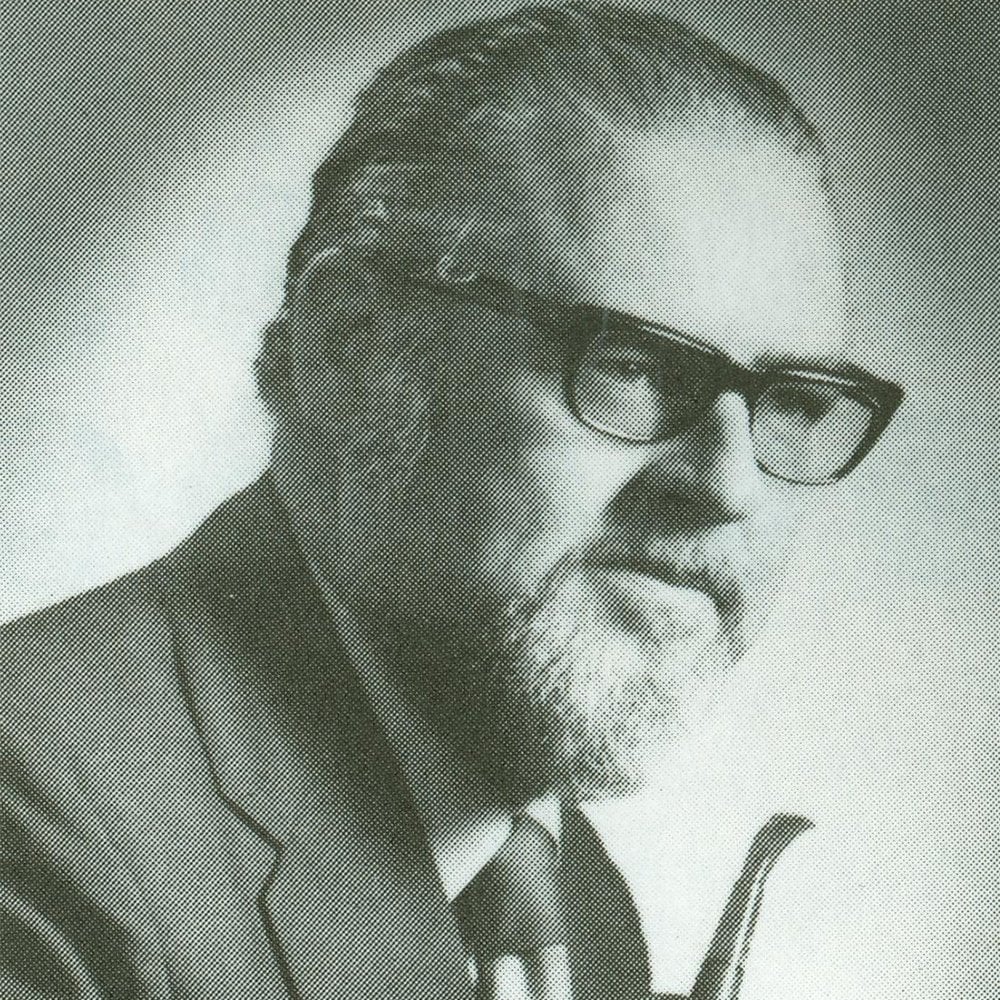
J. Clifton Williams - Beta Omega - 1946
James Clifton Williams was initiated into the Beta Omega Chapter at Louisiana State University in 1946. He would graduate from the university a year later with his Bachelor’s of Music degree. In 1949, Williams earned a Master’s from the Eastman School of Music in Rochester, NY. At Eastman, he studied closely with Bernard Rogers and Brother Howard Hanson. It was being mentored under these men that set Williams on his composition career path and inspired him to begin writing for larger audiences.In 1956 his concert band piece entitled “Fanfare and Allegro” won the inaugural American Bandmasters Association Ostwald Composition Prize. Williams spent most of the latter half of his career as the Chair of the Theory and Composition Department at the University of Miami School of Music and retained the position until his death in 1976.
Williams’ symphonic march, “The Sinfonians” was commissioned by Phi Mu Alpha. It is a piece that features motifs of prominent Fraternity songs and is widely performed by ensembles of all levels across the nation. The march was first premiered and conducted by Brother Williams at the Fraternity’s 36th National Convention in Cincinnati, Ohio in 1960.
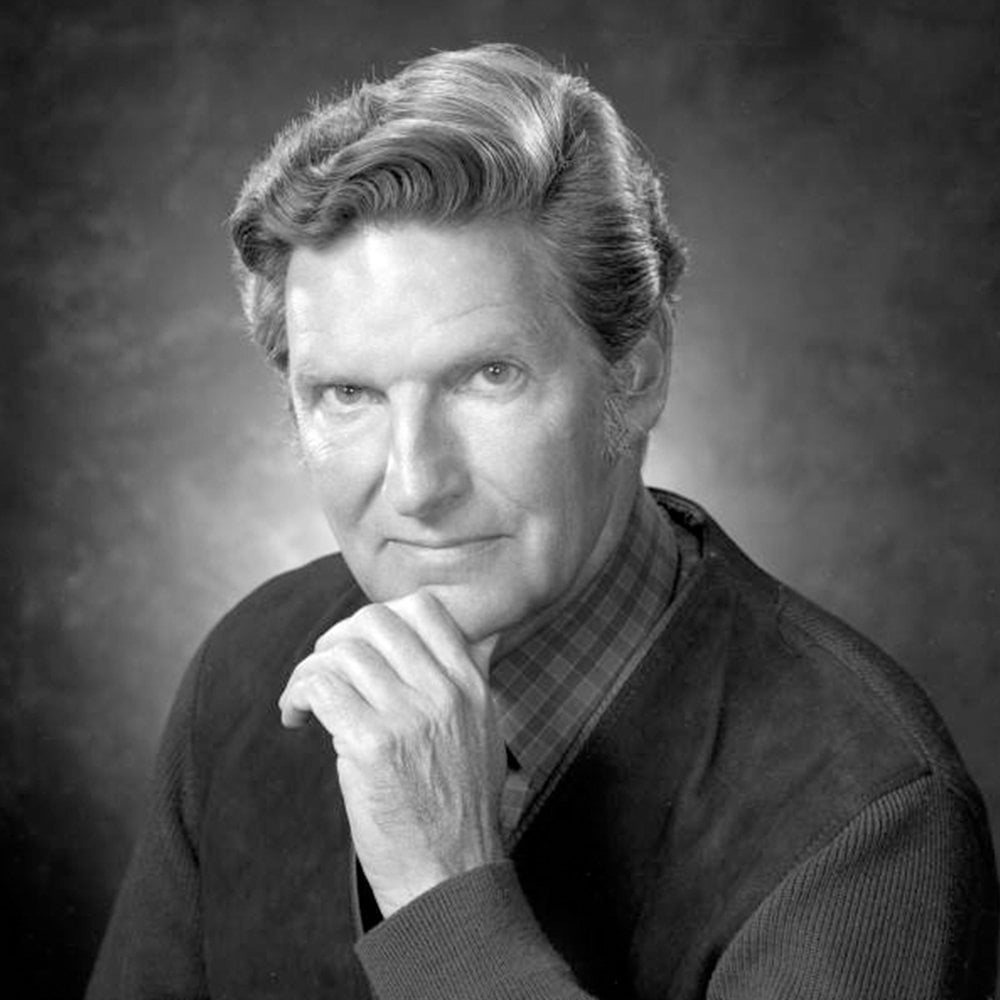
Albert Tipton - Alpha Chi - 1934
Albert Tipton’s contribution to music is legendary among flutists, musicians, and music lovers around the world, and he was honored with a Lifetime Achievement Award by the National Flute Association at the Orlando convention in 1995. He was known equally for his accomplished musicianship, sensitivity and skills as a teacher. Countless students who entered the professional ranks, including thirty-five Fullbright scholars, kept in touch with their former teacher as a friend and musical mentor throughout his long and productive life. He began his musical studies as a violinist, but Tipton’s early experiences as a flutist were marked by his family’s disapproval of his musical aspirations. Albert’s father, a stockbroker, sought to discourage his teenage son’s interest in the unsuitable career of music by disassembling his flute. Fortunately for the musical world, the flute was not a passing fancy for Tipton, and the determined young man learned how to reassemble his instrument from the experience. He began to seriously study the flute at the age of fourteen when he was accepted as a student of Willam Kincaid at the Curtis Institute in Philadelphia. The concepts he learned about vibrato as a violinist influenced his use of it on the flute, and his ideas are said to have strongly affected the change that Kincaid made in his own conception of flute vibrato during that time. In addition to his flute studies, Tipton also held a degree in piano performance, and a graduate degree in music theory.Tipton’s professional career began while he was still a student at Curtis, when he was chosen to be principal flutist of the National Symphony Orchestra in Washington, D.C. and became the youngest principal flutist in the United States. It was also at Curtis where he met his wife and lifelong pianist Mary Norris. In 1939 he toured throughout South America, the United States and Mexico when he was chosen as solo flute of Leopold Stokowski’s All American Youth Orchestra. In 1941, he joined the Philadelphia Orchestra and performed under the major conductors of the day, including Stokowski, Sir Thomas Beecham, Arturo Toscanini, Bruno Walter, Fritz Reiner, and Eugene Ormandy. In 1947, Stokowski wrote:
“He is a man of great musical experience and the highest musical ideals. In my opinion, his is the most admirable type of American manhood, a combination of strength and free approach in human relations.”
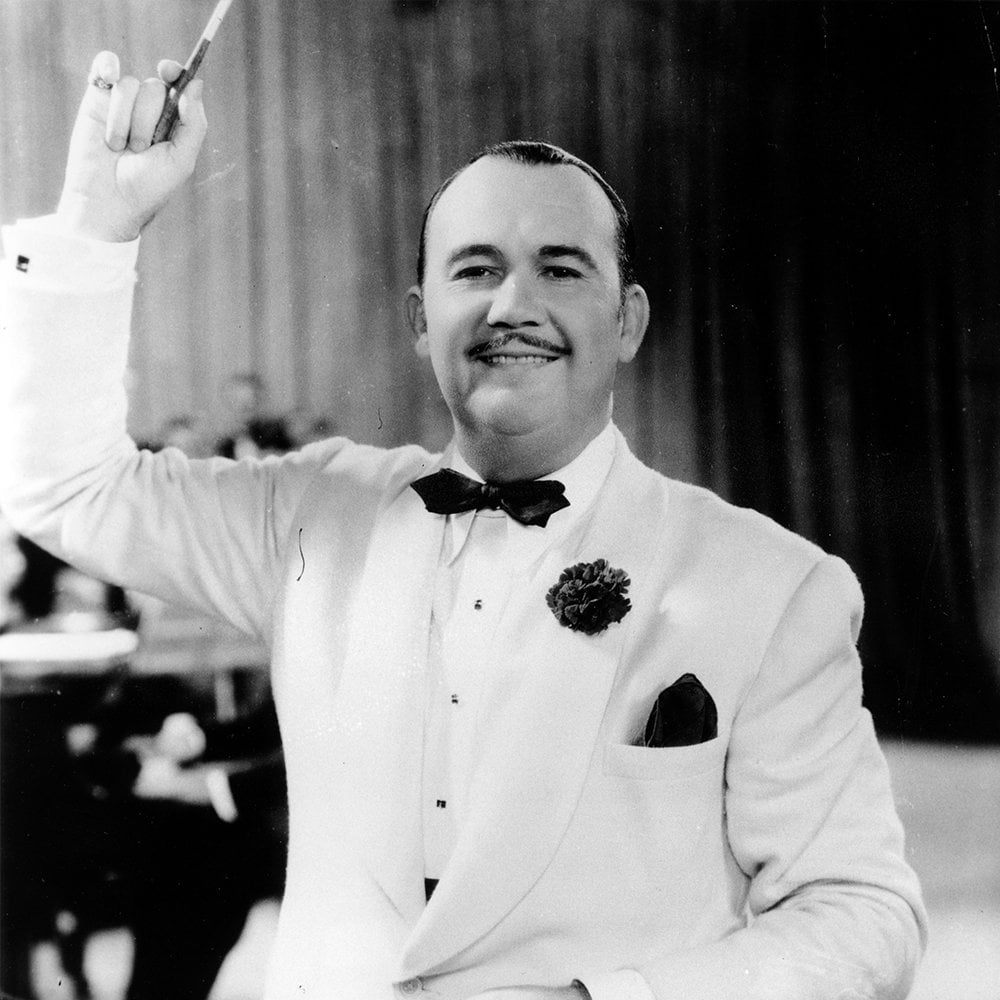
Paul Whiteman - Epsilon Zeta - 1956
Because press agents dubbed him “The King of Jazz” in the 1920s, Paul Whiteman has always been considered a controversial figure in jazz history. Actually, his orchestra was the most popular during the era and at times (despite its size) it did play very good jazz; perhaps “King of the Jazz Age” would have been a better title.Originally a classically trained violinist, Paul Whiteman led a large Navy band during World War I and always had a strong interest in the popular music of the day. In 1918, he organized his first dance band in San Francisco and, after short periods in Los Angeles and Atlantic City, he settled in New York in 1920. His initial recordings (“Japanese Sandman” and “Whispering”) were such big sellers that Whiteman was soon a household name. His superior dance band used some of the most technically skilled musicians of the era in a versatile show that included everything from pop tunes and waltzes to semi-classical works and jazz. Trumpeter Henry Busse (featured on “Hot Lips” and “When Day Is Done”) was Whiteman’s main star during the 1921-1926 period. Seeking to “make a lady out of jazz,” Whiteman’s symphonic jazz did not always swing, but at Aeolian Hall in 1924 he introduced “Rhapsody in Blue” (with its composer George Gershwin on piano) in what was called “An Experiment in Modern Music.” Red Nichols and Tommy Dorsey passed through the band but it was in 1927, with the addition of Bix Beiderbecke, Frankie Trumbauer, and Bing Crosby (the latter originally featured as part of a vocal trio called the Rhythm Boys), that Whiteman began to finally have an important jazz band. Joe Venuti and Eddie Lang soon joined up, and many of Whiteman’s recordings of 1927-1930 (particularly the ones with Bill Challis arrangements) are among his finest.
After Beiderbecke left the band in 1929 and Whiteman filmed the erratic but fascinating movie The King of Jazz in 1930, the Depression forced the bandleader to cut back on his personnel (which at one time included two pianos, tuba, bass sax, string bass, banjo, and guitar in its rhythm section). Although his orchestra in the 1930s at times featured Bunny Berigan, Trumbauer, and both Jack and Charlie Teagarden, Whiteman’s music was considered old hat by the time of the swing era and he essentially retired (except for special appearances) by the early ’40s. Many of his recordings (particularly those with Beiderbecke) have been reissued numerous times and are more rewarding than his detractors would lead one to believe. In the 1970s, Dick Sudhalter for a time organized and led “the New Paul Whiteman Orchestra” which recorded a couple of fine recreation records.
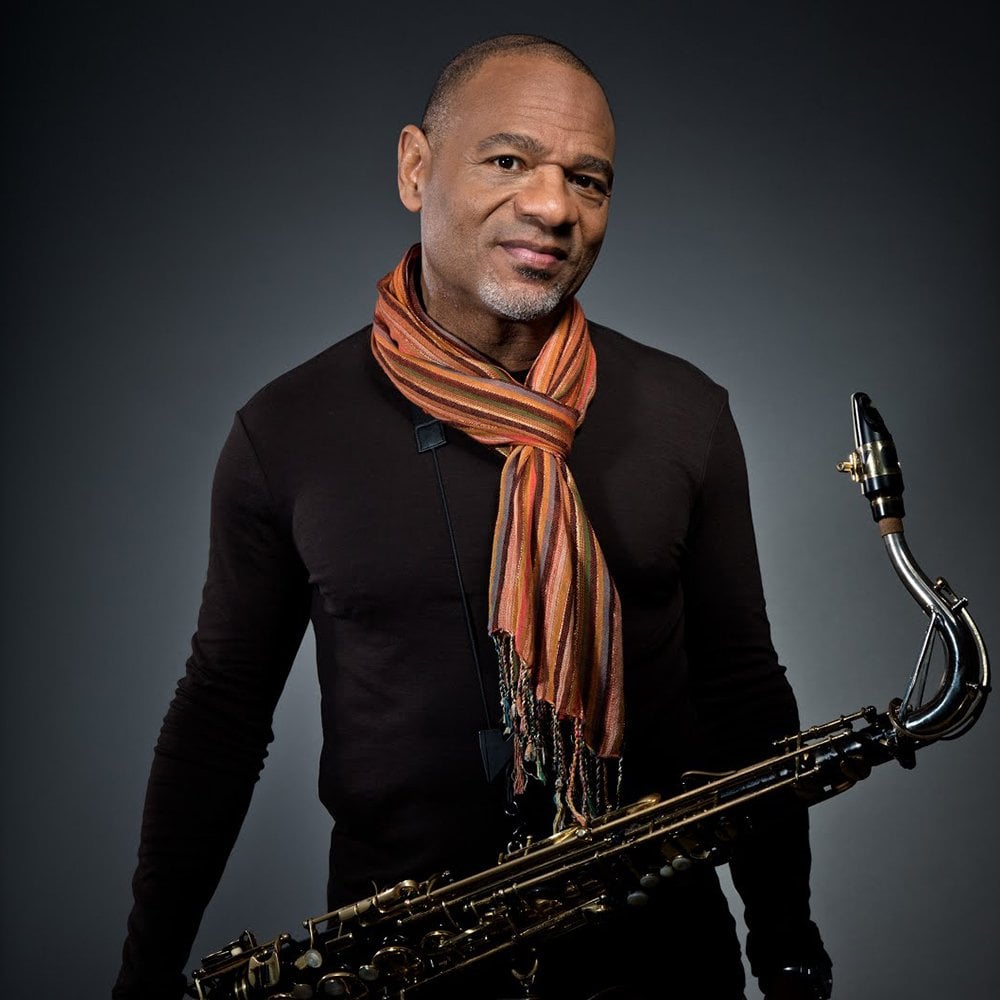
Kirk Whalum - Kappa Delta - 1978
Kirk Whalum was initiated into the Kappa Delta Chapter at Texas Southern University in 1978. Coming from a musical family, Kirk grew up harboring a passion for music and learned all he could from those around him. He spent many of his early years touring as a sideman, recording and performing in various jazz bands, and often playing features on many of Luther Vandross’s albums. Whalum also toured with Whitney Houston for more than seven years, soloing in her hit single “I Will Always Love You,” that became the best-selling single by a female artist in history.In the 1980s, Brother Whalum began to emerge as an artist. He spent the first half of the decade playing the club scene in Houston, Texas. It was here that he was “discovered” by jazz pianist Bob James and recruited to tour with the artist. Whalum’s performance on tour brought him his first five studio albums with his first label, Columbia Records. These albums were widely successful and “Joined at the Hip,” a collaboration by Bob and Kirk was nominated for a Grammy in 1996.
His career hit an all-time high with the release of the album, “For You.” Kirk continued to release several solo albums throughout the early 2000s and his latest album “#Lovecovers” was released in 2017. In total he has received one Grammy for Best Gospel Song, “It’s What I Do” and was nominated for eleven others from 1996 to 2015. A year prior to his latest nomination, in 2014, Whalum was the inaugural Jazz Legend honoree of the National Museum of African American Music in Nashville, Tennessee.
Outside of his phenomenal career as a recording artist, Whalum devotes time to serving his community, inspiring and teaching young musicians, and publishes a daily podcast called “Bible In Your Ear.” The podcast features fifteen-minute readings that invite listeners to follow along as Kirk reads through the bible in a year. As an ordained minister, the podcast is a way for Kirk to minister not only by his music alone.
Kirk Whalum currently serves as part of the faculty at Visible Music College in Memphis, Tennessee.
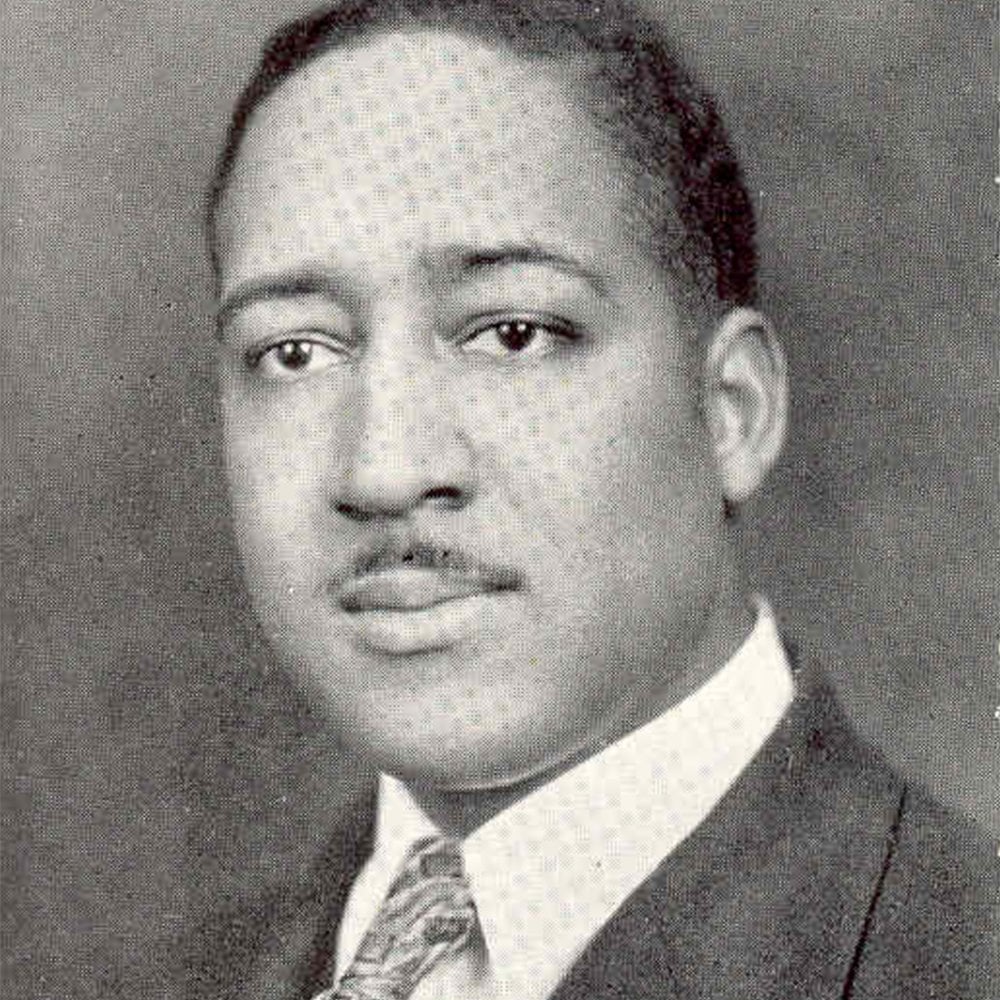
John Wesley Work III - Zeta Rho - 1953
John Wesley Work III was initiated alongside Dr. Charles Johnson as a charter member of the Zeta Rho Chapter at Fisk University in 1953. He grew up as part of a very musical family, as his father was a singer and music professor at Fisk. His mother was also a singer, who helped train members of the university’s ensemble the “Fisk Jubilee Singers.” Work’s grandfather had directed a church choir in Nashville, Tennessee where several of its singers became original members of the Fisk group. His grandfather had also written and arranged the music for the Jubilee Singers in the 1870s.In 1927, Brother Work returned to teach at Fisk University after he had earned a bachelor’s degree from the university and completed extensive study at the Institute of Musical Art in New York City (now Julliard School of Music). Work’s career would span nearly 40 years, acting as a director for numerous choral groups, principal professor of African American music, and Chairman of the Music Department.
Work used his passion for learning and educating others during a two-year joint field study documenting folk culture in the Mississippi Delta region. During the summers of 1941 and 1942, Work partnered closely with Colleagues Charles Johnson and Lewis Jones to compile recordings of numerous blues and folk musicians. This project helped document and preserve the folk and blues heritage of the South, adding it to the Archive of American Folk Song in the Library of Congress.
At the time of his death in 1967, Brother Work had completed over one hundred compositions in a variety of musical forms. Work was awarded first prize in the 1946 competition of the Federation of American Composers. In 2007, the National Academy of Recording Arts and Sciences (now The Recording Academy) awarded Work a Grammy Award posthumously, forty years after his death, for his album John Work III: Recording Black Culture.
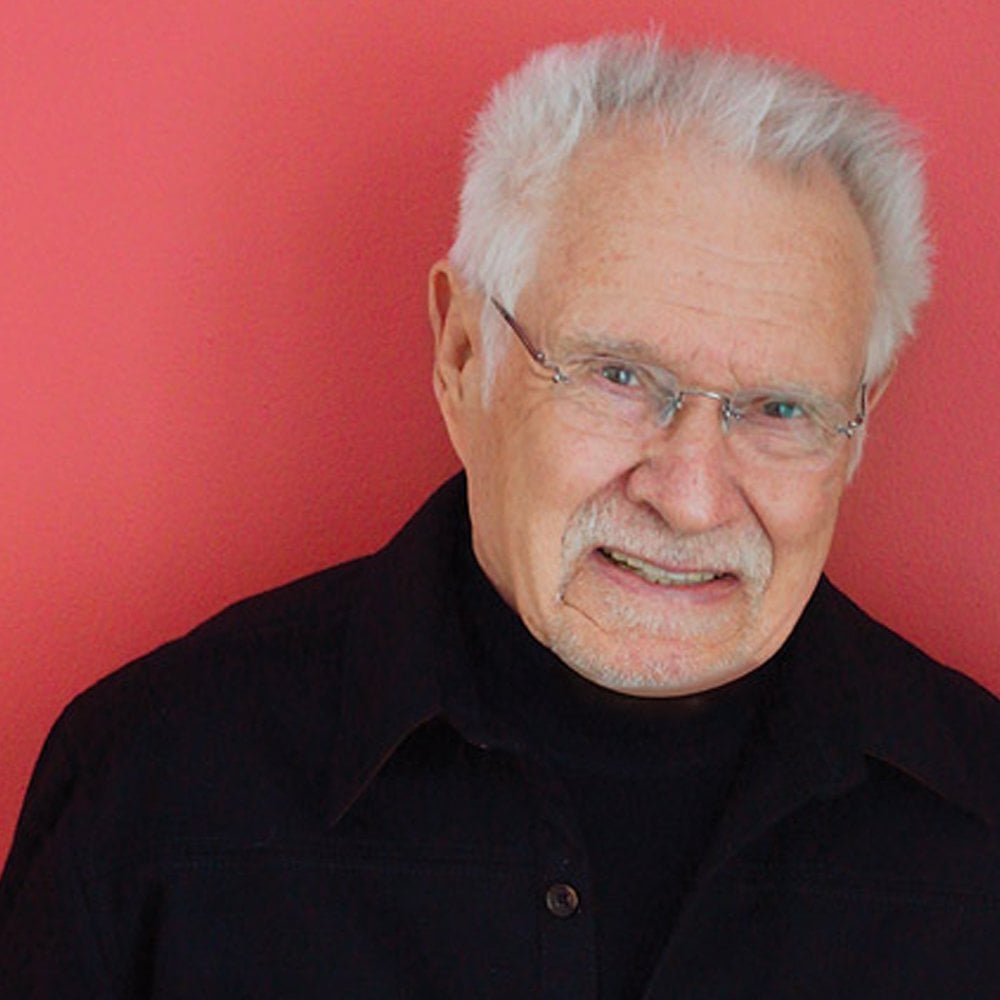
Dave Grusin - Beta Chi - 1953
Grusin was a 1953 initiate of the Beta Chi Chapter at the University of Colorado Boulder and named Phi Mu Alpha’s 16th Man of Music in 1991. Brother Grusin has been awarded several Grammys and an Academy Award for his work as a film score composer.Dave Grusin is well known for compositions in featured films like “The Milagro Beanfield War,” “The Champ,” “The Goonies,” and “The Fabulous Baker Boys.” He has also claimed fame as a talented jazz recording artist and has seen success as a producer/label owner at GRP Records. GRP was named the top contemporary/traditional jazz label of the 1990s by Billboard Magazine.
Last year, the documentary, “Dave Grusin: Not Enough Time” made its debut. The film features music from Dave Grusin’s career and movies, including some unpublished pieces or not very well-known themes from his archives. When reflecting on a life of recording and writing some of Hollywood’s most celebrated music, Grusin says, “your music will never be more or less than you are as a human being. That’s what it’s about.”
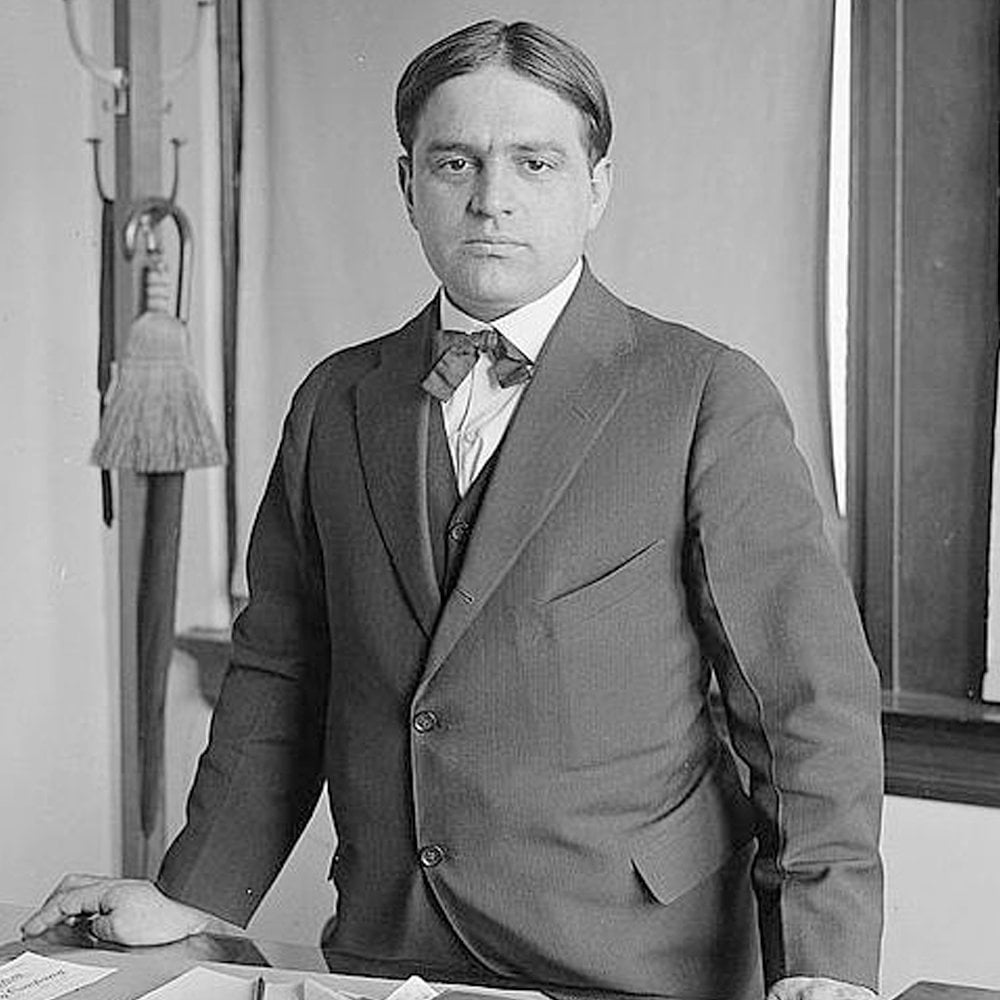
Fiorello La Guardia - Beta Gamma - 1941
Fiorello La Guardia was an American politician and lawyer who served three terms (1933–45) as mayor of New York City.La Guardia was raised in Arizona and at the age of 16 moved with his family to his mother’s hometown of Trieste (now in Italy). He was employed at the U.S. consulates at Budapest and Fiume (now Rijeka, Croatia) before returning to the United States in 1906. While working at Ellis Island as an interpreter for the U.S. Immigration Service, he studied law at New York University and was admitted to the bar in 1910.
La Guardia was elected to the House of Representatives as a progressive Republican in 1916, but his term was interrupted by service as a pilot in World War I. He was returned to Congress in 1918 and, after serving as president of the New York City board of aldermen in 1920–21, was re-elected to the House in 1922. He was reelected four more times, and in the House he opposed Prohibition and supported woman suffrage and child-labor laws. He cosponsored the Norris–La Guardia Act (1932), which restricted the courts’ power to ban or restrain strikes, boycotts, or picketing by organized labour.
In 1933 La Guardia ran successfully for mayor of New York on a reform platform, supported by both the Republican Party and the upstart City Fusion Party, that was dedicated to unseating Tammany Hall (the Democratic organization in New York) and ending its corrupt practices. As mayor, La Guardia earned a national reputation as an honest and nonpartisan reformer dedicated to civic improvement. He was an able and indefatigable administrator who obtained a new city charter, fought corrupt politicians and organized crime, improved the operations of the police and fire departments, expanded the city’s social welfare services, and began slum-clearance and low-cost-housing programs. Among his building projects were the La Guardia Airport and numerous roads and bridges. A colourful figure with a flair for the dramatic, La Guardia became known as “The Little Flower” in token of his first name.
After being reelected twice, La Guardia in 1945 refused to run for a fourth term as mayor. He was appointed director of the U.S. Office of Civilian Defense (1941) and director general (1946) of the United Nations Relief and Rehabilitation Administration.
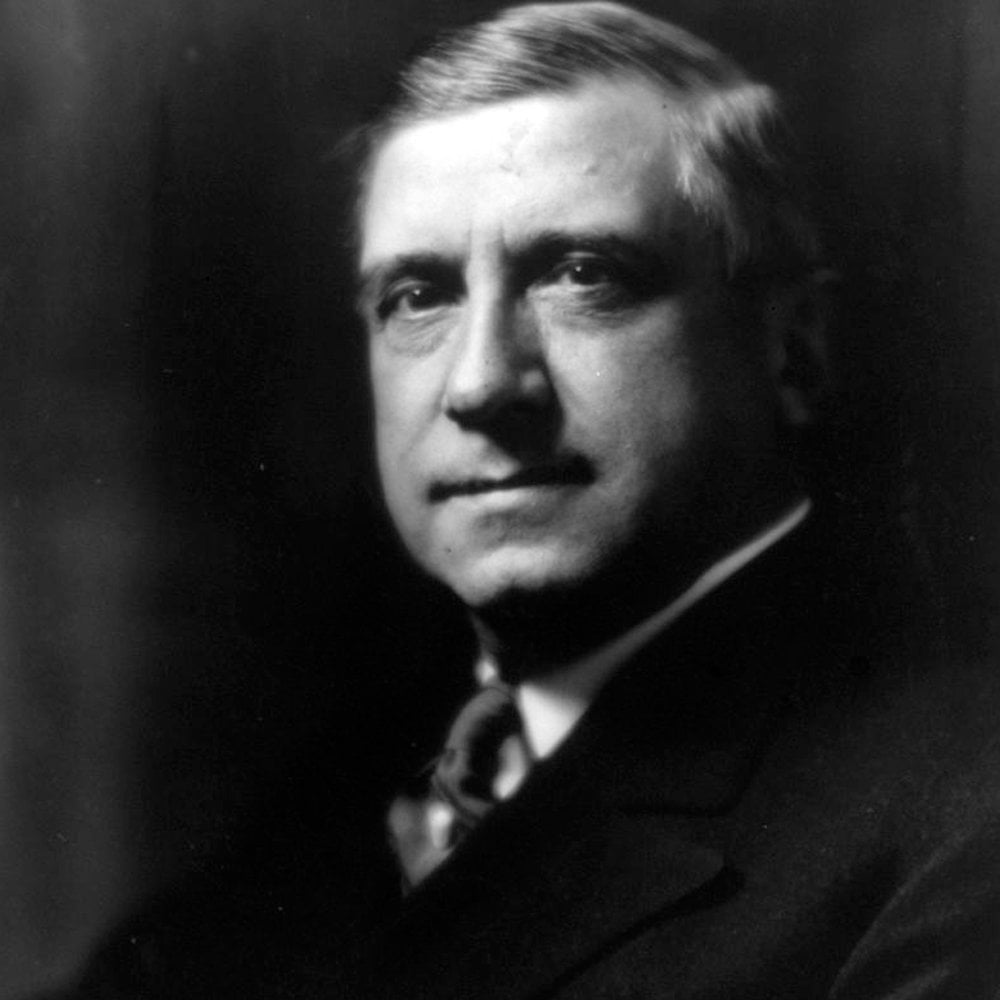
Charles M. Schwab - Alpha - 1917
Charles M. Schwab was a famous American steel magnate and businessman. He headed as the president of Bethlehem Steel, which became the second largest steel maker company in the world and also was one of the biggest heavy manufacturers in the world. He brought revolution to the infrastructure sector by his development of wideflange steel beam for massive steel production. Known for his manipulative skills and risk taking habit, he was called, “Master Hustler” by Thomas Edison. Schwab brought about significant changes in steel production, which made the company hold a monopoly during World War I. He was also known for his luxurious habits and lavish spending and owned the most extravagant houses of his time. He had great management skills and knew how to handle workforce. His modern ways of dealing with staff were mentioned in Dale Carnegie’s most famous work, “How to Win Friends and Influence People”, published in 1936. He was inducted into the Junior Achievement U.S. Business Hall of Fame in 1982.
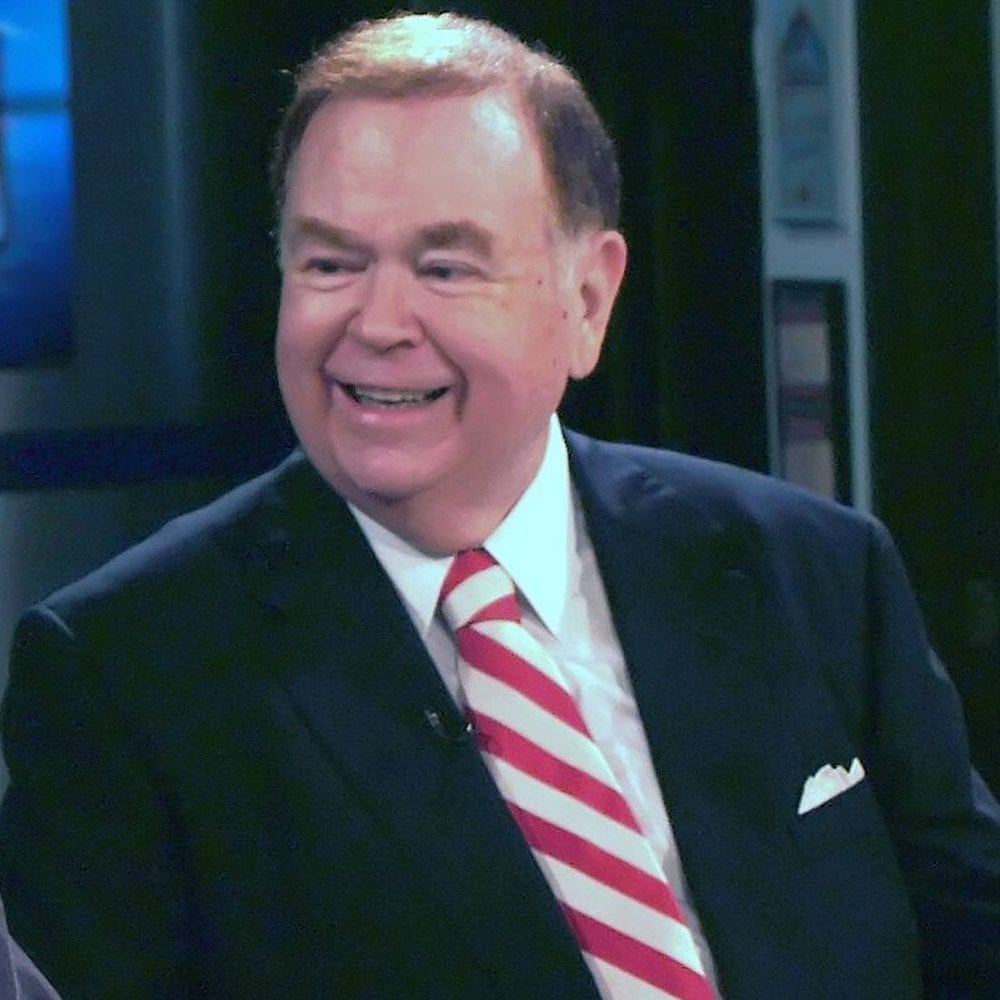
David Boren - Mu - 2003
David L. Boren has served Oklahoma as Governor, U.S. Senator, and President of the University of Oklahoma. He is the first person in Oklahoma history to have served in all three positions and marked 50 years of public service in 2017. Boren is widely respected for his academic credentials, his longtime support of education, and for his distinguished political career as a reformer of the American political system. A Rhodes Scholar, Boren earned degrees from Yale and Oxford before receiving a juris doctorate from the University of Oklahoma in 1968. In his tenure as Governor of Oklahoma from 1974-1978, Boren instituted sweeping reforms of state government. During his 16 years of service in the U.S. Senate, he continued his commitment to reform, leading numerous efforts to make government work better for Americans. He was the longest-serving chairman of the Senate Select Committee on Intelligence.Boren established the Oklahoma Foundation for Excellence in 1985 to promote academic excellence in public education. Under Boren’s leadership from 1994-2018, the University of Oklahoma emerged as a pacesetter university in American public higher education with dramatic increases in enrollment, academic programs, private fundraising, facility construction, student scholarships, and endowed professorships. Boren retired after nearly 24 years as president and continues to teach a freshman-level course in political science each semester.
“Public service should be about service and not about personal power or partisan advantage. Too many people in public life have confused power with service.” – David Boren, 2004
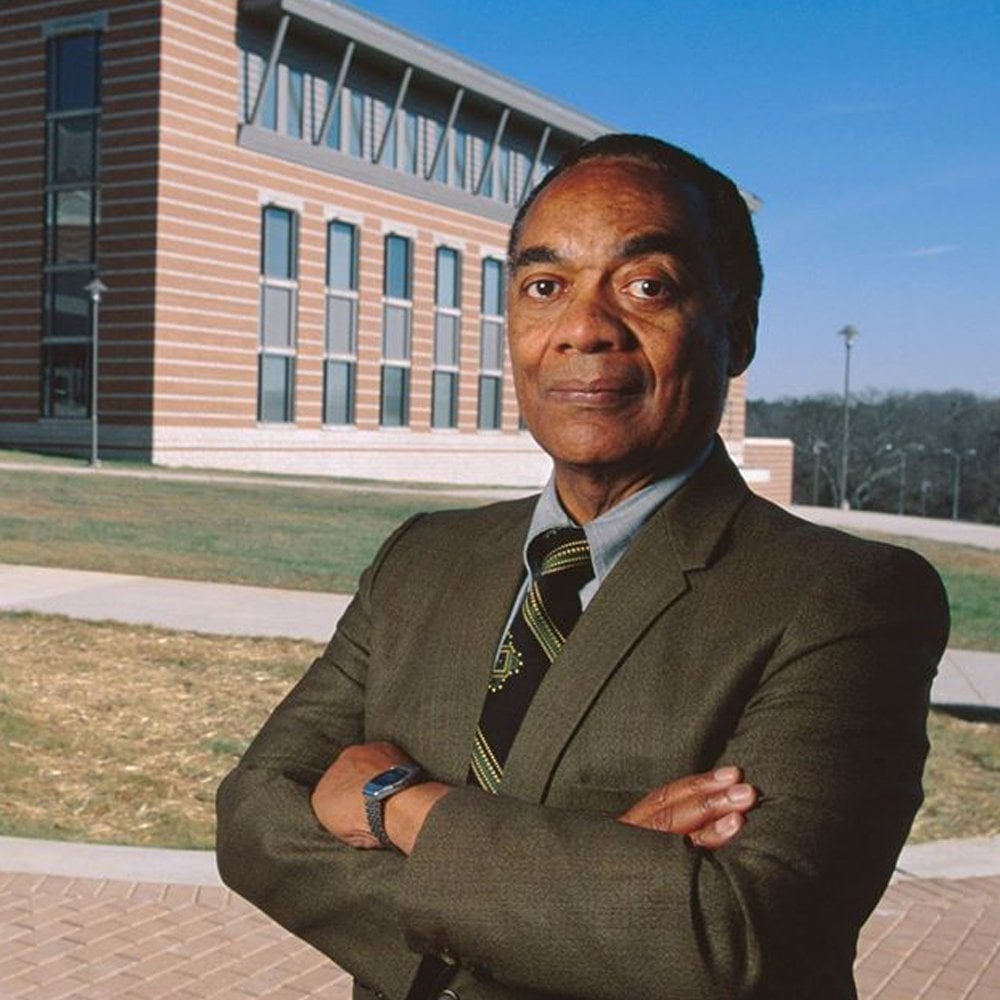
Richard Graham - Xi - 1951
As a 1951 initiate of the Xi Chapter at the University of Kansas, Dr. Richard Graham would become an influential force in the world of both music therapy and music education.Brother Graham began taking piano lessons at an early age, later transitioning to the trumpet as he started his high school education. He would then attend KU, earning both bachelor’s and master’s degrees by 1958. Graham completed an internship at Topeka State Hospital and spent some years following at Logansport State Hospital of Indiana. After three years at Logansport State, he assumed a new role at Lincoln University of Jefferson City, Missouri. He would also return to the University of Kansas to pursue his doctorate.
At Lincoln University, Graham was offered the chance to develop a new music therapy program. At the time, there were fewer than twenty of these programs nationwide. During the mid-1960s, Graham and other forerunners of his field had caught the attention of educators across the country. One such educator was the University of Georgia Professor Emeritus, Dr. Olin G. Parker (Gamma Mu, Bethany College, 1941). Parker was familiar with Graham’s work, as they were both students of E. Thayer Gaston, a significant figure in the development of the profession on music therapy. Parker had studied with Gaston only a few years prior to Graham.
Parker and Thayer Gaston had been trying to convince the UGA administration that they should have a music therapy program, and Gaston strongly recommended Graham to lead it. Music therapy was a growing field, and furthermore, there were yet to be any African American professors at the university. In 1968, Richard Graham would become the first. Olin Parker recalled that Graham “ate lunch every day with a different person from a different area of study.” He was set on building positive relationships throughout the university.
Brother Richard Graham built a successful program at UGA that still endures today. In the mid-1990s, Graham was appointed Director of the Hugh Hodgson School of Music, a position he held until his retirement. Graham’s contributions do not stop there. He is also credited with being instrumental in the reorganization and advancement of the National Association for Music Therapy. He was granted Honorary Life Membership, which is the association’s highest honor. As a result of a lifelong commitment, Brother Graham changed the very possibilities of the power of music in our society, paving the way for future generations to carry the torch.
